


















Radical innovation characterizes the all-new GranTurismo, but the principle behind that evolution has remained constant since day one. Because icons aren’t born overnight.

Hello! Welcome to our March Real Estate, Interior Design & Animals volume.
As we head into spring and Derby season, we look forward to embracing spring fashion, warmer weather, and all things Derby! It’s time to venture outdoors, tackle spring cleaning, refresh our spring decor, and immerse ourselves in gardening. And let’s not forget to take “man’s best friend” out for a walk!
In this month’s issue, we shine a spotlight on our furry dog companions. Our cover features Three Bakery Co-owner Shelby Simpson (who recently relocated to Westport Village), and the Kentucky Humane Society’s EthanAlmighty, who was rescued from near starvation, weighing in at just 30 pounds. Special thanks to the Pendennis Club for hosting our shoot. Learn more about this inclusive country club in next month’s issue. Today, Ethan tours the nation with his owner, Jeff Callaway, inspiring many and advocating for the prevention of animal abuse. Have you heard about their bourbon initiative? We’re also thrilled to announce the upcoming Puppy Palooza, hosted by Three Dog Bakery to benefit the Kentucky Humane Society, taking place from 11 am to 2 pm in Westport Village on April 13. Additionally, we’re featuring Gilda’s Club Louisville’s Comfort Dogs, who provide cuddles and support for cancer patients and their loved ones, rounding out our “puppy love” theme.
It’s also time to embrace spring fashion, and what better way to kick off Derby season than by adding a burst of color to your wardrobe? Our spring shoot, styled by Ashlea Spears, was hosted by Mahonia. Be sure to visit and check out their incredibly diverse selection of plants. Also, make a stop at Chenoweth Square to shop for fresh blooms, custom outdoor planters, and fresh grab-and-go floral arrangements—another highlight of our spring features!
The interior theme includes a significant focus on real estate and home decor. This month, we interviewed Bittners Interior Designer Kari Ferris, Lenihan-Sotheby’s “leading lady of luxury” Realtor Laura Rice, and Kentucky Select Properties’ dual-licensed Kentucky/Indiana agent Michelle Cason Gahm. Discover more about these remarkable women and their businesses inside our pages!
Finally, we’re taking a look back at the first 75 years of the Kentucky Derby, exploring Bill & Russ’ March Madness picks, and offering a sneak peek at KMAC Couture, whose theme this year is “Runway for the Roses” in honor of Derby 150.
Our team has blended the excitement of spring and Derby festivities with a focus on real estate, interior design, and our cherished animal companions. As we transition into spring, we hope this edition enriches your season with joy and inspiration. Thank you for joining us, and here’s to a vibrant spring ahead.
Cheers to the many VOICES of Louisville!

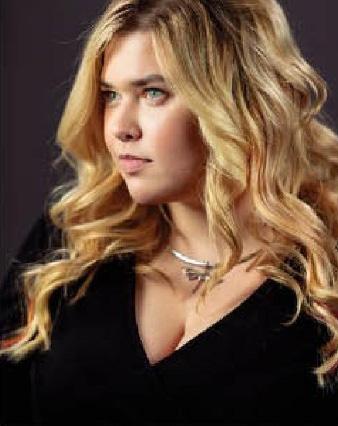



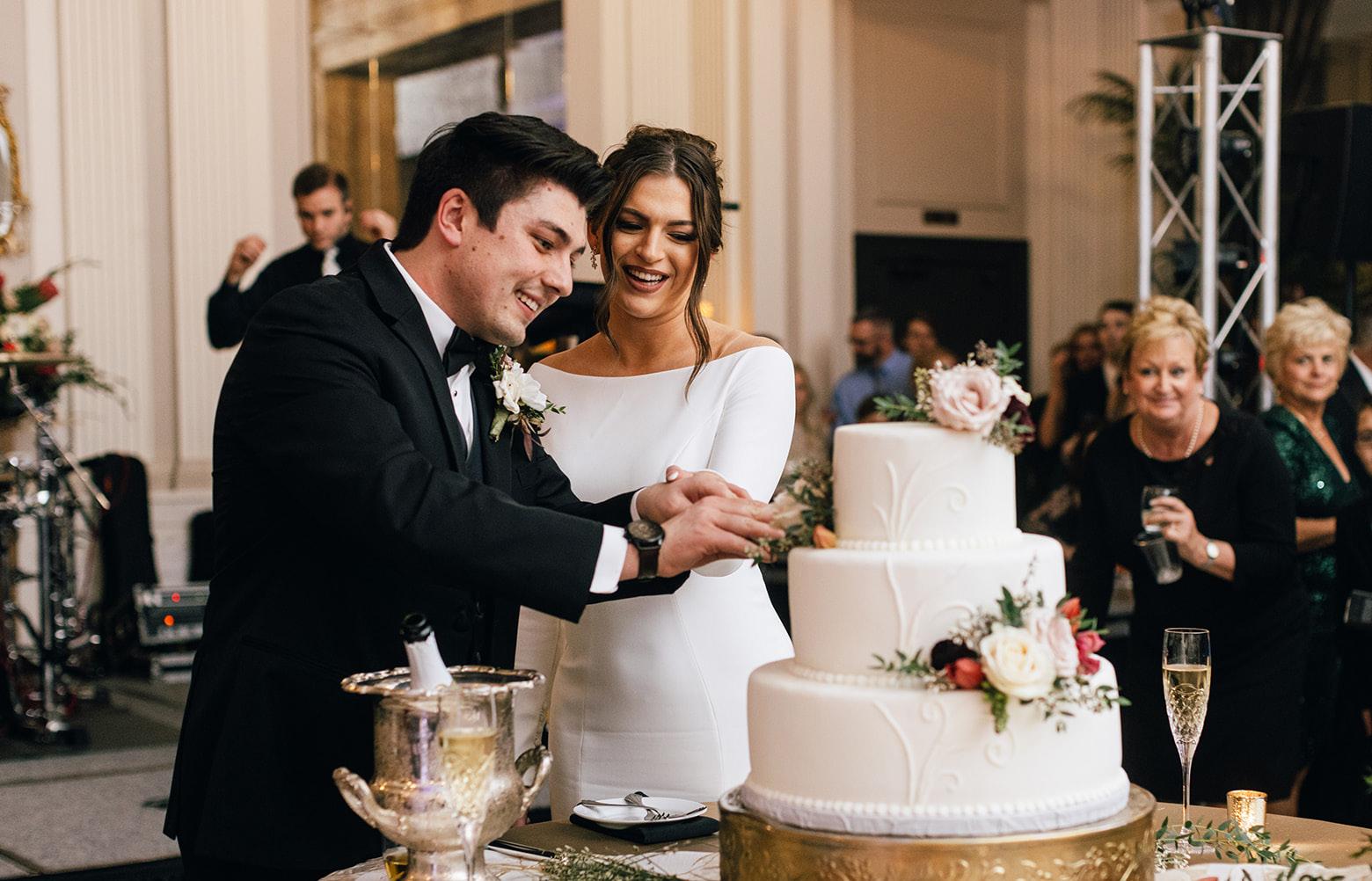
MARCH 2024
PRESIDENT/CEO, AMELIA FRAZIER THEOBALD MANAGING EDITOR, AMY BARNES OPERATIONS MANAGER, MARY ZOELLER CHIEF REVENUE OFFICER, JULIE KOENING EDITOR, RAGAN VAN HECKE
DIRECTOR OF EVENTS, CHIEF EVENT PHOTOGRAPHER, KATHRYN HARRINGTON
CHIEF GRAPHIC DESIGNER, ANNABELLE KLEIN EDITORIAL PHOTOGRAPHER, MATT JOHNSON EXECUTIVE ASSISTANT, ALISHA PROFFITT FASHION STYLIST, ASHLEA SPEARS
CONTRIBUTING WRITERS: RUSS BROWN, ALISON CARDOZA, BILL DOOLITTLE, MCKENNA GRAHAM, GILL HOLLAND, REMY SISK, ASHLEA SPEARS, DR. RANDY WHETSTONE, KEVIN MURPHY WILSON
CONTRIBUTING PHOTOGRAPHERS: BRIAN BOHANNON, ROBERT BURGE, ERIN CHAPMAN, CHURCHILL DOWNS PHOTO, GIOIA PATTON, HOPE SCARVES, KEENELAND COLLECTION, LEVI KELLY, KMAC CONTEMPORARY ART MUSEUM, KRIECH-HIGDON PHOTOGRAPHY, LOUISVILLE ORCHESTRA, ANTONIO PANTOJA, GIOIA PATTON, THREE DOG BAKERY, JULIA WESELY, DR. RANDY WHETSTONE, SHELBY WILEY, WILLOW TREE IMAGING, YEW DELL GARDENS, 502FILM
CONTRIBUTING STYLISTS AND MAKE-UP ARTISTS: J. MICHAEL’S SALON
FEATURES:
11 KENTUCKY AT SUNDANCE FILM FESTIVAL 2024
14 WANG, ABRAMS, AND LOUISVILLE ORCHESTRA GRAB A GOLD GRAMOPHONE
20 GRATEFUL FOR THIS LIFE: A CONVERSATION WITH ARTIST WHITNEY OLSEN
28 RUNWAY FOR THE ROSES: KMAC COUTURE CELEBRATES ITS 12TH ANNIVERSARY OF AVANT-GARDE RUNWAY LOOKS WITH A ROSE THEME IN HONOR OF KENTUCKY DERBY 150
38 CELEBRATING 150 YEARS OF THE KENTUCKY DERBY, PART I: INVENTING THE GREATEST RACE, AND DELIVERING IT READY TO RUN ON THE FIRST SATURDAY IN MAY
48 BILL AND RUSS’ EXCELLENT CONVERSATION: MARCH MADNESS
54 GET TO KNOW LAURA RICE: LOUISVILLE’S LEADING LADY OF LUXURY REAL ESTATE
60 LUXURY OUTDOOR LIVING AWAITS AT DIGS HOME AND GARDEN
64 EXPLORING PETALS LOUISVILLE: A BLOOMING OASIS FOR FLORAL ENTHUSIASTS
68 CURATION AND CRAFTSMANSHIP: BITTNERS’ BESPOKE INTERIOR DESIGN SERVICES COMBINE CONTEMPORARY FURNISHINGS WITH HEIRLOOMS OF YEARS PAST
74 THE REALITY OF REALTY: A Q&A WITH REALTOR MICHELLE CASON GAHM
78 HOME AND GARDEN: VINTAGE VOICE-TRIBUNE
86 THREE DOG BAKERY OPENS NEW DIGS IN WESTPORT VILLAGE
90 A COURAGEOUS DOG CHEATED DEATH AND IS ON A MISSION TO RAISE AWARENESS OF ANIMAL ABUSE IN KENTUCKY
98 COMFORT, CUDDLES & CANINES: MEET GILDA’S CLUB KENTUCKIANA COMFORT DOGS
104 A STYLE SWITCH FOR THE SEASON: HOW TO TRANSITION YOUR HAIR INTO SPRING WITH TRIM NULU
110 STYLE LOUP: STYLING WONDERMENT
124 HOOP YOUR WAY INTO FITNESS
126 HIGH FASHION DERBY WITH THE HAT DOCTOR
130 GETTING TO KNOW LOUISVILLE NATIVE SINGER, SONGWRITER & ACTRESS: ABIGAIL FIERCE
134 THE SOULFUL SOUNDS OF DERBYTOWN: A CONVERSATION WITH AUTHOR MICHAEL L. JONES
140 A NIGHT AMONG THE PLANETS, AND A DAY FROM DAWN TO DUSK ON AN ALPINE HIGHLIGHT THE IMAGERY OF THE LOUISVILLE ORCHESTRA’S 2024-25 SEASON
142 GO OUTSIDE AND PLAY! EXPLORE THE MAGIC OF CHILDREN’S AND FAMILY PROGRAMMING AT YEW DELL GARDENS
144 AUTHENTIC NEW YORK DELI CORN BEEF AND PASTRAMI? GET IT FRESH FROM GOOD BELLY SANDWICH SHOP
148 A ROMANTIC GETAWAY IN HOCKING HILLS, OHIO: DISCOVERING THE CAVE IN DUNLAP HOLLOW
OCCASIONS & CELEBRATIONS:
152 HI-FIVE DOUGHNUTS RE-OPENS IN DOUGLAS LOOP
156 GERSTLE’S: A ST. MATTHEW’S STYLE TURNS 100
158 WEDDING: JACQUELINE AND REECE LIBS
162 IN MEMORIAM: MEGHAN MALLEY
166 SOCIETY:
KEEPERS OF THE DREAM; COCKTAILS, COOKIES, AND THE COMPOSER; AFTER HOURS AT THE SPEED; KMAC COUTURE LAUNCH PARTY; VITAL MOTION FITNESS GRAND OPENING; BOURBON AND BEYOND RELEASE PARTY; LA CREME DE LA CREME OPENING RECEPTION; SPIRIT OF SERVICE AWARDS BANQUET; PACK THE SACK; RODEO DRIVE GALENTINE’S PARTY; FEBRUARY FANFARE; SHAKESPEARE IN LOVE GALA; WRAPPED IN RED GALA; A TASTE OF THE HIGHLANDS;
ON THE COVER:
THREE DOG BAKERY CO-OWNER SHELBY SIMPSON, WITH ETHANALMIGHTY AT LOUISVILLE’S PENDENNIS CLUB


Kick off Derby season with Chenoweth Square and race over for all of your Derby needs!
THURSDAY, APRIL 11 • 5-8 PM
FROM BRUNCH TO BOW TIES, HATS & SHOES, BAGS & TOTES, OR EVEN HOME DECOR & GIFTS... AS ALWAYS, THINK CHENOWETH SQUARE FIRST.
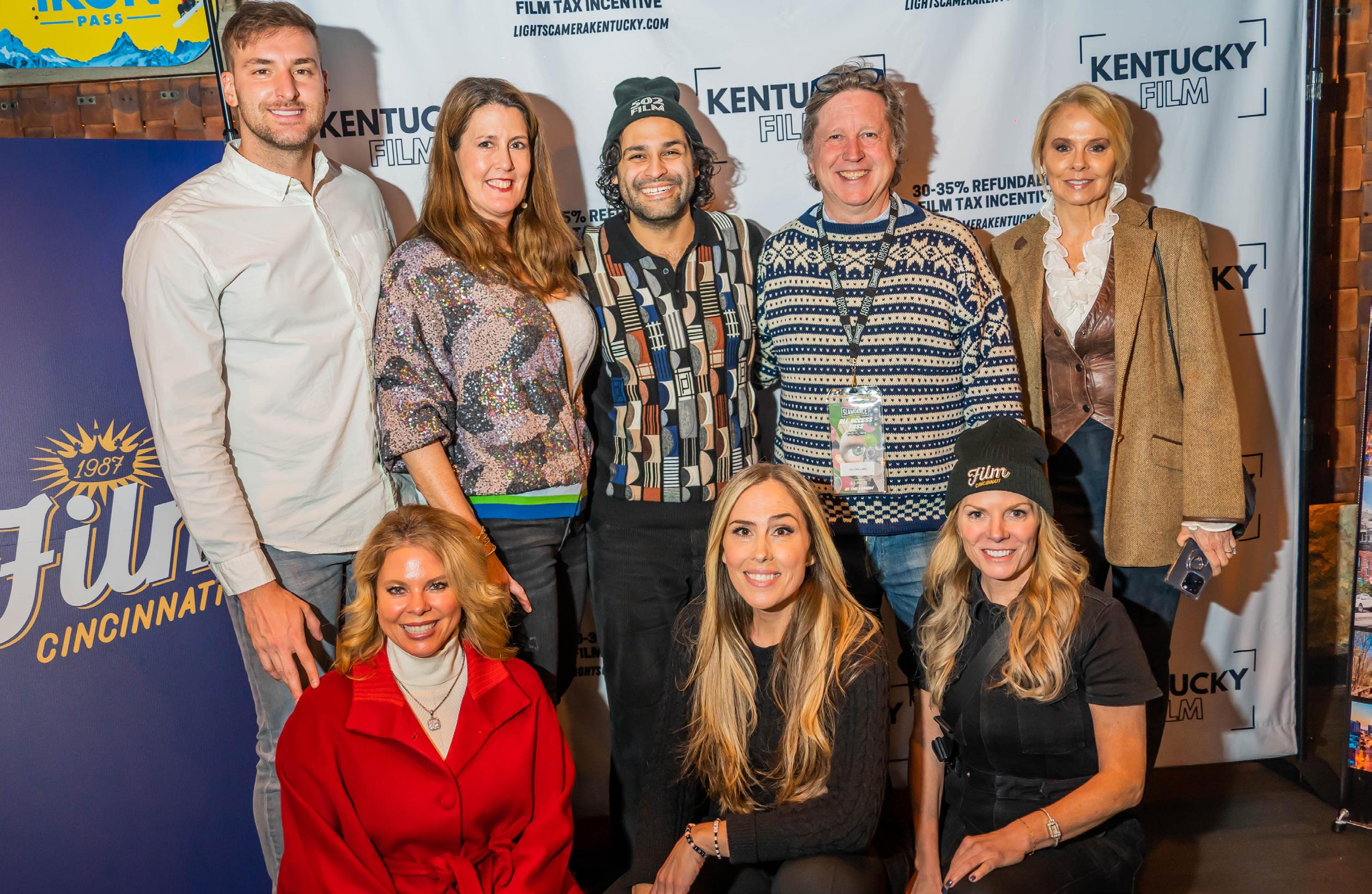
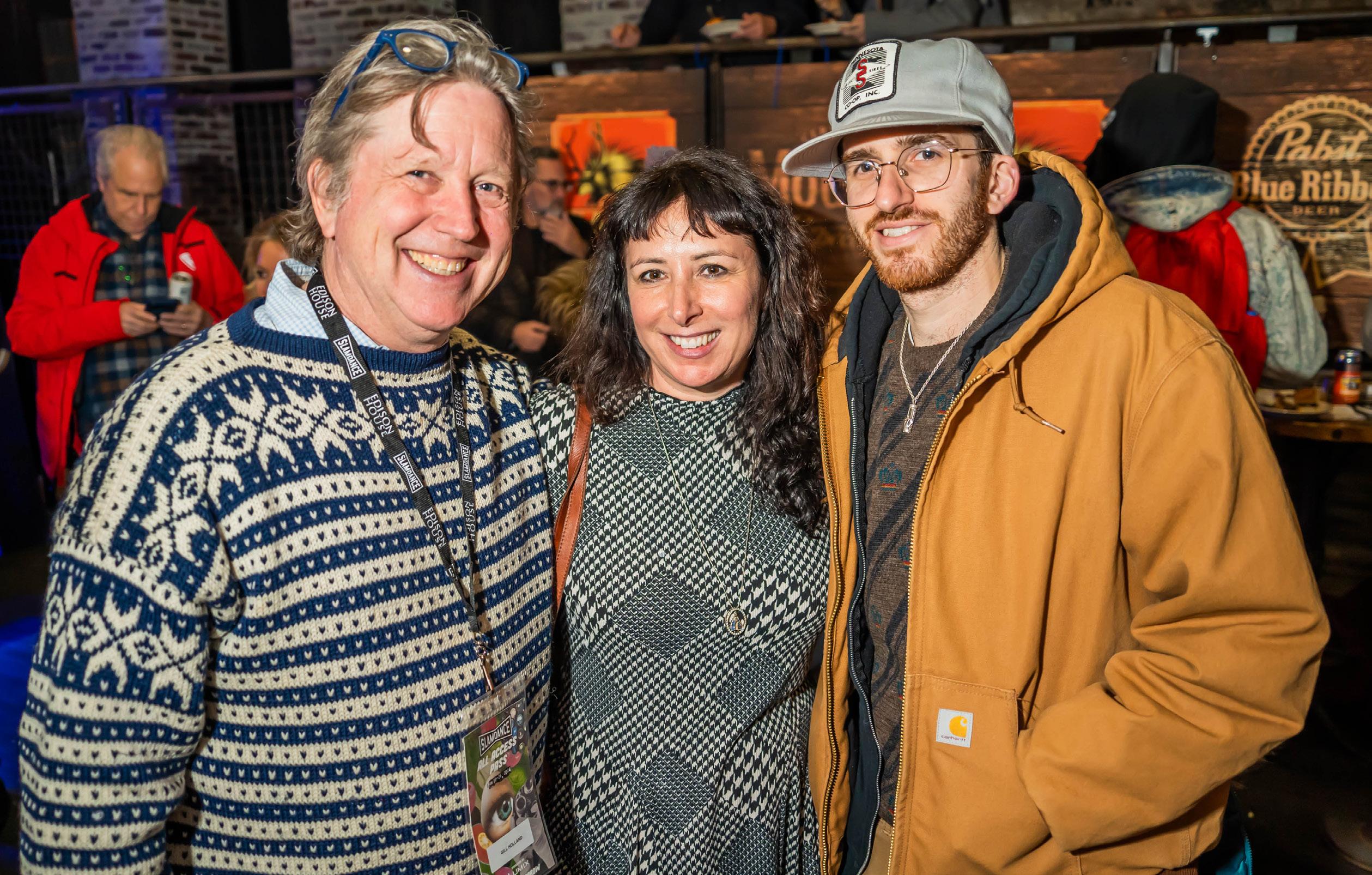
Park City, Utah in late January may be the best place and time for skiers to hit the slopes. While the town is packed with Sundance Film Festival goers, instead of skiing and taking up room on the ski-lifts and slopes, most of the folks spend their days in dark theaters watching the latest and greatest independent films (and studios who are using the festival as a launchpad for their more star-driven products).
This year was no exception, except it seemed happy enough for us long-time Sundance veterans that the festival was back to its pre-pre-pandemic size. It had become very blingy right before the pandemic when every store front seemed to be a corporate swag/ merch tent for attracting stars and photo ops. This year it felt more like the early-mid 2010s when the town shared Sundance’s focus on quality films and discovering new talent. This might be because the festival trimmed the number of venues as well as the number of films shown (quality, not just quantity) and maybe because of the uncertainty in the fall (when corporate sponsors were making their marketing budget decisions) over whether the actors’ strike would even be over by the time the festival happened.
So to put it briefly, it was a great Sundance 2024! First let me rave about the Kentucky Film party, which has been held for at least eight years. About 600 folks came to the Cabin where Scott T. Smith, for the second year in a row, regaled everyone with two three-song sets, providing a perfect taste of Kentucky music. 502 Film and the folks and sponsors at Louisville Tourism, Rabbit Hole, Art Eatables, and Unbridled Films put on a great party. As 502 Film President Soozie Eastman says, the party lets folks “hear about our region’s diverse locations, talented crew base and top-in-the-country film tax incentives,” We know that last year’s party helped entice a half dozen films to come shoot in Kentucky and this year, we think even more productions are or will be on their way. Soozie reports she has since Sundance already “been on the phone with more than a dozen filmmakers excited to bring their films to Louisville.”
There were so many buzz-worthy films: the tear-jerker documentary “Daughters,” about four girls getting ready for their daddy-daugh-
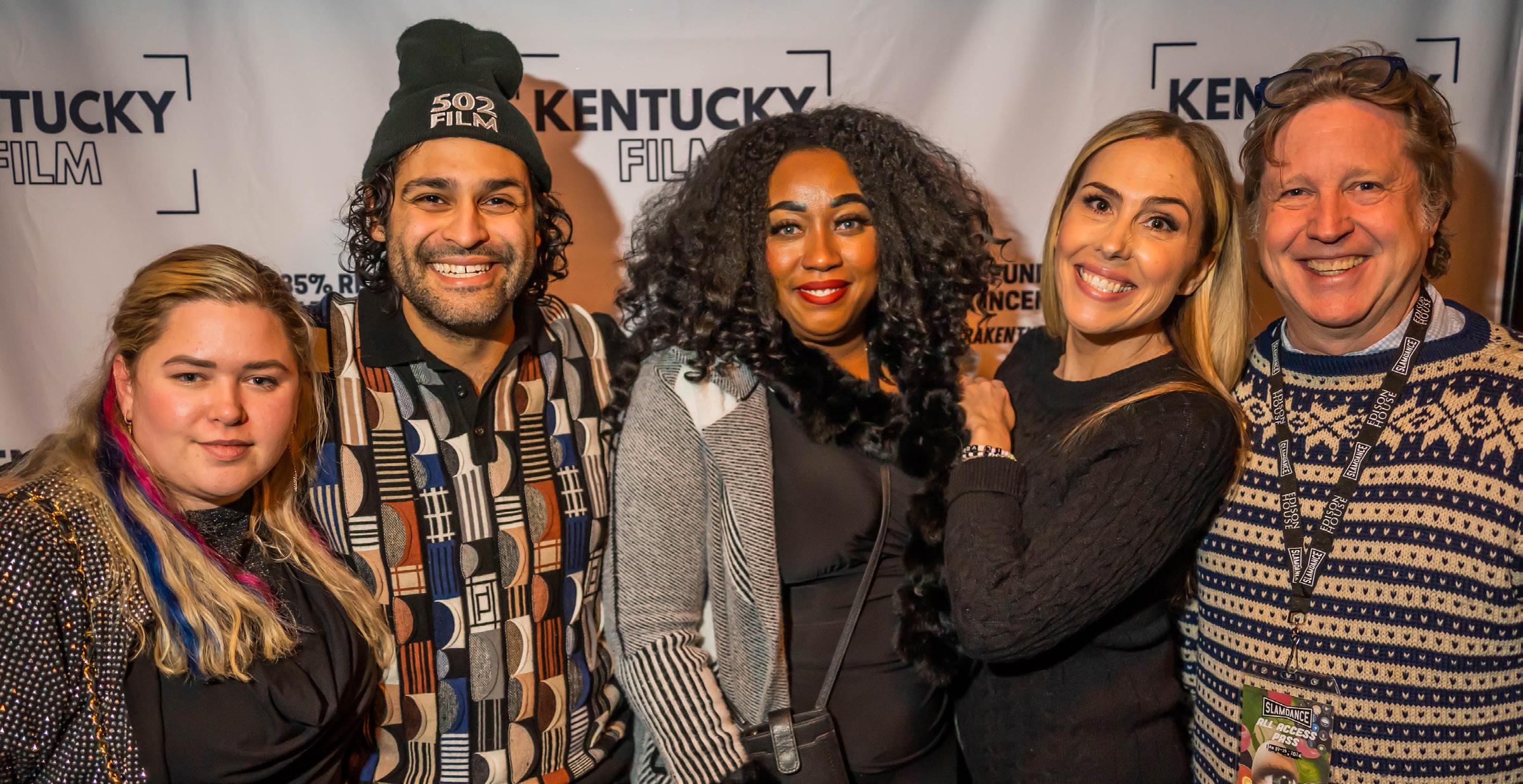
ter dance at the prison where their fathers are incarcerated; the Will Ferrell road-trip move “Will & Harper” with his old Saturday Night Live pal Harper Steele, who has recently transitioned (now who doesn’t wish they were in a dive bar when those two walked in!); to a potential award-winning role for Kieran Culkin in Jesse Eisenberg’s “A Real Pain”; to my producer pals’ film “Suncoast” with Woody Harrelson (out streaming already); and “Rob Peace” (from and co-starring Chiwetel Ejiofor). Producers Kevin Chinoy and Jamin O’Brien were also featured on the informative Slamdance Film Festival panel on making low budget films. The contemporaneous Slamdance (now in its 28th year) in general with its new location taking over the Yarrow/Doubletree Hotel was a magnet for many and had a family feel like back in the late 90s when Sundance was headquartered at the cozy (yes, that is code for “small”) Claim Jumper on Main Street. Our film “Chaperone” brought in most of the Hawaii crew and cast for a great festival traditional “Q&A” as well (picture below) and nabbed the Breakouts Special Jury Prize.
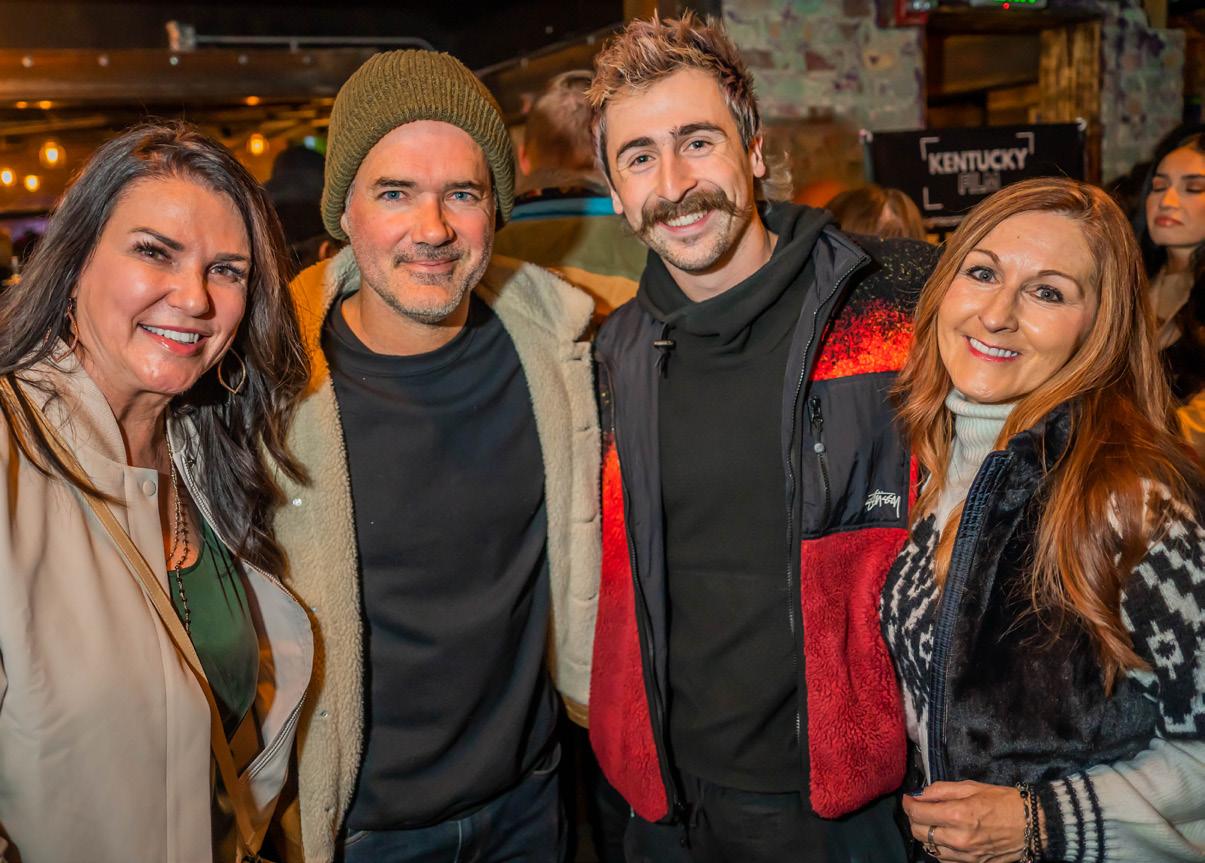




Then there were the quirkier, or more challenging, or just more “indie” films (whatever that really means) like the Norwegian film “Handling the Undead” (maybe the most disturbing film at the festival). Being half-Norwegian, I had to see that one which starred the Cannes Film Festival award winning Best Actress Renate Reinsvik from “The Worst Person in the World.” “Sasquatch“ starred Jesse Eisenberg and Riley Keough in such full make up and Sasquatch costumes they became unrecognizable and almost indistinguishable from each other on screen! In person Riley, “Daisy Jones and the Six” star (and Elvis Presley’s granddaughter), could not have been nicer and more gracious, despite me not 100 percent knowing who she was when we chatted. Then as folks walked over congratulating her, I realized my faux pas and had to sheepishly ask for a picture (and yes, maybe I did say it was for my children but we all know the truth!). I also made sure to get Jena Malone’s photo approval on my iPhone picture below. This picture shows a fun behind-the-scenes of the “marketing” work the actors have to do to promote their “craft” work in the film. An indie mainstay, Jena’s film “Love Lies Bleeding” also got some good hype.
So next year, Sundance 2025 will be the 10th anniversary of our Kentucky Film party so please plan on joining us and hearing about all the films that will shoot this year in our Commonwealth!

Photos provided by: Louisville Orchestra & Julia Wesely

Pianist Yuja Wang, composer/conductor Teddy Abrams and the Louisville Orchestra captured a GRAMMY Award for “Best Classical Solo” at the 66th GRAMMY Awards in Los Angeles in February. The winning work, from Wang’s album “The American Project,” is a new Piano Concerto composed by Abrams and performed by Wang – two friends from college making their way to stardom.
Under Abrams’ baton, and with Wang at the piano, the orchestra premiered the Piano Concerto in a Louisville Orchestra Coffee Concert on Jan. 7, 2022. The next night, Deutsche Grammophon – the important European classical label – recorded Yang’s performance of the work before another live audience in Whitney Hall.
The award-winning album is the latest collaboration of Yang and Abrams in a friendship that dates to their college days at the Curtis Institute of Music, in Philadelphia – both setting sail on careers that went each on their own way, but with occasional happy intersections.
 Composer/conductor Teddy Abrams
Composer/conductor Teddy Abrams
“We were at Curtis together, and about the same age, and she was already starting to play major performances,” Abrams recalled in an interview advancing Wang’s debut of the Piano Concerto. “It’s not unusual at Curtis for there to be people who already have significant careers while still students there. But in her case, I think everybody knew that this was quite unusual the speed that her career was taking off.”
Abrams and Wang became working friends when Teddy signed up to accompany Yuja in preparation for lessons and concerts. While Yuja played her solo part, Teddy would play the orchestral part on another piano – a “reduction” of the orchestra’s score consolidated as a piano accompaniment. In other words two pianos: Yuja soaring off in artistic flight. Teddy trying to keep up.
“She was already performing at such a high level that no other pianist at the school would dare accompany her,” recalled Abrams. “Either I was just foolish, or brave, but I signed up to play for her. She would call me 30 minutes before her lesson, and say, ‘Oh, by the way, I’m going to do the Rachmaninoff second piano concerto, or I’m doing Beethoven, or Prokofiev’s third, and can you come play the orchestra part?’ And I’d say sure, sure.
“I’d be thinking, what’s the worst thing that could happen? And so I’d come and ‘sight read’ my way through those things.”
Of course, Abrams, himself, was an accomplished player – at a certain level. More importantly, he was a budding young conductor and composer, with a good understanding for the virtuosity Wang was showing. “It was the beginning of a really special relationship that we have retained to this day,” said Abrams.
Abrams and Wang continued their work sessions, when possible.
“It’s a really private thing,” Wang explained. “You learn the music. You understand something. It’s like reading poetry by yourself. And then you have to read it when there’s another person in the room, and you have to make the other person like it – and share what you have in mind.”
Abrams invited Wang to lead off the Louisville Orchestra’s 2017-18 season, and the pianist mesmerized a Louisville audience in a vivid performance of the Rachmaninoff fourth piano concerto. Wang then ripped off a string of astonishingly fast and fun little encores, with the audience cheering her on.
It was only natural that Abrams was thinking of composing something special for his friend Yuja Wang. Only the piano concerto wasn’t what the artists first had in mind.
“The original concept was that I would write a companion piece for her to play when she performs Gershwin’s Rhapsody in Blue. Something that had the same kind of jazzy American populist vibe that orchestras could program alongside Rhapsody – because that piece is such an unusual length. Just sixteen and a half minutes long. Generally, if you’re an orchestra and bring Yuja in, you would also have her do something else.”
But what?
“It’s always been a little bit of a puzzler as to what to program with Rhapsody in Blue,” explained Abrams. “There are shorter concertos that could be played, but they’re in very different styles (from the Gershwin classic). So I thought this was a great opportunity to write a companion piece.”
Perhaps another 17-minute piece, with Gershwin’s jazzy vibe.
“But then this new piece kind of blossomed into a much, much larger work,” said Abrams, who clocks his concerto at 35 minutes. A standalone.
Abrams said his concerto references Gershwin’s Jazz Age style, but ventures beyond to look at the many visages of musical Americana. That’s been a broad theme of Abrams’ tenure here.
“The piano, in particular, is a kind of wanderer that makes it through hundreds of years of musical history,” said Abrams. “I see this concerto as an opportunity for the piano to kind of guide us through what I think is one of the strengths of American culture, its plurality, its interconnectedness.”
Before the premiere, Abrams visited Wang in New York to work on the concerto. Except with just one piano. No accompaniment this time. “It’s too hard for me!” said Abrams, with a laugh.
But not for Wang.
“I think she’s one of the greatest pianists alive, and of all time, if I can safely say that,” said Abrams.
And interesting that his concerto is “too hard” for the composer to play.
“I mean I can kind of pick my way through it, you know, slowly,” says Abrams. “But working with Yuja on the piece in New York was something special. To hear her play it, at tempo for the first time, was like a revelation.
“There is such a difference between looking at it on the page, and even imagining it in my head, and then hearing it brought to life by a human being. Just one of the most gratifying experiences any creative musician can have.”
And brought alive by his friend Yuja Wang.
“I always intended for her to be the one to take the piece and make it her own,” says Abrams. “And ideally come to Louisville to premier it.”
For “The American Project” album, Wang also performs a piece by Michael Tilson Thomas called, You Come Here Often? The GRAMMY is the first for Wang, Abrams, and the Louisville Orchestra.
In accepting the golden gramophone trophy at the GRAMMY Awards ceremony, Abrams was succinctly straightforward.
“First,” he said. “A huge congratulations to the incredible Yuja Wang, who soloed on this extraordinary album and is one of the most talented musicians in the world right now – a person who has drawn so many people to the music we play. And a giant congratulations to all my colleagues at the Louisville Orchestra – an orchestra that is famous for its innovation, for putting out so many albums of living composers since it was founded in 1937. I am so proud of everyone at the orchestra, to the people of Louisville and to everybody that made this all happen. Thank you very, very much.”



In recent years, Louisville artist Whitney Olsen (aka Bloom) has been busy traveling around the world, visiting and learning from new cultures while also making expansive murals and indulging her adjacent interests in surfing and yoga. We recently caught up with Olsen for a quick conversation around her exciting life and ever-evolving practice.
What can you tell us about your background and experience?
“I was born in Aurora, Illinois and grew up in the suburbs outside of Chicago. I moved to Oldham County [Kentucky] in 2000, when I was nine years old. I stayed in Louisville through college and graduated from the University of Louisville in 2015 with a BFA in 3-D Studio Art with a focus in glass and sculpture. Afterwards, I focused on glassblowing and worked at numerous glass studios in town while assisting artists, attending craft school workshops, and doing everything in my power to be a working artist. Ultimately, I found a family building out the décor at music festivals with a company called Formation. This large-scale design is something I’ve always wanted to be a part of, and I envision more of it for my future.”
What put you on the creative path in the first place?
“I come from a very creative family. I grew up knitting and sewing with my Grandma Joy and was singing show tunes with my Grandma Brookie as early as I can remember. My grandma Brookie was the director of the Museum of Nebraska Art in Kearney and she was a huge proponent of creativity for me and my siblings. Both of my grandpas made furniture. My mom was Miss Nebraska and starred in a number of shows and commercials and even had a handmade jewelry company at one point. My dad is award-winning at designing conveyor belts, but can basically do anything. I think creativity just runs in my genes.”
Are there any specific artists who inspired you or that you wanted to emulate along the way?
“I have always been hugely inspired by the process of old school graffiti and the artists that risk a lot to get their name up. Not everyone can do those things just to share their art. I have really admired the artist Swoon, who showed me that women are just as powerful in the streets as they are creating big badass installations in galleries. Her wheat pastes and general style has pushed me to test my own limits. I love the work of Olafur Eliasson and Pantone, the scope of their work is limitless and I’m always blown away.”

How would you describe your art to the uninitiated?
“My work combines some version of real with fantastical, usually. I like to collage reality with




the imagined whenever I have the chance. Either blending painting with collage or light with glass or tangible with the intangible in some form. In other words, it’s a constant struggle to figure it out. I’m never satisfied. I’m a ‘more’ person and I’m trying to be a ‘less’ person, which is why I’ve been living out of a suitcase for almost two years. When you let go of all the pressures society has created you realize there is unlimited potential within and that our lives are open for the taking.”
What is special to you about the process of creation?
“I’m grateful to find comfort and a sort of therapy in creating, but I think it’s the notion that there is unlimited potential in the process which really makes every start of something special. If my studio space is immaculate then there are problems, if it looks like a rats’ nest then I’m on to something. The process — once you get past the doubts and hesitation and actually start — is a beautiful journey, a way to figure out something new. Even if it’s a new technique or working with a new material or it’s a new way to translate a concept through imagery or possibly just a way to really understand and work through a subject, it’s really satisfying, and can you believe it, it’s play. The more you play and forget about everything else, the faster you will find success in your work. Now, whether it resonates with the public matters only if you want it to. If you make something YOU are proud of, that’s success.”
Can you share any details about what you are up to at the moment?
“At the very moment I’ve been diligently working on some paintings for Dreamsea Sonica Festival in Tamarindo, Costa Rica. These are murals that liven the camp for the festival goers. I’ve been introducing tons of color and even more lush imagery into the camp, even though it’s nestled in the middle of the jungle.”
Looking back, what are you most proud of thus far?
“I’m incredibly proud of following my gut and persevering through the unknown. It has shaped the woman I am today.”
For more information about the artist visit: www.whitneyolsen.com.



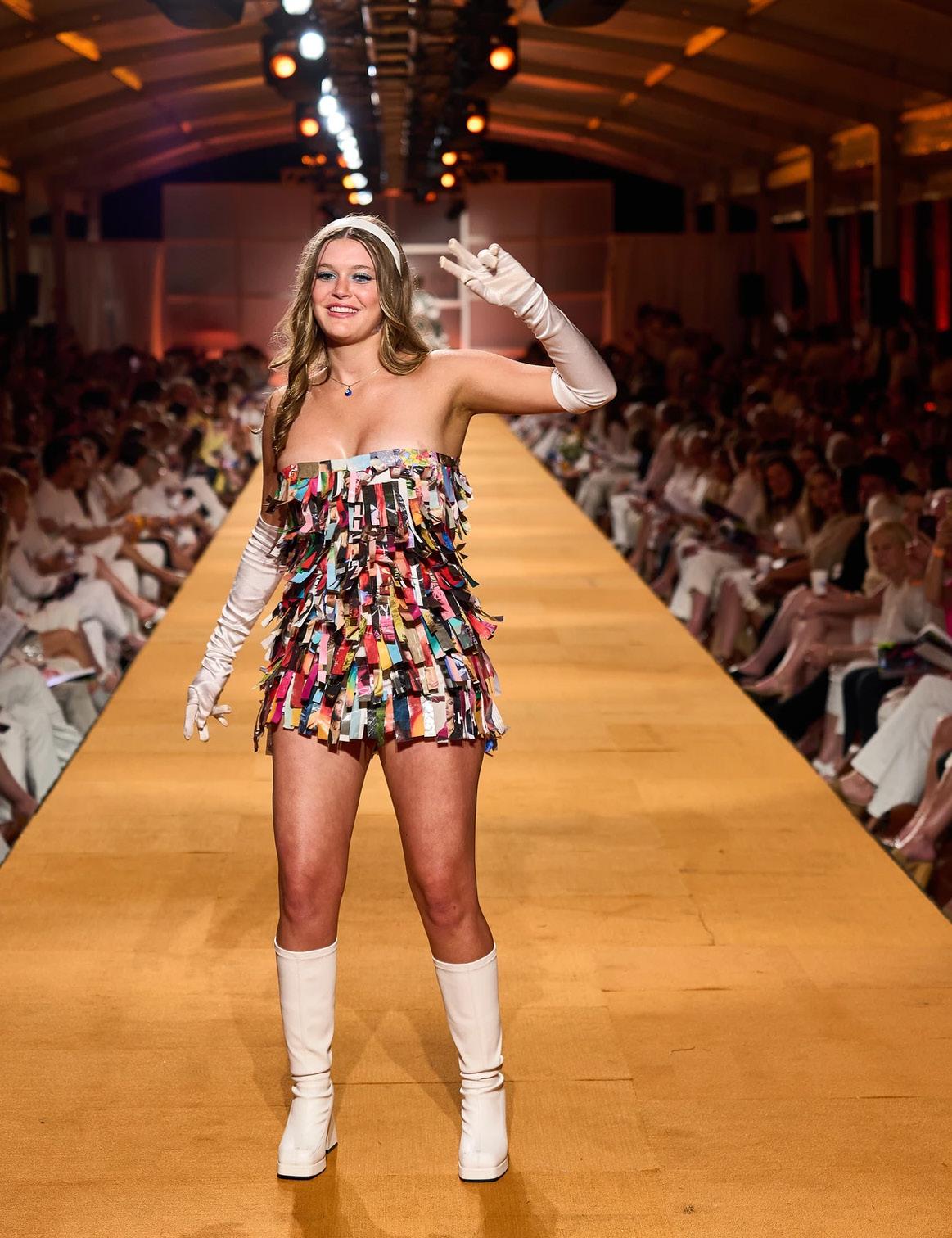 Ainsley Alexander, 2023, “Rainbow Fish”
Ainsley Alexander, 2023, “Rainbow Fish”
All images provided by: KMAC Contemporary Art Museum
The most exciting two minutes in sports combines with creative couture at KMAC Couture 2024, where the theme is roses, and the artists’ interpretations are always highly anticipated. The annual runway event, a multimedia juried show, will take the stage April 13 at Paristown Hall.
VOICE-TRIBUNE recently caught up with Kris Thompson, Development & Special Projects Manager at KMAC Contemporary Art Museum to discuss the big event.
As an original member of the Fab 5 who skillfully put on the very first KMAC Couture in 2013, tell us what is in store for us for 2024.
Kris: “Thank you; It’s going to be the best Couture ever! Churchill Downs is our title sponsor and Julia Carstanjen is our chair this year! We are excited to celebrate the 150th anniversary of the Kentucky Derby for our 12th KMAC Couture! Joey Yates, our curator, came up with our theme ‘Runway for the Roses,”where the artists were encouraged to create an extraordinary wearable artwork showcasing their vision of a Derby tradition.”
This sounds so amazing Kris, tell us what to expect on the runway!
Kris: “We have 67 designs walking the runway composed of high school, college and professional artists. The submissions were innovative, sculptural and dynamic, some looks will reveal a surprise element while walking on the runway. We have Crestview Studios performing during our intermission. They are a team of dancers who have a studio in Clifton. Super excited about them!”
You have been a part of KMAC Couture as an organizer and artist since it began in 2013 , tell us about this experience
Kris: “This is my 12th KMAC Couture and I am always excited to see the submissions of the artists. I am especially fond of the high schoolers as it gives them a goal and platform to showcase their work. A lot of our high school artists participating in KMAC Couture have gone on to study fashion in college. As an artist myself, I appreciate and admire my fellow creatives. I love seeing their designs and execution each year. At the end of the day, when you are a part of KMAC Couture, you are a part of the KMAC family.”
This sounds like such an amazing opportunity for artists to consider in the future!
Kris: “Yes! You do not need to be a fashion designer to submit. We encourage artists in all mediums to participate in the submission process. Our website has a special page with information about KMAC Couture and how to submit.”
Right, and there are lots of ways to get involved with KMAC Couture, which is the biggest fundraiser for the museum.
Kris: “It takes a village of people to support this wearable art show! Each year we have our generous sponsorship donations, our amazing artists selections and our volunteers who want to be a part of the production of the event! On the day of KMAC Couture, we have close to 1,000 people involved with the show. It is quite an achievement!” The proceeds from KMAC Couture go directly to our unique exhibitions, our educational mghd0517@gmail.com programming and our operating costs.
For more information and to purchase tickets, please visit kmacmuseum.org.
Below, learn about a few of the artists participating in this show, and their inspiration behind the pieces.




“Thunder”
“Thunder over Louisville has always been my favorite Derby Festival event, as it falls on my birthday weekend, and growing up it was always a memorable night that my dad and I spent together. My design is a wearable representation of the flickers of light, color, shimmer, and movement that fill our city’s sky each year, and it takes the form of a black satin ball gown adorned with hand-sewn firework embellishments.”
“There is no place more beautiful than Kentucky during the first week of May, and it almost feels like nature is getting ready for the state’s most famed event: The Kentucky Derby. My design is a sheer, floor length dress representing a wearable garden full of the blooming foliage during Derby season, and it showcases the gorgeous nature that people around the world get to experience when they travel here for the Derby.”
“Nadra is draped in silk and adorned with brass and acrylic roses. She fuses ancestral wisdom with cutting-edge technology. She is an Afrofuturist Medicine woman who will teach us the healing power of roses.”



“Coming Up Roses”
“Rose Gold”
“The piece I am creating for the show this year is iconic as I have based my design on the winning trophy for the Kentucky Derby. The design is meant to resemble the gold pristine esthetic intertwining with the recognizable roses that are awarded to the winner every year.”
“My piece, ‘Coming Up Roses,’ will be designed to be an upside down wearable bouquet. The bodice resembles the stems of a bouquet of roses, with a full skirt of red roses, and two overskirts, one with news articles with coverage of the Derby over the years, and the other made with pink material to be bouquet ‘sleeves.’ My goal is to use 554 roses, just like those awarded to the winner of the race, and pay tribute to the bright, spring-like colors associated with the Derby.”

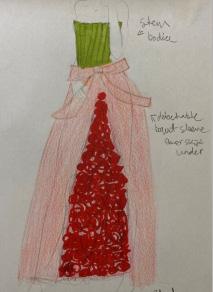

“Victorian Vibes #1 and #2”
“My two designs are largely influenced by the opulent fashions of the Victorian Era which coincides with the first running of the Kentucky Derby. I will be embedding elements from the Steampunk genre, such as clocks, goggles, hats, brass pieces, wool and


leather, all elements found at the Derby. I will also draw inspiration from the natural world to include in my designs, such as flowers, leaves and vines, which celebrate the beauty of nature and are always prominent at the Kentucky Derby.”
“Saturday Best”
“Our garment design is a semi-modern couture take on the elegant attire of an early Derby spectator. In order to achieve this style, we plan to incorporate vintage elements including a curvy, slender mermaid silhouette, gigot sleeves of the 19th century, elbow-length gloves, a pearl drape belt characteristic of retro fashion, and finally a large and exaggerated version of the classic over-the-top Derby hat, tied with a large, trailing bow forming a train in the back. Overall, this design captures the historical significance, refined grace, and bright flamboyance of the Kentucky Derby.”




“I was inspired by both Southern Gothic and vintage Derby attire. The Derby is such a unique Kentuckian experience, and I love how it encourages extravagant personal style.”

“The Color of Rain”
“My designs always start with the story I’m trying to tell. Translating a concept into a visual form is my favorite part of the design process. I wanted to show what it is like to attend the Derby. It seems like it rains more often than not. That doesn’t stop anyone! The hats are just as fabulous, the horses just as exciting, the day just as colorful! My piece transforms as my model walks down the runway. She starts in a cute, short coral colored dress. Then it changes to a long glittery blue dress as it starts to rain. Then at the end she is covered from head to toe in all the colors of Derby running together. Always happy. Always smiling with revelry!”

“The Rose Walk”
“This is my fourth year doing KMAC Couture, and possibly my final year, as I don’t know yet if my college schedule will allow me to participate going forward. So, I feel as if I am graduating both from KMAC Couture and from KCD. At KCD, we have something called the annual ‘Rose Walk Ceremony’ — an event in which each senior is handed a rose by a kindergartener and walks out of the high school and down the courtyard. This tradition symbolizes the seniors moving on. My KMAC Couture piece ties in both the theme of the 150th anniversary of the Kentucky Derby, as well as my moving on to my next chapter. My ‘Rose Walk’ piece is a floor length gown made from red satin fabric with additional fabric sewn on top to mimic petals of a rose.”



 Katie & Molly Ensor, 2023, “Untitled”
Jessica Sharp, 2023, “Schiap”
Katie & Molly Ensor, 2023, “Untitled”
Jessica Sharp, 2023, “Schiap”


Aje
Akris punto
Alexis Anatomie
Cara Cara
Cult Gaia
Derek Lam
GANNI
Kinross
Kobi Halperin
L’Agence
Lafayette 148
Lela Rose
Lizzie Fortunato
PatBo
Prabal Gurung
Safiyaa
Shoshanna
Silvia Tcherassi
STAUD
Theory
Vince and more!

EXCLUSIVELY AT
Part 1: Inventing the Greatest Race, and delivering it ready to run on the First Saturday in May
By: Bill DoolittleImages provided by: Keeneland Collection and Churchill Downs
The Kentucky Derby isn’t one of those things that started out small and grew bigger over time. Oh, it has certainly gotten bigger, with a record crowd of perhaps 175,000 fans expected to pour into Churchill Downs May 4, 2024, to celebrate the 150th Run for the Roses. Millions more fans will view the race on television, and the landmark renewal of the world’s most famous horse race will be noted in some way in every distant corner of the world. So, yes, the Kentucky Derby has gotten bigger over time. But in no way did it start out small.
If Col. M. Lewis Clark Jr., who founded the Kentucky Derby in 1875, could somehow be on hand this spring for the 150th renewal, seated in a coveted Clubhouse box in Section 320, right on the finish line, he might be slightly astonished to see it all. The size of the grandstand, now three-eighths of a mile long, rather than 285 feet in Clark’s day. With automobiles coursing over high ramps on an Interstate highway in the distance, and a 170-feet tall video board on the backstretch. Fans pecking at tiny telephones to send pictures to their friends at home. Helicopters above, and a blimp – with gleaming jet airplanes sweeping in from the sky to bring visitors to the race from around the world. Cargo planes, too, from California and Ireland and Japan to run in the races. Well, that could be a little astonishing.

KyD Keen Col Clark
CREDIT: Keeneland Collection
Meriwhether Lewis Clark Jr, founder of the Kentucky Derby, and the grandson of William Clark of the Lewis and Clark Expedition.
On the other hand, Col. Clark would feel right up to the minute when the Derby field, itself, rolled out of the starting gate to a tremendous roar of “They’re Off!” The same race he thought up 150 years before, run over the same track he laid out, with the whole town of Louisville letting loose in a climax of a … week of celebration. Then, down they stretch they come! The finest thoroughbred horses seeking to etch their name forever in the long pantheon of Kentucky Derby winners. “Yes!” one imagines Clark might be thinking, “this is exactly what I had in mind.”

It was Meriwether Lewis Clark, Jr., founder of the Louisville Jockey Club and builder of Churchill Downs, who dreamed up the Kentucky Derby. Clark envisioned a grand horse race that could flower beyond local boundaries and interest anyone and everyone — anywhere. First and foremost, Clark’s Kentucky Derby would be a top-notch competition, full of sporting drama. He also would surround the race with a grand celebration, liberally laced with Kentucky hospitality.
From the start, local citizens jumped on board. And so did racing people. The first winner of the Kentucky Derby, Aristides, delivered a crackerjack performance, and the celebration that Colonel Clark hoped would surround the event bloomed like dogwoods in springtime. As he was building the new Kentucky Jockey Club racetrack, and attending to a thousand racing details, and selling shares of stock (including taking out a last-minute loan to land the project on time), Clark also urged citizens to get behind the Derby. He raised
a glass with city leaders and asked ladies to organize parties, filled with the food and fun traditions of springtime.
Though most of the first Derbygoers were Kentuckians, some fans did come from miles away to see the race. It was the Steamboat Age in America, and by Derby Eve Louisville’s Ohio River wharf was lined with steamboats puffing along at anchorage, with calliopes hooting out the tunes of the day – including songs by Stephen Foster.
Sporting chronicles of the day gave the first Kentucky Derby positive notices for competitiveness. The winner, Aristides, was a good horse who won in very fast time. Newspapers noted the festive atmosphere. Most estimates numbered the crowd at about 10,000 — surely the most people ever collected at one time in one place in Kentucky.
The whole thing clicked, and the Kentucky Derby was on its way on May 17, 1875. A Monday, if you can imagine.
Of course, those first good times were followed by hard times that almost did in the Downs and its Derby. But as the 20th Century began, another visionary named Matt J. Winn came to the race’s rescue.
Interestingly, the best eye-witness description of the first Kentucky Derby was provided years later by Matt Winn., then just a kid. Clark would not have known Winn, and Winn would have no inkling that he would someday succeed in making the Kentucky Derby what it is today.
But that’s just Derby Magic.
“The first Derby Day, I remember as if it were yesterday,” recalled Winn in his 1945 autobiography, Down the Stretch. “It was May 17, 1875. I was 13 — nearing 14 — when Col. M. Lewis Clark, the Louisville sportsman, and his associates of the racetrack, which is now Churchill Downs, were making ready for the opening. My father decided to be there. He wasn’t a horse player. But this was more than a race day. It was a festival, and my father felt he ought to be at the track to see if the ‘goings on’ would be worth all the fuss the people had been making. ... He promised to take me along to see the opening of the new track, and the running of the Derby, provided I performed a few extra chores, which were completed in world-record time.
“I was up at dawn. It was clear, sunshiny, and warm. Father hitched the horse to the wagon, which he generally used in hauling groceries from the wholesale houses, and we were off through the greatest traffic jam Louisville had known up to that time.
“The mule-drawn streetcars were loaded to the limit (with racegoers). Those who had horses hitched them to carts, or buggies, and were on their way. Others horsebacked to the track, while thousands walked.
“Many guesses have been made as to the exact spot I occupied when I saw the inaugural running in 1875. I saw it from a standing-up position on the seat of my father’s wagon, anchored in the infield, which was known as the ‘free gate area,’ meaning that if you didn’t wish to pay a fee to get into the grandstand section, you could walk, or drive, through a special gate to the infield — without charge.
“It was a thrill for me, this first Derby, with crowds swirling around the infield, the grandstand a riot of color, tenseness in some places, unrestrained enthusiasm elsewhere, as the time neared for the horses to parade to the starting line in readiness for the race that all Louisville, and most of Kentucky, had discussed for months. I don’t suppose I was the only 13-year-old boy in the infield, but I guess by sitting on the seat of my father’s wagon, and standing on it during the running of the Derby, I had the best view of any 13-year-old boy.”
After that, history was up to Aristides, a “little reddish chestnut colt,” and young African-American jockey Oliver Lewis. One imagines Lewis had “soft hands” and didn’t fight Aristides as he leaped to the lead, was briefly headed, then re-assumed command of the field of 15. The Kentucky bred cruised at speed and won “in hand.”
Clockers caught Aristides in a sizzling 2:37¾ for the one and a half miles, which, when they looked it up, turned out to be the fastest time at that distance ever posted by a three-year-old thoroughbred in America.
When he dreamed up the Kentucky Derby in 1875, M. Lewis Clark was working with a clear canvas. Big sports events didn’t fill the calendar the way they do now. Baseball was just getting started. Princeton and Rutgers, and Harvard and Yale were trying out the idea of intercollegiate football, though they hadn’t yet gotten to helmets, and the forward pass was just an idea. In Clark’s day there was no World Series or World Cup. No Masters, no Indianapolis 500 (there weren’t even any cars yet), and no modern Olympic Games. All that would come in the 20th Century.
In 1875, horse racing was very popular, but hardly an organized sport. Horses were everywhere and did everything – and people would race them. But proper race meetings with famous races at familiar race courses was just a scattered thing. There were tracks in New York, Maryland, New Orleans that raced in favorable seasons. But Louisville had lost its only prominent track when Woodlawn Racecourse, in the countryside east of the city (off Westport Road near today’s Hubbard’s Lane) had expired a few years before.
Clark got the call to build a new track from a group of Kentucky horse breeders and racing enthusiasts – including his mother’s own Churchill family — to establish a new racetrack in Louisville.
At mid-century, Kentucky had been the horse breeding state – for horses of all kinds. But the Commonwealth’s signature industry had been almost knocked out by the American Civil War (1861-65), with armies of both sides using up every horse they could lay their hand on. Historians believe more horses died in the Civil War than soldiers. Now the Kentucky horse farmers were seeking a new track as a kind of showcase place for potential horse buyers to race their horses.
Just in his 20’s, Clark seemed an unlikely choice for such a major task. He was educated and socially prominent but had yet attained no success in business.
“He wasn’t the first pick for president of the Jockey Club, or even the second pick,” notes Kentucky Derby Museum Curator of Collections Jessica Whitehead, who is the author of a forthcoming book about the history revealed in the museum’s extensive collections. “He was very young, and I don’t imagine he would have been sought out individually to spearhead this effort.
“My guess,” adds Whitehead, “is because of his family connections and the research he had done in going to England to study their racing -- and his connection to (Kentucky and British horseman) Richard Ten Broeck -- he was in the right galaxy. In the right place at the right time. He had grown up in this society where horse breeding and horse racing was just part of the upper class experience in Kentucky.”
But while it was his mother’s side with the racing connections, and the money, it was Clark’s sire line that provided him with the fame of a great American family name: Meriwhether Lewis Clark, Jr. was the grandson of William Clark, of the Lewis and Clark Expedition, with Meriwhether Lewis. His great uncle was Revolutionary War hero Gen. George Rogers Clark, who, when he wasn’t whipping the British, founded the city of Louisville.
So, taking an adventurous step would seem, for Clark, a natural thing. Something he could do, and should do. Something he could take charge of and make his own.
In 1872, Clark sailed for Europe in the company of his cousin Henry Churchill to see how the “sport of kings” was conducted by kings.
No one knows what kind of budget the Kentucky horse breeders had promised Clark, but he would have decimated it in no time. Probably used it up the first week, just thinking grandly. But he was welcomed everywhere he went, and his imagination was unleashed.
Clark first visited Great Britain, where he particularly admired the Derby at Epsom, an annual affair at a mile-and-a-half for three-yearold colts held at The Oaks, an estate leased by Lord Derby. The English Derby had a companion race for three-year-old fillies called the
Oaks, and Clark thought that also would work back home. Today, the Kentucky Oaks is run the day before the Kentucky Derby.
That the Derby at Epsom was limited to three-year-olds gave it special cachet on the British turf, and Clark thought such a condition would also please his clients, the Kentucky horse breeders – lending immediacy to Kentucky yearling sales, as it does today.
Clark also noted the colorful trappings of the sport in England, with prominent owners choosing distinctive racing colors, known as silks, that the jockeys wore riding their horses. He also noted that while the dukes and duchesses were made comfortable in well-appointed, elevated stands, commoners also attended the Derby. Spread across the spacious grounds was a huge carnival of people and sights to go with the racing. Sound familiar?
Jaunting on to France, Clark took in racing at Chantilly and Paris. What the French had that the English didn’t was pari-mutuel betting. A man named Pierre Oller figured out the system, which the tracks in Paris added as a preferred alternative to old-fashioned bookmaking. One neat aspect of Oller’s idea was that his system was connected by telegraph lines within the city so that patrons did not have to be at the track to wager. That idea has flowered into the 21st century, with more than half of all money bet on American races coming in electronically from wagers placed off the grounds. That’s about $100 million of the $200 million bet on the Kentucky Derby. But you can say goodbye to those totals for the 150th Derby.
The French were quick with mathematics and far quicker than the British to see how a bit of arithmetic might enhance the racing experience. Clark planted one foot with the British aristocrats and the other foot across the channel with the French democrats. He understood that the elegant trappings of the English country racing scene would play well with Americans, as would the egalitarian notion that the Kentucky Derby would be for everyone.
One idea that was little noticed at the time was Clark’s “conditions” of entry to the first Kentucky Derby, declaring that the Derby would be “open to the world.” Of course, in 1875 the world couldn’t get its horses to Churchill Downs without planning weeks and months in advance. But Clark liked the notion that Kentucky’s race should belong to the whole world.
Clark should also be credited with his contribution in improving racing in America. Making it honest and fair, and more professionally presented. As the presiding judge at Churchill Downs and other racetracks, he insisted upon honesty, and ruled the turf with a firm hand. Miscreants were ruled off. He developed a system of posting odds for the public, and had a way to suspend betting if he sniffed anything dishonest.
His innovations were innumerable. He invented, for example, the finish line wire. Races had always been “pillar to post,” or maybe a finish line would be a chalk line drawn across the track. But at Churchill Downs Clark strung a rigid wire across the track at the finish, and built a high stand to look exactly across the wire to determine the winner. He took the top post, with two associate “placing” judges just below to help determine the winner, and second and third finishers. Today, that’s done by high-speed camera to determine the winner in a “photo finish.”
The sun shone brightly on the Kentucky Derby in its early years, and for some time the Derby prospered. It never fully reached Colonel Clark’s lofty goal to become the greatest race in the world, though it certainly had its moments. But eventually — and especially after a prominent Eastern owner became miffed at the track and told his friends to stay away — the important New York-based stables stopped sending their best three-year-old horses to Louisville. The Derby suffered, and Churchill Downs, which had never made much of a profit, began losing money by the barrelful.
In 1894 the track was sold to new interests. With high hopes and fresh money, the New Kentucky Jockey Club invested in a handsome new brick grandstand, built on the opposite side of the track from the original, small wooden grandstand. The new steel and brick grandstand was crowned with a pair of graciously curved spires that have become a lasting landmark, the Twin Spires. That original 285-foot-long grandstand, with seating for two thousand and standing room for maybe a thousand more on broad stairways, remains the heart of the plant today – with dozens of new additions added on over the years -- right up to this year’s 150th renewal.
The new grandstand of 1895 was designed with the same steel frame engineering that was enabling modern skyscrapers to rise to the sky in Chicago, then New York. The project was the work of Louisville design firm D.X. Murphey and Son, created by its new designer, 24-year-old Joseph Baldez. As the architects plan neared completion, one of the owners of the firm, T.D. Luckett, suggested adding a little roofline decoration – and that was fine with Baldez, who topped his structure with a pair of graceful spires, or “towers,” as he called them. Those slate-clad Twin Spires have become one of the most recognizable landmarks in all of sports. For the 150th Kentucky Derby, Churchill Downs will debut a new saddling paddock that is centered directly behind the Twin Spires – the with the new entrance to the track framing the spires for everyone to salute as they arrive at Churchill Downs.
Most important at the new grandstand’s debut in 1895 was its location on the west side of the track. Patrons seated in the old stands, located where the stable area is now, had to shade their eyes and squint into the late-afternoon sunshine to see the Kentucky Derby. Under the high roof of the new grandstand they had the sun at their backs, and the viewing was perfect.
The placement of the new Churchill Downs grandstand became something of a model for future sports stadiums. Baseball parks — such as Chicago’s Wrigley Field, built in 1914, and Fenway Park, Crosley Field, etc., deferred to the sun, as well, situating the stands so that home plate was located in the southwest corner of the field, leaving the playing fields bathed in sunshine and the fans cool in the afternoon shade.

In 1896, the distance of the Kentucky Derby was shortened from one and a half miles to one and a quarter miles. Racing secretary Charles Price thought that the new distance, at which the Derby is still run, better suited the American thoroughbred, which increasingly was bred for speed.
In the first Derby run at a mile and a quarter, a fine horse named Ben Brush won by a nose. Ben Brush was developed by African-American trainer Dick Brown and ridden by the talented Black jockey, Willie Simms, to whom Clark handed the credit for the victory. As the presiding judge, it was Clark, of course, who made the close-call decision at the wire – giving the nose nod to Ben Brush. “There was no doubt in the world about the finish,” Clark said. “Simms simply lifted Brush a foot or so in front at the last jump.”
Lifted? What Clark meant was that Simms timed the finish, lifting Ben Brush’s head in mid-stride by pulling on the reins at just the right moment — gaining a few inches. All jockeys try that, but only the best pull it off. The greatest jockeys in history probably have won an extra few hundred races by just those few inches – or less. Ben Brush, the 1896 Derby winner, won twenty-five of forty races and went on to a fabulous stallion career, passing along his quality to generations of thoroughbreds, including many future Kentucky Derby winners.
But the track improvements and the occasional exciting Derby victory weren’t enough to stem the downward spiral of attendance and interest at Churchill Downs. In fairness, declining interest in horse racing was widespread at the turn of the 20th Century. Times were changing. In coming years, the automobile, and later the airplane, would capture the imagination of the public. Team sports such as baseball and college football drew faithful fans to new stadiums. And fans loved the increased newspaper coverage – the modern Sports Section.
An era ended when Colonel Clark took his own life in 1899. Clark shot himself in his hotel room in Nashville, where he had been presiding over a short race meeting. It was just another traveling job he had taken to make a decent living in horse racing. Just 53 years old, Clark no doubt felt far removed from the heady days of 1875 when he created the Kentucky Derby. Friends said Clark was simply disconsolate with persistent poor health. He may also have been resigned with his inability to right the financial problems at Churchill
Downs and his own prospects. Nobody knows.
For this writer, a look back at the list of early Derbys is sometimes a mere whisper of names long gone. And some that sound best are the least known today:
Lookout and Chant.
Day Star and Pink Star.
Spokane and Typhoon II.
The money ran out. As the century turned, there was nothing new in the betting ring to grab the fancy of a growing new class of American sports fans. They were headed to the ballparks. Even on good days, the betting model, with bookmakers controlling the action and paying the tracks only a small concession fee, didn’t provide enough revenue for the tracks to make a profit.
Such was the sad state of finances for Churchill Downs in 1902, when Charlie Price, the Downs racing secretary, went looking for a new owner for the track. Nobody was interested, until Price finally called on Matt J. Winn.
Winn was a self-made success in the men’s clothing business, and a genial Irish-American character, who just happened to have seen every running of the Kentucky Derby. Winn wasn’t rich, but he thought restoring the glory of the Kentucky Derby was something he could do.
Rounding up a few pals to share the cost, Winn bought Churchill Downs in 1902 for $40,000. One of his first ideas was to add a Clubhouse for anyone who enjoyed racing afternoons in fine style. Winn’s architects came up with a colonial style addition, with white-painted balconies and comfortable interiors. The estimate came in at $20,000, half the cost to buy the track, but well worth it. Winn sold 200 clubhouse membership shares at $100 apiece, raising the money in a snap.
But Winn faced other big problems as he took over at Churchill Downs. The horses were ordinary, and the track’s signature event, the Kentucky Derby, just wasn’t very interesting, plagued with small fields. Complicating things, a powerful reform movement had fired up across America. The first target of the reformers was gambling, especially at racetracks. Later the reformers would turn their attention to alcohol and succeed in passing the 19th Amendment to the Constitution, mandating Prohibition. But the movement began with gambling, and racetracks felt the glare of public condemnation.
It wasn’t just the “sin” of betting on horse races that angered the reformers. The racing scene was rife with all manner of abuses: fixed races, loan sharking, drunkenness.
Winn didn’t pretend there wasn’t a problem. He agreed the reformers had a point. Like Clark before him, Winn liked things run straight up and done with dignity. He was a family man, who brought his family out to the track. He didn’t want shylocks and deadbeats lurking under the stands and in the shadows. He understood the crookedness had to go.
The search for clickers in dusty closets
In his first years at the helm of Churchill Downs, Winn managed the track in a competent, businesslike way. He didn’t fire employees to trim payroll, but stabilized finances and began to restore some of the old magic to the Kentucky Derby.
But things came to a head in 1908. A new administration in Louisville, under Mayor James Grinstead, passed a law that made bookmaking illegal at racetracks. Since the early 1880s, Churchill Downs had relied on bookmakers. With the Derby approaching and no way for fans to bet, it looked as if both the track and the Derby were doomed.
Winn and his lawyers studied the new law and scoured through old laws still on the books. They found a loophole, an 1878 amend-
ment to a state betting statute that permitted pari-mutuel and auction-book betting. Those old ways to place a bet dated to Colonel Clark’s first Derby and had simply been forgotten as bookmaking became the established method of betting on horse races.
Pari-mutuel betting (a contraction of Paris mutuels) was something Clark had seen work in France. It was a betting system in which bettors wagered against one another, rather than each patron betting against a bookie who quoted odds. In pari-mutuel betting, all the money bet goes into one pot, held by the track, which takes a percentage for conducting the service. After a race is decided, the track figures what each winning bettor has coming as his or her split of the total pool and pays the winning bettors. If a heavily bet horse wins, the track divides the pot among many winning bettors, and the resulting payoffs are low. If just a few bettors back the winning horse, each gets a bigger cut of the pie. Just incidentally, the tracks and patrons quickly noticed those payoffs were often better than paid by bookies.
Winn and his staff searched the dusty closets and sheds at the track and found six of the old French-made pari-mutuel betting machines that Colonel Clark had imported. Those were oiled up and put into working order. The machines were mechanical calculators that kept a running tally of bets. Each time a bet was taken, the clerk recorded it by pulling down a lever clicker that changed the total bets made on that horse — and changed the total bets on all horses. The Downs “mutuel clerks” called them clicker machines.
To keep things simple, all bets were in five-dollar increments, with a corresponding cardboard ticket handed to the bettor. One click for a $5 bet, two clicks to bet $10, etc. For authenticity, each ticket bore Colonel Winn’s signature.
Well, that was Winn’s plan, but Mayor Grinstead was having none of it. He ordered the Louisville police to arrest anyone placing a pari-mutuel bet at the track. Winn was a Democrat, and not just a voter, but a boss in the Democratic party. The Democrats might have temporarily lost the mayor’s office to the reformers, but the downtown machine still had plenty of lawyers and judges ready to help when needed. It was no surprise that Winn was able to get a restraining order against Grinstead to allow pari-mutuel betting at the 1908 Kentucky Derby.
Stone Street won that Derby, returning a handsome $123.60 for each five-dollar win ticket. If you had one of those babies, you could proceed directly to the “smiling line” to cash.
And a little something for the state
Winn realized he could make pari-mutuel betting into something that would benefit all. He proposed codifying pari-mutuel wagering, with a percentage of revenues also going to the state as a tax that could be spent by an elected legislature for the public good. It was a compromise, it was fair, and even better, it was a good idea. It was something that reformers could buy into, and they did.
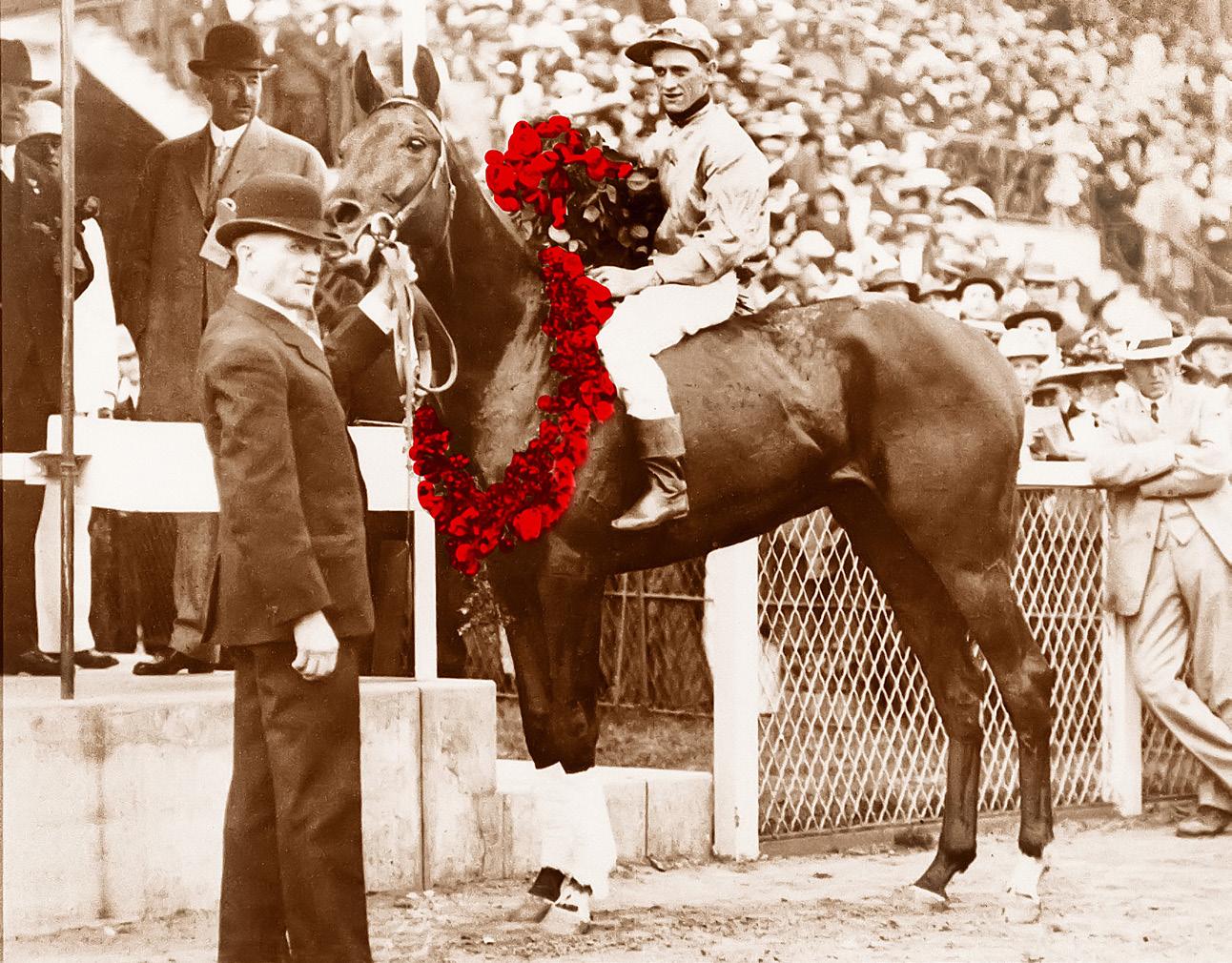
Winn also lowered the minimum bet to $2 — and the term “$2 bettor” cemented itself into racing argot. For Churchill Downs, the best aspect was a built-in flow of revenue.
Matt Winn, by now a full Kentucky Colonel Matt Winn, had saved Churchill Downs, and now would set his sights on making the Kentucky Derby bigger than life.
All he needed was a little luck to get into stride.
The luck began arriving in 1913, when extreme longshot Donerail won the Derby. Under Winn’s new betting system Donerail returned a whopping $184.90 on a $2 bet. That was news that made the news all across America.
Old Rosebud won in 1914, and he was a good horse who won 40 races in his career. Old Rosebud was owned by Louisville distiller Ham Applegate – and I’ve never figured out if the bourbon was named for the horse, or the horse was named for the bourbon. (And please don’t tell me.)
The good luck string continued in 1915 when Regret became the first filly to win the Derby. On hand for the victory was society owner Harry Payne Whitney, a genuine Broadway “Stage Door Johnny,” who declared, “Isn’t she the prettiest filly you ever saw. I don’t care if she never wins another race, or never starts in another race. She has won the greatest race in America and I am satisfied.”
Those words not only made the sports pages, they appeared in society columns back in New York. The problem of getting New York stables to run their horses in the Kentucky Derby was solved forever.
In the coming decades, Winn would parlay great horses, interesting people and breathless news coverage – with a bit of his own charm -- to build the Kentucky Derby into not just “America’s greatest race,” but a world-wide sporting event.
We’ll find out more about that in Part II of the Derby story, running in the April Voice.
And just taking along the idea, if Col. Winn were in his box in Section 320 (still held by family descendants) for the 150th running of the Kentucky Derby, he might smile and say, like Col. Clark, “Just what I had in mind.”

KyDerby 150 Regret
CREDIT: Keeneland Collection
“Isn’t she the prettiest filly you ever saw,” declared owner Harry Payne Whitney won the 1915 Kentucky. Photographer Skeets Meadors captured Regret’s beauty at Saratoga.






Regardless if businesses are considering an expansion or if a person is buying their first home, second home or home away from home, this question remains top-of-mind for many consumers and commercial clients.
The interest rate benchmark, set by the Federal Reserve, is called the Fed Funds Rate. Most investment and borrowing rates are based upon this benchmark. For example, the Prime Rate, a base for setting lending rates, is usually 3.00% above the Fed Funds Rate. A Fed Funds Rate of 5.50% equates to a Prime Rate of 8.50%. Because the Fed Funds Rate is so important, pundits may speculate as to when it will drop. I have a few theories on why there is so much discrepancy.
First, let’s look at the age of our workforce. Nearly 60% of our current workforce started in or after the year 2000. In May of that year, the Fed Funds Rate hit 6.50%, the highest in the last 25 years. Since that time, rates have declined, hitting 0.00% during the Great Recession, and staying at or near that level until 2022. During that period, there were a couple of interest rate blips, but when those happened, rates quickly fell back to zero percent. We will call this period, the “Zero Rate Environment.” Most of our workforce and population only knows a Zero Rate Environment. Now that the Fed Funds Rate is 5.50%; the logical expectation is a rapid decline back to zero.
Secondly, when I hear experts espouse a rapid decline, I look to the industry they represent and how rate movement benefits them. Take for example, Wall Street Investment firms. They want low rates so people invest in stocks and not money market depository accounts or certificates of deposit. Or, private equity funds that have built
their business models on a Zero Rate Environment. They need it back so they can make money.
And, then, there are the developers, who have large downtown projects with high vacancy rates. These projects were financed at low rates and cash flowed at high occupancy rates. You can only imagine the effect of refinancing a loan rate from 4.50% to 8.50%. Then, add lower cash flow from fewer tenants and a major problem spreads industry-wide.
Another theory espoused is that rates will decline because it is an election year. Ironically, during the Zero Rate Environment, rates did tend to decline around elections. However, if you dig deeper into the timing, the Head of the Federal Reserve was also up for appointment by the President during those time periods. This fall, Chairman Jerome Powell is not up for reappointment. Maybe, if rates decline at that time, it will be based upon the data, and not politics.
Finally, let’s talk more about the Federal Reserve. They are in quite a quandary. They have a mandate to fight inflation and keep employment high. While inflation has reduced, it still remains stubborn and is dropping slowly. Consumers are still spending and employment remains robust. Until spending or employment drops, the Federal Reserve will most likely hold rates at this level.
But, here is the more complicated quandary: The Federal Reserve has concerns over its own financial situation, along with the large level of the Federal Government’s Debt.
On January 24, 2024, a Wall Street Journal article headline read, the “Fed posts largest-ever annual operating loss of $114.3 billion.” The reason is that their investment income on their US Treasuries is less than what they have to pay to banks at the Fed Funds Rate.
Additionally, the Federal Government Debt has ballooned by a third since Covid. As a country, more of our federal budget is spent on interest costs. This contributes to tremendous inflationary pressure. However, the Federal Reserve needs to keep rates high to fight inflation, but lower rates to reduce their losses and interest rate costs on the Federal Debt. This is quite a predicament.
So, what does all this mean? Perhaps this is the cost of a “soft landing” and not another recession. While $114 billion a year sounds like a lot of money, it is not compared to the trillions of dollars of National Debt. As a nation, we can afford to hold this course for a while and allow our society to become used to the higher rate environment, which is near the 100-year average rate environment. Due to the financial pressure on the Federal Reserve and our National Debt, the pundits may also be correct that interest rates will decline. As for the timing, only the Federal Reserve knows.
While none of us locally can always have a say on national level decisions, it’s in our communities where we see the health of our economy on display daily. Independence Bank is committed to the local businesses and families around Kentucky where we serve. As we navigate the changing rate environment together, we invite you to stop in and see us today. You can find us at our St. Matthews location at 3901 Shelbyville Road or online at 1776bank. com.
 Louis R. Straub, II President Loan Officer Independecne Bank
Louis R. Straub, II President Loan Officer Independecne Bank
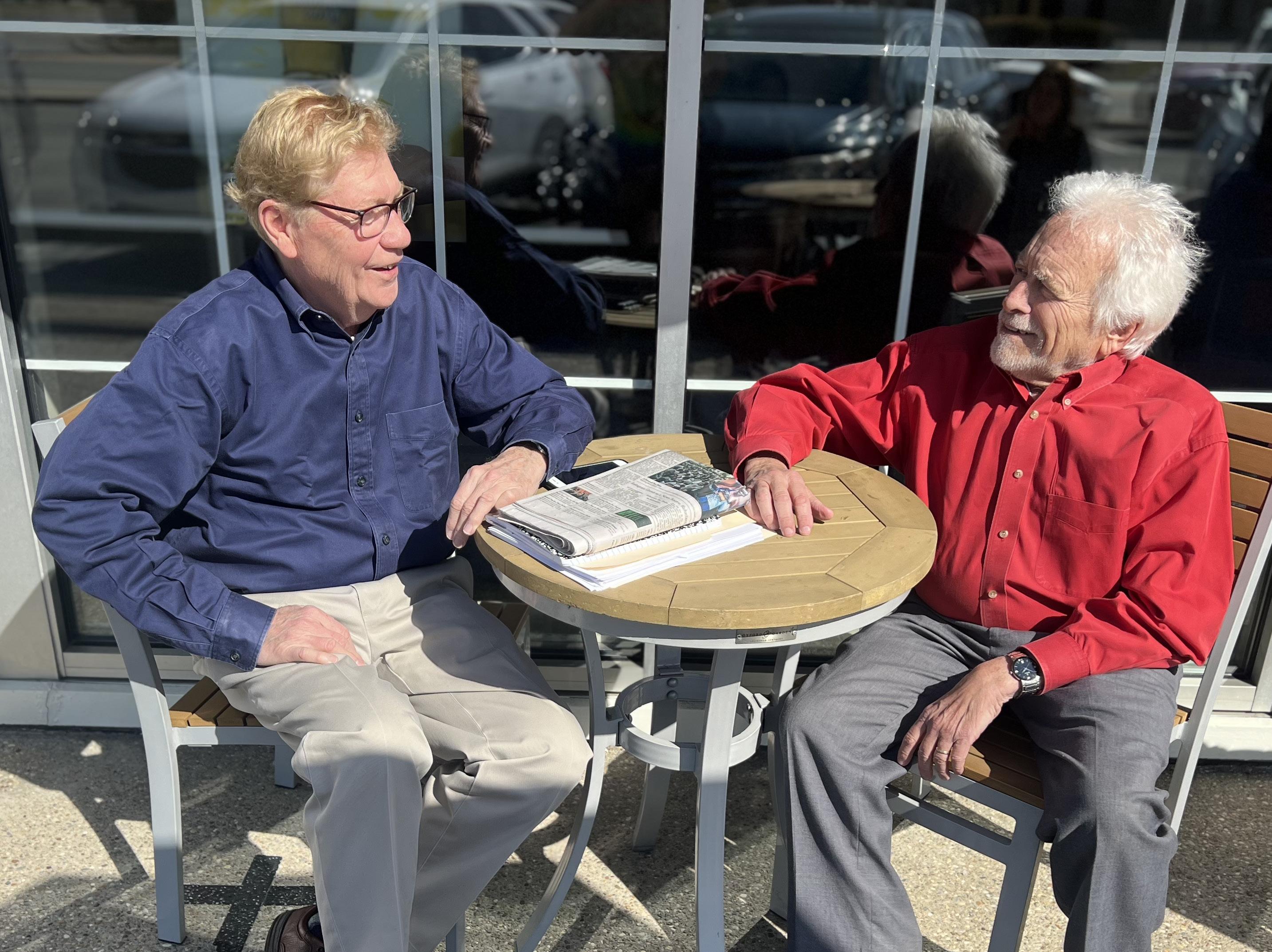
Bill Doolittle and Russ Brown
Bill Doolittle and Russ Brown
Photos by: VOICE-TRIBUNE
Life changing observations on the NCAA basketball tournament from Voice-Tribune sports guys Bill Doolittle and Russ Brown
RUSS: “Well Bill, it’s March and you know what that brings: a Ballin’ Bonanza. Time to talk about bubbles, dancing, madness, bracket-busters, Cinderella and other such staples of Basketball Bedlam. Yes, we are on the verge of the 85th NCAA Division I Tournament, and I’m here to present you and our readers with some knowledge that will help you navigate through March Madness without going mad yourself.”
BILL: “I am breathless, Russ. So much more informative to hear from you than that Chef Loonardee guy says on TV. Go ahead. Cut loose.”

RUSS: “The craziness gets underway with the First Four (play-ins) on March 19-20, two days after Selection Sunday, and ends on April 8 at State Farm Stadium in Glendale, Arizona, near Phoenix. In total over the three-weeks, 68 teams will play 67 games, many of which will live up to the tourney’s reputation for producing exciting buzzer-beaters, upsets and teams from minor conferences that come out of nowhere to earn the right to see if Cinderella’s slippers fit.”
BILL: “Well, everybody loves those La Cenerentola teams, and their buzzer-beaters. Remember when ESPN would shift from one game to another in the final minutes, and seconds. If a game wasn’t close, like Kansas killing Siena, or something, they’d get off that and go to the nail biters. From one to another.”
RUSS: “I do remember. Now every game is televised on 4-5 different networks and you can do the switching yourself.”
BILL: “The NCAA is fun because you see the little schools playing great basketball, like Valparaiso and Northern Iowa laughing at the big-shot teams. Remember Wisconsin-Green Bay? With their fans in those cheesehead hats? Those cheddar wedges were every bit on par with the Arkansas Razorback snout hats. Bill Clinton wore one of those, you’ll remember. I tried to buy one off an Arkansas fan after Louisville came from behind to beat the Razorbacks in Knoxville. Guy just shook his snout and looked at me like I was crazy. I got over the disappointment two days later, when the Cardinals beat Kentucky in the Dream Game. But I got us off track. Take us into 2024, Dr. Russ Naismith. Who do’ya like?”
RUSS: “My two most likely teams to reach the Final Four are no surprise. UConn and Purdue are in a tier of their own, having exhibited the consistency, talent and coaching it takes to get to the promised land, or in this case, the desert southwest. The defending champion Huskies, especially, have it all – talent at every position, depth, an offensive attack that features both inside and outside weapons, a strong defense with rim protectors, and experience on the big stage.”
“After that pair, it’s anybody’s guess, but I think they will come from among this group: Tennessee, Houston, North Carolina, Auburn, Kansas, Duke, Arizona, Alabama and Illinois. I know that’s a large group, and there are even more teams that could get hot and charge all the way to Phoenix. Notice Kentucky is missing. Earlier in the season, I thought they had a good chance, but they have severely underperformed based on their talent.”
BILL: “I think Kentucky was better in December, before they fell in love with the idea of 21-feet of 7-foot centers. That Zvonimir Ivisic may be a pro talent, but I don’t think Kentucky is nearly as tough as it was when Reed Sheppard was getting the ball to their 6-7 shooters – and down went the threes. Of course, nobody would actually wish to play Kentucky in any NCAA tournament.”
RUSS: “The next tier, with teams capable of advancing deep into the tournament but falling short of the Final Four includes Marquette, Wisconsin, FAU, Creighton, Dayton, Colorado State and St. Mary’s. And watch out for Richard Pitino’s dangerous New Mexico team.”
“My vote for a Cinderella candidate goes to Indiana State, which hasn’t been heard from in decades, but is having its most successful season since Larry Bird left Terre Haute after losing to Magic Johnson and Michigan State in the 1979 national championship game.”
BILL: “Well I can certainly root for Indiana State. And I know what their nickname is – as do you. How about our readers? Pop Quiz: Two points for Indiana State’s nickname?”
RUSS: “Here is a hint. It’s the only university to designate a tree as its nickname. However, the unofficial mascot of Stanford’s Band is the ‘Stanford Tree,’ and the school actually has a mascot dressed as a tree. Not to be outdone, Delta State’s mascot is the Fighting Okra. Here are some other unusual nicknames, though none are likely to qualify for the Big Dance: The Campbell Fighting Camels (mascot Gaylord the Camel). Idaho Vandals, who earned the name decades ago because they played so fiercely, they were said to “vandalize” opponents. The origin of the name isn’t very complimentary since the original Vandals were a 5th century Germanic tribe portrayed as barbarians who sacked Rome. Then there’s the Presbyterian Blue Hose and the St. Bonaventure Bonnies -- an improvement from the previous “Brown Indians.” Plus the University of Missouri,-Kansas City Kangaroos. Bill, you are welcome to try and top those if you want to give it a shot.”

BILL: “Easy. Heidelberg Student Princes. But, Russ, didn’t you have some other Cenerentola …”
RUSS: “Wait a minute. I’ll bite. What is a Cenerentola?”
BILL: “Cinderella. The Rossini opera. Where have you been?”
RUSS: “Of course. That team I like is Samford, coached by Bucky McMillan. If nothing else, the Bulldogs’ fast-paced ‘Bucky Ball’ style featuring lots of 3-pointers deserves notice. We’ll see how it all shakes out when March Madness gets underway March 19 after Selection Sunday on March 17.”
BILL: “Maybe Bucky McMillan, or Josh Schertz at Indiana State, would be a good candidate to coach Louisville when the school finally replaces Kenny Payne. In the meantime, as Louisville takes ANOTHER year off from the tourney, I might root a little for Purdue. The Boilermakers have won 25 Big Ten championships, but no NCAA crown — and their fans could use one. I remember Rick Mount shooting fall-away 25-footers in Freedom Hall, trying to keep Purdue in the game with Lew Alcindor and UCLA. Maybe this year can finally be Purdue’s year. Key player: Fletcher Loyer.”
RUSS: “Here are some tips for those filling out a bracket. First of all, pay attention to certain parameters from KenPom.com. Every champion in the last 10 years has shared this criteria: at least 92 defensive efficiency; 120 offensive efficiency; effective field goal percentage of .540; assist/turnover ratio of 1.35; 3-point field goal percentage of .370; points per game 78; steals per game 9% of possessions.”
“Some other advice: Don’t overlook the First Four play-in games composed of the four lowest seeds. Since its inception in 2011 a First Four team has gone on to win at least one game, and No. 11 seed UCLA advanced to the Final Four, where it lost to No. 1 Gonazaga 93-90 on a buzzer-beater.”
“Don’t pick a 5 seed to win the title. Every seed from 1-8 has produced a champion except No. 5. Pick at least one 12 seed to beat a 5 in the first round, which has happened in 31 of the last 36 years. Of course, the trick is which 12.”
BILL: “Did you learn all that from KenPom? I thought that was a men’s toiletry. Like lilac powder. No, just kidding. I know KenPom is a serious statistical source. But I imagine it is like Beyer Speed Figures at the track. You study all those figures … and it just gives you the favorite.”
RUSS: “Speaking of favorites, don’t automatically move all No. 2 seeds to the Sweet 16 because in 22 of the last 24 tourneys at least one 2 has been ousted before then. Be wary of picking the No. 1 overall seed to take the trophy. Only three have accomplished that feat – Florida in 2007; Kentucky 2012 and Louisville 2013 (later vacated due to NCAA violations). Ignore the Big Ten when forecasting a champ – the last team from that conference to

prevail was Michigan State in 2000. Also, no western team has won the crown since Arizona stunned UK in 1997, Rick Pitino’s final season as UK coach. Gonzaga and Kansas are early locks as the only teams to appear in every tourney since 2008 without losing a first-round game.”
BILL: “I think you may be onto something with the No.2 seeds. They do seem to find a much bumpier path to the Final Four than the No. 1’s. My best bracket tip is to find the over-rated fourth and fifth place finishers from the pooh-bah conferences and throw ’em away at first opportunity. I don’t want Iowa and Georgia. I’m also not interested in also-rans that win conference tournaments. In fact, I totally ignore the conference tourneys. Take that entire week off from basketball. Maybe get down to Florida to scout prospects for the 150th Kentucky Derby. Catch a Spring Training game.”
“Anyhow, when I get back to town the bracket will be out, and I’ll be unfogged by Chef Loonardee and the Talking Heads. The pool I get in awards points progressively toward the finals, and I know the money is in the No. 1 seeds. Seeding, of course, is inherently unfair. It’s so … country club. But it works for the big shots. Down-bracket teams I imagine are fairly included, but seeding is mostly about feeding No. 16 seeds to No. 1’s and lining the favorites’ paths with palm fronds. So I’ll pick three of my Final Four teams from probable No. 1 seeds: Purdue, Arizona and North Carolina. All playing well now. Then look for somebody to stun Connecticut. That might be a good job for Tennessee, if the Volunteers happen to land in the East Region. Send the Huskies home – the hard way.”
RUSS: “You were doing all right till you got to the part, Bill. It won’t be the Huskies heading home with their tails between their legs.”


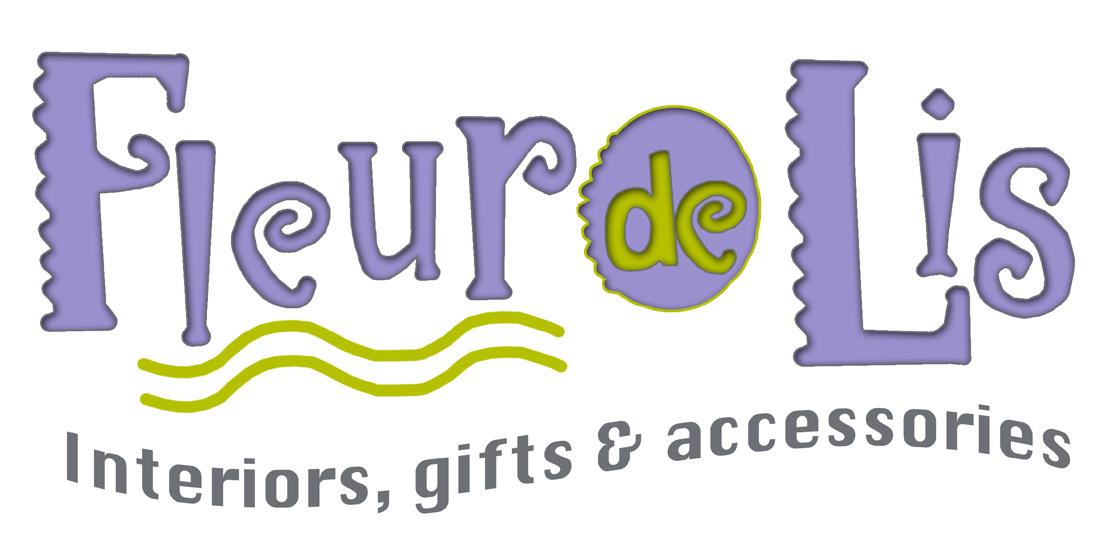

 Photos provided by: Erin Chapman
Photos provided by: Erin Chapman
Laura Rice may be one of Louisville’s top realtors, but she didn’t begin her career in real estate. In fact, for nearly a decade she worked in the legal field as a divorce attorney. But her circuitous route to working for Lenihan Sotheby’s International Realty has actually been a massive advantage to her — and one that she has passed on to her clients.
Lenihan Sotheby’s International Realty opened its Louisville office in 2011. Over the years, Rice has witnessed the dramatic changes in the housing market and helped clients navigate a host of life milestones, such as buyers looking to add an investment or seniors wishing to downsize. Her legal background makes her uniquely adept at handling these more complicated circumstances, as well as the everyday ones. As spring approaches, so too does the busy season for buyers and sellers. If you’re preparing to enter this bustling market, buying or selling a home, or just a real estate enthusiast browsing the online listings, Rice has some expert advice. Below, Rice discusses with VOICE-TRIBUNE how she became a real estate agent, why she loves helping match buyers with their dream home and her predictions for the future market.
Can you tell us a little about your background?
“I have lived in Louisville for 23 years. Before getting into real estate, I was a practicing divorce attorney for over nine years. At age 35, I decided I did not want to do that work for the rest of my life. I wanted to do something that helped people, but was more positive. Real estate allowed me to combine my love of people with my love of architecture and the negotiating and contract skills I obtained as a lawyer.”
What drew you to real estate?
“I have always enjoyed looking at homes, even when I was not personally in the market to buy or sell. I am always drawn to architecture and floor plans, even in magazines. Just a few days ago, I printed out some accessory dwelling unit plans from one of my favorite magazines, as I am considering building one at my home. I love to analyze how a particular home will or will not work based on individual needs. Basically, I took something I love to do and turned it into my career.”


What is your favorite part of being a realtor?
“I love helping people find their dream homes and I love finding creative ways to get my clients the best deal. Having a lawyer as your Realtor is advantageous in so many ways when it comes to negotiating, contract language, and problem solving.”
Can you tell us a little about Lenihan Sothebys?
“Lenihan Sotheby’s is the leader of luxury sales in Louisville. Being affiliated with a luxury, global brand with the best marketing tools in the business serves my clients well. Also, through the brand, I have developed relationships with so many other agents. Those relationships provide access to constant learning opportunities, and have helped me implement systems consistent with the most elite agents across the globe. These relationships also allow me to market my client’s homes far beyond Louisville.”
What is your advice for Louisville buyers and sellers given the current market?
“So far, 2024 is shaping up to be a competitive market. Interest rates are on the decline and people seem to have accepted that rates are higher than they were in the past. With limited inventory and high demand for housing, I am already seeing multiple offer situations resurface. I predict the advantage will be in favor of sellers this year.”
Is there anything that makes the Louisville market unique? Any distinct challenges or benefits?

“Louisville is a great place to own real estate. We are a stable market. Louisville is also much cheaper than surrounding cities such as Nashville. The biggest challenge we are faced with now is lack of inventory. Our inventory still has not recovered since Covid. Higher interest rates mean many people will continue to hang onto homes they own at a lower interest rate. This is what will continue to drive the competitive market and price many buyers out.”
What are the best and worst times of the year to buy and sell?
“Buying; there can be advantages to either. In spring and summer, there will likely be more inventory to choose from, but there are also more buyers looking at this time, so the market can be more competitive. In colder weather months, buyers may be more likely to find a better deal, but inventory is typically lower, with some sellers not wanting to list or move in winter months or around the holidays. If your goal as a buyer is to get a better deal, colder months may be the most advantageous window to buy. In my experience, the best time for sellers to sell their homes is between February and July. The Louisville market is a steady market, but sellers seem to have the advantage in these months when there are more buyers actively shopping. If your goal as a seller is to get the most money for your house, sell when the most buyers are actively shopping.”
Any predictions for the future of the real estate market?
“As long as the demand for housing continues to outpace the supply, I believe the residential market will remain strong for the next several years.”







Photos
By: Willow Tree ImagingSponsored Content
With the arrival of spring and the anticipation of the 150th Kentucky Derby and the PGA Tournament in May, it’s the perfect occasion for homeowners to consider refreshing or designing their outdoor living spaces. For over 20 years, Ben Palmer-Ball, owner of Digs Home and Garden in St. Matthews, offers a wealth of knowledge on creating the perfect outdoor retreat. His thoughtful curation of their outstanding selection of outdoor furnishings and accessories invaluable for anyone looking to enhance their home’s exterior.
Ben Palmer-Ball’s inspiration for Digs Home and Garden was rooted in his personal journey and the distinctive charm of Louisville. After returning from California in 1999, he sought to fill a void in the local market by offering a resource for quality outdoor goods. This endeavor was not just about importing a concept from California’s perennial outdoor lifestyle but adapting it to fit Louisville’s unique climate and cultural context, which allows for about eight or nine months of outdoor living annually.
The initial focus of Digs was more aligned with gardening—offering quality tools, heirloom seeds, and the like. However, it soon became evident that the community’s interests leaned more towards visually appealing outdoor spaces rather than gardening. This pivot was a direct response to customer feedback, a testament to the store’s customer-centric approach. Over time, Digs expanded its inventory to include outdoor furniture, planters, and decorative pots, evolving into a premier destination for those looking to enhance their outdoor living areas.
The selection at Digs Home and Garden is carefully curated to align with the tastes of Louisville’s residents. The local preference for timeless designs and materials has guided the store’s offerings, ensuring they cater to the space constraints and stylistic preferences of the Louisville community. “Not many people in our community have the vast wide open spaces where you can utilize large scaled furniture items,” explains Ben. “So we’ve learned alot about scale, materials, and fabrics that are perfect for Louisville porches, patios and decks.”
Digs Home and Garden prides itself on offering an array of high-quality brands that cater to the diverse needs and preferences of its clientele. Summer Classics stands out for its wide variety of materials, fabrics, and styles, making it a versatile choice for Louisville’s outdoor spaces. Kingsley Bate is renowned for its quality teak products, offering durability and style in a range of affordable options. Lane Venture has been pivotal in introducing outdoor upholstery to the market, filling a niche with its fully upholstered sofas, lounge chairs, and dining chairs, alongside a selection of wicker and aluminum products. At the higher end, Brown Jordan represents the epitome of luxury outdoor furniture, blending contemporary designs with traditional lines to satisfy a broader audience.
“Since the products we carry are usually very durable and maybe a little bit more expensive than you’d find at a big box store or a discount space,” says Ben, “you can grow a collection over time. The vendors we’ve stuck with have been around for our 20 years in business. So we can always make updates to those collections — even if they’ve been discontinued!” This philosophy of gradual collection building is central to Digs’ customer service, offering a sustainable approach to creating a personalized outdoor haven.
Drawing on Ben’s background as an architect, Digs is able to help clients plan and design outdoor living spaces with an eye toward spatial organization and circulation. Customers frequently come to us with drawings and photographs of their homes, seeking guidance on furniture placement and selecting fabrics and furniture styles that harmonize with the surrounding interior spaces. Ben explains, “We often schedule an on-site visit to get a perspective on orientation and views to make more educated recommendations for furniture styles or placement. Too much sun, too much wind, or tree canopies can impact how we might arrange a space and provide direction for making the right decisions in furniture materials and fabrics.”



Beyond furniture, Digs Home and Garden is a treasure trove of outdoor living accessories. In addition to the functional citronella candles and incense for bug repellent, the store caters to outdoor dining and leisure with a stylish selection of melamine plates, serving ware, and acrylic beverage glasses. These items are chosen not just for their practicality and durability outdoors but also for their aesthetic appeal, elevating outdoor dining to mirror the elegance of indoor settings. The introduction of new lines of outdoor melamine products this year further emphasizes Digs’ commitment to keeping its offerings fresh and in line with current trends.
Accessories such as outdoor carpets and umbrellas add layers of comfort and protection, while lanterns and other decorative items infuse personality and warmth into outdoor spaces. This comprehensive approach to accessories ensures that customers can find everything they need to create inviting and functional outdoor areas, from the basics to the finishing touches that make a space truly their own.
“I hope people come to our showroom and get inspired by the way we’ve put things together and how we style the store,” says Ben. “You can vary textures, collections, materials so that your space evolves with you, your personality, and your family.”
Looking to the future, Ben Palmer-Ball envisions continued growth and evolution for Digs Home and Garden. Explains Ben, “The technology is just making such leaps and bounds — not just with weather resistant fabrics and materials but also accessories. Outdoor lamps now are rechargeable! You can bring them inside, charge them up, and have them go for six or seven hours outside during your garden party”. The goal is for customers to experience a seamless blend of functionality, durability, and style, reflecting an indoor aesthetic in outdoor settings.
As Digs Home and Garden prepares for its spring arrival event on March 14th, featuring a book signing with Carloftis, it’s clear that the store remains a vital resource for those seeking to enhance their outdoor living experiences. Whether starting fresh or building upon an existing collection, Digs offers solutions that promise beauty, functionality, and durability for Louisville’s discerning homeowners.

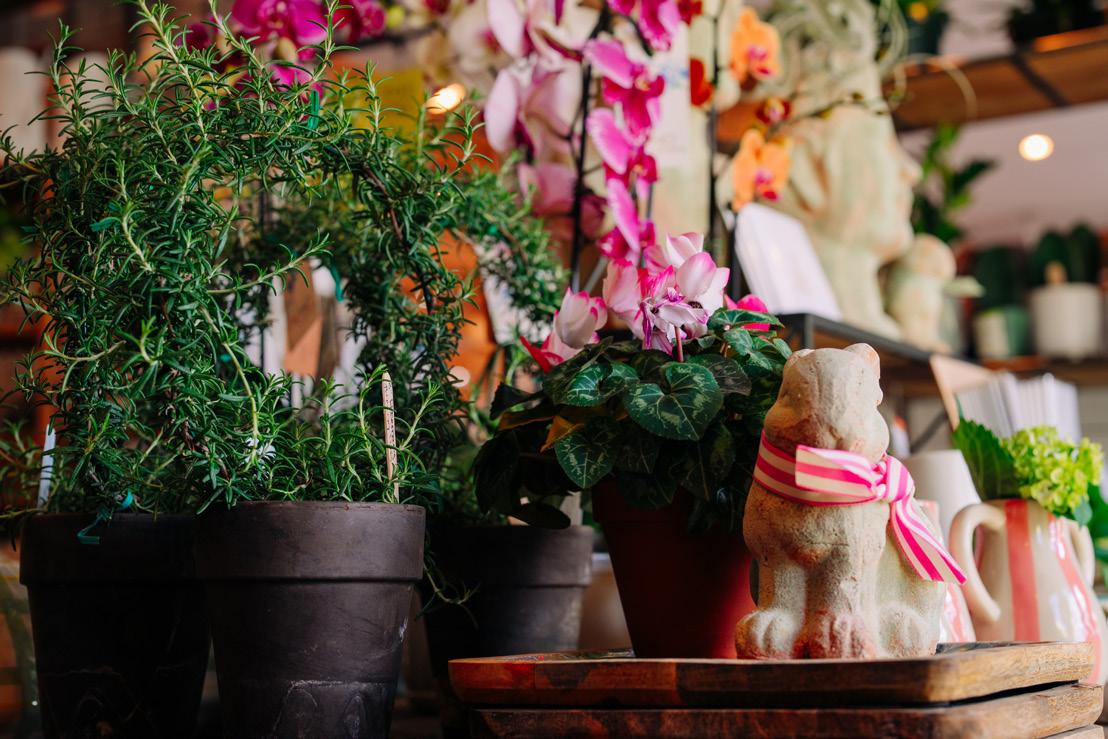

Nestled in the heart of St. Matthews inside Digs Home and Garden (Chenoweth Square Shopping Center), Petals Louisville stands as a testament to the beauty and elegance of floral artistry. From its humble beginnings to its current status as a premier floral boutique, the business offers a variety of seasonal house plants, custom containers and exquisite floral arrangements, along with unparalleled service to its increasingly growing local clientele.
In addition to the delightfully well-curated boutique experience, Petals stands out for the personalized care and expert guidance provided by co-owners Nique Freese and Jeff Wallitsch. Known to inspire each other as creative “muses,” their synergy is evident as they often complete each other’s sentences.
The pair met twenty years ago while Freese was shopping inside Wallitsch Nursery and Garden Center. Jeff, whose background is in horticulture and elementary education, is a third-generation member of the Wallitsch family who grew up in his family’s nursery. Nique, who earned a degree in accounting, grew up in a family of gardeners and quickly discovered she wanted to spend her time surrounded by plants and color.
The two quickly bonded over their deep love of gardening and passion for container design; in fact, they are such close friends they miss spending time together on Sundays when the store is closed.
“I always joke that this is the longest relationship I have ever had,” said Wallitsch. “We met at Wallitsch Nursery. When Nique started her custom container business, I was working there; she bought the plants and our friendship evolved.”
“I think we always knew that we wanted to do something together,” said Freese. “It’s really hard to find somebody you want to spend every day with. We make each other very happy and we try to reflect that in the store because we do love the store and we love the location — and we love what we’re accomplishing. I think just doing that with a person who makes you happy every day makes it really pretty simple — and we make each other laugh.”
After creating custom planters in Louisville for over fifteen years, Freese and Wallitsch eventually decided to go into business together; they


now operate Petals along with Wallitsch Nursery. What started as a modest shop has bloomed into a beloved destination for those seeking floral inspiration, distinctive arrangements and captivating designs that reflect the unique vision and personality of its clients. From classic bouquets to avant-garde creations, the florals and plants are meticulously crafted to each customer’s needs. Whether for indoor or outdoor spaces, the Petals team oversees projects from consultation to installation.
Harmoniously blending color, texture, and form, lush roses, delicate lilies, exotic orchids and vibrant tulips abound inside the store, along with a variety of pre-planted containers and small gift items. A variety of bouquets are available for purchase daily; known as a “grab and go” service, these have quickly become a bestseller.
Beyond traditional floral arrangements, Petals Louisville also offers a range of custom services, including rehearsal dinners, small weddings, and corporate gifting. From intimate gatherings to grand celebrations, the boutique’s team works closely with clients to bring their vision to life and create unforgettable experiences.

Central to Petals Louisville’s ethos is a dedication to providing exceptional service and fostering meaningful connections with customers. Whether a first-time visitor or a loyal patron, visitors can expect nothing short of personalized attention and care from the moment they walk through the door.
To learn more about Petals, visit petalslouisville.com or visit Freese and Wallitsch at 3905 Chenoweth Square.

IS

Replete with over 80 jewel-like painted portraits and manuscript illuminations reflecting the rich and diverse artistic traditions of South Asia from the 16th–19th centuries, this presentation promises to dazzle visitors of all ages and backgrounds.
This pair of themed exhibitions – The Throne, The Chase, and The Heart and Elephant in the Room – presents a rare opportunity to showcase some of the very best examples of South Asian painting to be seen outside of India and Pakistan.
Organized By
Exhibition Support By Rose Mary Toebbe Trust
Rishabh and Lopa Mehrotra
Media Sponsor

Exhibition Season Support By
Cary Brown and Steven E. Epstein
Debra and Ronald Murphy
Sociable Weaver Foundation
Detail:
Two lovers sharing a drink
Rajasthan, Jaipur, ca. 1780
Ink, opaque watercolor, and gold on paper
8 21/32 x 7 9/32 in. (22 x 18.5 cm)
The San Diego Museum of Art, Edwin Binney 3rd Collection, 1990.861

Tickets at speedmuseum.org

Photos provided by: Robert Burge
It is easy to drive past the Bittners showroom on East Main Street without realizing its storied past and exciting future. The unassuming exterior belies a showroom that ignites the imagination and could easily be found in a much larger city such as New York or Paris. Stepping inside is a true delight for the senses, a delectable harmony of lavish contemporary home furnishings alongside one of a kind antique items that feel as though they could have been plucked from an 18th century barn. It’s the balance between these two elements, and inclination towards an effortless, organic feel that Kari Ferris, interior designer at Bittners, strives for in her projects. So, when attorneys Kelly and Brian Brownfield moved into a new home in Anchorage in 2022, they turned to Bittners and Ferris to guide the inspired interior design that made their home a unique retreat, and one that would be compatible with their family that includes two young children.
Opened as a custom cabinet shop by a German immigrant Gustave Bittner in 1854, and purchased by Owsley Brown Frazier in 1982, Bittners has quickly grown to be one of the country’s leading interior design firms. Led by President and COO Douglas Riddle, their dedication to handmade American craftsmanship is evident in every project they do.
Ferris explains that when it came to the Brownfield project she was grateful to have clients that shared a similar aesthetic to hers and were clear on their goals for the space. “This was a client with very good taste,” says Ferris, “with a taste that aligned and that’s always a plus. It’s great to feel connected from the beginning.” Kelly Brownfield, who knew Ferris through her business partner and best friend, had been trying to piece her new home’s furnishings and decor together, but due to shipping delays and logistical troubles caused by Covid decided instead to opt for the “full Bittners
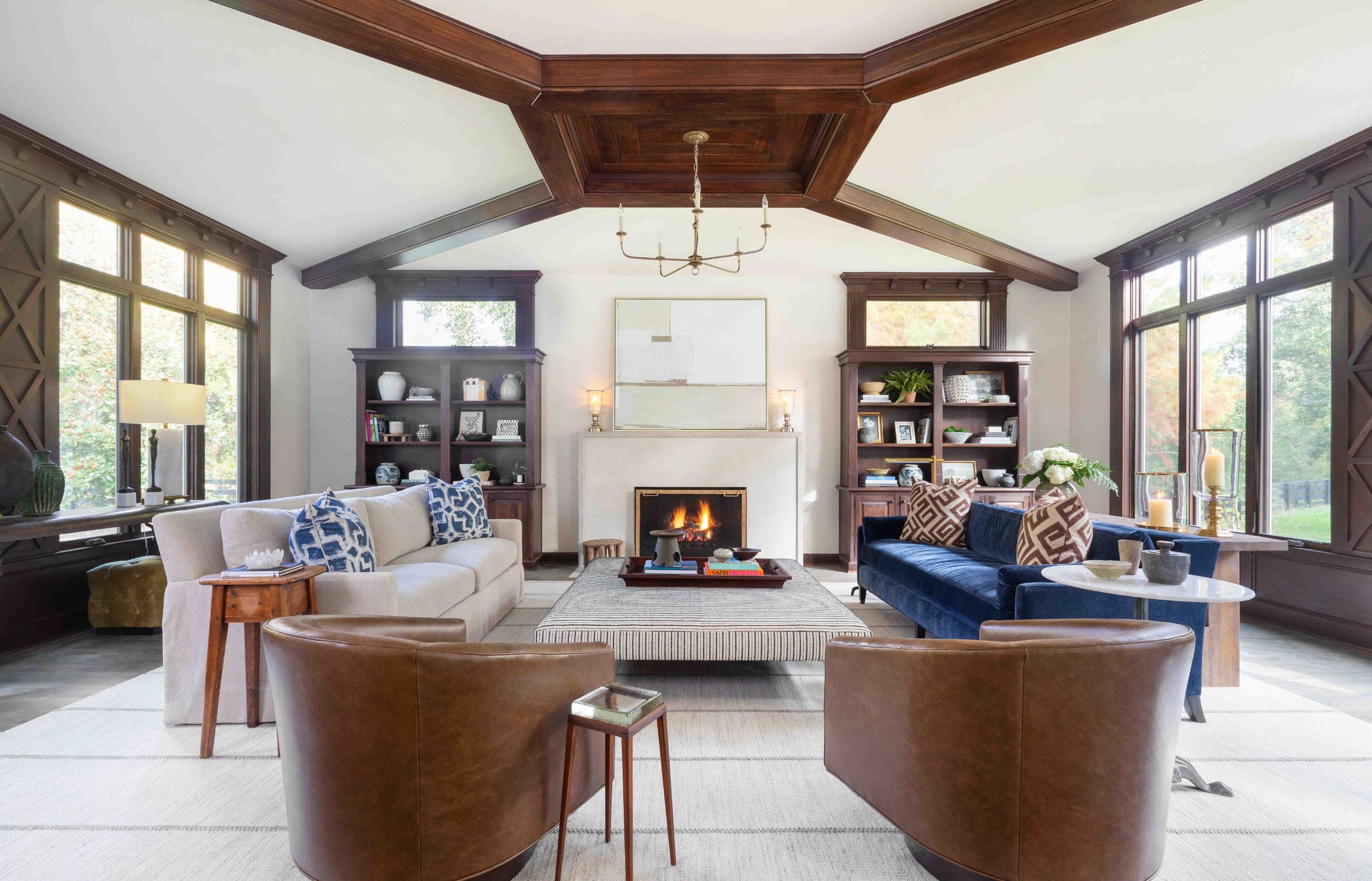
experience.” She wanted a space that was clean, curated, organic, eclectic, natural yet sophisticated. Ferris described the Brownfield house that was built in 1993 by saying “It is a house that has really good bones and is tucked in a private secluded nook in the woods.”
The Brownfields had moved from a smaller home in the Highlands and this transition was a perfect opportunity to invest in some truly high-quality furnishings and conceptualize their ideal home interior from scratch. The final product yielded a space that feels light and airy, full of materials that bring the natural world indoors and contrast contemporary pieces alongside antiques. As you enter the foyer you are greeted by 20th c. Japanese Roku pottery and 20th c. Brutalist poured metal sculpture. The living room is truly spectacular with floor to ceiling windows that, unencumbered by curtains or blinds of any kind, invite the eye to view the outdoor scene as a work of art. The original wooden fireplace mantel was replaced with a modern plaster design and limestone frame. The clean, contemporary lines of the refinished fireplace are juxtaposed against a 20th c. traditional African stool that sits by the hearth. Other items such as a hand crafted Bittners bourbon table, collection of terra cotta vases and blackened clay storage pot bring a worldly, eclectic feel. In the center of the room flanked by two large sofas is a grand scale cocktail ottoman with old Moroccan legs. The space feels sumptuous while remaining approachably casual and inviting.

The kitchen, which needed no renovation, is complete with large marble capped island and ample space for a table of eight flanked by the graceful lines of six wishbone chairs and an upholstered captains chair at each end. From the table diners can enjoy the view of the backyard and outdoor fireplace. Off the kitchen is a modest porch with sustainable furnishings from Palecek, rustic 20th c. bench with kuba cloth and woven pillow accents.
Ferris mentions that one of her most important goals when designing homes is for them to be distinctive and tailored to each client, “The worst is walking into a house and being able to recognize things… its inevitable to some degree,” she says, “But I think that the biggest benefit with Bittners, more than anywhere else, you can create a home that is unrecognizable. I think that’s the goal. You can’t just walk into a store and buy that.”
Ferris, comes from a lineage of visually inclined creatives; her maternal grandparents were both architects that studied under Frank Lloyd Wright and she too is influenced by Wright’s preference for simple lines and designs that take inspiration from nature. For those who yearn to create a space they love Ferris advises, “just personalize things. You’re not filling a space just to fill it.” Artwork in the home can be particularly personal. Ferris describes the care she once took to find the appropriate photograph of a Bison for one client who believed the creature to be his spirit animal.

This meticulous attention to detail makes sense when we remind ourselves how important the spaces we reside in are. Our homes are the most important nexus for life events, the big ones as well as the everyday minutiae that define us. Creating a space that honors this means understanding the profound way space, color and the objects we coexist with can affect us. In an era of fast fashion and instant gratification, Bittners brings a curated thoughtfulness that is well worth the wait.





Michelle Cason Gahm is an associate broker with Kentucky Select Properties and the first in the company to have a dual license in both Kentucky and Indiana. While she’s busy helping to propel Kentucky Select Properties’ growth into a new market, Michelle took time to chat with VOICE-TRIBUNE about her new reality in realty and what it’s like pursuing this exciting and ever-changing career path.
Tell me about your current role. What’s a day in your life look like?
“I am a realtor at Kentucky Select Properties, licensed in both Indiana and Kentucky. A typical ‘day in the life’ of a realtor does’t exist! That’s part of why I love it so much! Every day varies, so it’s hard to sum up what realtors do even in a few paragraphs. There isn’t a day in my life that doesn’t involve real estate in some form or fashion. I am either with clients, talking to vendors and other agents, negotiating contracts, preparing listings to go to market, searching for properties (both on and off market) for prospective buyers, at closings, attending inspections, touring homes – the list goes on! To sum it up, I’m in my car, on my phone or in houses a LOT!”

How is this new position different from those you’ve held before?
“Prior to becoming a realtor, I held some fairly traditional corporate roles in sales, project management and consulting. I actually managed a pizza restaurant for a bit too! All of those roles have served me so well in the world of real estate. I can’t imagine doing this job without some of the skill sets I learned in my prior professional life. I’m definitely in the field more than ever and face to face with the client more than I ever was behind the ‘corporate wall.’ I love being able to see firsthand the impact the services I provide have on individuals and families. It is by far the most rewarding profession I have been a part of.”
When and how did you first get involved in real estate?
“After years of considering getting into the profession, some corporate burnout made me finally pull the trigger in 2018. It really was a long time coming. I had been an armchair realtor for the better part of a decade! I also felt that all of my previous career experience had readied me to the best realtor I could be. I dove in headfirst and have never looked back!”

What’s your favorite thing about your job?
“Being a problem-solver, confidant, educator, liaison, cheerleader, connector, protector and advocate for my clients. Good agents don’t take enough credit for the impact they have on people’s lives. We wear all of the hats. We are there for some of the happiest and some of the saddest chapters in people’s lives. It’s hard to do this job without heart, grit and thick skin all at the same time. I also love the cross transactional teamwork with other agents and the vendors we sometimes have to bring to the table. We are all on the same team working toward the same end goal! It really takes a village to create and maintain a smooth transaction.”
How did you come to have a presence in Indiana? And why is that particularly significant?
“While I currently live in Kentucky, I am originally from Indiana. I became licensed in Kentucky first and then, while pregnant with my second child (and during Covid), I decided to get licensed in my home state. It just made sense from a business and personal perspective with the connections forged over the decades I spent there. My becoming licensed in Indiana heralded in a new era for Kentucky Select Properties. Prior to me getting my Managing Brokers license in Indiana, Kentucky Select had not had a presence in the market. Not only do we now have presence, but we are growing our team and our market share. It is so exciting to be able to represent a company that I’m proud of in a profession I am proud of in a place I hold so dear.”
Any especially fun or fond memories from your career you’d like to share?
“Where to start?! I have so many memories and relationships that I’m so grateful for because of real estate. Real estate can be a rollercoaster, especially in the markets of late, but that makes the wins all that much sweeter. Celebrating a closing with my clients, especially my first time homebuyers, is a feeling that can’t be beat.”

To match our March Real Estate and Lifestyle theme, we discovered some Home & Garden articles from past volumes.








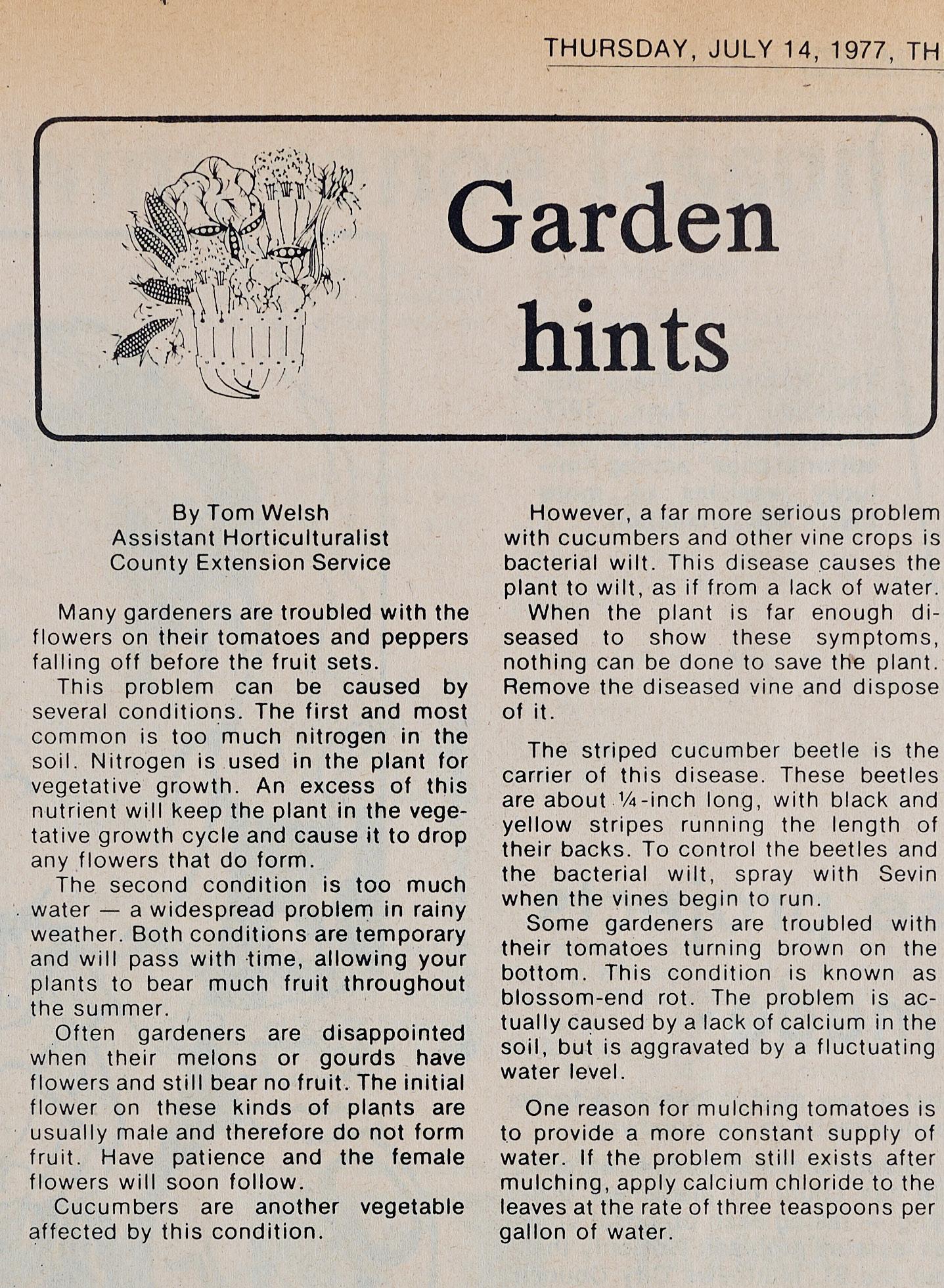
















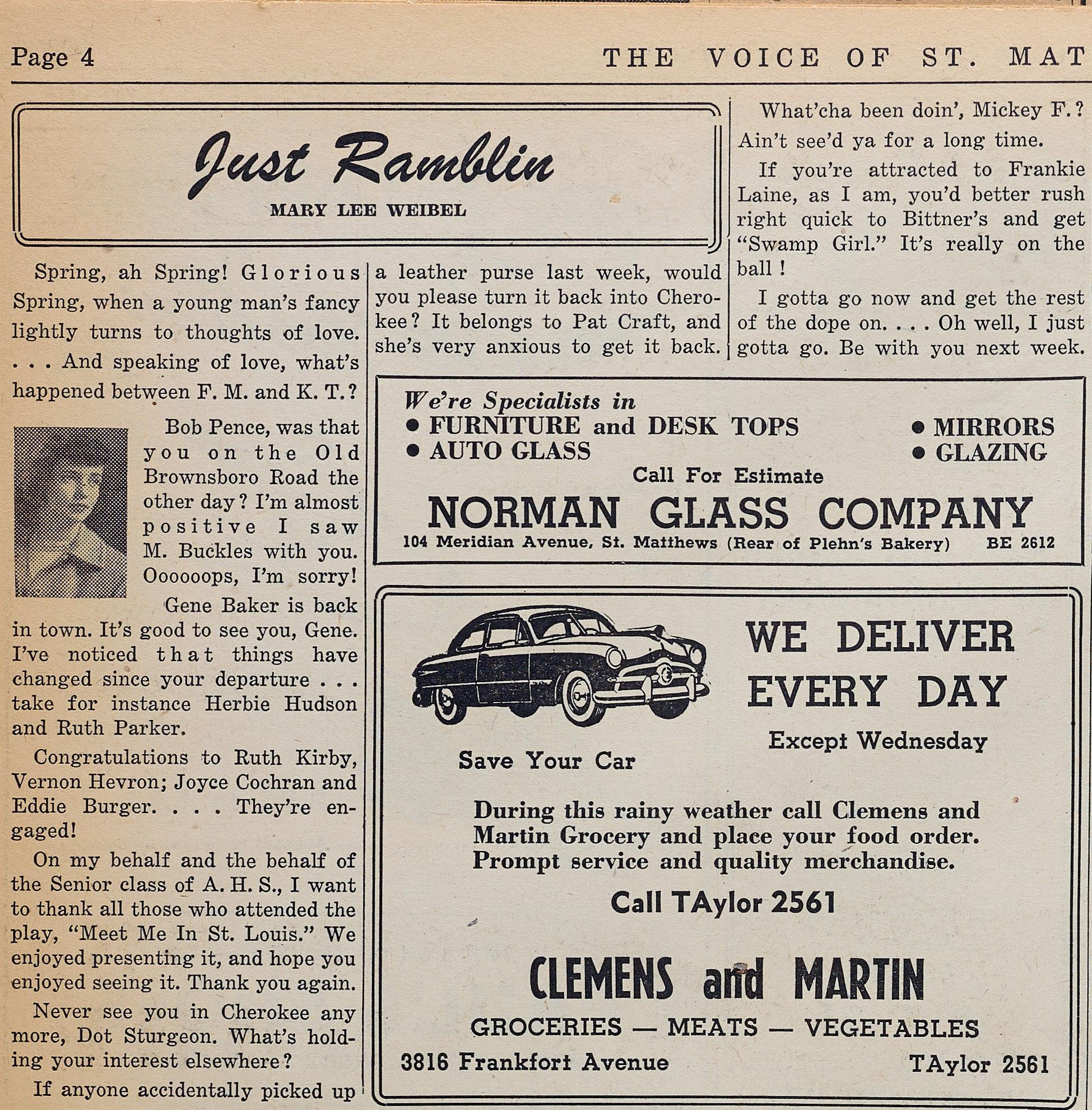












THE VOICE-TRIBUNE DERBY WRAP UP RETURNS THIS MAY TO COMMEMORATE THE 150TH RUNNING OF THE ROSES!
DERBY WRAP UP WILL INCLUDE:
• COVERAGE OF THE TRACK • CELEBRITIES
• THE BEST PARTIES & EVENTS OF DERBY SEASON
TAKING SPACE RESERVATIONS NOW DON'T MISS OUT!

Shelby Simpson and Steve Wilson recently relocated to Westport Village to offer their customers expanded accessibility, safer parking, wider sidewalks for strolling, an expanded retail space, and a variety of dog-friendly retail neighbors and finally, an outdoor event space. Below, Simpson shares his business background, best sellers (including a few healthy options for cats) and a few “pet peeves’’ with VOICE-TRIBUNE readers.

How long have you been in business and why did you decide to relocate?
“We opened in 1999, so this marks our twenty-fifth year of being Louisville’s most ‘pupular’ place for dogs and their people. Chenoweth Square in St. Matthews had been our home until now, but we are excited about our recent relocation to Westport Village near Lyndon, at the intersection of Herr Lane and Westport Road. Accessibility and safety are important since we encourage people to take their dogs to the bakery. We love Westport Village’s central location, especially its close proximity to I-264 via Westport Road’s easy Expressway on/off ramps. Plus, this neighborhood is home to several other premier pet-related businesses with whom we share clientele, including Kentucky Humane Society and The Pet Station Country Club. Our move creates customer convenience, plus it’s a chance to reach more dogs who might not have discovered us before.”
Tell us about the products you offer and any future products you plan to introduce. “We pioneered the concept of a bakery for dogs, and we bake our treats onsite daily in our open kitchen. Also, we were at the front of the pack to focus on wellness. From the beginning, our goal has been to offer the healthiest treats and foods. That means using and sourcing only all-natural, human-grade ingredients without adding salt, fattening granular sugar or artificial colors found in most commercial pet food and treats. We offer several standard sizes, shapes and flavors of Celebration Cakes for birthdays,‘gotcha’ days and special occasions. We can create custom cakes with one-of-a-kind designs, too. Of course, we make a low-fat frozen treat in several flavors called ‘Lickety-Split.’ (Many don’t know human ice-cream is harmful to dogs’ digestion). Importantly, our relocation allows us to refresh and expand our boutique retail space by adding several ultra-premium brands of dry, wet and frozen dog food, which prior space limitations prevented. We have a few healthy options for cats, too. Our self-service Biscuit Bar is the bakery’s most ‘pupular’ feature because customers can scoop (by the pound) treats in a variety of flavors and sizes, including grain-free options. Plus, customers earn rewards for free treats with every bulk ‘pawchase.’ We are constantly expanding our wall of healthy chews, which include no-hide braids, unbleached rawhide, no-odor bully sticks, dehydrated veggies, antlers and more. On the non-consumable side, we constantly seek the highest quality animal fancies, and we leverage our exclusive vendor relationships to locate unique pet bedding, apparel, collars, feed stations and more. Our customers can always expect to find the unexpected during a bakery visit.”
“Well, we are really two stores inside one. First, we operate a live, working bakery where dogs are not only allowed, but encouraged to visit. Two-footed customers love the freshness and theater our on-site baking provides, while four-footed customers love the scent of just-baked cinnamon or peanut-butter cookies wafting through the store. Second, we manage a ‘re-tail’ boutique alongside the bakery, with an array of the highest quality supplies and gifts for pets and their people. I guess you could say, we are the ‘Cracker Barrel’ for dogs, where they can shop before or after they are fed. Unlike impersonal big-box and online retailers, we listen to and learn about our customers. A huge part of what we do is time spent trying to educate people about the benefits of a healthy diet for their dogs. On the surface, our shop may seem silly and frivolous to some, but there is a very serious and important aspect to our business: improving the health and wellness of our beloved animals. Lastly, we seek vendors who work mostly with smaller, locally owned independent stores like ours. It helps us keep new-to-market products in stock, while supporting other small businesses.”


Tell us about your new space in Westport Village. Please also tell our readers about the upcoming April event, and which organizations it will benefit.
“Customer reaction to our move has been overwhelmingly positive. People are excited and happy about the change, with most citing it being a closer and more convenient trip. So, we are hopeful our existing customers, many of whom have been with us for decades, will follow us, and new customers will find us. In my earlier comments, I mentioned “opportunities” our new home in Westport Village offers. One of the most exciting of those is a new in-store service: a self-serve dog wash “spaw” room. Like our retail space, our dog-wash room is a boutique experience, with the finest all-natural grooming products and premium individual washing and drying equipment in a comfortable, uncrowded space. Because our ‘spaw’ room has only two stations, dogs (and their owners) have a calmer, semi-private and less chaotic experience than visiting a crowded big-box pet store wash.’
“Westport Village management and most of its shops are super pet friendly. That was a big incentive to move there. This relocation also provides us with outdoor green space to host and sponsor dog-friendly special events and fundraisers throughout the year. We didn’t have that in St. Matthews. Our first event is Puppy Palooza on April 13, an annual fundraiser for Kentucky Humane Society hosted by Westport Village, with Three Dog Bakery as the presenting sponsor. It features a day of family fun with dozens of local pet-friendly vendors, food trucks, a photo booth, live music, K9 splash zone, drinks and more… all to enjoy with your dog and to benefit a wonderful cause. We hope to see many old friends and customers, while meeting hundreds of new ones!”
You mentioned you have several “pet peeves.” Do tell!
“I could fill a zoo with all my pet peeves.”
“Well, the thing that angers me most is animal abuse. Animals love us unconditionally and they deserve the same. Louisville is fortunate to have several wonderful organizations dedicated to rescuing and rehoming animals from bad situations. We have been honored to work with many of them during our 25 years of business.”
“Another peeve is people who don’t or won’t pick up their dogs’ poo. That’s a big one! They can always get biodegradable lavender-scented pickup bags from us.”
“Two non-pet related peeves are people who refuse to use their turn signals, and people who litter. Louisville seems to have more than its fair share of both.”
How can our readers reach you to make a purchase?
‘We are located in Westport Village at 1201 Herr Lane, Suite 180B, next to Clater Jewelers. Our phone number is 897-3DOG (3364). The best and easiest way to know what’s happening in the bakery is to like and follow us on Facebook at Three Dog Bakery-Louisville, where we post regularly about events, featured treats, new product arrivals, specials, dog-bakery humor and more. We encourage customers to like and follow the Westport Village Facebook page, too.”

SATURDAY, MAY 4, 2024
10 AM - 12:30 PM
Whether you are headed to the track or somewhere else, come start your Derby day at the KMAC Contemporary Art Museum Derby Brunch. Enjoy delicious food, cocktails, music, round trip transportation tickets to the track and a silent auction featuring Derby and Equine Art.








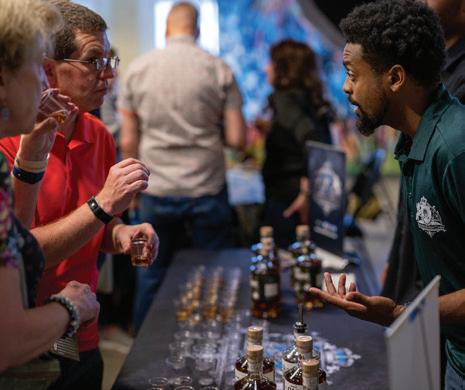





While to those unfamiliar with his story, it could seem to be an doggone exaggeration, there can be no question that EthanAlmighty earned his name because he was within a hair of dying when he was found under a dirty blanket in the parking lot of the Kentucky Humane Society (KHS) on January 21, 2021.
He was freezing to death, had been abused, and his body was shutting down. He was suffering from seizures, numerous lesions and brain damage to his frontal lobe. He would have normally weighed close to 90 pounds; instead he was at 30 pounds. It was estimated he hadn’t eaten a substantial meal in weeks, or even months. He was rushed to KHS vet services and his body temperature was so low that it didn’t register at all. His outlook, obviously, was not good, but that didn’t take into account his heart and his will to live.
Ethan somehow survived and in recognition of her work to save him and oversee his recovery, Dr. Emily Bewley, a graduate of Assumption High and Purdue University who had been with KHS for five years, earned the 2021 Kentucky Veterinarian of the Year Award — the first shelter vet to win the honor. She was assisted by vet techs Angela Mikesell, Jaci Claxton, Rebecca van Schepen and Dakota Arnold.
Ethan eventually joined the family of Jeff Callaway, director of facilities for KHS, and has gone on to fame, becoming one of the best-known and most-honored dogs in the country.

Ethan was named the American Humane National Shelter Hero Dog of the Year in 2023 and Gov. Andy Beshear named January EthanAlmighty Shelter Animal Awareness Month. A 60-by-20-foot banner hangs on the outside of the Downtown Marriott at 280 West Jefferson St. with Ethan posed in Southern Indiana looking across the Ohio River at Louisville. He has been inducted into the Kentucky Veterinary Medical Association Animal Hall of Fame.
He is all over social media, with Facebook, Instagram and Tik Tok accounts in addition to his own website, “EthanAlmighty.com,” where his story is told and various items such as shirts and coffee mugs with Ethan’s picture can be purchased to help further his mission of promoting animal abuse awareness.
As a Kentucky celebrity, it should not be surprising that Ethan is also in the bourbon business. Well, sort of. In partnership with former Louisville basketball star Russ Smith’s Mr. and Mrs. Bourbon Company, a 270-bottle limited release single barrel product that features Ethan’s photo on the label, quickly sold out. Callaway said he expects a new batch will be released later this year.
Ethan appears at numerous charitable fundraising events in the Louisville area and serves as an inspiration to people from all walks of life near and far. Recently, Ethan and Callaway were named Humanitarians of the Year and then Persons of the Year by Personsoftheyear.com. The pair has also received the Governor’s Volunteer Service Award.
“Ethan has connected with people who have never met him all around the country and the world,” Callaway said. “I’ve gotten emails, cards, letters from Australia, China, the Philippines, all over, from people telling me what his story did for them. I think he gives people hope when they
see his resilience and his fight to live. I think it resonated in their own life and gave them the willpower to fight various adverse things in their own life, whether it was losing someone, a medical diagnosis, drug addiction, even thoughts of suicide.
“So I felt an obligation and responsibility to keep his story out there. Then these different awards and recognition came up and it showed me how loyal people who follow Ethan are and how much they love him and believe in his story even though they have never met him. His message is kindness and love and how a kind word might be what gets someone through their day. His posts begin with ‘Do something kind for someone today.’ That kind of blossomed into ‘how can we use animals to help people in the community and Commonwealth?’”
Ethan is a Presa Canario, which is a Spanish breed of large dog of mastiff or catch dog type. It originates in the Canary Islands, and is found mostly in the islands of Gran Canaria and Tenerife. It was formerly known as the Dogo Canario. When he was, he was about nine months old. Callaway made his birthday July 4, so he is nearing four years old and is a healthy and hefty specimen at 130 pounds.
He was initially named by vet tech Dakota Arnold after she learned by researching potential names that Ethan means strong, enduring and firm. She chose the name because the vets knew he had a long road ahead of him if he was going to make it. Callaway later added “Almighty.”
“He is striking and beautiful,” Callaway said. “Through the last couple years, I have gained small bits of knowledge of Ethan’s beginnings. He was sold as a puppy before he was traded for drugs. This is when the abuse and torture began. Thankfully, a neighbor of this abuser came and took Ethan and dumped him in the parking lot after realizing he was so close to death that there was a good chance he would die on the ride to the Humane Society.”
Callaway said he knew he wanted to adopt Ethan the first time he saw him on the vet table. Callaway volunteered to go in at night and take care of him — feeding him, cleaning his blankets and bedding, changing dressings — then started taking him home in the evenings. As Ethan continued to improve, an adoption celebration was planned and on March 10, 2021, he was officially adopted and now shares the Callaway home with three “siblings”, Luna, 7, a great dane; Jinx, 5, a pit bull mix; and Molly, 16, a boxer mix. And they all get along well.




“After three, four days of taking him back and forth, we hit a weekend and he stayed with us and kind of turned back into a dog,” Callaway said. “He spent a lot of time outside with the other dogs, learned how to play, and it was the first time he ran and actually barked again. He kind of came out of his shell and you really saw that personality.”
He actually has a split personality, Callaway said, but not in the sense of a “Jekyll and Hyde.’ Rather, both of his personas are good, but different depending on his environment.
“When he is just Ethan he’s playful, he’s a puppy, he wants to bounce around, play tug, wants to chase you around, play fetch, all those kinds of things,” Callaway said. “But he has this unique thing about him when we go places, whether it’s a gala with 500 people, or somewhere we go to speak, he has this other side of him. He kind of almost knows why we’re there and understands, ‘I’ll behave in a different way, not the playful puppy I am. We’re gonna tell my story, help other animals and some people.’’’
“When the camera comes on he just flips a switch. He’s a big ham. He’s got to be the most photographed dog in the country. I personally have 25-30,000 pictures of him on my phone and all the other people that take pictures of him. People who don’t know who Ethan is will comment on two things: what a beautiful dog he is and how well-behaved he is. He’s lovable and he loves everybody. The other thing people say is, ‘I didn’t know he is so big.’”
In connection with Ethan’s mission, Callaway has spent time in Frankfort advocating for better animal welfare laws in Kentucky. “Ethan’s Law,” HB258 sponsored by District 31 Rep. R-Susan Witten, would strengthen an animal torture law that was passed 16 years ago and is known as “Romeo’s Law,” named for a dog who was beaten in Somerset, Ky. HB258 deals with tougher penalties for those who torture dogs and cats, including moving the violations from a misdemeanor to a felony and officially expanding the definition of torture under the law. The bill would also address concerns about hunters’ dogs.
“It does not mention restraint,” Rep. Witten said of “Romeo’s Law.”“One of the key reasons a pet can be tortured is when it cannot escape.”
Callaway and Ethan appeared before the House Judiciary Committee on Feb. 21 to push for passage and the bill was passed out of committee by a 16 yes votes, with one no and one abstaining. It will now go to the full House, where it is expected to pass easily, and then on to the Senate Judiciary Committee. Callaway hopes it will become law before the end of the current legislative session that ends on March 12. If it does, Ethan and Callaway will deserve yet another round of applause.
“I feel good about its prospects and I think it will really help,” Callaway said. “Studies have shown that a lot of child and domestic abuse and even mass shooters had animal abuse in their backgrounds.”
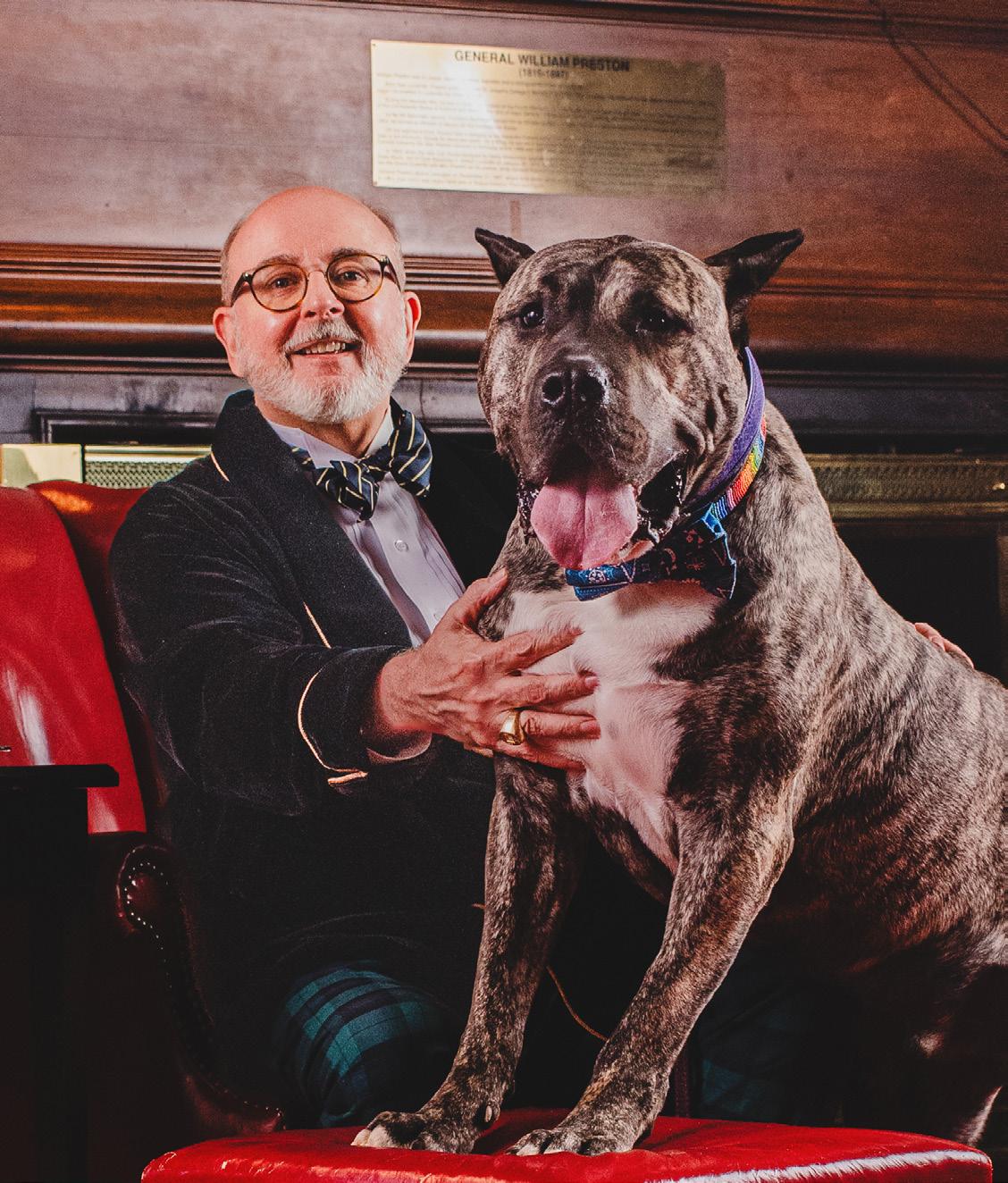
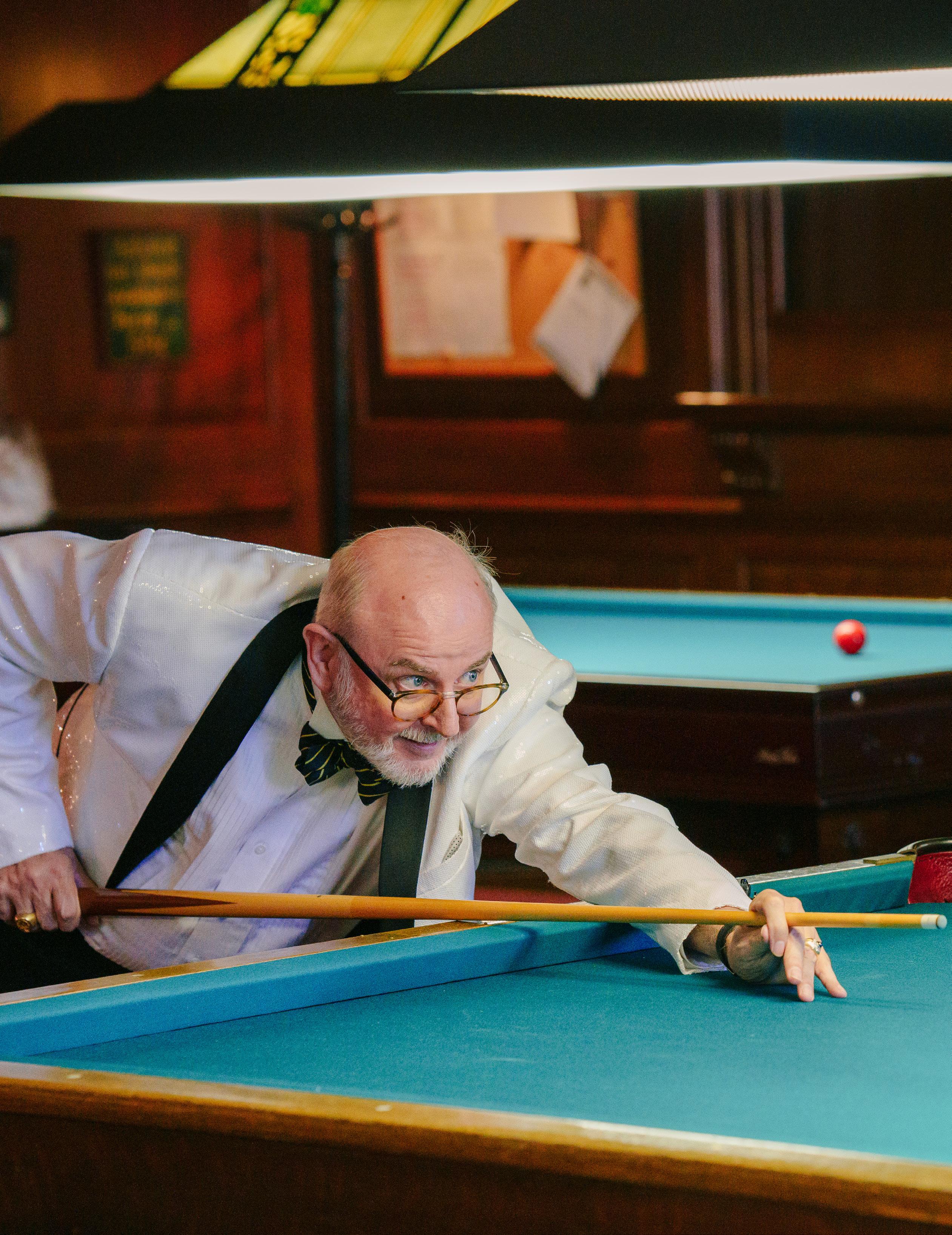








The new season kicks off September 14 with The Planets by Holst! Subscribers are the first to know about new concerts and special events, can attend exclusive sessions with performers and guest artists, access exceptional concierge service, and more!
Already a subscriber? Renew by March 31
The Planets
September 14, 2024
Carmina Burana
October 19, 2024
Ray Chen Plays Barber
November 16–17, 2024
Midori and An Alpine Symphony
January 18, 2025
Teddy Conducts Der Kaiser Von Atlantis
January 25, 2025
Ravel’s Romantic Reverie –A Valentine’s Day Concert
February 15, 2025
Stravinsky’s Firebird
March 8, 2025
Creators Fest
May 10, 2025
Star Trek: Musical Voyage Through the Stars
October 25–26, 2024
Rick Steves’ Europe: A Symphonic Journey
November 09, 2024
Holiday Pops
December 14, 2024
Decades: Back to the 80s
February 22, 2025
A Night of Symphonic Boy Bands
March 22, 2025
Special Guest to Be Announced
April 18, 2025

(Un)Silent Film: Nosferatu
October 23, 2024
The Nightmare Before Christmas November 23, 2024
Raiders of The Lost Ark
February 19, 2025
Harry Potter and the Deathly Hallows™ Part 1
April 09, 2025
Harry Potter and the Deathly Hallows™ Part 2
April 11, 2025
Star Trek: Musical Voyage Through The Stars
October 25, 2024
Handel’s Messiah
December 6, 2024
Time For Three February 7, 2025
Stravinsky’s Firebird
March 07, 2025

If you’re a dog lover, a caregiver, a cancer patient, a person who enjoys volunteering or someone who simply wants to give back to the community by helping a worthwhile organization, Gilda’s Club Kentuckiana has a place for you.
First, some background is in order, courtesy of CEO Karen Morrison, marketing director Suzanne Goldring and Gilda’s Website at gck.org.
Gilda’s Club is named in memory of Saturday Night Live star Gilda Radner, who was diagnosed with ovarian cancer in 1986 and died in 1989 at the age of 42. Radner was supported in her illness by psychotherapist Joanna Bull, who believed in a correlation between emotional and physical well-being. In 1995 Radner’s widower, actor Gene Wilder, and Bull founded the first Gilda’s Club in New York City.
Gilda’s Club Kentuckiana was founded in 2005 by six Louisville cancer survivors and opened its doors in 2007, becoming the first cancer support community of its kind, “with the unique mission of uplifting and strengthening people impacted by cancer by providing support, fostering compassionate communities and breaking down barriers to care.”
Goldring said Gilda’s has served over 20,000 people with 60 different types of cancer, providing a network of support for the cancer community — all free. Among the wide range of 180 programs offered each month are support groups, educational workshops, healthy lifestyle programs like yoga, art and music therapy, and social events.
“We exist not just for the person with cancer,” Goldring said. “But for the whole family and anyone who loves that person.”
Gilda’s main clubhouse is on Grinstead Drive, and another location is Gilda’s West at 17th and West Broadway. Additional clubs will be opening soon in Clark and Floyd Counties in Indiana.
A part of the organization’s program is the extensive use of therapy dogs, and both Goldring and Morrison have first-hand knowledge of the benefits. Goldring has a 2-year-old golden doodle, Ellie, who was named after a longtime Gilda’s Club volunteer and graduated with a therapy dog certification in January.
Morrison, who has been Gilda’s CEO for virtually its entire existence, adopted River, now 2, and had her trained as a therapy dog after she was found on a highway and taken to a kill shelter at 5 months old. The black and tan dachshund was so ill that her survival was questionable. Morrison’s intent was to take her to a vet, hope that she could regain her health and then find her a permanent home. But when that time came, she and her wife, Jennie, had grown so attached that they decided to keep her. It didn’t take long before they realized she would make a good therapy dog for Gilda’s.
“She seems to be a natural,” Morrison said. “She loves it. When people need a dose of unconditional love, she’s willing to provide it, letting people love on her, giving little kisses back. People can be sitting stoically, not super receptive, and they just melt with these dogs. Humans have their guard up with what they share, and they don’t want to get emotional. But with a dog, they seem to let their emotions go, accept the unconditional love and give a bit.”

The program has grown under Morrison’s leadership because she saw such value in it and was able to create a solid infrastructure that has provided support and enjoyment to countless numbers of people.
“We’ve got several regular dogs,” she said. “When we have any big events, I can’t recall when at least one of them wasn’t here. Not everybody engages, but so many do and really appreciate it. Animals can break down those barriers we have human to human.”
Following are thumbnail sketches of several Gilda’s Club volunteers and their therapy dogs:
MAC BARR and JESSIJessi is a 5 1/2-year-old, dark red golden retriever, but about 20 pounds smaller than most retrievers at 52 pounds. She was a surrender rescue, delivered from Florida to PAWSITIVELY Dog Grooming in Louisville, which trains companion and service dogs. Barr says therapy dogs are born, not made, and that Jessi is a prime example.

“They have to have a disposition for being a therapy dog,” he explained. “Some dogs are aggressive, overly shy or bark a lot. They make a good family pet, but not a good therapy dog.”
Jessi received her therapy dog training certification from WAGS Pet Therapy of Kentucky in Nov., 2022 and has since accompanied him on over 100 visits for Gilda’s Club at hospitals, support groups and other events.
“She loves to be touched, is super friendly, likes other dogs and people of all ages,” said Barr, a retired investment manager. “In a hospital she will normally go right up to the bed and put her paws on it. She brings joy to people, whether it’s a patient, family member or hospital worker, and they pet and hug her. People open up in ways to a dog that they don’t with people. This wasn’t on my radar at all, but I thought I’d give it a try, and I love it. The people at Gilda’s are such nice people.”
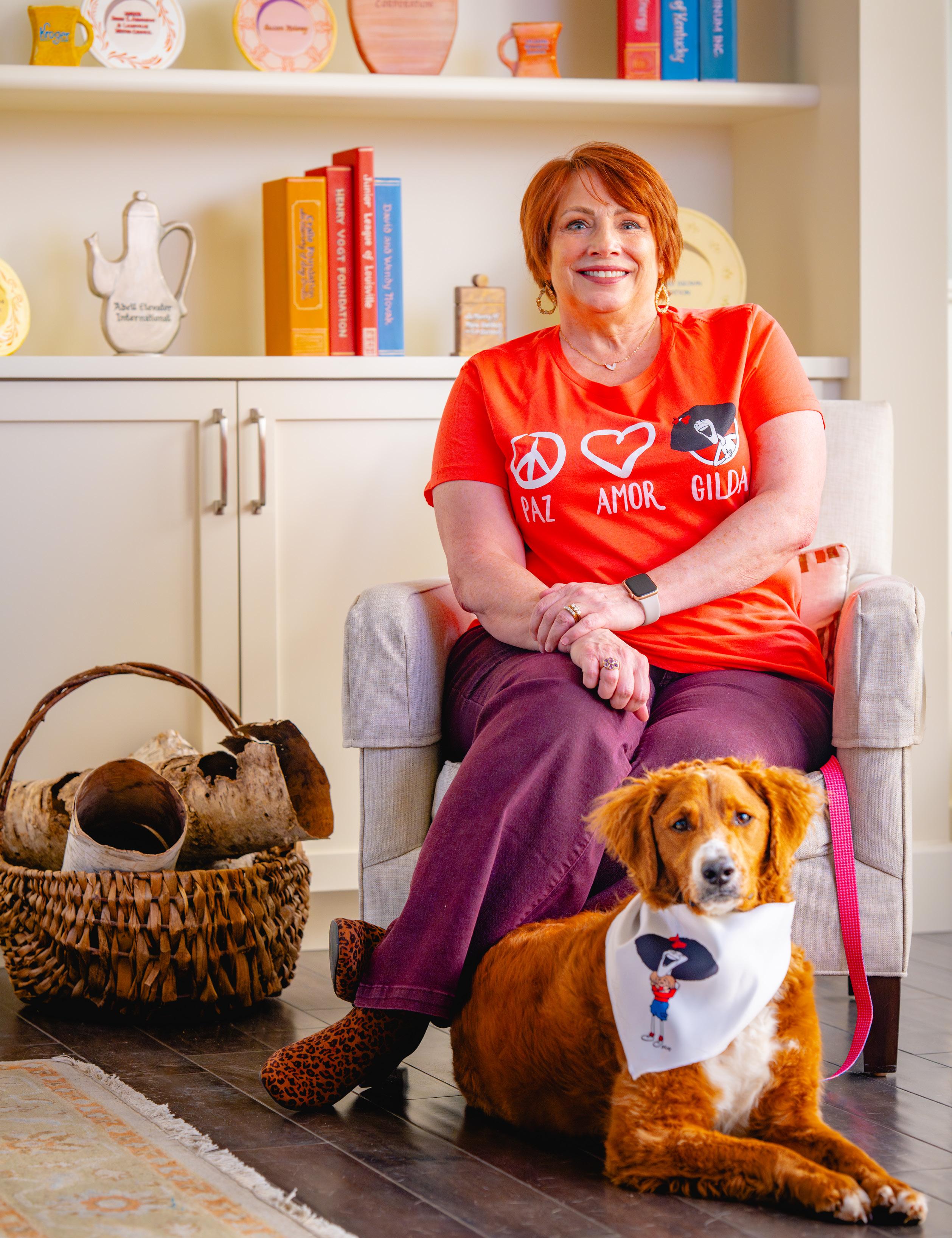 COREY HARRIS and MOOSE
COREY HARRIS and MOOSE
Moose, who recently turned three years old, is a great dane/great pyrenees mix who weighs “north of 130 pounds,” according to Harris, who acquired him shortly after moving to this area from Chicago in 2021 because he thought walking a dog would be a good way to meet his new neighbors.
Harris learned about Gilda’s Club at Moose’s certification graduation and has been involved with the group ever since as a volunteer because he says he wanted to serve the community. He also volunteers at Norton Children’s Hospital. The pair often serve as greeters at Gilda’s events and Harris enjoys the positive impact Moose has on people of all ages.

“People are developing relationships with him and vice versa, building a bond,” he said. “It’s really nice to watch. He is curious, gentle, loving and playful. With Moose being so big, I can see the fear in some people’s faces when they first meet him. But he breaks down walls. It’s fun to see people warm up to him and see how loving and sweet he is.”
Harris, who is in electrical sales, said Moose especially likes children, and in turn they adore him too.
“At the hospital he will jump up on the bed and lay down with kids while they pet him,” Harris said. “He will protect any and all children. Some run up and hug him. It’s really cool to see.”
DEBORAH HOLLADAY and DUNCAN
Duncan is a nine-year-old collie who Holladay, a professional mental health counselor obtained from a southern Kentucky breeder when he was four months old. She had owned collies before and knew them to be patient, sweet and loving.
Duncan is tri-colored, mostly black with a white front and a little brown. He comes from a long line of champion collies, but his career in that field was cut short because he was too laid back and wouldn’t get excited enough in the show ring. Holladay started the training process because she felt it would be helpful for some of her clients to have a dog in the office.
“Therapy dogs are generally comforting and used often in the mental health field,” she said. “Most big hospitals have therapy dogs on staff. I have clients who come in just to see Duncan and tell me he is just what they needed that day, that he has been uplifting for them. I have never gotten a negative comment. Everybody will thank me when they’re through (with counseling) and need to move on.”
Holladay and Duncan work with both Gilda’s and Hosparus. They are on hand for caregiver dinners and also for special events.
“I love it and he loves it,” she said. “Duncan is sweet, even-tempered, and patient. He loves everybody, all animals, all people; he is great with kids. I have never seen him growl or snarl or be upset with anybody. He loves to be loved on. He is stunning, beautiful. He is a favorite in the neighborhood. People may not know my name, but they know his.”
If you or anyone you love is living with cancer, Gilda’s Club can help. Reach out at 502.583.0075 or at gck.org. Ellie, River, Jessi, Moose and Duncan will be there waiting for you.


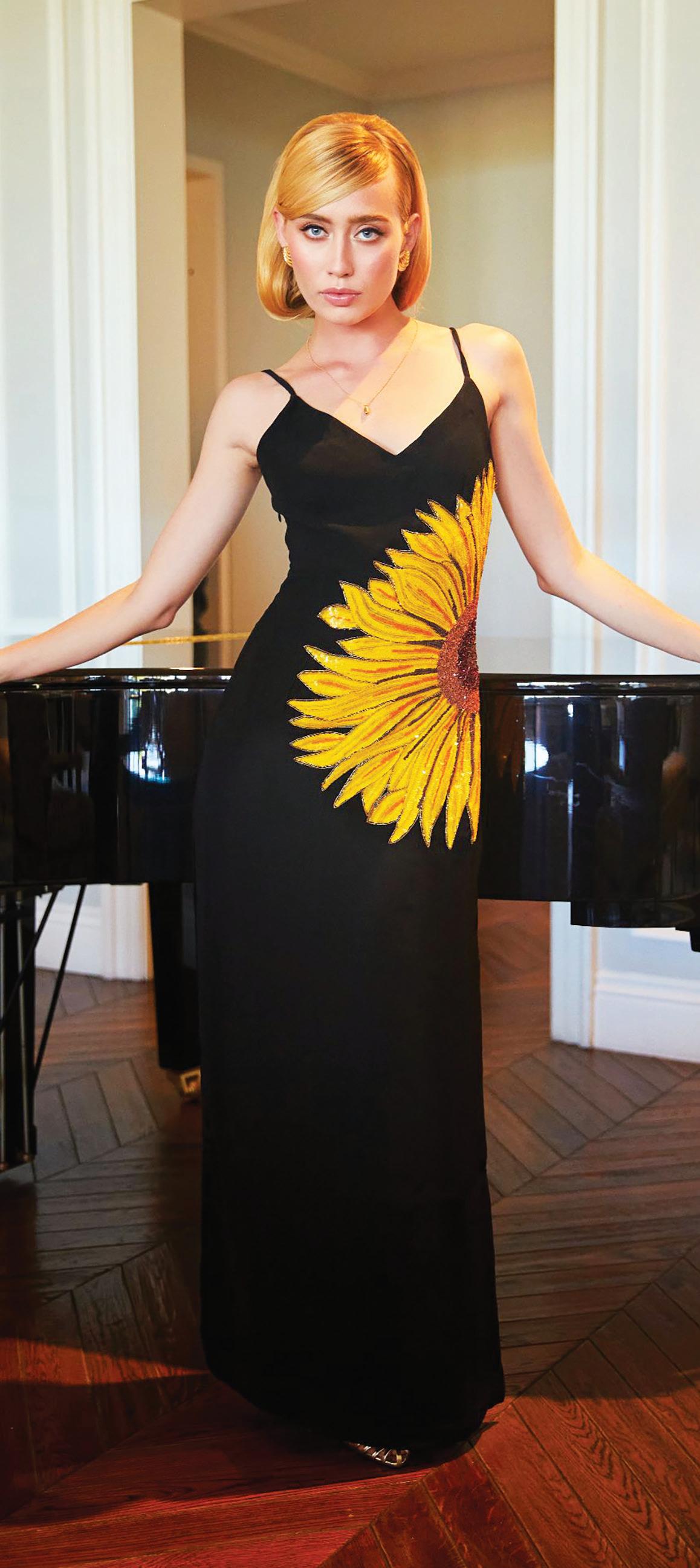
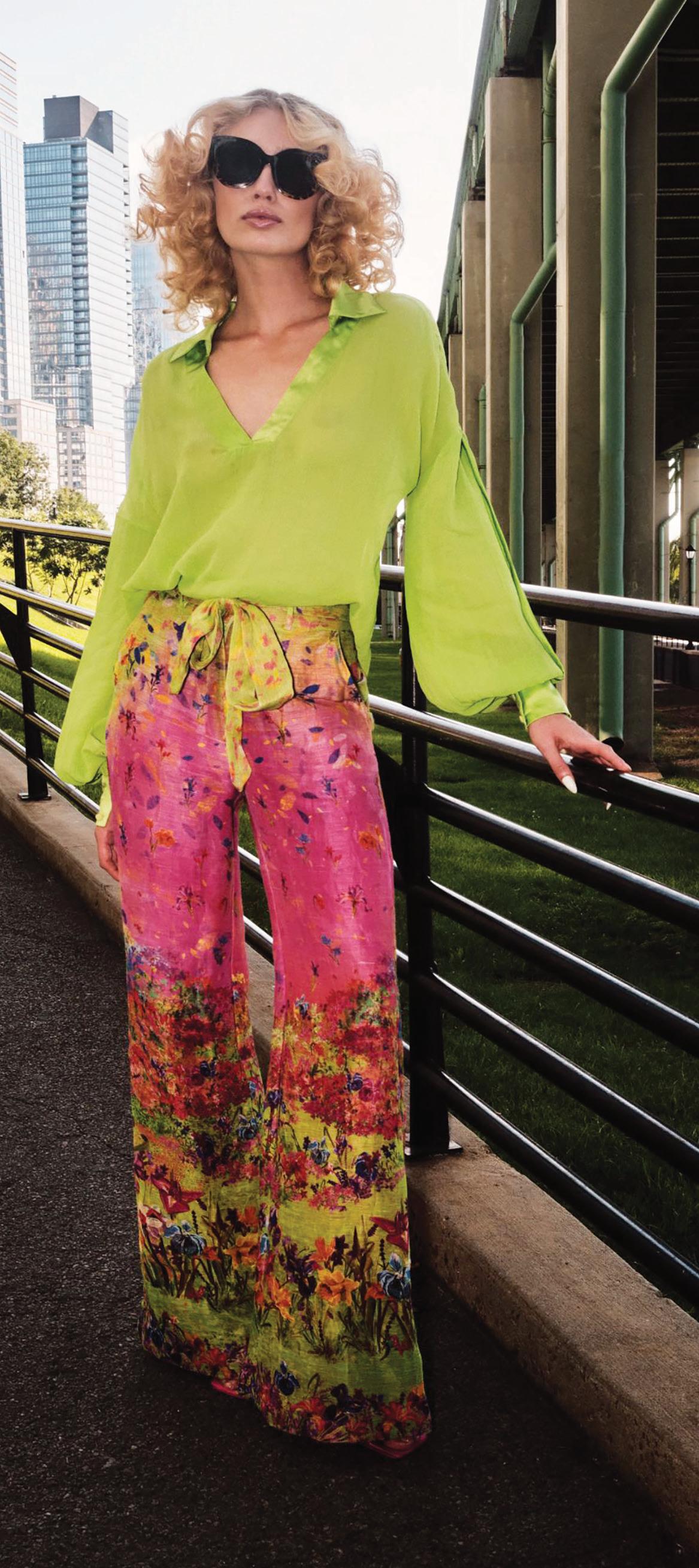 153 Chenoweth Ln. Louisville, KY 40207
Glasscock
Glasscock T =oo
153 Chenoweth Ln. Louisville, KY 40207
Glasscock
Glasscock T =oo
 Chris Edwards, co-founder and lead stylist
Chris Edwards, co-founder and lead stylist
It’s that time of year when, once you wake up, you’re not totally sure if you’ll need to wear a coat today or not! Temperatures are rising, the sun is shining more often and all signs point to spring quickly approaching. With the seasons shifting, it may be time to shift your style as well. Freshening up your hairstyle for warmer months can be a fun idea but sometimes seem a bit overwhelming. Where to start? What to think about? Fortunately, Chris Edwards, co-founder and lead stylist, and Brianne Windell, lead colorist of TRIM NuLu, are here to give advice and insight on how to create some head-turning spring styles.
“When considering your spring look, it’s essential to think about how you want your hair to reflect the change in seasons,” Windell shares. “Do you want a lighter, brighter look to match the sunny days ahead, or are you looking for a subtle change that still feels fresh and modern? Consider your personal style, fashion preferences and any trends that inspire you. Your hairstyle is an extension of your personality, so choose something that makes you feel confident and ready to embrace the new season.”
In any styling process, individuality and personality are paramount, so starting there will help set a solid foundation to build upon. From there, Windell explains that such factors as the state of hair, coloring and upkeep are all important to take into account early in the process. “Start by assessing your current hair condition and determining if any treatments or repairs are needed before making a change” she maintains. “Consider your skin tone and undertones to ensure that the chosen hair color complements your complexion. Lifestyle factors such as maintenance preferences and the amount of time you’re willing to dedicate to styling and upkeep should also be taken into account. Additionally, think about any upcoming events or occasions that may influence your decision, such as weddings, vacations, or professional commitments.”

Before moving the fun stuff of style, the general health of your hair after the dry winter months is first on the list. “Consider scheduling a deep conditioning treatment to replenish moisture and nourish dry, damaged strands,” Edwards advises. “Trimming split ends can help prevent further breakage and promote healthy growth. Switching to hydrating hair care products formulated for your hair type can also make a significant difference in restoring shine and manageability. Our team at TRIM NuLu can recommend personalized maintenance routines and products to keep your hair looking its best as you transition into spring.”

Once the health of the hair is cleared, most clients’ central element they’re thinking about is, of course, color. Windell affirms that selecting a shade should be informed by a multitude of other facets of you; natural hair color, eye color and skin tone all play a part in the process.
“Warm-toned individuals may opt for honey blondes, caramel highlights or rich copper tones to add warmth and dimension to their hair,” she explains. “Cooler-toned individuals may prefer ash blondes, cool browns or pastel shades like lavender or rose gold for a fresh and modern look. Consulting with a professional hairstylist at TRIM NuLu can help you determine the best color options based on your unique features and preferences.”
In addition to color, many like to switch up the length in the warmer months, going with a lighter and more effortless style. “Many people choose to refresh their look by opting for shorter cuts or adding layers to create movement and texture,” Edwards says. “Shorter hairstyles like bobs, pixie cuts or layered shags can feel liberating and chic, while longer lengths may be trimmed for a more polished appearance.”
If all this sounds daunting, fear not! The team at TRIM is prepared to help transition you into the new season,
resetting you with a style that will give you not only a renewed aesthetic but also renewed confidence.
“Our team of expert hairstylists is here to provide personalized consultations and guidance every step of the way,” Edwards relates. “From discussing your hair goals and preferences to recommending the perfect color and style options for you, we’re dedicated to helping you achieve your desired look with confidence. Whether you’re seeking a subtle refresh or a dramatic transformation, we’ll work closely with you to bring your vision to life. Schedule a consultation with us at TRIM NuLu today and let us help you embrace the beauty of every season!”
Hot Colors & Cuts for 2024
While trends can vary from season to season and are influenced by factors such as fashion, celebrity styles and cultural movements, there are some hair color and cut trends that have been popular recently. Here are a few trends to keep an eye on.
Soft, natural-looking highlights created through techniques like balayage and babylights continue to be popular choices for adding dimension and brightness to the hair. These techniques create a sun-kissed effect that complements various hair lengths and textures.
Warm, rich hair colors such as caramel, honey and copper are expected to remain popular in 2024. These shades add warmth and depth to the hair, creating a flattering and vibrant look.

Face-framing highlights, which focus on highlighting the hair around the face, can help brighten the complexion and accentuate facial features. This trend is versatile and can be customized to suit different hair colors and lengths.
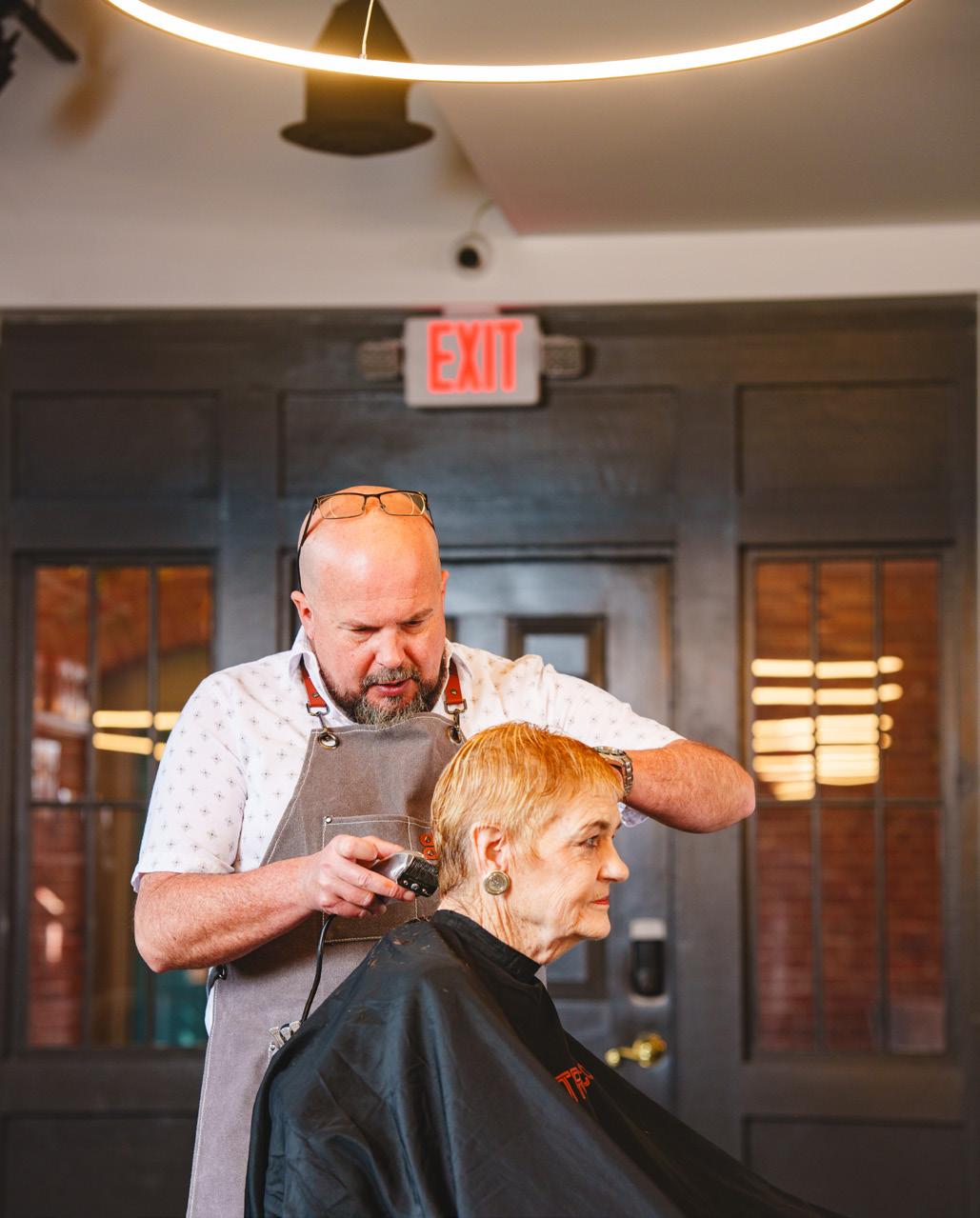
Textured bob and lob (long bob) haircuts are versatile and chic options for 2024. These cuts can be tailored to suit individual preferences, with options for tousled waves, blunt ends or choppy layers to add movement and volume.
Embracing natural texture continues to be a prominent trend, with curly and coily hair being celebrated for its beauty and versatility. Styles that enhance and define natural curls and waves, such as twist-outs, braid-out, and wash-and-go styles, are expected to remain popular.
For those who prefer a more structured look, blunt haircuts with clean lines and bold bangs can make a statement in 2024. These styles offer a modern and edgy aesthetic that can be customized to suit different face shapes and hair textures.
To book an appointment with TRIMNulu please visit trimnulu.co or call 833-874-6444


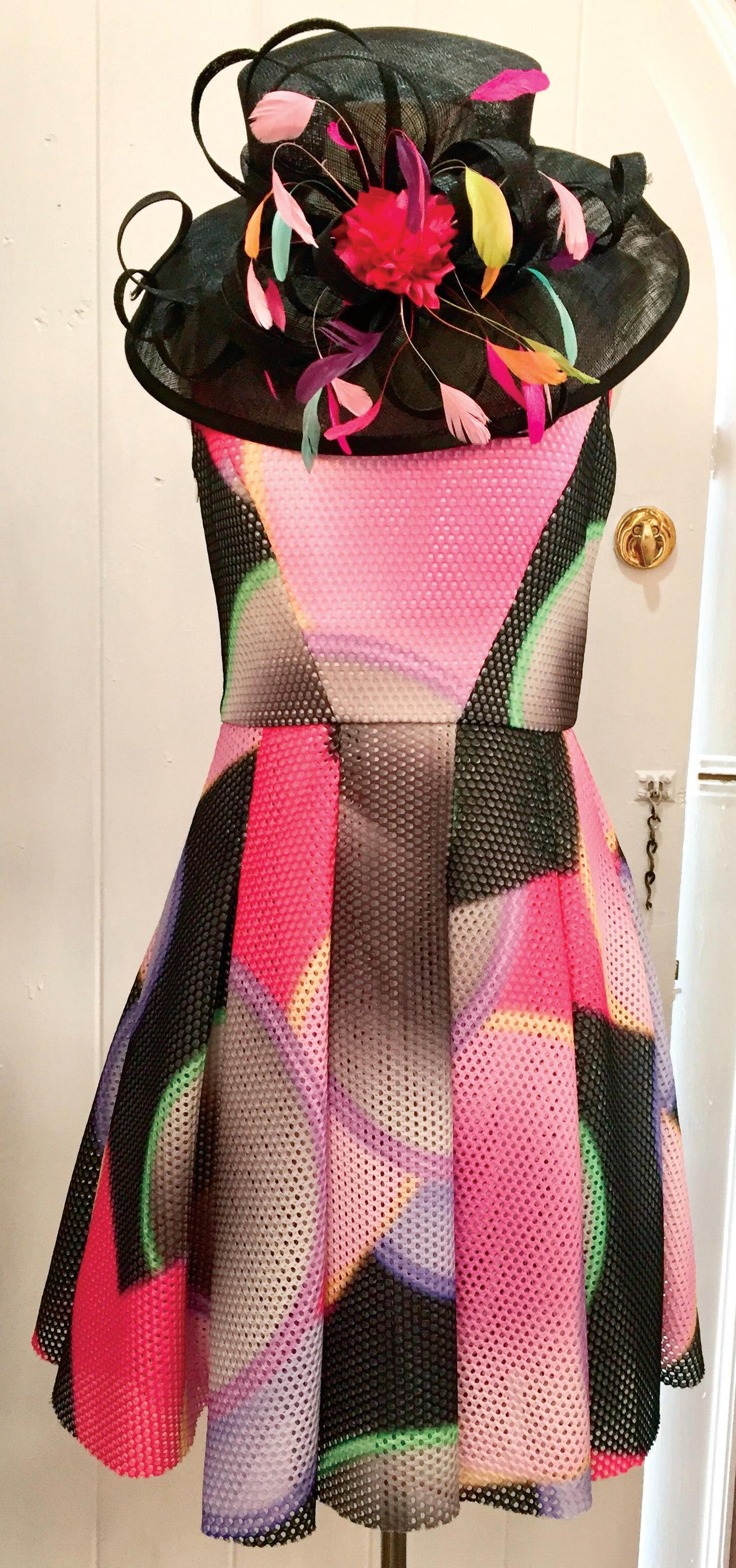









Photos by: Matt Johnson
Hair and Makeup: J. Michaels Salon
Location: Mahonia
Hello loves! I’m so excited to share this month’s style inspiration with you. We are heading into the best time of the year. Everyone wants to stand out, and the journey of hat or dress first has begun.
Events leading up to the big week are a test run fashion show, encouraging us all to lean in on the magical combinations of keeping it classic and risk taking wonderment. These kinds of style moments will set the tone for what’s to come.
I’ve never been more excited to encourage you all to shop local, for all ages. Our staples and boutiques are bursting with stunning prints, fabrics, and new lines that will excite you. Many thanks to Rodes, Rodeo Drive, That Cute Little Shop, Genesis Diamonds, Glasscock Too, Belle Monde Boutique, Sassyfox, Peppermint Palm, and Aesthetics in Jewelry for enabling this vision to come to life.
The following pages allowed the creative dreaming to flow into fruition as we took inspiration from upcoming trends, current selections, the season and our location, Mahonia in Nulu.
The juxtaposition of the new life Spring brings busting through the cold of winter to encourage us all to live life to the fullest.
So per usual, my wish for you is to take the risk now more than ever. It’s time to play! Play with style, create the event, invent the moment to adorn your showstopping discovery for us all to see. I’m excited to see what you come up with through your creative process, loves!



Dress: That Cute Little Shop
Jewelry: Peppermint Palm
Boots: Rodeo Drive


Outfit: Glasscock Too
Jewelry: That Cute Little Shop
Handbag: Peppermint Palm

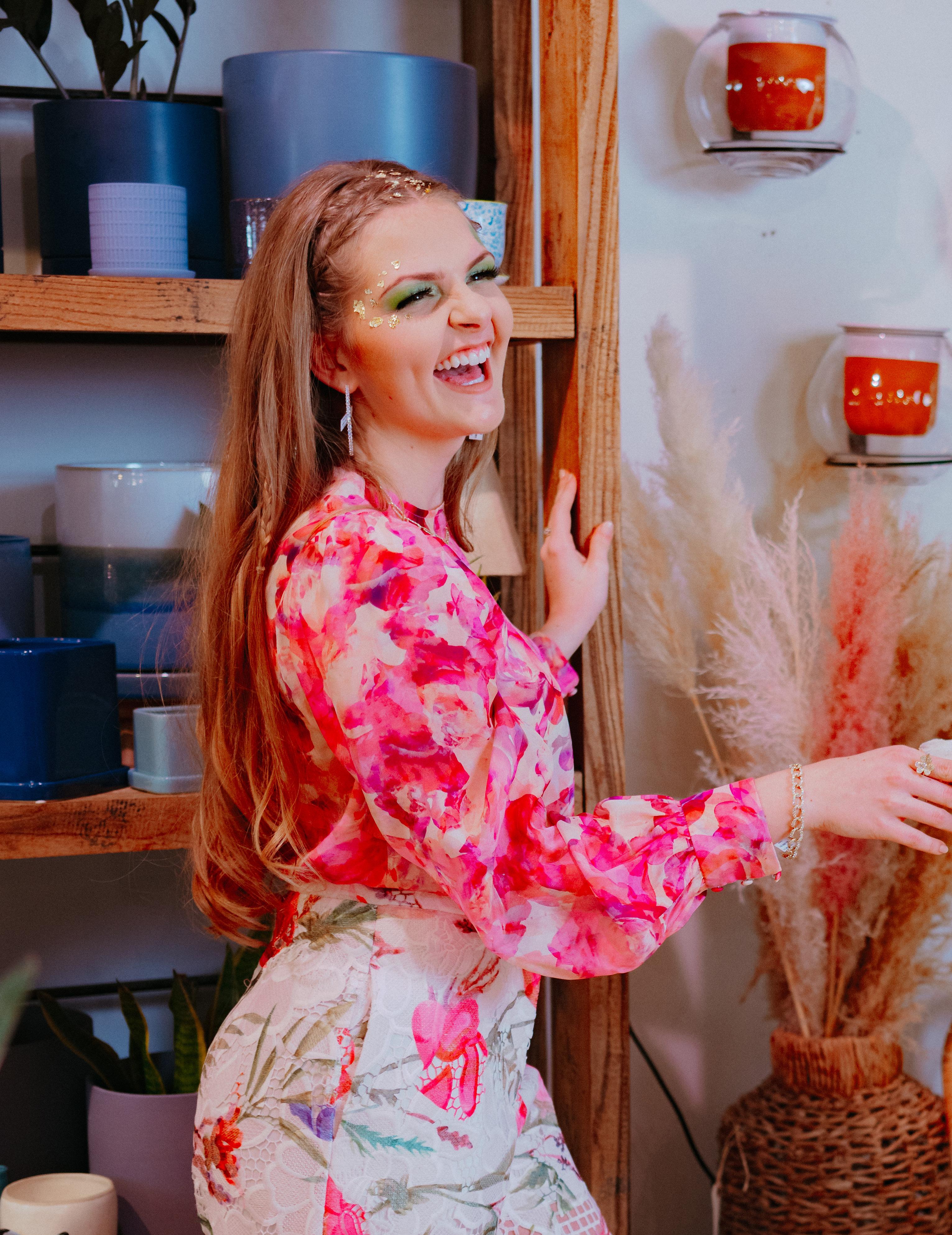 Rodes for Him & Her Jewelry; Genesis Diamonds
Rodes for Him & Her Jewelry; Genesis Diamonds

 Glasscock Too
Aesthetics in Jewelry
Glasscock Too
Aesthetics in Jewelry
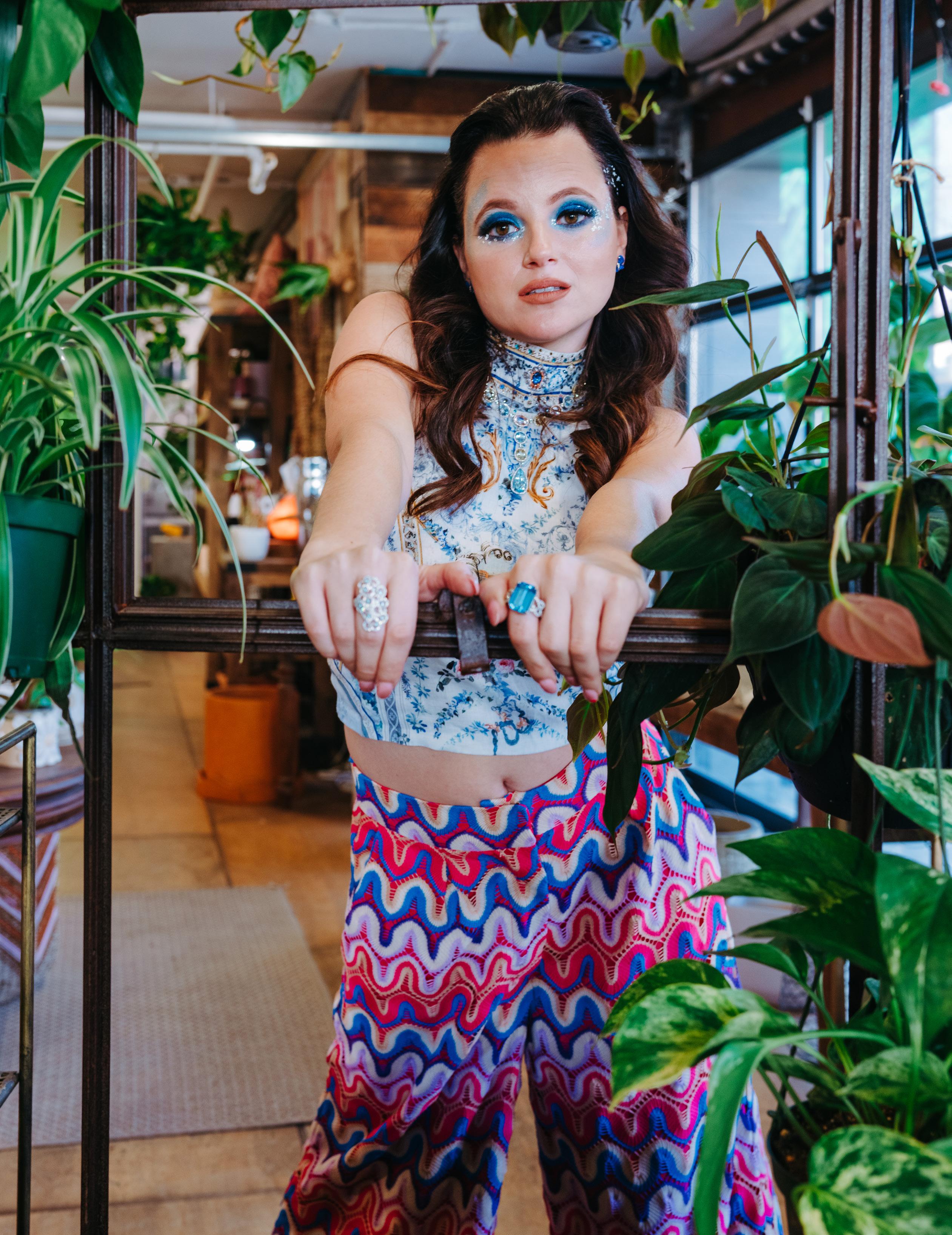 Rodes for Her Aesthetics in Jewelry
Rodes for Her Aesthetics in Jewelry

Dress & Jewelry: Peppermint Palm
Vest: Sassy Fox
Makeup Pouch: Rodeo Drive
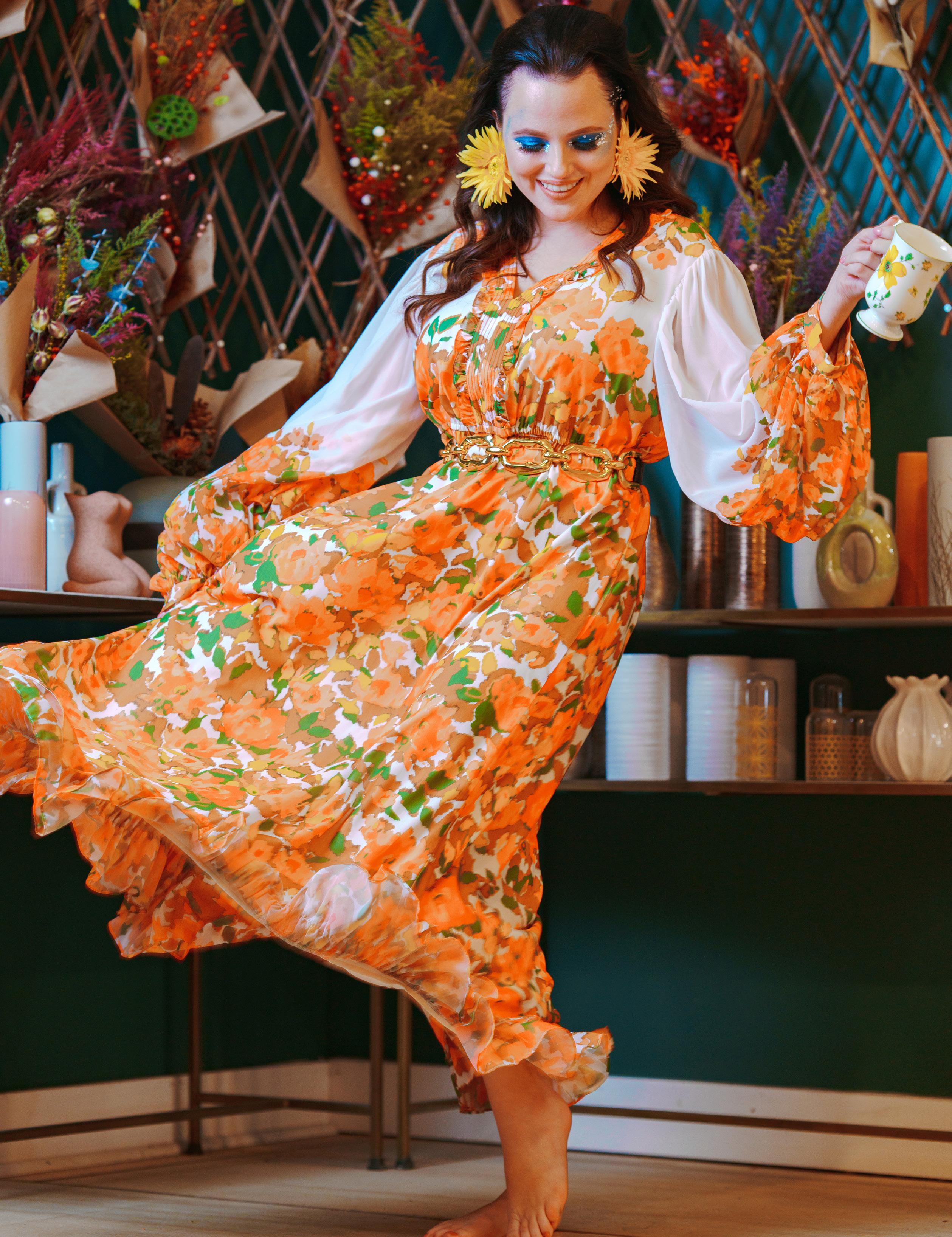 Sassy Fox
Jewelry: J.Ferrell Designs available at Belle Monde Boutique
Sassy Fox
Jewelry: J.Ferrell Designs available at Belle Monde Boutique






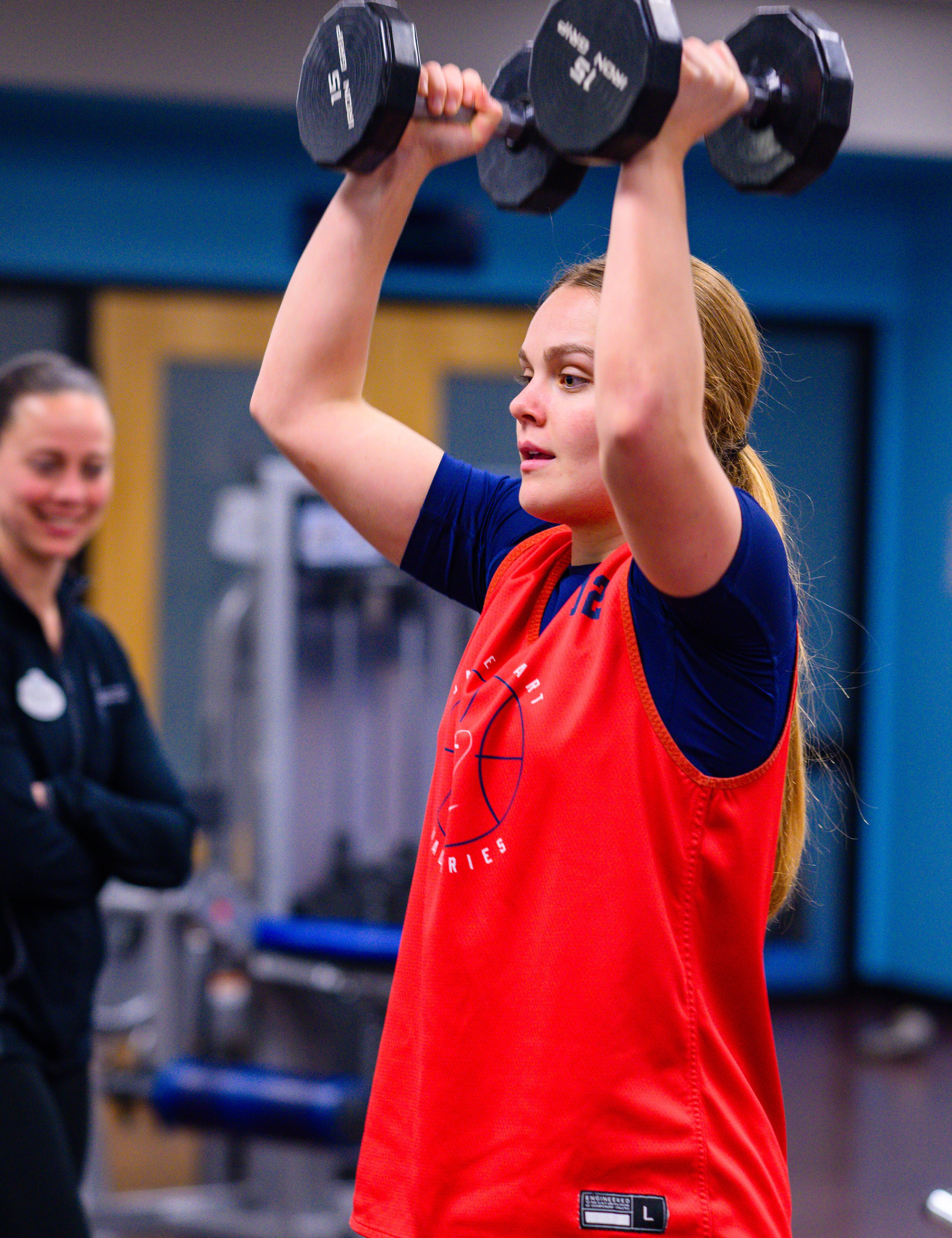
This exercise, overhead press, helps Claire gain the strength she needs to execute skills on the basketball floor-Ex shooting a basketball. This exercise increases strength in the shoulders and back, as well as the flexors and extensors in the forearm.




Dresses






 Abigail Fierce
Abigail Fierce
Louisville, KY has always produced hidden gems over the years. For a city with so much history attached to its very name and presence in the nation, it’s always nice to see a product of Derby City grow up and become great. This is the story of Louisville native, Abigail Fierce, singer/songwriter and actress. I had the chance to speak with Abigail about her journey in the entertainment industry and the meaning behind her message.
Tell me a little bit about yourself and your background, and how you got to where you are today?
“Hi, I am Abigail Fierce. I’m a singer-songwriter and actress from Louisville. I moved to LA (Los Angeles, CA) when I was a teenager to pursue an acting career. I played Wendy on Hulu’s “Love Victor,” and I’ve been on NBC’s “This is Us,” and Netflix’s “American Vandal.” The year before last I was in a Paramount Plus movie called “Fantasy Football”, which was produced by Lebron James.”


“I was homeschooled for high school. So, I had a lot of time on my hands. I started writing more and playing guitar a lot. Fast forward a little bit, I now have nine released songs on all the music platforms. I just kept calculating, and I have over 4.7 million streams on Spotify. So that’s exciting.”
Tell me a little bit about your childhood.

What was it that really intrigued you about the entertainment industry?
“I want to say that I’m a small version of what I was then. But I think it’s my goal in life, and maybe everybody’s goal, to get back to that pure energy we had as a kid and kind of unlearn all the weird stuff that society has told us that we should think about ourselves.”
‘As a kid, I had a vivid imagination. I played outside 24/7 and I loved the nature we have here in Kentucky. I loved to write, and make up scenarios and write skits, and perform them in my room. I’ve always loved to write but I actually started writing music in middle school because I think I was kind of shy and I think it was a good way for me to kind of control my narrative when I felt like I didn’t have much control over the things that were happening to me or around me.”
Who or what inspires you as you hone your craft?
“I really looked up to Miley Cyrus, Taylor Swift, Ed Sheeran. I’ve gotten into the space now where I’m trying to find my own self and my own sound and try to maybe listen more to my intuition rather than someone else’s path.”
Photos by: Matt Johnson
Tell me about your hometown, Louisville. What do you love about the city? Do you have any plans for Louisville as we look into the future?
“I love the nature here in Louisville. People are very, very kind. After moving to a big city like LA, I realized the rest of the world is not so kind and welcoming. Louisville has a beautiful park system. LA is kind of a desert. One of the things I miss most about living in Louisville is having four distinct seasons. We don’t really get that in LA, so I did miss that.”
Any plans for Louisville in the foreseeable future in terms of music or acting or just art in general?
“Well, I am inspired a lot by nature. So sometimes, you know, when I’m here, I find myself maybe writing more, (or I’m) more inspired. I would love to see more projects filmed in Louisville, that would be really awesome. I think Louisville is beautiful. And the river… I love River Road, the whole landscape. I wish that it would be filmed more.”
What would you say to the younger generation? Those in Generation Z and A, who aspire to one day go into the entertainment field?
“I would say to pursue this, because it’s what you love in your heart, not because you want recognition. I think especially like musicians, the internet is a big part of musician’s careers today. And there’s a lot of haters out there, you know, on all those social media platforms, but at the end of the day, if you love what you do, it won’t matter what anyone else says.”
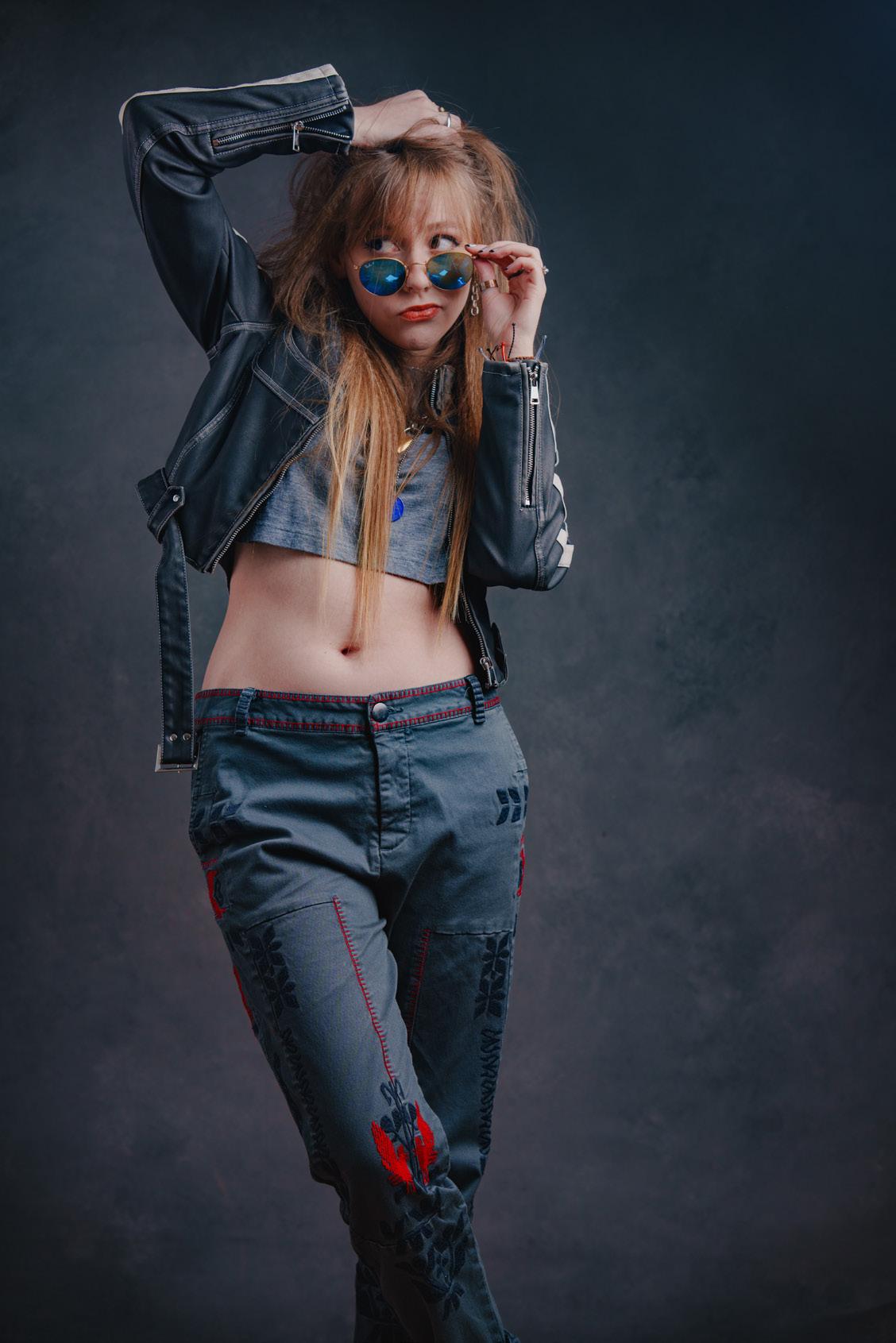


What kind of legacy do you want to leave behind in your music and acting?
“I think that art should make people feel something. I love the escape that music and TV and film provide for humans to describe how we’re in pain, and I think both music and film are such powerful mediums for storytelling. I feel like I’ve always found crying to be really healing. So, if one of my songs makes you cry, or strikes a chord within you, or makes you think about something introspectively, then I think I’ve done my job. With art, I want to pull emotions out of you in a healing way and make you address those things within yourself.”
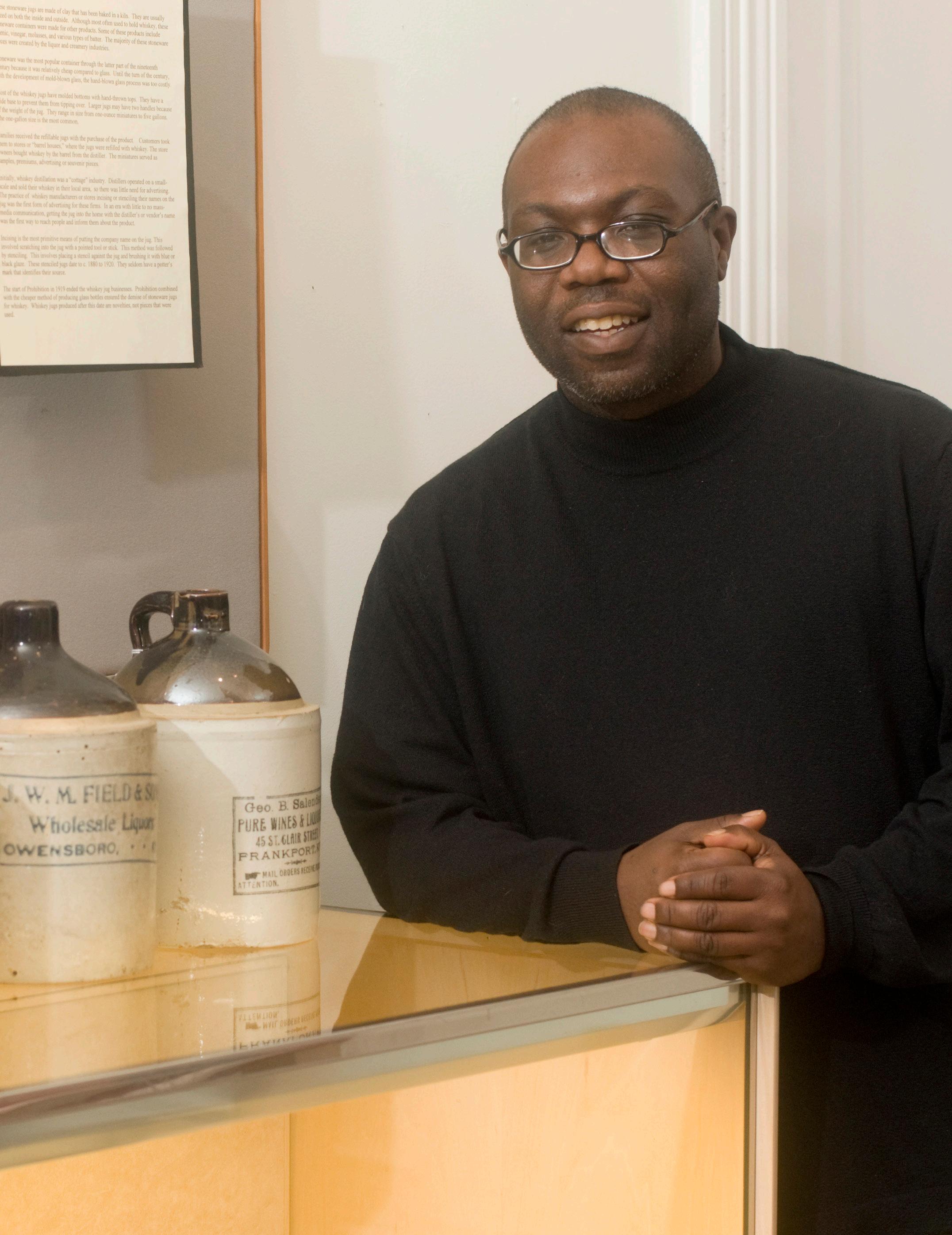 Michael L. Jones with antique jugs at the Oldham County Historical Society.
Michael L. Jones with antique jugs at the Oldham County Historical Society.
Over the years, local writer Michael L. Jones has been associated with some of the finest publications in the city, including LEO Weekly, Louisville Business First, Louisville Magazine, and the Courier-Journal. As a historian and musicologist, Jones has also been behind the books, “Louisville Jug Music: From Earl McDonald to the National Jubilee,” for which he was the sole author, and the brand new release, “Soulful Sounds of Derbytown,” a creative collaboration from six area experts. We recently caught up with Jones to discuss his passion for preserving Louisville’s musical memories.
Can you tell us a little bit about your early influences as a writer?
“I was raised by my grandparents at 18th and Hill Street in West Louisville. We had a lot of gospel, early R&B, and jazz in our home. My grandfather subscribed to the Courier-Journal, although he only read the sports section. I fell in love with the Sunday magazine, especially with the work of this feature writer named C. Ray Hall. I remember he rode the greyhound bus across the state for an article and I thought it was really the coolest thing. When I was a sophomore at duPont Manual High School, Hall and Linda Raymond, the C-J Neighborhoods editor, came to my school to talk about jobs in journalism. I joined the school paper, and the first story I was assigned was about a handicapped student who had died. I tried to approach the story like I thought Hall would. So, I wrote about my school from the dead student’s perspective, describing the ramp he had to use to get to classes and such. People thought I actually knew the dead student when it came out, and my story won a Courier-Journal feature writing contest. I got to spend two-weeks at the C-J as an intern. I got to know Larry Muhammad, a feature writer who is a friend to this day, and Raymond. Both of them stayed in touch with me to make sure I was still writing.”
What originally turned you on to musicology?
“During my freshman year at the University of Kentucky, I read “Blues People” by LeRoi Jones. His thesis was that the blues marked the beginning of African American culture because Black people were singing about home as Georgia and Mississippi instead of African cities. The connection between music and sociology just blew my mind and it changed the way I thought about music. Ralph Ellison and James Baldwin were also big influences. Ellison wrote “Invisible Man,” but he also was a jazz critic and wrote about Black culture. Baldwin’s story “Sonny’s Blues” is something I return to on a regular basis for inspiration. It is a story of a man and his relationship with his musician brother. Richard “Kush” Griffith was sort of my music mentor. Kush played the trumpet with James Brown and Parliament-Funkadelic. When I met him, he had already lost his sight because of untreated diabetes and a cocaine addiction. That period was over before I met him. It was just one of the factors in the decline of his health. Kush and I would sit and listen to music for hours. He would explain to me what was happening in a song from a musician’s perspective. He had toured as a sideman with Michael Jackson and Marvin Gaye, so he had great stories. He took me to Bootsy Collins’ home in Cincinnati once where I watched him, Bootsy, and Fred Wesley record music. I also got to meet George Clinton of P-Funk at one of their shows in Louisville. I keep a picture of Kush on my desk.”
It seems like the current project is an extension of the highly specialized regional knowledge you have acquired along the way. Please tell us how your adjacent research evolved into your contributions for “Soulful Sounds of Derbytown.”
“Ken Clay hosts the two-day festival “Celebrating the Legacy of Black Louisville” at KAAHC each year. In 2016, he decided to put together a photo exhibition focused on the legacy of Black musicians and entertainers in the River City. Ken assembled a ‘dream team’ of people who spent their lives immersed in the local music scene to collect photos and information from the local musicians they knew; I was part of that group. The photos were laid out along the walls in the main hall of the Heritage Center. It was a timeline of Black music in Louisville from Cato Watts, a slave fiddler who was among the city’s first settlers, to the contemporary vocal group Linkin’ Bridge. When local philanthropist Christy Lee Brown saw all that history assembled in one place, she suggested it should be a book.”
“Clay, founder of Legacies Unlimited and co-author of “Two Centuries of Black Louisville;” Keith Clements, former blues columnist for Lou-
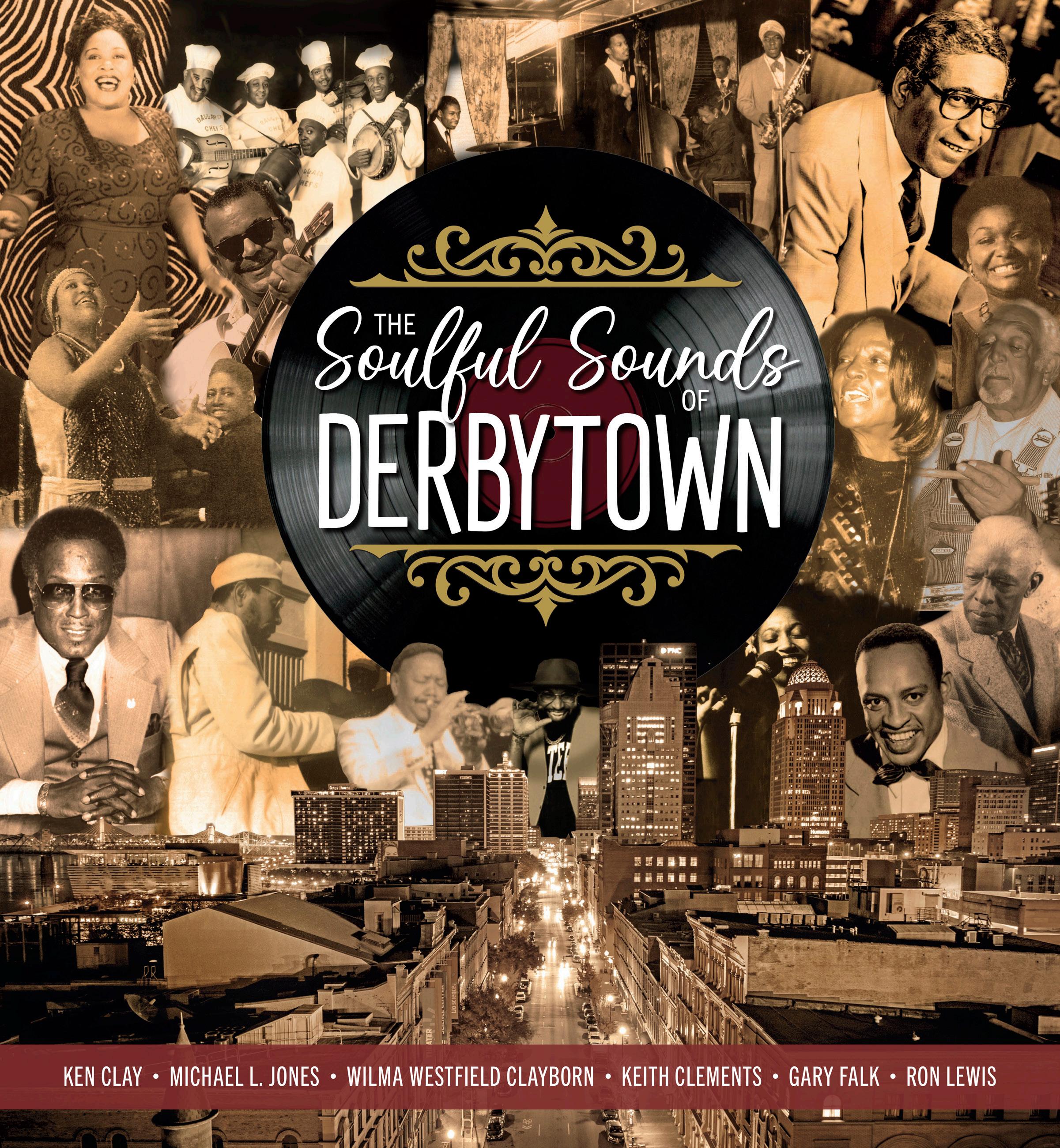
Once the idea took hold, how long did it take to assemble the finished product?
“We spent eight years conducting interviews and searching archives and attics. We also spent countless hours tracking down dates, spellings

of names, and legal names to go with professional monikers like “Eggeye,”“Eggie,” and “Church.” This work continued through a global pandemic, several surgeries for group members, and other major life events.”
Without giving too much away, can you share anything about the content?
“The Soulful Sounds of Derbytown” explores the legacies of Black musicians and entertainers in Louisville through hundreds of biographical sketches, historical essays, information on music venues and promoters, and historical and contemporary photographs that document a wide range of genres, including gospel, jug band, blues, jazz, R&B, hip-hop, rock, and classical and theatrical music. Each section begins with a historical essay, and moves on to bios of important figures. We also have sidebar Q&As with some people like Harry Pickens talking about his life in jazz.”
What makes the process of chronicling our city’s musical memories special to you?
“Most people don’t realize how important Louisville was after the Civil War. The L&N Railroad controlled the intact rail lines to the south and people were attracted to the city because of the economic opportunities. They brought their culture with them, especially the music. My favorite story from the new book is about Bessie Allen, the first African American social worker in Louisville. She ran the Booker T. Washington Community Center at Ninth and Magazine Streets. She started a non-denominational Sunday school there. Kids with good attendance would get a uniform and an instrument. She hired Lewis Lockwood, a local bandleader, to direct the band. Lockwood, who recorded with the jug bands, made them learn to read music. So, Bessie Allen wasn’t trying to produce professional musicians, but her band included several notable ones including Helen Humes,


Make health your #1 priority!
SALT WATER AQUATICS CENTER
LUXURIOUS OASIS SPA
TOP OF THE LINE FITNESS EQUIPMENT
NATIONALLY CERTIFIED PERSONAL TRAINERS
OVER 100 WEEKLY GROUP EXERCISE CLASSES
ON SITE WEIGHT MANAGEMENT CENTER
HEALTHY CENTER CAFE

 Pops conductor Bob Bernhardt.
Pops conductor Bob Bernhardt.
Sponsored Content
The Louisville Orchestra’s 2024-25 season kicks off September 14th with a subscription Classical Concert away from the symphony’s home in Whitney Hall, but in a familiar Louisville venue, the Palace Theatre. The opulent former movie palace, which opened in 1928 as the Lowes and United Artists Theater, is adorned in Spanish Baroque décor, with lighted stars in the ceiling. That could be an atmospheric location for the orchestra’s presentation of The Planets, by English composer Gustav Holst, who had become fascinated with the astrology – not the astronomy – of the Milky Way solar system. Guest conductor Paolo Bortolameolli, the assistant conductor of the Los Angeles Philharmonic, has the baton.
Also on the opening program, pianist David Frey performs Mozart’s Piano Concerto No. 21. The concerto’s Andante movement was featured in the modern movie “Elvira Madigan,” with a poignant melody that will be familiar to many concertgoers.
The Mozart piece, written in 1785, appears to be the lone Classical selection from the 18th or 19th Century over the entire season. So, no Haydn, Dvorak or Tchaikovsky. No Bach, Beethoven or Brahms. Later classical composers Richard Strauss, Maurice Ravel and Jean Sibelius are represented with works penned in the early 20th century. Everything else has been since then.
Strauss’ An Alpine Symphony, with music director Teddy Abrams conducting, is scheduled for January 17th and 18th in Whitney Hall. The piece is not actually a symphony, but a tone poem, a form in which Strauss excelled. It consists of twelve sections that follow a day in the Bavarian Alps, where Strauss lived in his later years – very much interested in the natural beauty of the majestic mountains. On the same program, renowned violinist Midori performs the Jean Sibelius Violin Concerto.
The orchestra also performs in its Pops series, and in Night Light events at the Ogle Center on the campus of Indiana University Southeast, in New Albany. The popular television journalist Rick Steves appears with Pops conductor Bob Bernhardt, in “Rick Steves’ Europe, A Symphonic Journey,” Nov. 9. At the Ogle, the Time for Three trio offers fast-moving strings and songs on Feb. 7.
Full Season Schedule
The Planets | Sep 14, 2024, 7:30PM, Louisville Palace
Carmina Burana | Oct 19, 2024, 7:30PM, Whitney Hall
(Un)Silent Film: Nosferatu | Oct 23, 2024, 7:30PM, Whitney Hall
Star Trek: Musical Voyage Through The Stars | Oct 25, 2024, 7:30PM, Ogle Center at IUS
Star Trek: Musical Voyage Through The Stars | Oct 26, 2024, 7:30PM, Whitney Hall
Rick Steves’ Europe | Nov 9, 2024, 7:30PM, Whitney Hall
Ray Chen Plays Barber | Nov 15, 2024, 11:00AM, Whitney Hall
Ray Chen Plays Barber | Nov 16, 2024, 7:30PM, Whitney Hall
A Nightmare Before Christmas | Nov 23, 2024, 7:30PM, Louisville Palace
Handel’s Messiah | Dec 6, 2024, 7:30PM, Ogle Center at IUS
Holiday Pops | Dec 14, 2024, 7:30PM, Louisville Palace
Midori and An Alpine Symphony | Jan 17, 2025, 11:00AM, Whitney Hall
Midori and An Alpine Symphony | Jan 18, 2025, 7:30PM, Whitney Hall
Teddy Conducts Der Kaiser Von Atlantis | Jan 25, 2025, 7:30PM, Whitney Hall

Time For Three | Feb 7, 2025, 7:30PM, Ogle Center at IUS
Ravel’s Romantic Reverie | Feb 14, 2025, 11:00AM, Whitney Hall
Ravel’s Romantic Reverie | Feb 15, 2025, 7:30PM, Whitney Hall
Raiders of the Lost Ark | Feb 19, 2025, 7:30PM, Louisville Palace
Decades Back to the 80s | Feb 22, 2025, 7:30PM, Louisville Palace
Stravinsky’s Firebird | Mar 7, 2025, 11:00AM, Whitney Hall
Stravinsky’s Firebird | Mar 7, 2025, 7:30PM, Ogle Center at IUS
Stravinsky’s Firebird | Mar 8, 2025, 7:30PM, Whitney Hall
A Night of Symphonic Boy Bands | Mar 22, 2025, 7:30PM, Whitney Hall
Harry Potter The Deathly Hallows - Part 1 | Apr 9, 2025, 7:30PM, Louisville Palace
Harry Potter The Deathly Hallows - Part 2 | Apr 11, 2025, 7:30PM, Louisville Palace
Creators Fest | May 9, 2025, 11:00AM, Whitney Hall
Creators Fest | May 10, 2025, 7:30PM, Whitney Hall
Photos
provided by: Yew Dell GardensConnect gardening, plants, and nature with friends and family this spring and summer at Yew Dell Gardens, where families can immerse themselves in the wonders of flora, fauna, and literature.
An enchanted fairy forest, multiple scavenger hunts, handson activities, children’s literature and a backpack rental program are among the offerings.
“Yew Dell has several opportunities for informal education while visiting the gardens,” said Event and Program Manager, Susan Lucas.“Families also have fun with our Scavenger Hunts, which are refreshed on a regular basis,” said Lucas. “Pick up a sheet in the Visitor Center and explore our Fairy Forest, Arboretum, or Gnome Adventure on the hiking trails while looking for the highlighted items.”
Programming is both inclusive and accessible. 2024 programming features:
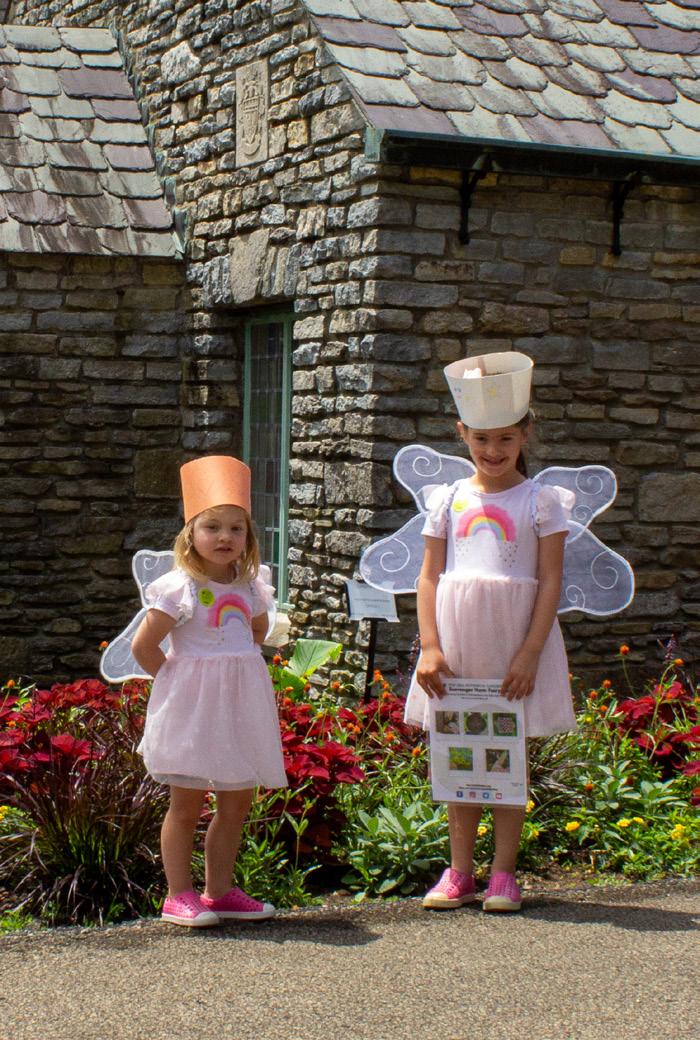

The fairy gardens are the magical highlight of Grace & Clara Marie Gettelfinger’s Fairy Forest Village, nestled inside Yew Dell’s Serpentine Garden’s conifer trees. Visitors enter through a shady holly alley. The gardens and fairy houses — all of which are created from natural materials — are created and maintained by a group of volunteers. The annual re-installation will begin early this month.
June is a special month for exploring the gardens, as Yew Dell hosts Fairy Day and Fairy Month.
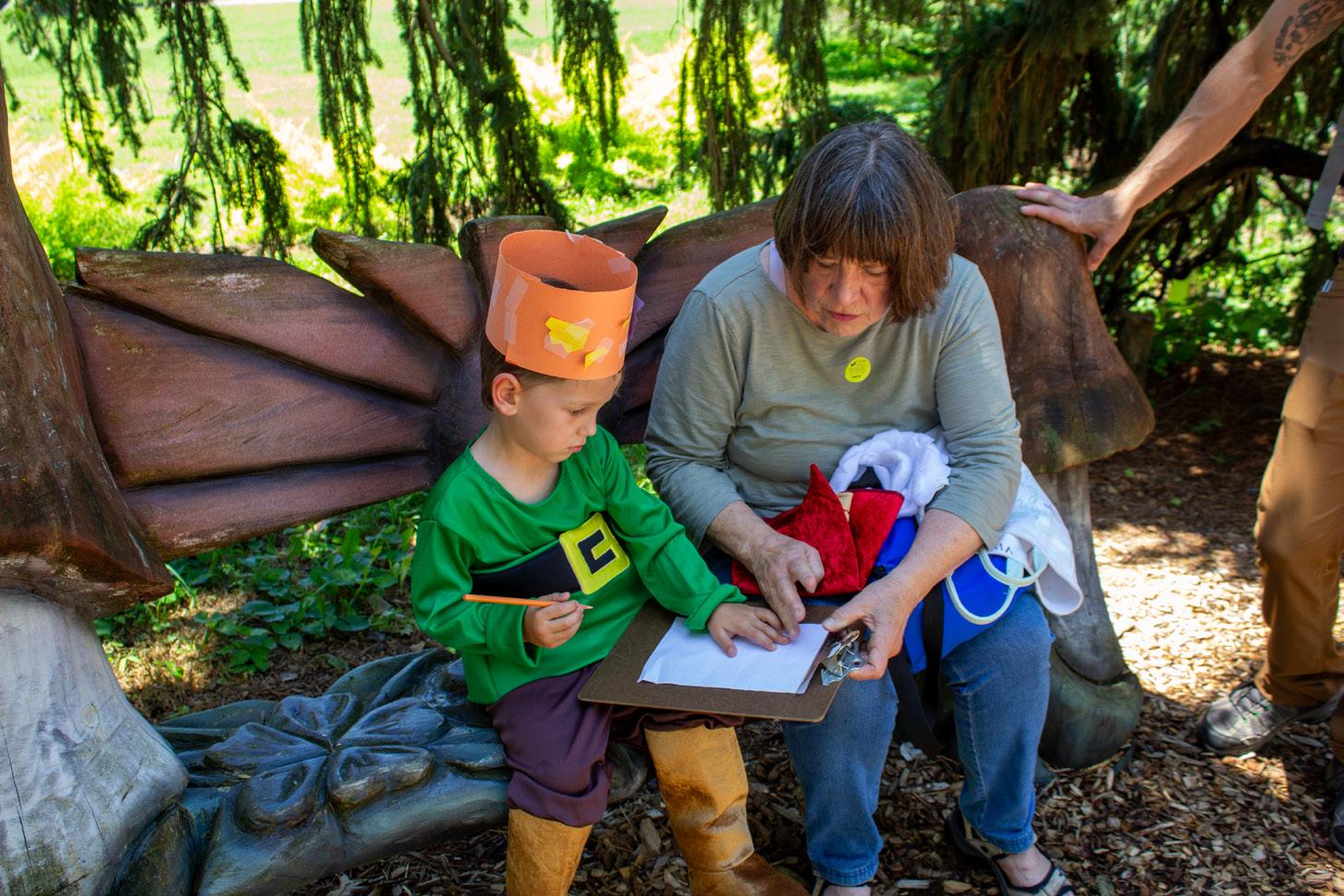
“We are excited to announce the return of our Fairy Month in June with a day of magically-themed activities. Fairies, gnomes, dwarves, and elves are invited to come out on Fairy Day on June 2, then enjoy a month of additional activities throughout June,” said Manda Barger, PR & Marketing Manager.
Another popular program, Children in the Dell, features hands-on activities for children and adults to enjoy together during every Saturday of June and July. At the heart of this program is the joy of exploration. Each week, families gather to delve into garden-themed books that ignite the imagination and foster a love for storytelling. From tales of blossoming flowers to adventures with friendly critters,


these books transport children to magical realms where anything is possible.
Admission includes a literary adventure (a drop-in activity from 10:30am-12pm) centered around garden-themed children’s books. The themes are rotating, so there is always another memorable and whimsical experience seamlessly blending the beauty of nature with the enchantment of literature for families to enjoy.
From planting seeds to crafting nature-inspired artwork, these activities inspire creativity and nurture a deeper connection to the natural world.
Children and adults can explore the beauty of the gardens while searching for special objects in one of Yew Dell’s seasonal Scavenger Hunts. Subject to availability, the hunts may be checked out inside the Gardens’ Visitor Center.
Yew Dell Gardens’ Visitor Center also offers a backpack rental program, which helps families learn about pollinators and the arboretum. Each pack includes a fun and educational set of activities.
Finally, whether it’s a classic tale or a contemporary gem, there’s always something fresh and exciting waiting to be discovered at Yew Dell Gardens. As children explore the wonders of Yew Dell Gardens, they’re not just discovering the beauty of nature; they’re laying the foundation for a lifelong love of learning — and a deep appreciation for the world around us.
Learn more, and explore several detailed videos featuring the Gardens’ hands-on explorations and activities at yewdellgardens.org/childrens-activities.

Good Belly Owners Jessica Bookin and Jeff Williams met when she hired him as a chef instructor while living in Durham, North Carolina many years ago. “We worked together for several years and then once we parted ways at work we got together,’ said Bookin. “We just couldn’t stay away from one another! We moved to Louisville at the end of 2019.” Below, Bookin discusses Good Belly’s business, its origins and the specialities it offers.
How long have you been in business? Tell us about your origin story, and the decision to take the next step.
“We were looking to make a move (in hopes of starting our own business) and Louisville was a natural choice since my mother lives here and I was very familiar with the city. Jeff and I both love deli food and are tied to it in different ways.”
“Jeff’s first job in professional kitchens was in a Jewish deli in Cary, NC 30 years ago. I grew up in a Jewish household and this food represents more than just a meal to me. We both noticed there weren’t many options for this style of food here and wondered why. Since the pandemic was in full swing a few months after we moved here, we decided a brick-and-mortar was not the right decision. Would people even like our food? So we decided a food truck was the logical choice. We launched the food truck (same name) in March of 2021 and ran that full time until the end of 2022 when we found the right space to open the restaurant. We opened the restaurant in early March of 2023 and are coming up on our one year anniversary on March 2, 2024! The food truck taught us that we were helping fill the void in Louisville for deli-influenced food. While we loved the food truck since it brought us all over the city, we require A LOT of storage space for our meats and we outgrew our commissary kitchen very quickly!”
Please tell us about your NY-inspired specialties, and the time involved in curing them.
“Our corned beef and pastrami are what we are best known for. We pay homage to the traditional ways of making these cured meats by bringing in top-quality whole beef briskets. We butcher them in house, and wet-brine them for 28 days. Each receives its own unique spice blend in the brine to bring out the traditional flavors, and also elevate them. Once the 28 day cure is complete, the corned beef is rinsed and then boiled with mirepoix and more spices. Once that cooking is done and they are cooled, we trim off the excess fat, since corned beef is traditionally leaner than pastrami. Our pastrami (just like the corned beef) is rinsed, then rubbed with freshly ground coriander and black pepper and then smoked with hickory. Since the smoking process leads to tender, melt-inyour-mouth fat, we do not trim it. You would lose the crust and bark in doing so. Beyond the corned beef and pastrami, we also make our other meats in house; our dressings, sauerkraut, pickles — really everything except our sliced bread, sliced cheese and a few condiments like mayo. We special order our Jewish rye from up north, since it’s very hard to find locally.”
What are your most popular items, and any unique items you offer.
“Our best seller, since day one of the food truck, is our Reuben. In the shop you can get our #14 with corned beef,

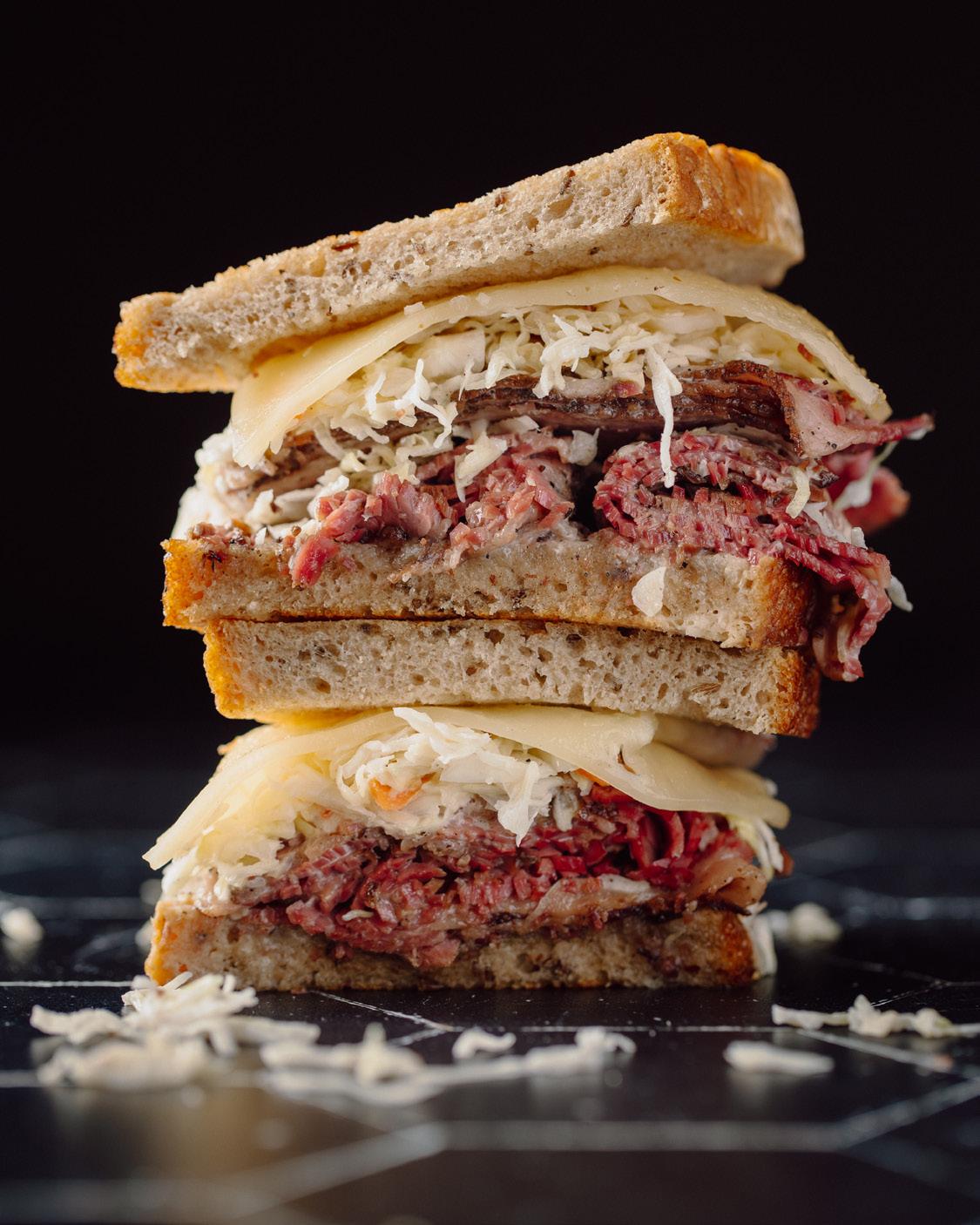
pastrami or both and we also offer #28 which is a pastrami reuben with mustard instead of Russian dressing. Our matzo ball soup is another best seller and a labor of love since I make the matzo balls by hand in small batches, and Jeff makes the chicken consomme from our house bone broth. Many of our sandwiches offer a unique and elevated touch, like our honey rosemary chicken salad (no nuts, no fruit) which is made with slow poached chicken breast, honey and fresh rosemary; our oven roasted turkey melt is another unique and best seller, carved daily served with guajillo mayo, pepper jack cheese and pickled red cabbage. For our traditional potato latkes, we take a spin on apple sauce with our apple butter that takes 24 hours to make.”
What separates your business from others?
“I think what separates us is the scratch-made component and the chef-driven twist on familiar classics. You’re getting a (mostly) hot sandwich, made with components that are all thought out specifically for that sandwich, and served with house chips and pickle spear. If we can’t make it, we won’t serve it. The painstaking work that goes into our food (especially our corned beef and pastrami — our walk-in cooler is in our basement so we’re carrying HEAVY loads up and down stairs) is done because for us, that’s the only way. There is so much tradition steeped in this food and that sentiment is not lost on us. Additionally, Jeff being the chef that he is, is only in this industry to make good food even better and continuously improve.”
Finally, tell us about the name, and add any other information you would like to include.
“Good Belly came about organically when trying to think of a name that was humorous and also represents how you’ll feel after eating our food. We knew we wanted the logo to be funny, because we both don’t take ourselves seriously and love to joke around.”
“We are opening up special orders for corned beef and pastrami by the pound on our website, www.goodbellylouisville.com.”
“We have daily specials that are listed on our social media sites. We recently got our beer license and will begin selling canned beer in the shop that pairs nicely with the food. We now have evening hours on Thursday and Friday nights; we’re open from 11AM-8PM on those days. We have a boxed lunch menu that is launching on our website for your small to large lunch catering needs.”



Begin your summer adventure at YMCA Camp Piomingo!
June 9-August 6 Summer Camp Programs:
• TRADITIONAL CAMP (ages 6–16)
One- and two-week programs that includes archery, rock climbing, arts and crafts, and more!
• TRADITIONAL MINI-CAMP (ages 5–12)
Three-day, two-night experience to get a taste of what YMCA Camp Piomingo has to offer.
• LEADERS IN TRAINING (LIT) (ages15 & 16)
Two-week program focused on leadership, communication, and life skills—all while participating in camp activities.
• COUNSELOR IN TRAINING (CIT) (ages 16 &17)
Three-week program concentrating on skills needed for teens who want to become a camp counselor.
• HEROES (age17)
One-week leadership experience that promotes volunteerism and personal and professional growth.

Kids ages 5-17 will explore the great outdoors, try new things, build confidence, and make new friends at Kentuckiana’s premiere overnight camp!
• TRAILBLAZER (ages13–16)
Offers camping and climbing trips in Red River Gorge and backpacking in the Great Smokey Mountain area.
• EQUESTRIAN 1: BEGINNER (ages 8–16)
One-week program for those with little to no equine experience. Focuses on riding, horse and barn responsibilities, and equine education.
• EQUESTRIAN 2: INTERMEDIATE (ages 10–16)
Two-week program for those who can comfortably and safely tack-up and walk and trot on a horse. Includes riding lessons, trail rides, equine first aid, and advanced equine education.
• EQUESTRIAN MINI-CAMP (ages 7–12)
Three-day, two-night experience to get a taste of what YMCA Camp Piomingo and our Equestrian Program have to offer.

In just a month since assuming the role of CEO at the YMCA of Greater Louisville, Gary A. Cobbs has wasted no time immersing himself in Louisville and the diverse communities the Y serves. Learn about how Gary is keenly focused on listening to the voices of our community and understanding their unique needs and aspirations.
As the first African American CEO of YMCA of Greater Louisville, how do you plan to foster diversity and inclusion within our community, ensuring that all feel valued and represented?
I aim to ensure that our YMCA is a place where everyone feels welcome and included, regardless of race, ethnicity, or background. By fostering open dialogue and implementing inclusive programming, we can create a sense of belonging for all members of our community.
What unique insights or experiences do you bring to our community and how do you envision leveraging these to enhance our YMCA’s impact?
My previous experiences in Nashville, Tennessee and Montgomery, Alabama taught me the importance of community engagement and grassroots initiatives. I plan to leverage these insights to tailor our YMCA’s offerings to the specific needs and interests of the residents in Greater Louisville.





With 29 years of experience within the YMCA organization, what key lessons have you learned that you believe will be instrumental in leading our YMCA to continued success and growth?
I’ve learned the significance of building strong relationships and empowering staff to make a difference. By prioritizing collaboration and mentorship, we can create a culture of excellence that drives our YMCA forward.
What innovative programs or initiatives do you foresee implementing to address the evolving needs and interests of our community members?
I’m excited to explore innovative programming that addresses both the physical and mental well-being of our community and Y members. From introducing new fitness classes to offering support groups and wellness workshops, we’ll adapt to meet the changing needs of our community. First, I’d like to hear from the community to learn more about the issues on the hearts and minds of those in Greater Louisville.
Recognizing the invaluable insights that our community can offer, Gary has introduced a Health and Wellness Assessment, inviting feedback to shape the future of Y programs and services. Your input is not only welcomed but valued as the Y strives to create a healthier and more inclusive environment for all.
How do you plan to collaborate with local leaders, businesses, and organizations to strengthen partnerships and further the YMCA’s mission of promoting youth development, healthy living, and social responsibility?
Collaboration is key to our success. By creating partnerships, we can amplify our impact and reach even more individuals in need. Together WE change lives.
Seemingly in the middle of nowhere, tucked away in Southeastern Ohio, lies Hocking Hills — a hidden gem of natural formations filled with trails, meandering streams and waterfalls, lush greenery, rolling hills and nine beautifully kept state parks and state forests. Rural farms align the small highways around Hocking Hills, peppered with old barns and the occasional groups of cows out to pasture. Winding through country roads, 34 curated acres of nature’s splendor await visitors at Dunlap Hollow, a cluster of rental cabins surrounded by tall pines and designed for unplugging and getting away with friends, family or that special loved one.
This quaint destination offers a serene escape, scenic beauty and tranquil ambiance, creating an ideal getaway from the bustling city life. Dunlap Hollow offers a range of cozy accommodations; the charming bed and breakfasts boast rustic charm and modern amenities, setting the stage for relaxation.
The properties include an immaculate A-Frame that accommodates ten, The Cottage, a 1920s home which sleeps four (a queen bed and two bunks in a loft) and The Cave, a cozy 1500 square foot dwelling built into the side of a cave, with space for six guests.
On a recent winter weekend, I had a chance to get away with a dear friend to The Cave for a few days. As we pulled into the long, snow-covered gravel driveway on a dark and cold winter’s evening, we discovered the warmly lit and immediately welcoming dwelling — our “home” for the next couple of days.

From the moment we ascended on the patio, my companion and I were filled with wonder and awe. Its meticulous décor begins outside. Surrounded by abundant scenery, the landscape welcomes us with crisp, fresh air, the calming scent of pine and a night sky




delightfully free of light pollution. The outdoor space exudes warmth and charm. The patio opening features a well-heated (covered) hot tub, along with a fire pit surrounded by a charismatic assembly of Adirondack chairs. Lit from within, The Cave’s exterior is fully framed in glass, offering a peek inside that appears immediately cozy and inviting. The five glass panels, in fact, are bi-fold doors that can be folded all the way to the edges of The Cave to create a large open space that seamlessly flows from the inside out.
Upon entering, we were delighted by the luxurious and thoughtfully designed space, which utilizes the cave’s natural rock as part its décor on the ceiling and along the back walls.
Inside, the rental cabin lives up to its promise: photos gleaned earlier online accurately depict its accommodations: A full kitchen, chalky black and accented in deep violet tile; an elegant library area filled with artfully arranged old books, with a cozy couch, several thick, fluffy blankets and anchored by a woodfired stove. The open space includes a billiards area along the cave’s back wall. A table for two, ready for a game of chess, is adjacent to the pool table. Other games, such as Uno, Rook, Sorry and Monopoly can be found inside drawers and among the library’s shelves. The library area also features integrating an array of books covering multiple topics. The Cave’s perimeter is flanked on both sides by two full bedrooms and baths; one accommodates two and includes a stand-up shower and clawfoot bath. The other room accommodates four and includes two Murphy-style bunks that pull down from the wall and may be accessed via an adjacent ladder. Its attached bathroom includes a stand-up shower, built into The Cave’s wall, with a full sink.

Equally as comfy as it is cozy, The Cave’s décor is the star. Rustic and natural elements abound, accented by brass, wood, artisan ceramics, gold tones and plants. The highlight, however, are the gothic arches and matching doors, each painted to pair with the rich jewel tone shades selected to complement the space. Several design elements mimic this shape throughout the home, including patterns on etched glasses and the shape of the dining seating.

Another highlight is the fully outfitted kitchen, filled with spices, dishes, pots and pans and a large refrigerator/freezer. While my travel companion and I were solely focused on the getaway and chose to bring and cook our own gourmet cuisine during the stay, (he is a talented chef; sculptor by trade), there are several breweries, wineries – and a few restaurants nearby. Within twenty miles are also a couple of major grocery and retail stores; a guide provided by the B&B’s owners offers multiple options in nearby towns.
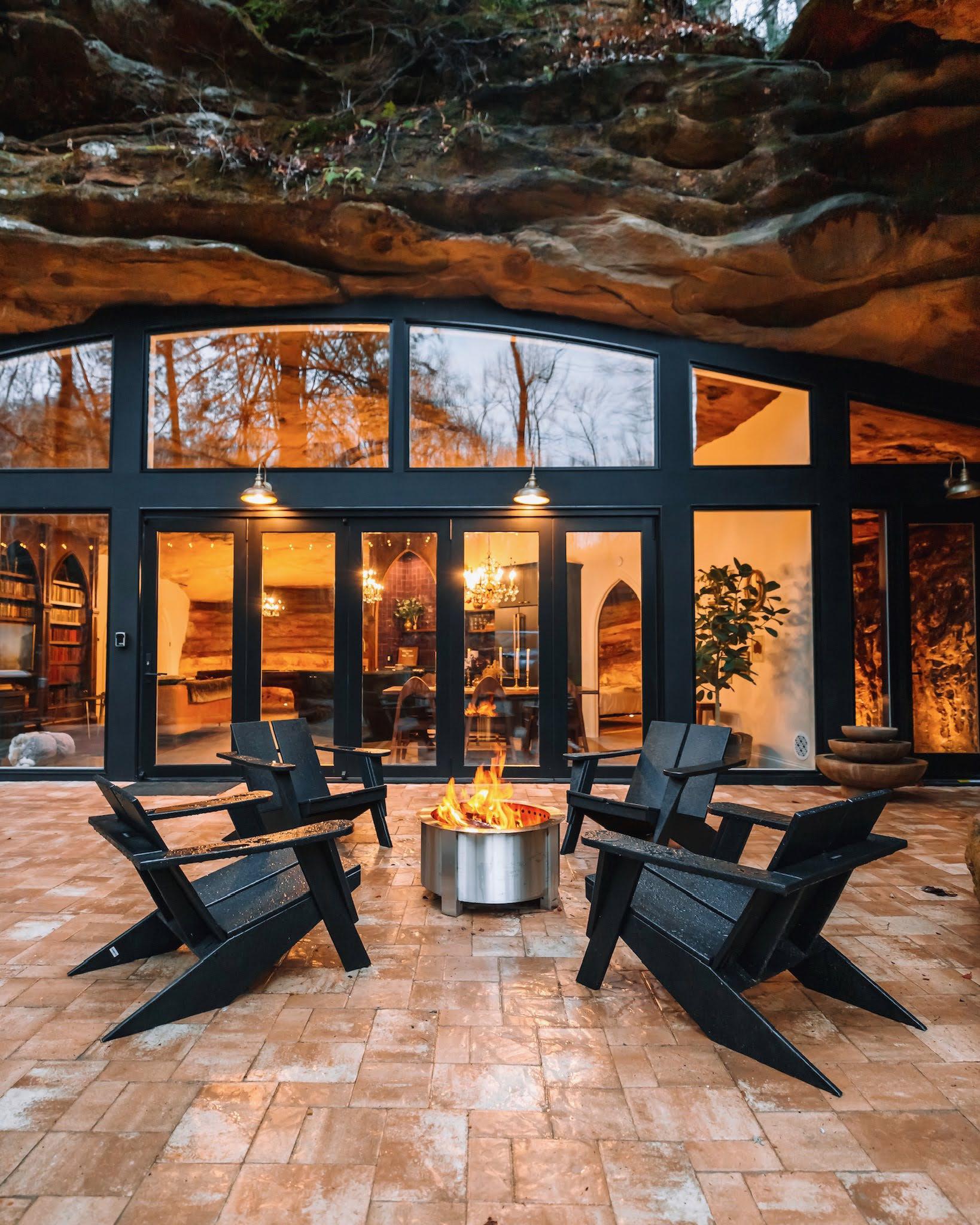
Among the local offerings are Glenlaurel (A Scottish Inn & Cottages), which offers Haggis as an option among its six-course meals and Rhapsody, a casual fine-dining restaurant at Hocking College, which is run by professional chefs and managers, along with students from Hocking College’s Culinary Arts, Baking, Hospitality and Event Management programs.
In the mornings, there is no greater treat than enjoying a cup of coffee by the gas-fired stove, followed by a relaxing dip in the hot tub during a light winter snow. The three adjacent trails on the property are perfect for climbing in between, provided one has ample attire to stay warm during the cooler months. The owners of rental cabins, Bryant and Amy Gingerich, leave a visitor’s guide and a trail guide inside each of the properties for visitors to learn more about activities and amenities in Dunlap Hollow and surrounding areas (Lancaster, Logan and Nelsonville).
A trip to the Hocking Hills Regional Welcome Center in Logan offers several brochures and information on things to do in the area. On site is the Paul A. Johnson Pencil Sharpener Museum, showcasing nearly 3500 pencil sharpeners. A few additional popular attractions — outside of the numerous state parks and forests, are the nearby towns of Logan and Lancaster, which feature quaint town squares and local art galleries. The 24/7 Hocking Hills Mini Golf and the nearby Columbus Washboard Company in Logan — the only manufacturer of handmade washboards and vintage laundry products in America (which includes an on-site museum) round out the area’s unique offerings.
To learn more information about Dunlap Hollow, visit dunlaphollow.com.

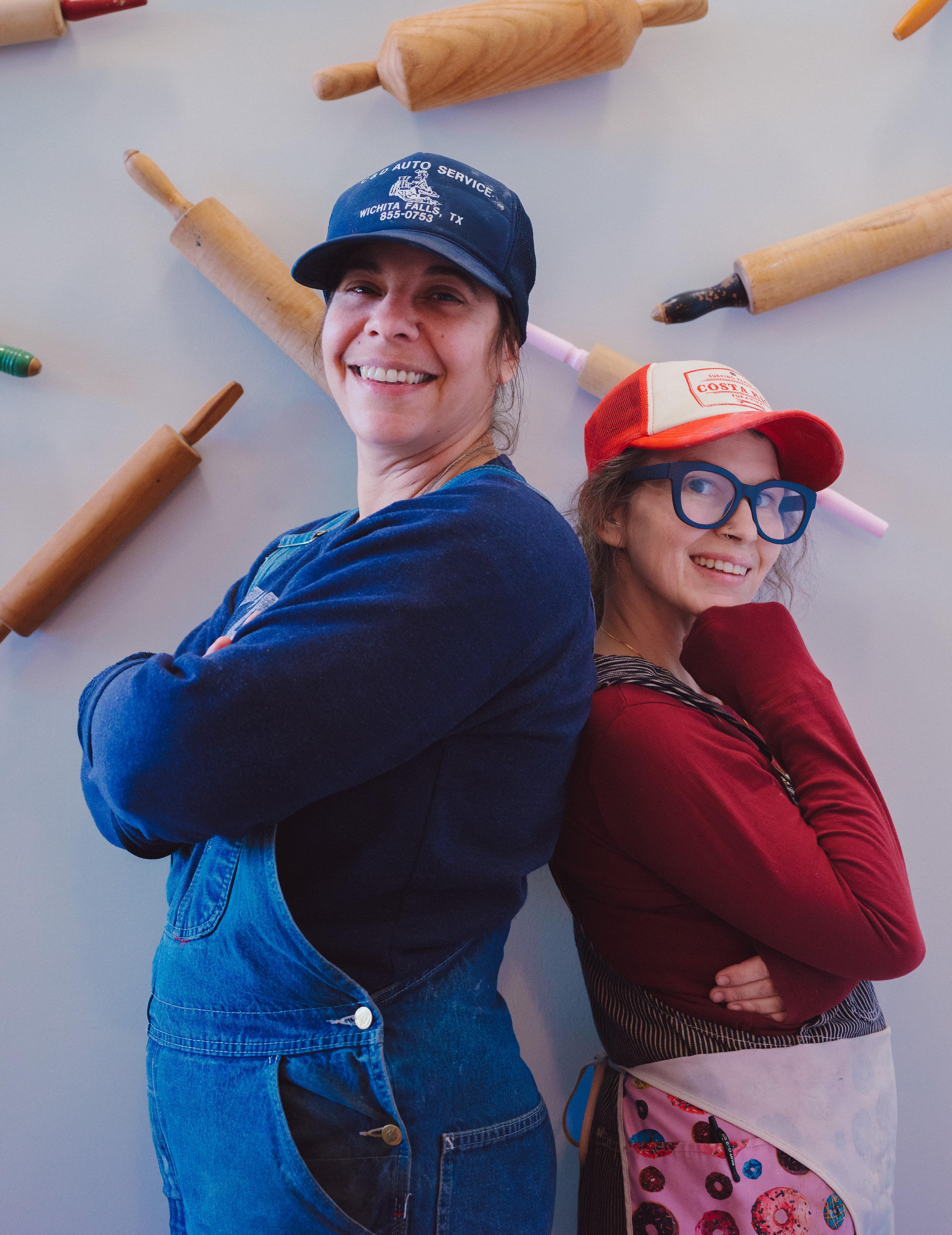 Owners Anne Harlow and Leslie Wilson
Owners Anne Harlow and Leslie Wilson
Louisville’s first and only female-owned doughnut shop and food truck establishment re-opened its storefront location last month. Below, self-professed “Ladies of the Morning” and owners Annie Harlow and Leslie Wilson share their business story with VOICE-TRIBUNE and talk about their sidekick catering partner, Shelby.
How did your business begin?
Our very first event was The Flea Off Market in April of 2013. We started out in a tent, bringing doughnuts, glazes and toppings to events throughout the city. After two years of working out of a tent, we bought our food truck, Shelby. We worked out of “her” for two more years. This allowed for us to grow quite a lot. Then in January of 2017 we got our first store front in Butchertown. We stayed at this location till Dec 2022. Now we have moved to the Douglass Loop. We currently still do catering and prepaid events with Shelby. Shelby loves weddings!



Tell us about your menu and offerings. In addition to a build-your-own-doughnut bar, we offer doughnut staples such as long johns and old fashioneds. We also have daily vegan doughnut selections.
We like to call ourselves a doughnuttery—as all things we make are doughnut-related. We also make doughnut sandwiches such as the buttermilk fried chicken doughnut sandwich with our homemade smackdown sauce; our breakfast doughnut sandwich that is served with a farm fresh egg, applewood smoked bacon, aged white cheddar, and Duke’s mayo. We offer a punny egg in the loop (our version of toad in a hole), and gravy dippers (doughnut holes with Leslie’s grandma’s sausage gravy).
We are local and female-owned. We grew up in the Highlands and are super stoked to be planting roots here as a community influenced business. We have an interesting start. With no previous baking experience we have created our dream job from just that, a dream. We pride ourselves on using fresh whole ingredients. Supporting local farmers and other local businesses, especially female [owned], wherever we can. All our doughnuts and glazes are made from scratch using whole ingredients. To quote This is Spinal Tap, we like to go to 11. We just created a coffee program that


is true to us. We will be featuring glazed lattes, and an assortment of other drinks that are on brand with who we are. Why go to 10, when you can go to 11?
How can our readers find/enjoy your doughnuts?
Our new location is at 1940 Harvard Drive in the Douglass Loop and will open the second week of February. In addition, your readers can follow us on Instagram, facebook, and tiktok at @ hifivedoughnuts.
Tell us about your seasonal products. Are there any special spring offerings?
We feature monthly case doughnuts that reflect the time of year and or current events. For example, we will have our always popular red velvet cake doughnut and chocolate noir heart doughnuts for Valentine’s Day. For St. Patrick’s Day, we will of course feature green goodies, and possibly a stout favorite. We will be featuring a cherry Mile Wide Beer Co. cordial — Mile Wide Frute Brute pastry cream with chocolate glaze. For Easter, we will feature our


annual carrot cake doughnut with actual carrot cake and cream cheese glaze and fun Easter egg decorated doughnuts.
What are your most popular items?
Our bourbon caramel and applewood smoked bacon doughnut has always been a favorite among our patrons. The buttermilk fried chicken doughnut sandwich has been featured on the travel channel, the cooking channel and on multiple recognizable platforms across the US. However, if you ask our pops, the sour cream old fashioned and the breakfast doughnut sandwich are the real winners.


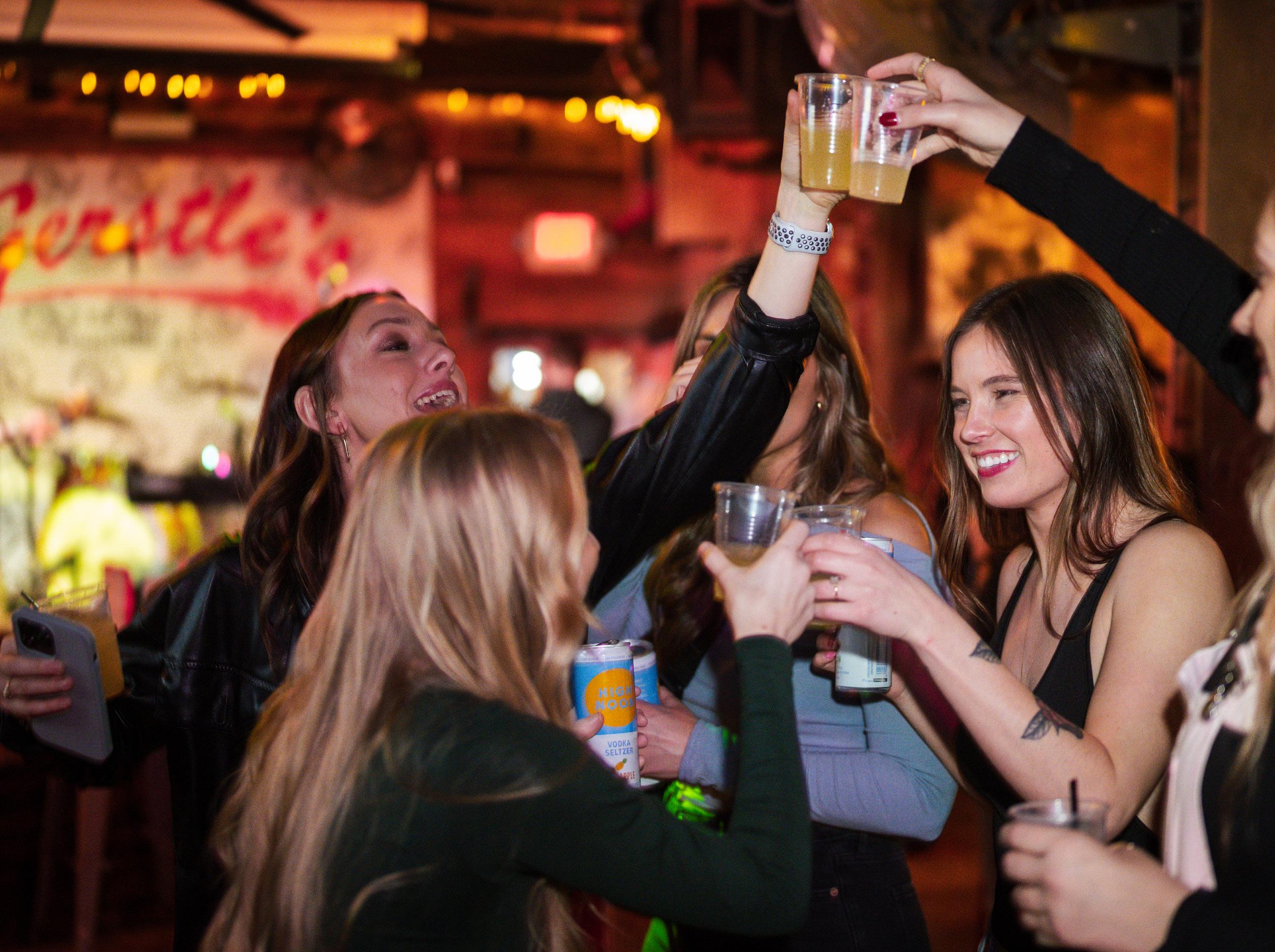

Tucked into a small strip of land between the railroad tracks and the junctions of Lexington Road and Frankfort Avenue, Gerstle’s has been a favorite neighborhood dive bar for nearly 100 years.
As current owner Erik White describes it, “My dad went there, his dad went there… and it’s just been this neighborhood dive bar forever.” It takes a special place to ascend to this level of dive bar immortality, and Gerstle’s has certainly done just that. However, following the shift into White’s hands in 2008 (and later co-owner David Sharp within the past year), this legendary neighborhood spot has gone through some big changes and major improvements, adding an expanded menu with upscale bar food, an outdoor patio, and a refreshed interior.
The bar was originally opened by John Gerstle and his wife in 1924 and stayed in the Gerstle family until the 1950’s. Since then, the bar has only switched ownership a handful of times, most recently being purchased by Erik White shortly following the city-wide smoking ban. At that time the building was in major need of some rejuvenation from years of accumulated smoke residue, so White and his team set to work removing the carpets and drop ceiling. They also expanded Gerstle’s footprint into an adjoining space that had previously been a Christian bookstore, but now offers outdoor seating and a patio area.
White was also interested in reconceptualizing the food offerings; though they had served food in the past, they dramatically increased the scope and quality of their food. Currently, Gerstle’s is proud to say that all the food they serve is made from scratch, in house, and that all the meats are smoked on premises. Some of the favorites include Memphis Nachos, the Grueben (their take on the classic Rueben), and their in-house smoked wings. However, the vast menu truly has something for everyone to enjoy—everything from salads and wraps to fish tacos, green chili wontons, and Mississippi short ribs. You will not go hungry here as you cheer on your favorite sports team or listen to the live band. In fact, you’re welcomed and encouraged to come watch your favorite sports team here, but be forewarned—it is the home bar of Minnesota Vikings fans, so be ready if you’re rooting for the opposing team!
Of course, as a bar, Gerstle’s also offers your favorite domestic beers as well as crafts, imports, seltzers, and a full cocktail selection. During good weather, and occasionally during special events, White takes advantage of the bar’s location on the train tracks. If you should be so lucky as to see a train during your visit, Gerstle’s sometimes offers dollar jello shots while the train is passing by.
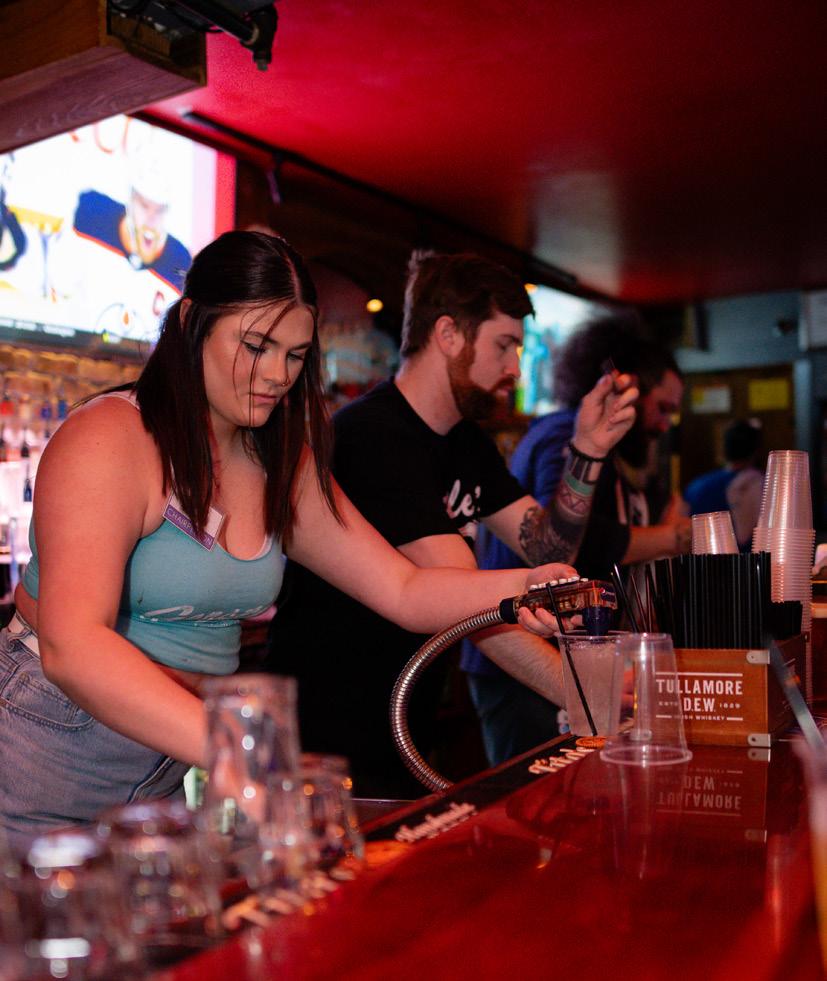
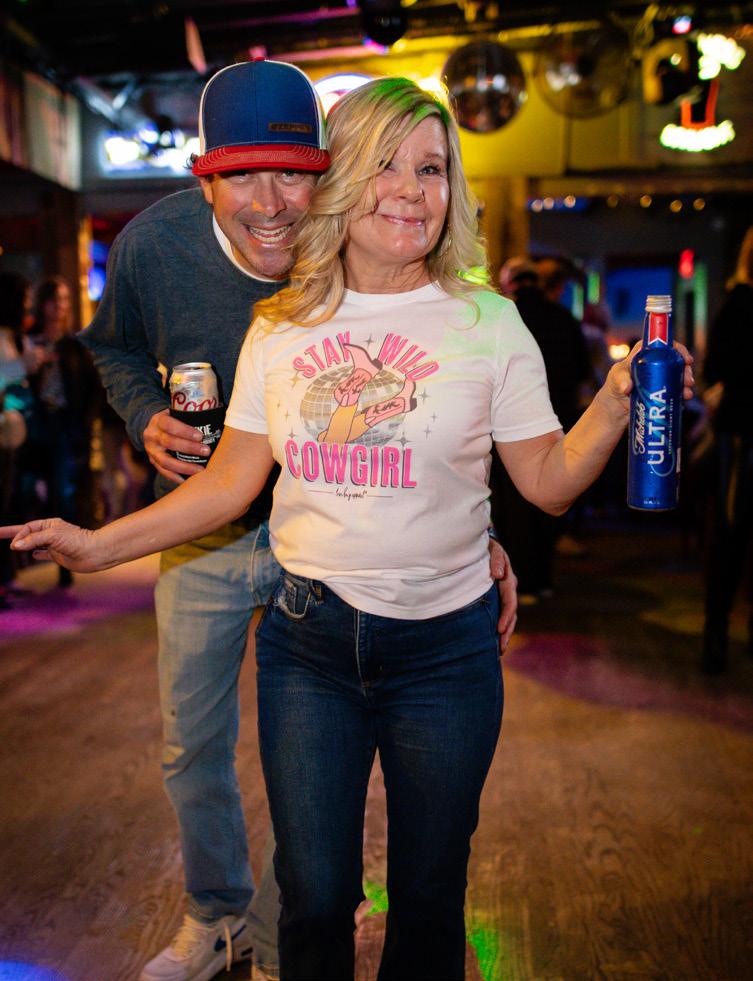
The offerings and atmosphere of Grestle’s are timeless – a great variety of food, live music, Trivia Tuesdays and the social buzz of a dive bar. The appeal of this place is universal, which is why Grestle’s has found success in their second location which opened three years ago in Clearwater Beach, Florida. The menu of this location highlights the fresh seafood of the surrounding area, but you can find the same live country music and madefrom-scratch options that make the Frankfort Avenue location such a comfortable neighborhood watering hole.
 Jacqueline and Reece at the Cathedral of the Assumption
Jacqueline and Reece at the Cathedral of the Assumption
An extra special day was made even more special when Jaqueline Owings married her husband, Reece Libs. Jacqueline, a parishioner at the Cathedral of the Assumption, was joined by the parish and the Cathedral Choir during her wedding for a very special moment.
“It was such a wonderful celebration,” said Jacqueline. “I felt as though my entire parish family had joined our family and friends at that moment. It’s a day I will never forget. Reece and I are so thankful for everyone who has wished us all the best as we start our life together!”
Below, Jacqueline (who happens to be the granddaughter of VOICE-TRIBUNE sports writer, Russ Brown, shares her love story with our readers.
How did you meet?
“We met the same way everyone dreams of meeting their significant other (this is sarcasm); our mothers set us up on a blind date. We went on our first date and the rest is history!”

Tell us about the proposal, or the moment you decided marriage was the next step.
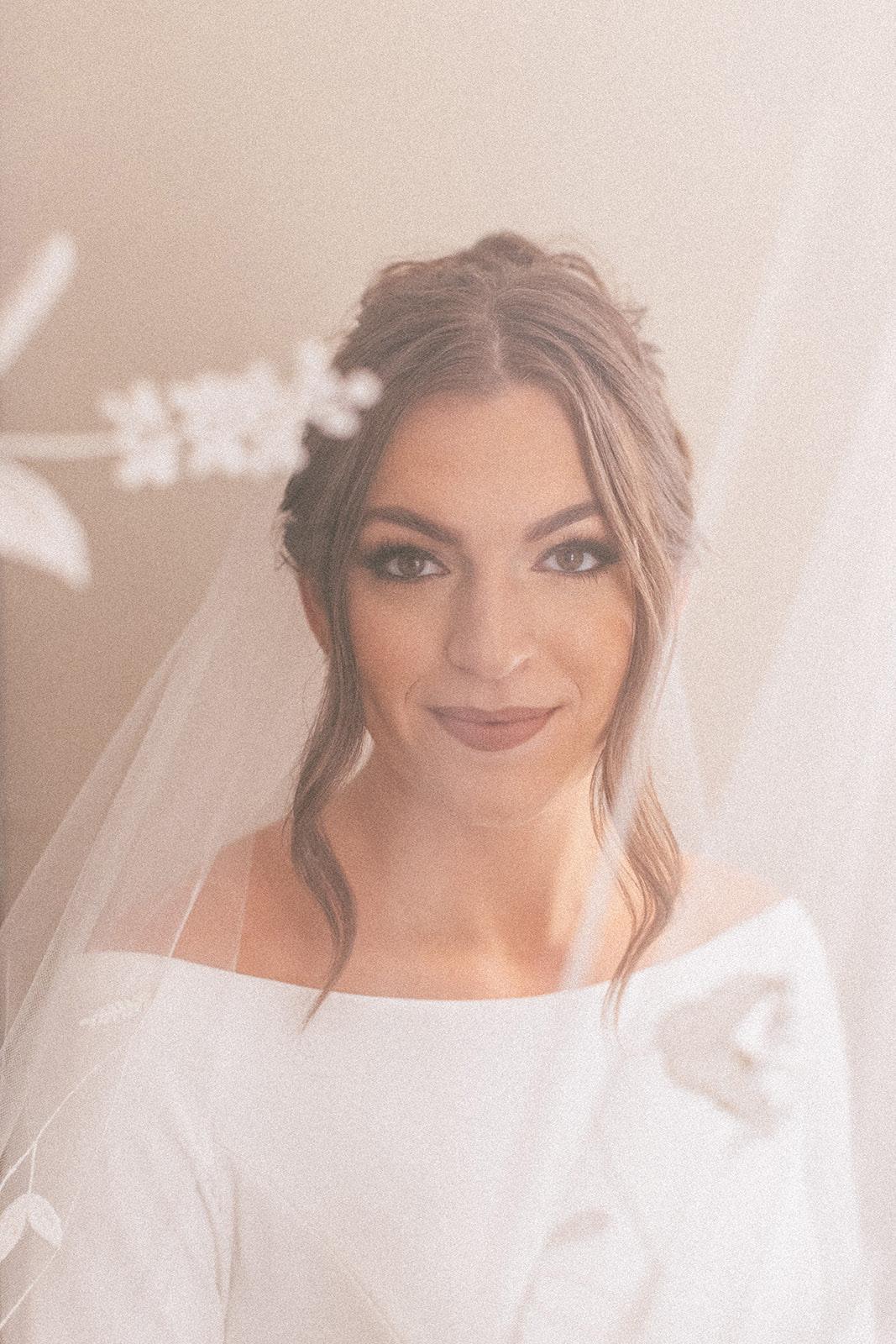
“We love to go on walks along the river. On an oddly warm day in November, Reece seemed especially eager to set out for this one. We got to a very scenic area as close as you can get to the water and just like that, he was down on one knee! In the midst of all the emotions and excitement both of us were feeling, the sun came out at just that moment and it all truly felt like fate. As soon as I said yes, we started to walk back home so we could break the exciting news to our family and friends. It could not have been more perfect.”
Where/when was your wedding?
“Our wedding was on January 26th, 2024. The ceremony was at The Cathedral of the Assumption and the reception was at The Olmsted.”
Who were your vendors?
“Our vendors were: Cake: Sandy’s Custom Cakes in Borden, IN; Invites: Julie Diamond; Floral and Decor: Ronda Stumler; Band: Juice Box Heroes; Day of Coordinator: Amber Miller; Photographer: Kriech-Higdon Photography; Dress: Bridal and Formal in Cincinnati, OH; Catering: Masterson’s; Rehersal Dinner: Volare Italian Ristorante; Chris Joyce: Photographer that took posed photos of guests, then printed the pictures for them as a keepsake of our wedding.
We went to Shall we Dance to learn a choreographed first dance. It was so fun, it was like a built-in date every Friday. Our instructor was Victoria Szukk, she was great. Hair: Jessica Brewer; Makeup: Kathy Moberly; Xtreme Transportation: Bridal party transportation.”
Where did you honeymoon?
“We went to Aruba! We stayed at the Marriott Renaissance Downtown. We decided on Aruba because we wanted to go somewhere that would be warm, with

great beaches and good food (two of our favorite things) and after lots of research we landed on Aruba. We had a great time and certainly hope to return to Aruba one day!”
Did you incorporate any family legacy, honorary memories or significant heirloom pieces into the event?
“We had a Memorial Table that had pictures of our loved ones that have passed so that they could be with us in spirit on our big day.”




Meghan Malley died peacefully January 8, 2024, after a long and courageous battle with cancer. She was 41 years old.
Born March 21, 1982, in Detroit, Meghan grew up in Royal Oak and graduated from Kimball High School in 2000. She then attended Miami University in Ohio before earning her Doctorate in Physical Therapy from Oakland University. On December 28, 2007, she married the love of her life, Mike Malley.
As a physical therapist, Meghan worked at the Rehab Institute of Michigan and The Recovery Project, where she eventually served as Program Director. In 2023, Meghan was named the State of Michigan Physical Therapist of the Year.
Meghan was an incredibly dedicated friend, and loved being a special “aunt” to many, especially her nephew Lewyn Malley. She loved to travel and was able to take many trips and explore the world. She was an excellent photographer who always enjoyed being outdoors. Perhaps more than anything else, she was an incredible wife who loved spending time with Mike and their beloved dogs.
After her diagnosis, Meghan became very active in causes helping those with cancer, including the Susan G. Komen Foundation, Cassie Hines Shoes Foundation, and Hope Scarves. Meghan also helped start a support group for young adults diagnosed with cancer at Weisberg Center (part of Karmanos) in Farmington Hills.
“Megan was instrumental in the success of Hope Scarves. She first met our founder, Lara MacGregor at a conference for young women affected by breast cancer in 2012,” said Anna Laura Edwards, Executive Director, Hope Scarves. “They became fast friends. Meghan’s beautiful smile is seen on many of our marketing materials. She served on our Metastatic Breast Cancer Research Task Force and helped us allocate our research dollars to top researchers in the field. And, she was always one of our top fundraisers for our annual event, Outliving Cancer. Meghan wrote in her own story that travels the world on behalf of Hope Scarves, ‘Every single day is a blessing and there is always something to be grateful for if we choose to see it.’”
A loving wife, daughter, sister, and friend, she was deeply loved and will be greatly missed by all those who were lucky enough to know her. May she now rest in peace.
She is survived by her beloved husband Michael, her mother Janice Hart (Doug), and her brother Jeff Sheppard. Meghan was preceded in death by her mother in law Patricia Malley and her father Brian Sheppard.
Memorial donations appreciated to the Hope Scarves Metastatic Breast Cancer Research Fund.





Hosted by the Kentucky Performing Arts Center and the River City Drum Corp, the Keepers of the Dream event celebrated Dr. Martin Luther King Jr’s vision. The Freedom award was presented by Mayor Craig Greenberg in Whitney Hall to this year’s two recipients: Carolle Jones Clay and Senator Gerald Neal.
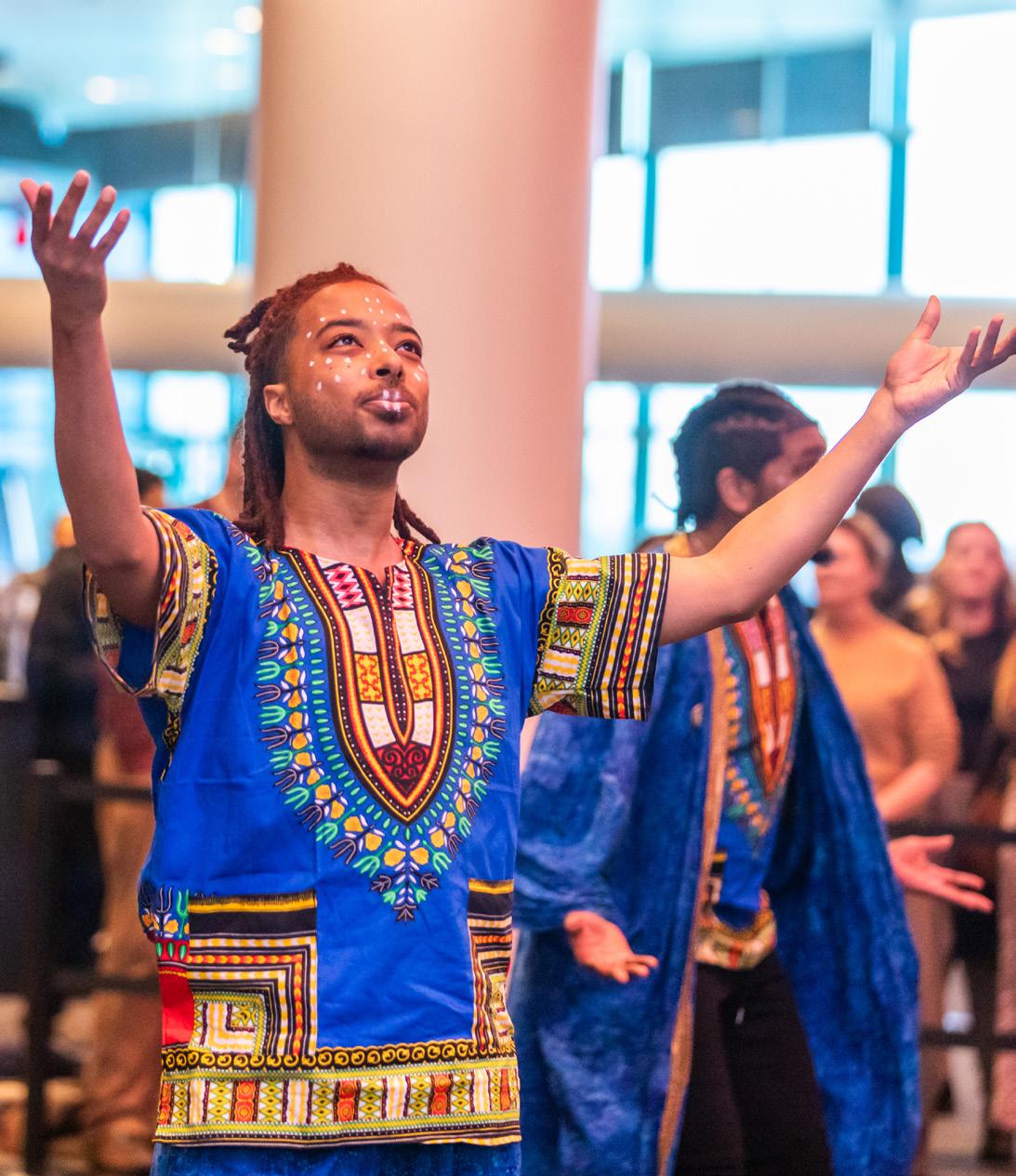
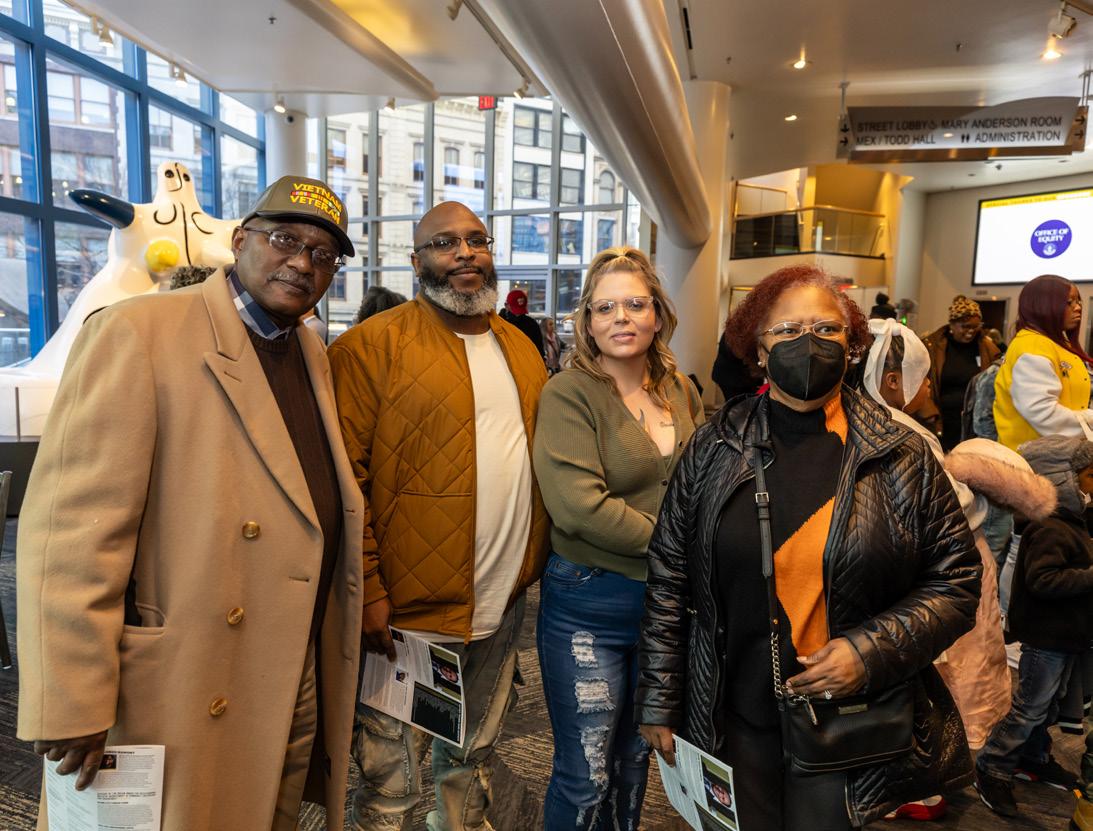

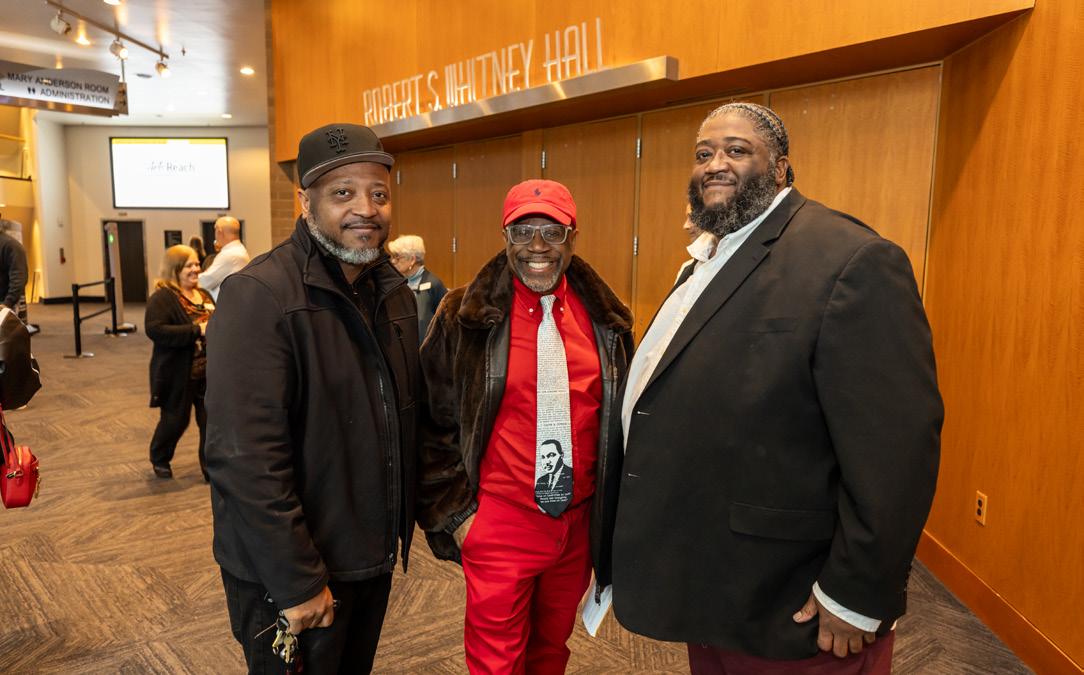

 PhotosbyKathrynHarrington
PhotosbyKathrynHarrington

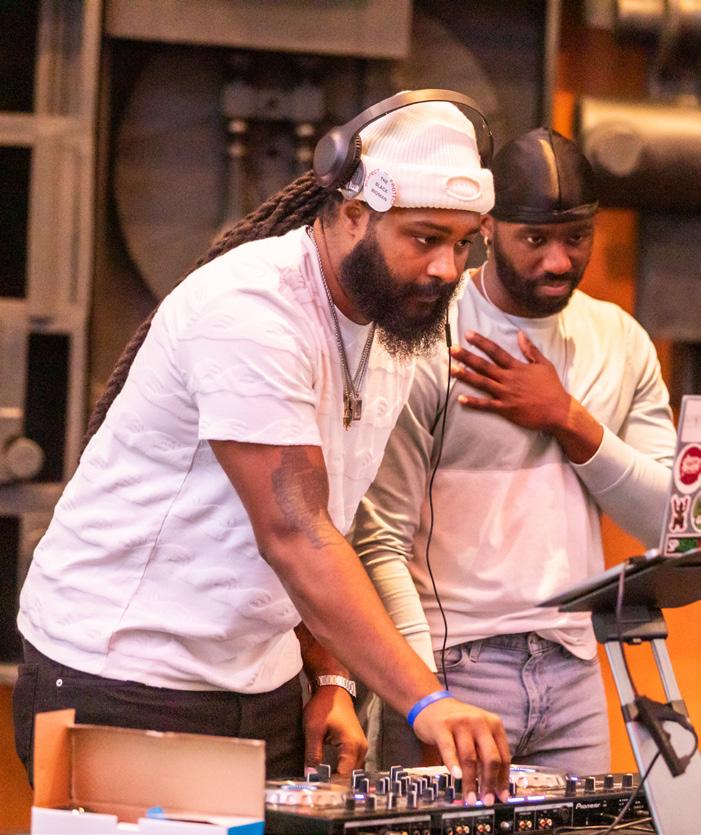







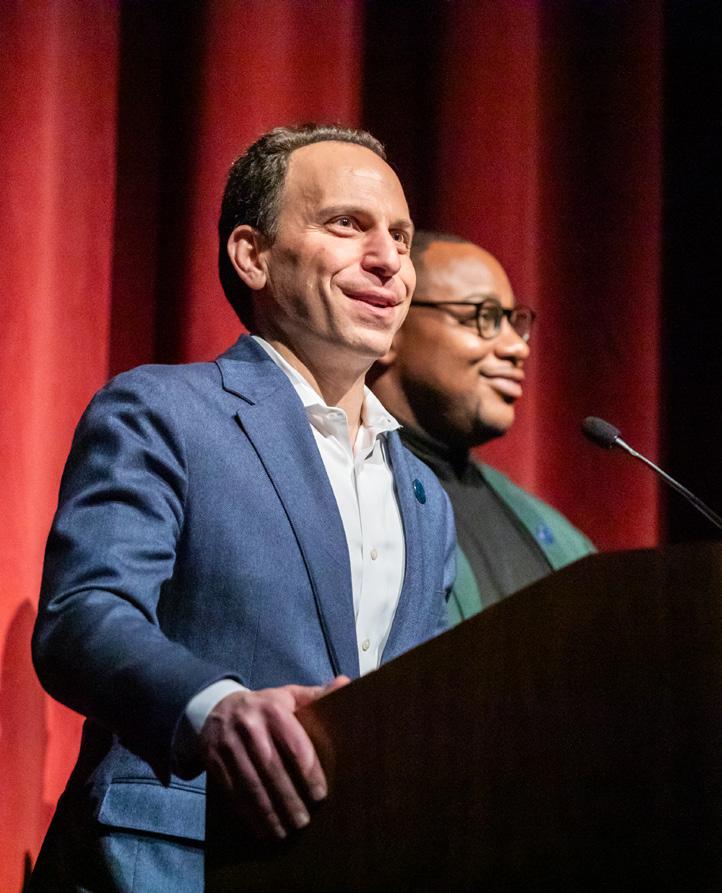 Mayor Craig Greenberg
Lashondra Hood and Beebee Patillo
Chase Sanders
Grace Smith, Councilman Phillip Baker and Rachel T Smith
Nealya Foreman, Shenise Harbin and Delise Foreman
Governor Andy Beshear
Mayor Craig Greenberg
Lashondra Hood and Beebee Patillo
Chase Sanders
Grace Smith, Councilman Phillip Baker and Rachel T Smith
Nealya Foreman, Shenise Harbin and Delise Foreman
Governor Andy Beshear

Cocktails, Cookies and the Composer is a series of events featuring chamber music by African American composers, local African American owned bars and restaurants, and presentations facilitated by Dr. Nkeiru Okoye. Hosted by the Louisville Orchestra, the event took place in the Omni Hotel Louisville’s Library Bar and included custom drinks and desserts.



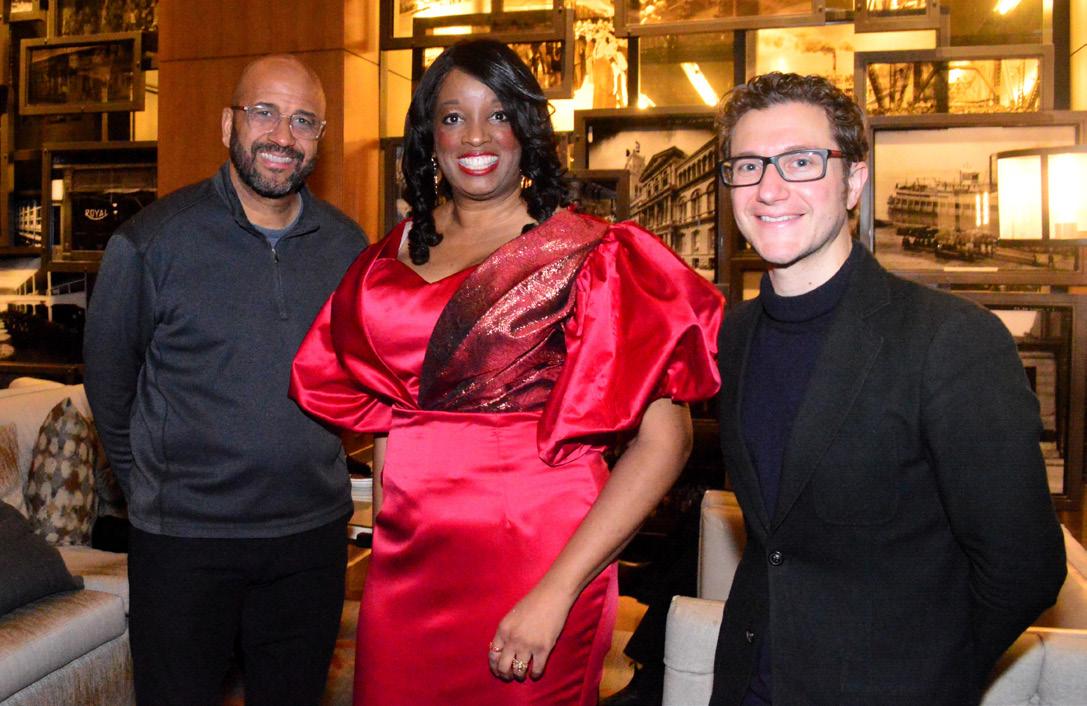

 Photosby Gioia Patton
Photosby Gioia Patton





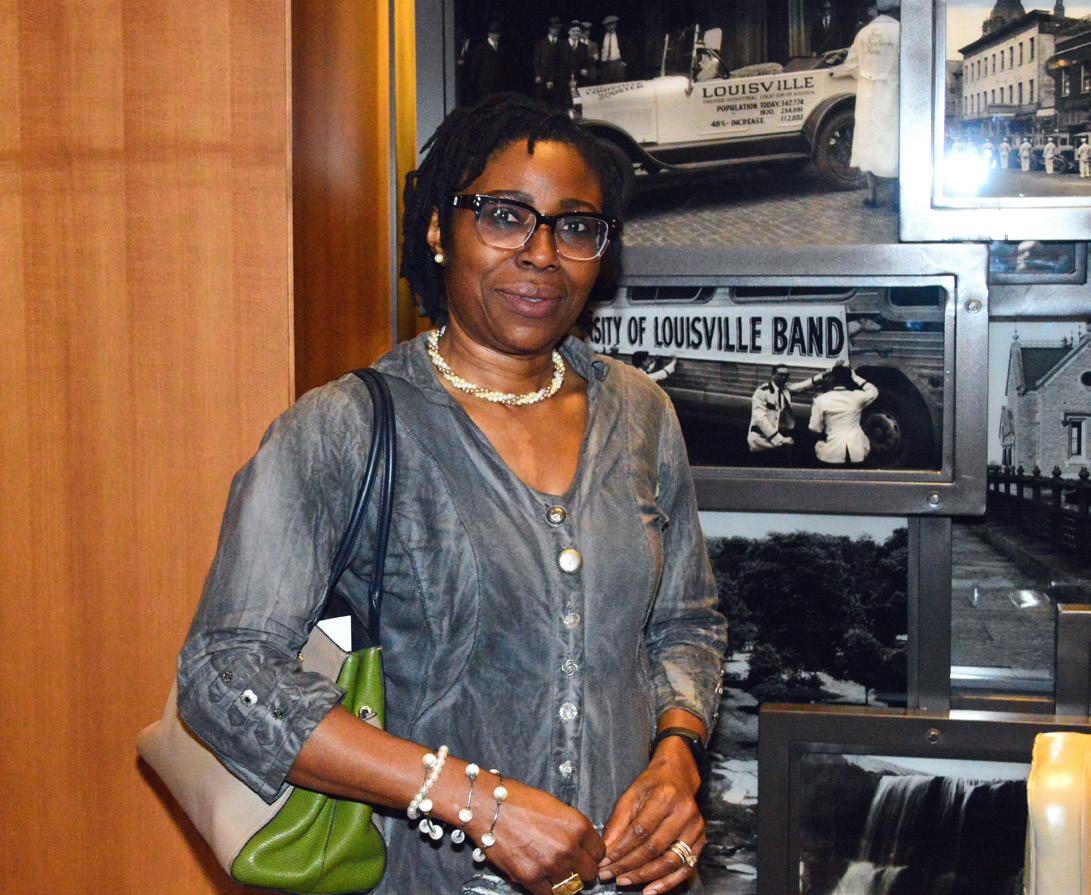


 James Williams and Antonio Thompson
Angela Brewer-Johnson
Joshua Watkins, Oppah Maluleke, Tawanda Chitapa and Sharlis Montgomery
Randy Blevins and Andre Wilson
Nicole Yates, Marilyn Jackson and Cheryl Guess
Cellist Jessamyn Fry
James Williams and Antonio Thompson
Angela Brewer-Johnson
Joshua Watkins, Oppah Maluleke, Tawanda Chitapa and Sharlis Montgomery
Randy Blevins and Andre Wilson
Nicole Yates, Marilyn Jackson and Cheryl Guess
Cellist Jessamyn Fry



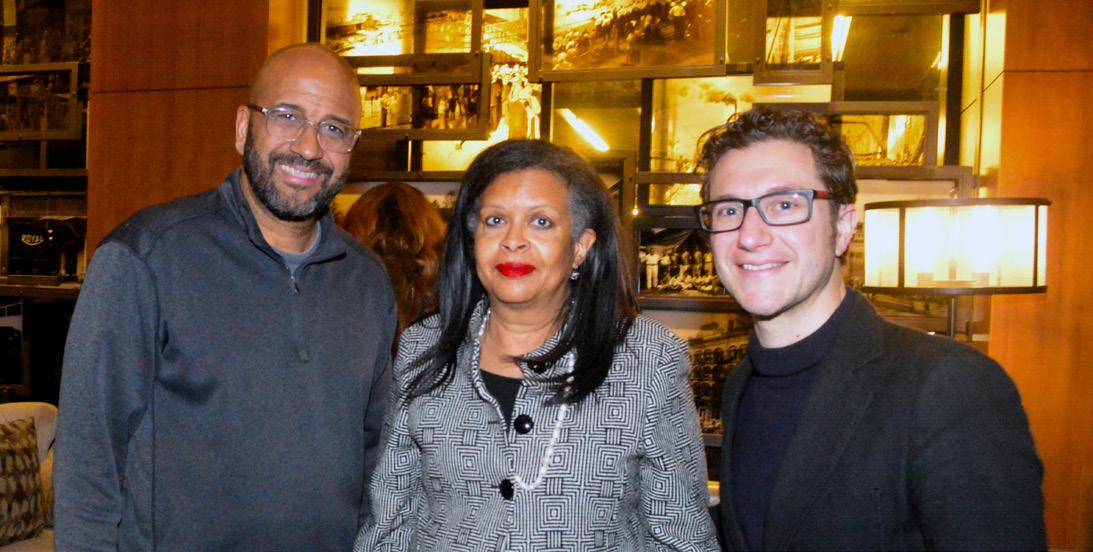


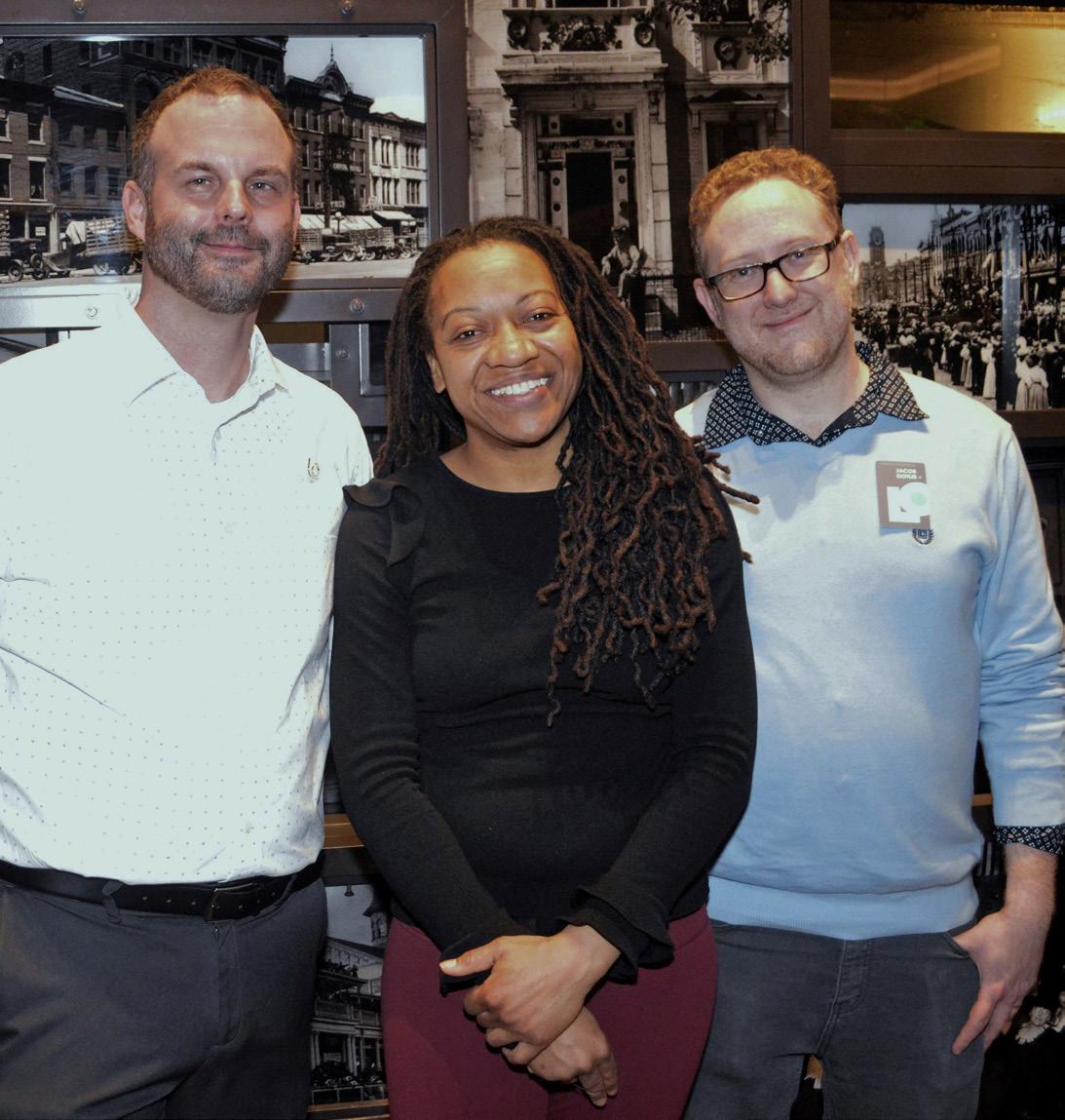 Kevin Murphy, Chris Robinson, Meghan Casper and Lindy Tsai
LaTricia Smith, Catrice Griffin and Sana Ahmed
Lorraine Wilbur and Stephanie Jackson
Louisville Orchestra’s Creators Corps- Alexo Berko, Dr. Nkeiro Okoye and Tanner Porter
Andre Kimo Stone Guess, Katheryn Higgins, and Louisville Orchestra Music Director Teddy Abrams
Kevin Murphy, Chris Robinson, Meghan Casper and Lindy Tsai
LaTricia Smith, Catrice Griffin and Sana Ahmed
Lorraine Wilbur and Stephanie Jackson
Louisville Orchestra’s Creators Corps- Alexo Berko, Dr. Nkeiro Okoye and Tanner Porter
Andre Kimo Stone Guess, Katheryn Higgins, and Louisville Orchestra Music Director Teddy Abrams
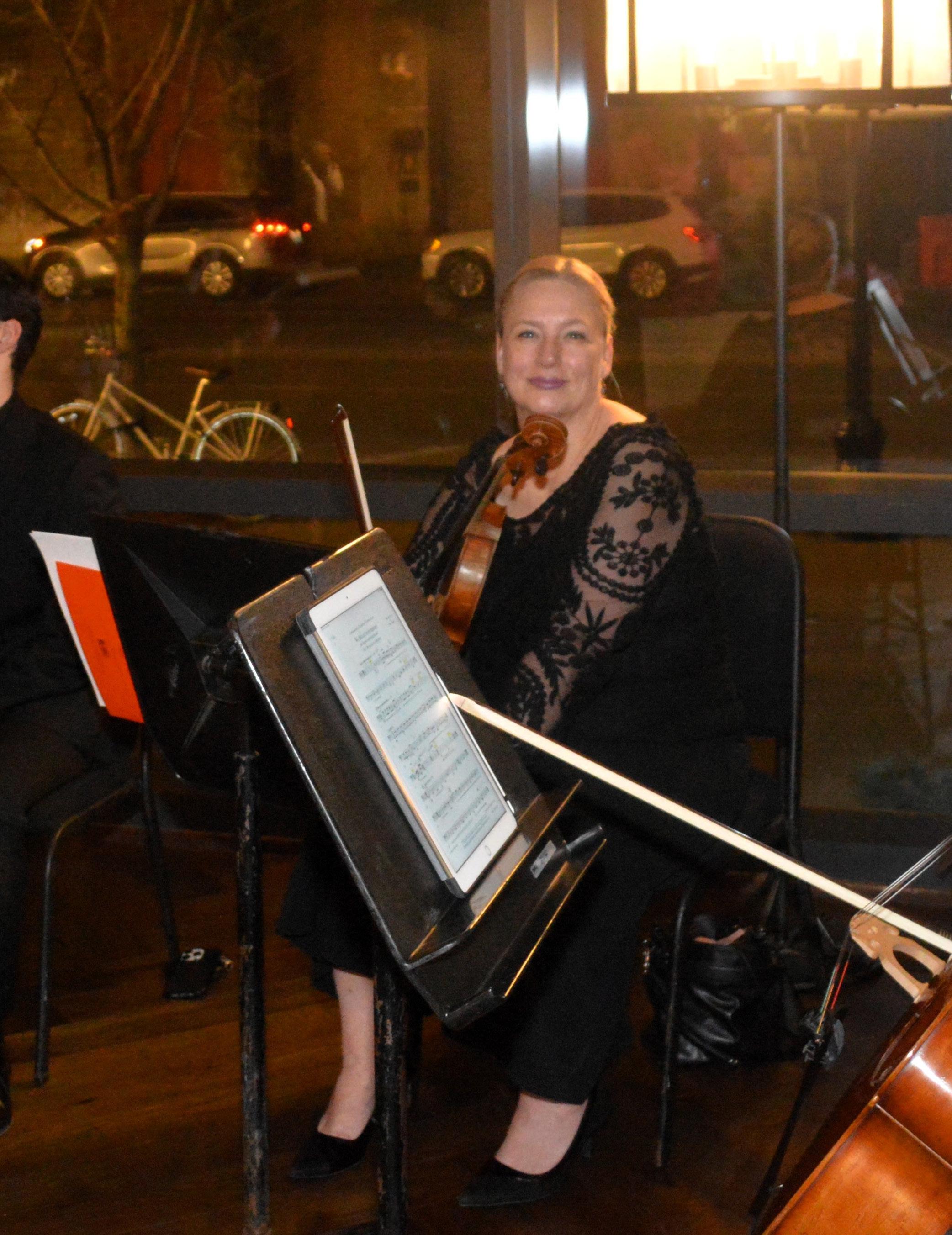







 Tawanda Chitapa and Samantha Jones
Tammie Haynes
Kendra Flanigan and Yonbretta Stewart
Nathaniel Koch, Mike Slaton and Andrew Fleischman
Keenan Burke, Ayanna Taylor, Rolandas Byrd and Keisha Deonarine
Kerry King and Chuk Obiechefu
Keenan Burke and Camille White
Tawanda Chitapa and Samantha Jones
Tammie Haynes
Kendra Flanigan and Yonbretta Stewart
Nathaniel Koch, Mike Slaton and Andrew Fleischman
Keenan Burke, Ayanna Taylor, Rolandas Byrd and Keisha Deonarine
Kerry King and Chuk Obiechefu
Keenan Burke and Camille White

The January After Hours at the Speed had quite a lineup of activities for guests to enjoy. The theme of the event was An Evening with the Louisville Living Room, a poetrycentric collective. The evening featured vision board button making, a gallery talk with Terra Foundation Assistant Curator Jennifer Downs, a screening of Monster, and a panel discussion with the Louisville Living Room.
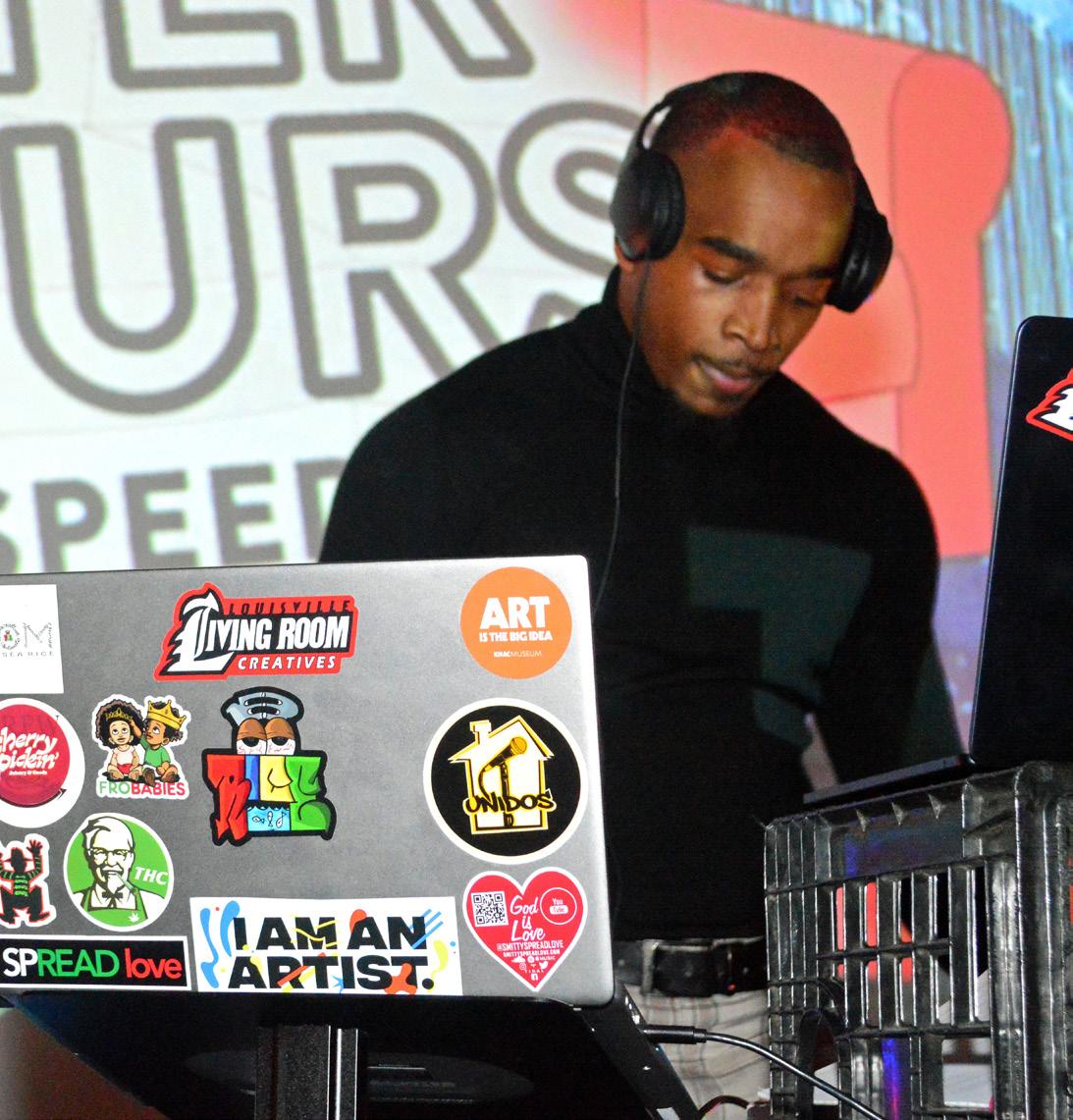
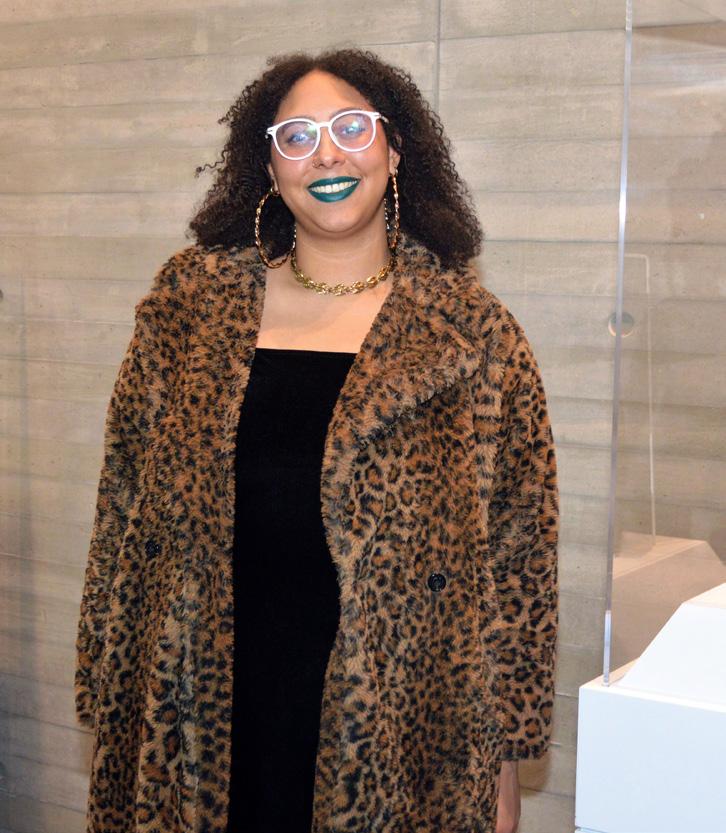




 Photosby Gioia Patton
Photosby Gioia Patton










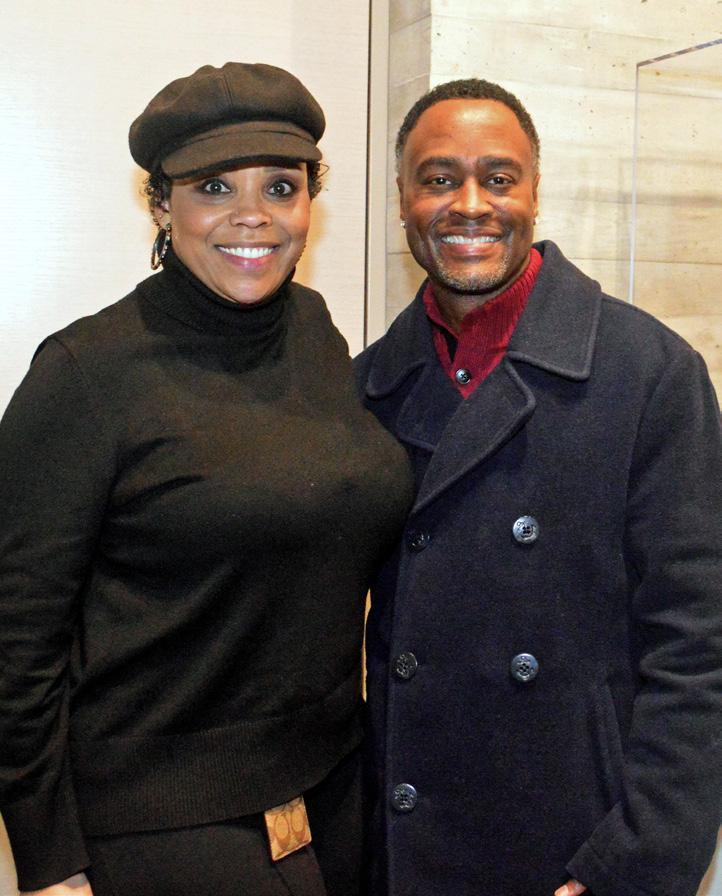 Speed Art Museum’s Jessica Bivens and Marc Travis
Ally Hall and Alyssa Turner Hilda Vasquez and Todd Oberhausen
Father Vincent Petersen, Amy Derenzo Hulbert, Jaime Zaragoza and Leland Hulbert
Makya Griffin, Kempa Burney and Russell Dillard
Aldo McLean and Nadine Jacobsen-McLean
Jennifer Locke, Michael Coppage and Kaya Friday
Miss Black Kentucky USA 2024 Sophia Crowder
Speed Art Museum’s Jessica Bivens and Marc Travis
Ally Hall and Alyssa Turner Hilda Vasquez and Todd Oberhausen
Father Vincent Petersen, Amy Derenzo Hulbert, Jaime Zaragoza and Leland Hulbert
Makya Griffin, Kempa Burney and Russell Dillard
Aldo McLean and Nadine Jacobsen-McLean
Jennifer Locke, Michael Coppage and Kaya Friday
Miss Black Kentucky USA 2024 Sophia Crowder

KMAC and Churchill Downs Hosted the annual KMAC Couture Launch Party at the KMAC Museum. Guests enjoyed music, light bites and got to meet the artists and see accepted designs for KMAC Couture 2024: Runway for the Roses.

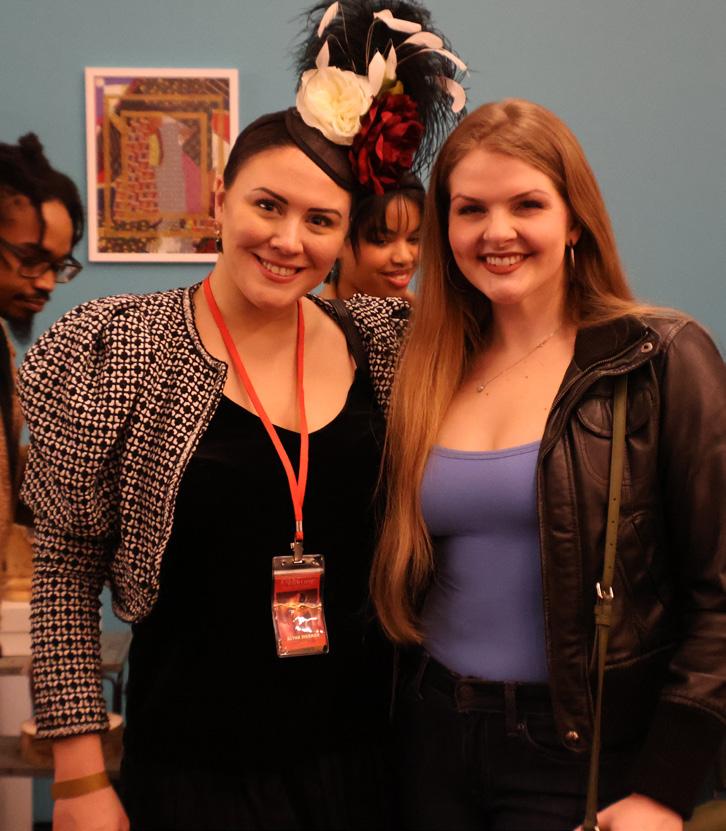
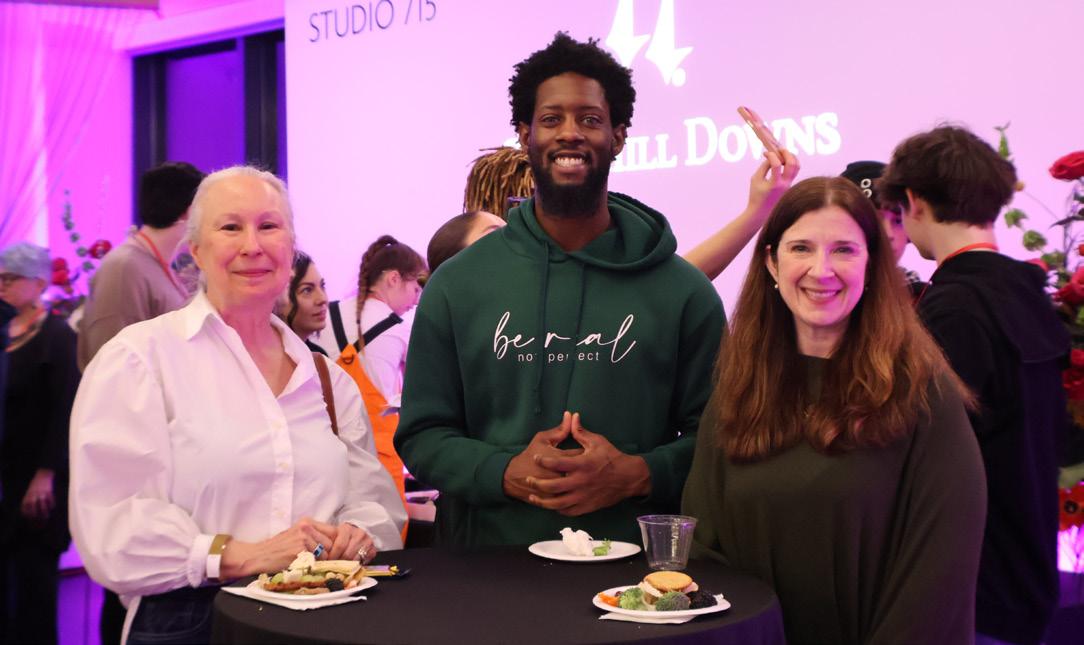



 PhotosbyDr.RandyWhetstone
PhotosbyDr.RandyWhetstone





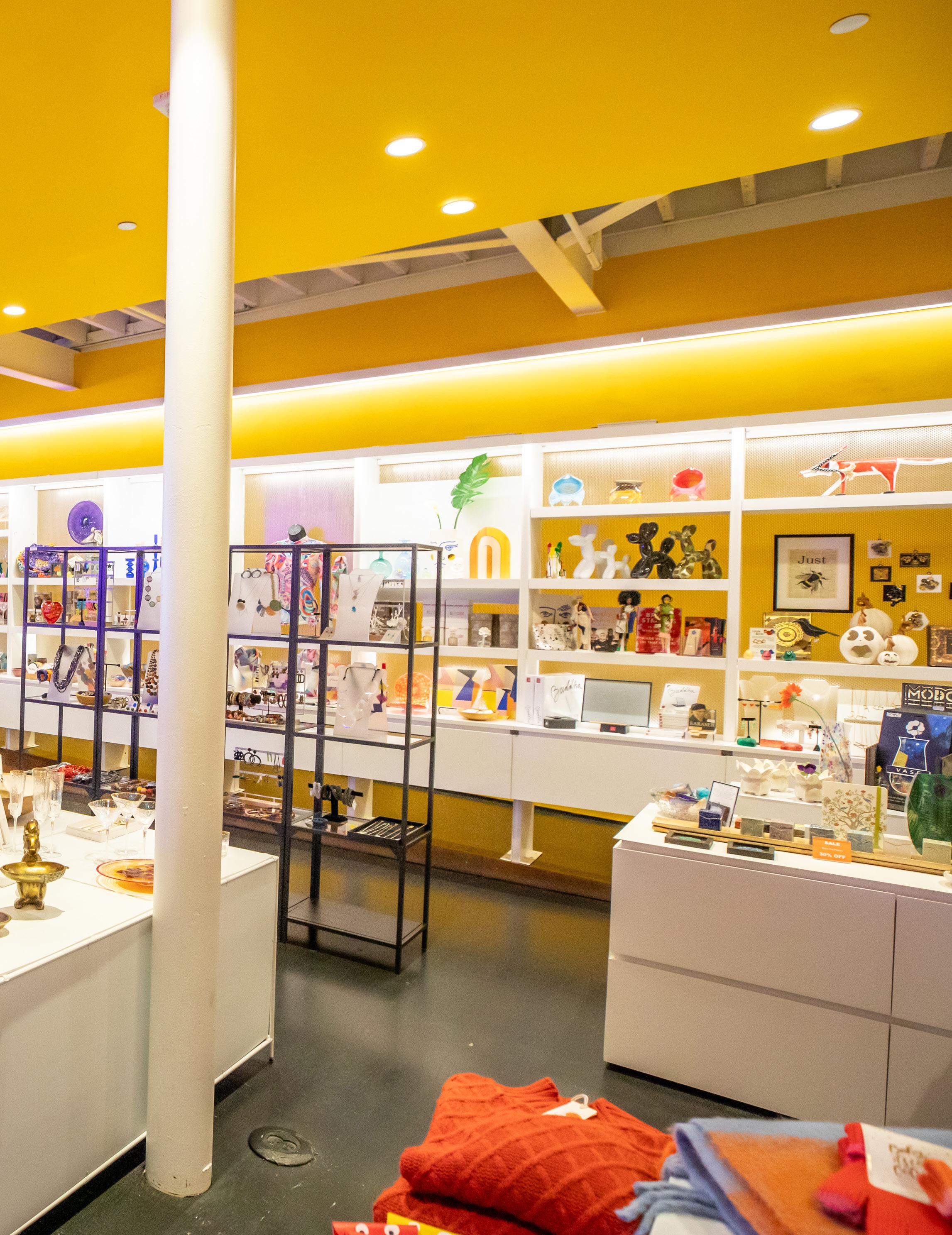
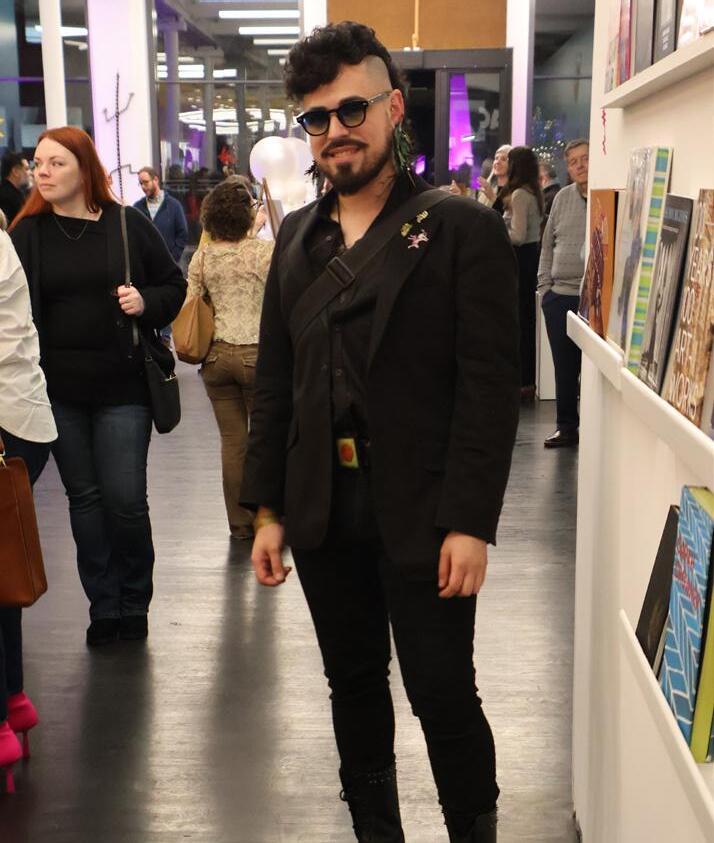

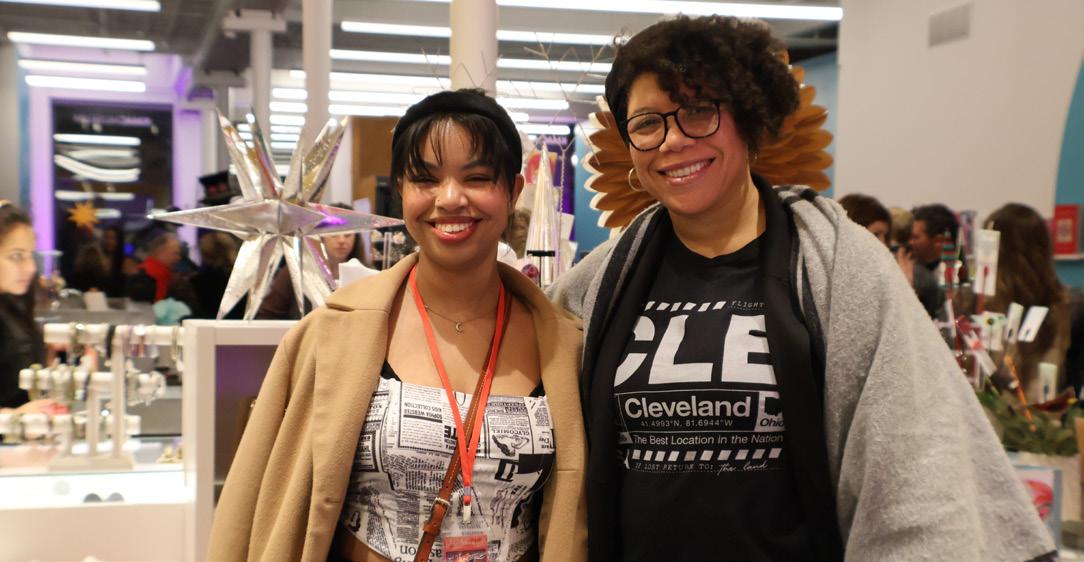

 Artist Edward Taylor and Dezaray Nicks
Cassie Engelking
Artists E’lesha Tooner and Jaymee Angton
Artist Evynn Pollard and Evelyn Pollard
Matthew Cottrell and Trace Mayer
Artist Soul Doll and Lakisha Patterson
Beckett Barnes, Thomas Dewson, co-artist Anna Cohen, and artist Leah Schuhmann
Artist Edwin Ramirez
Georgia Young and Laurie Jonhatan
Artist Edward Taylor and Dezaray Nicks
Cassie Engelking
Artists E’lesha Tooner and Jaymee Angton
Artist Evynn Pollard and Evelyn Pollard
Matthew Cottrell and Trace Mayer
Artist Soul Doll and Lakisha Patterson
Beckett Barnes, Thomas Dewson, co-artist Anna Cohen, and artist Leah Schuhmann
Artist Edwin Ramirez
Georgia Young and Laurie Jonhatan
Vital Motion Group Fitness hosted its grand opening in St. Matthews. The newly renovated location on Clifton Avenue emphasizes a fitness without fear philosophy and meets clients where they are in their fitness journey with customized workout plans. Refreshments were provided by Clean Eats and attendees also enjoyed exercise demo stations, giveaways, and drawings.



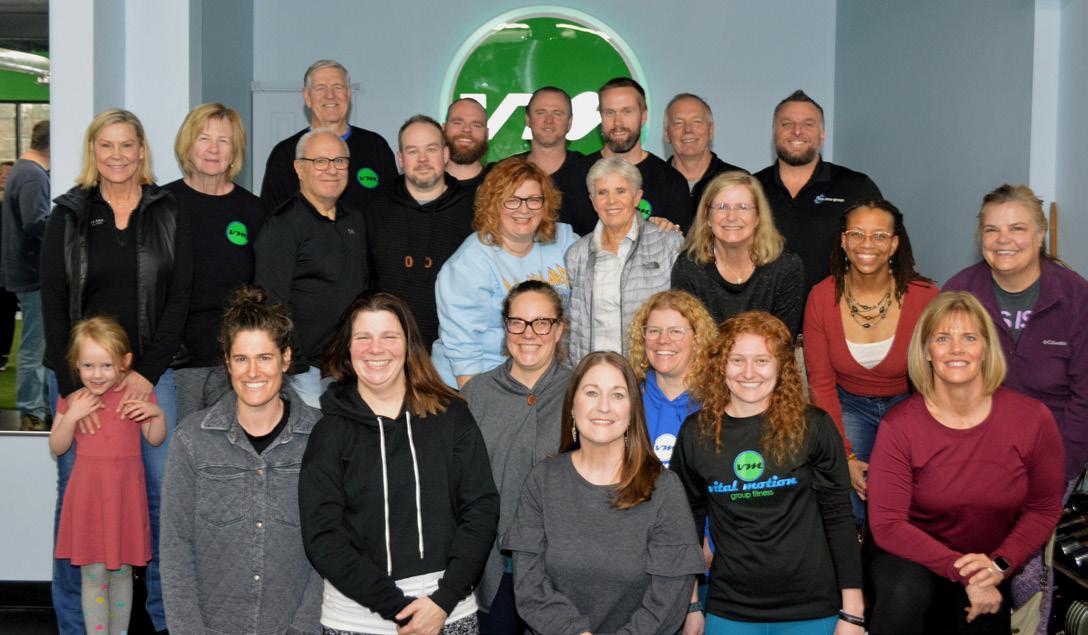









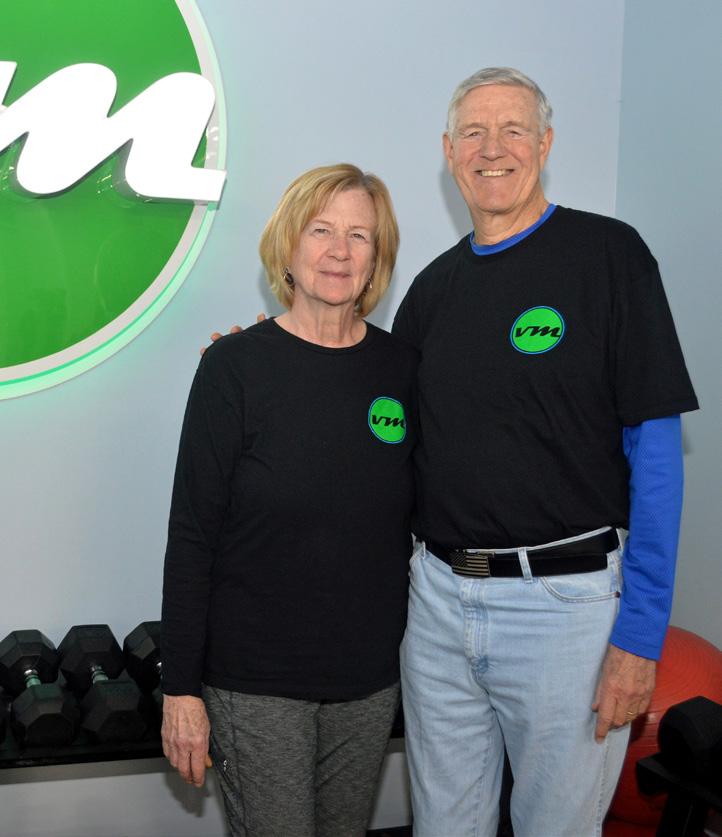
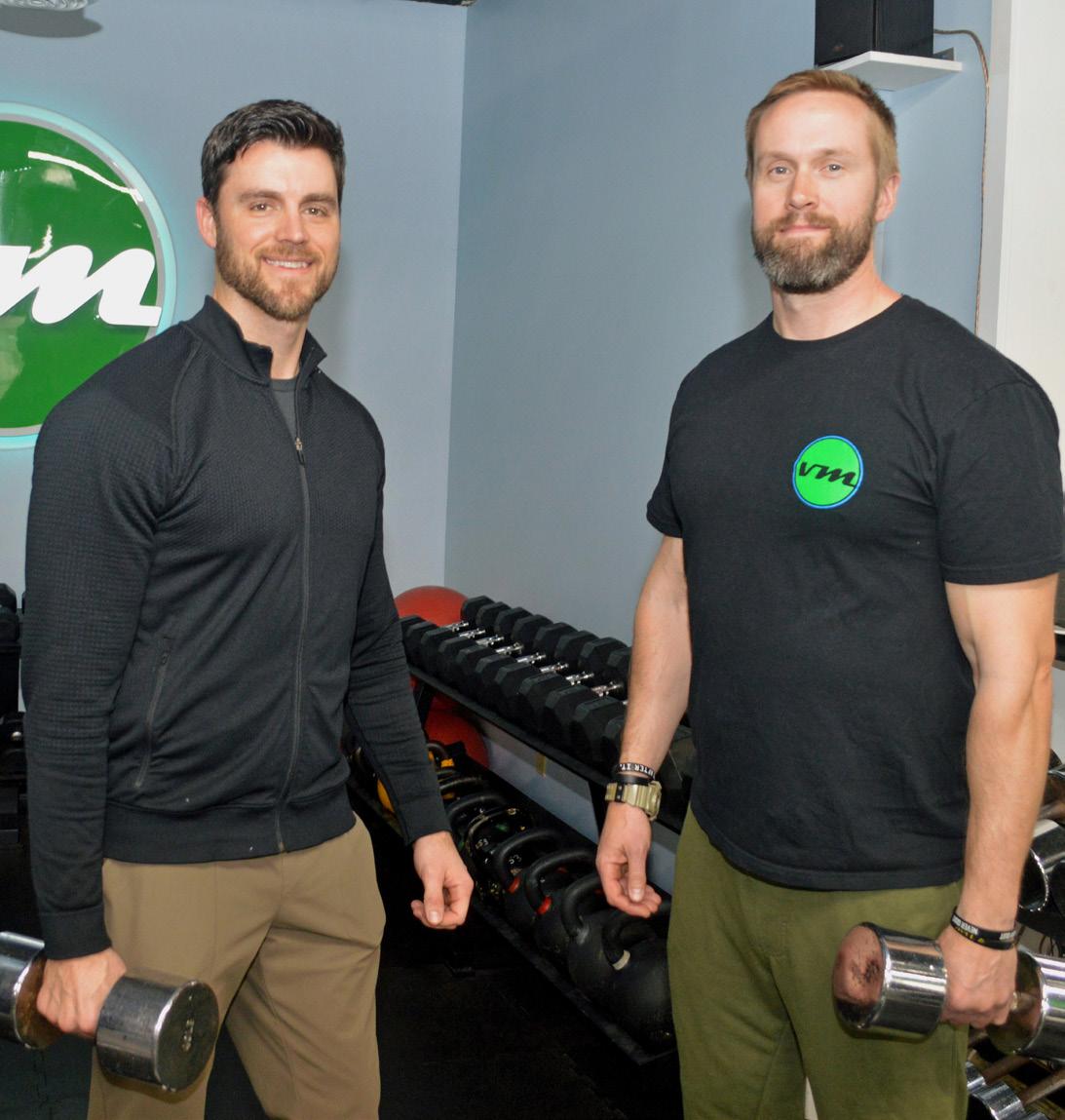



Bourbon & Beyond released its 2024 lineup and a celebration was held at Taj in NULU. Guests had a chance to win free passes to the music festival as well as enjoy specialty craft cocktails.
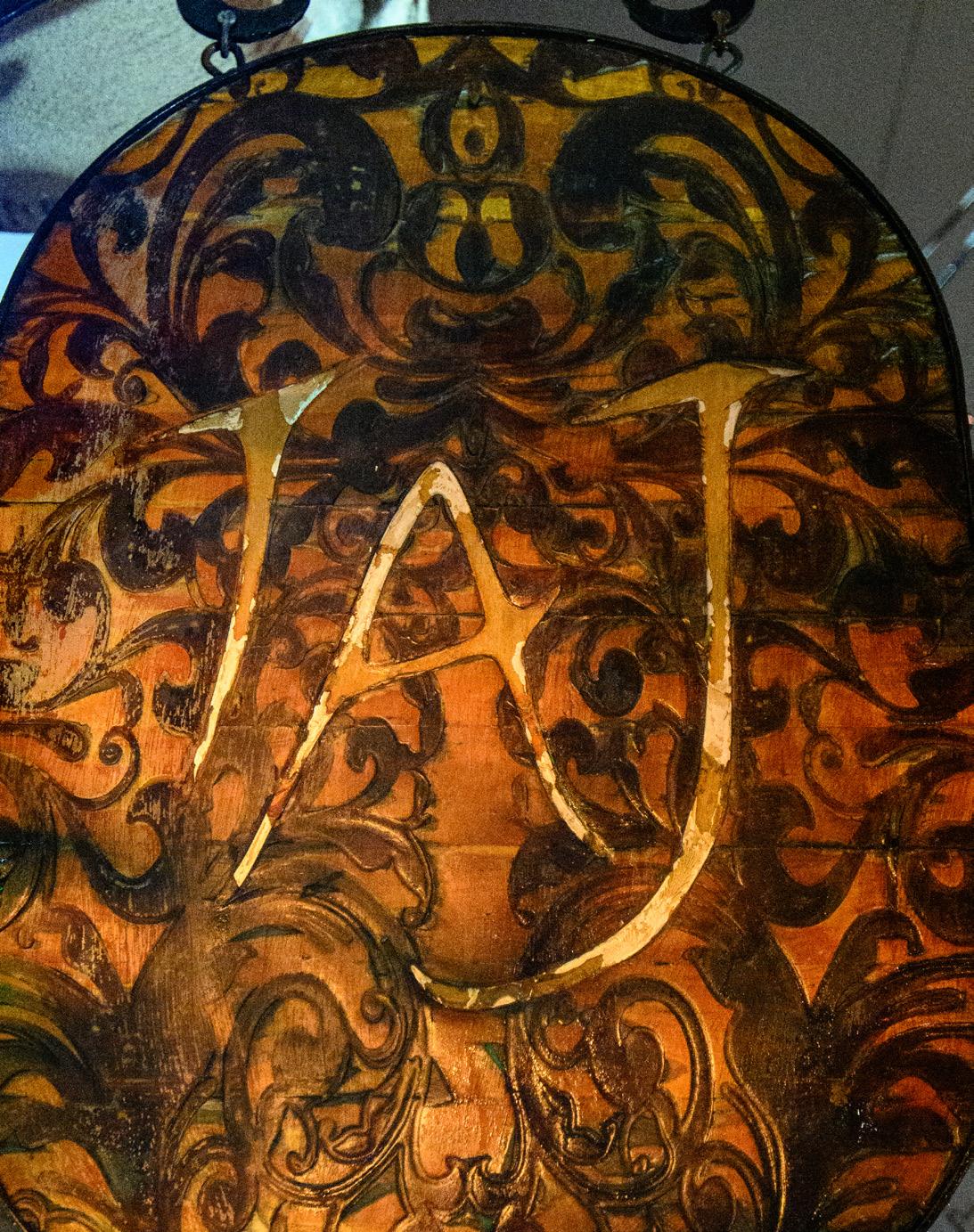




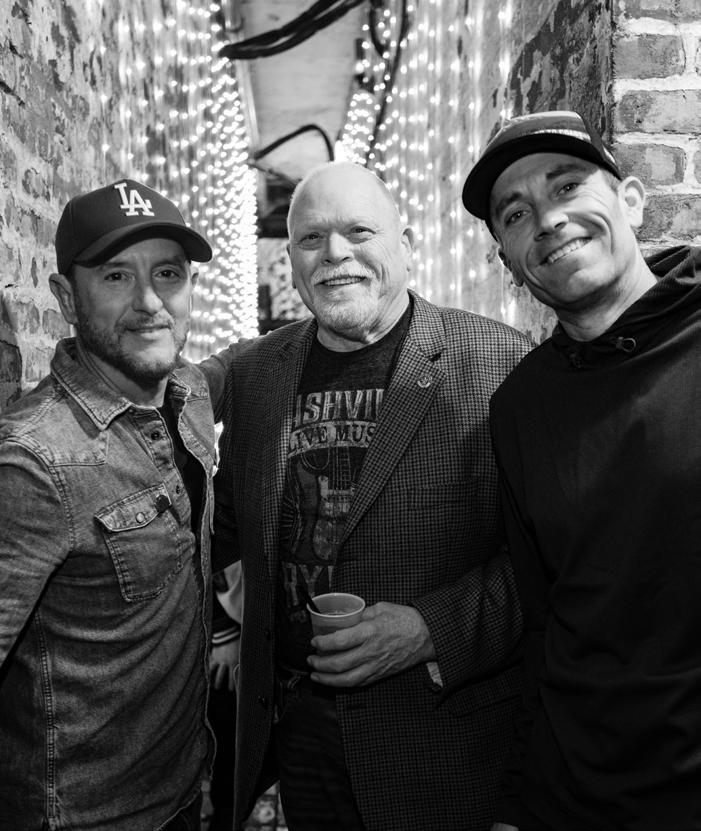
 Photosby MattJohnson
Photosby MattJohnson


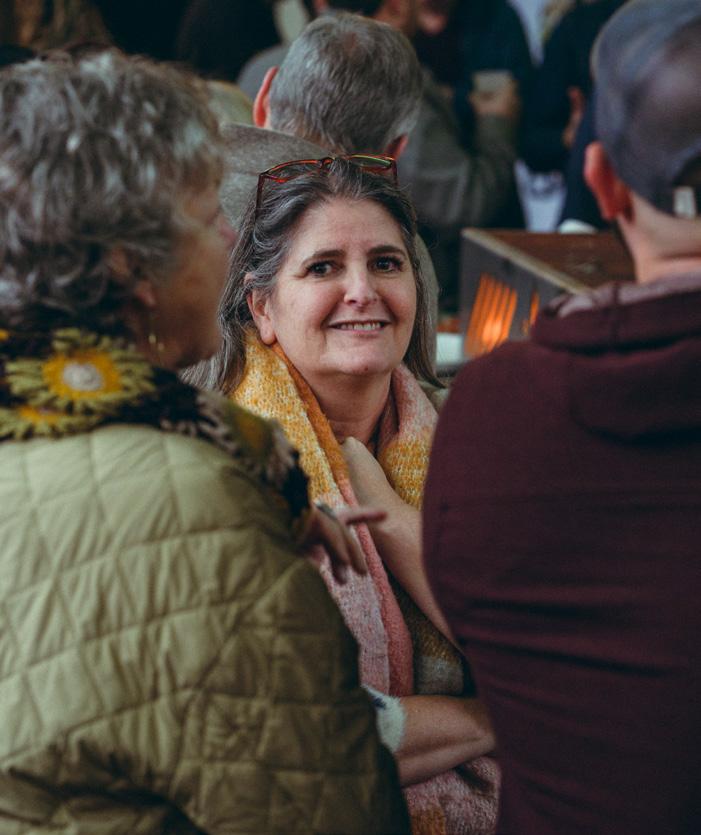






Shaun & Maureen Donahue
Scott & Kate Recker Danny Brewer, Karen Elder, Missy Brewer, Shelby Steege Charmin Tice, Isabella Robinson Ashlea & Austin Spears





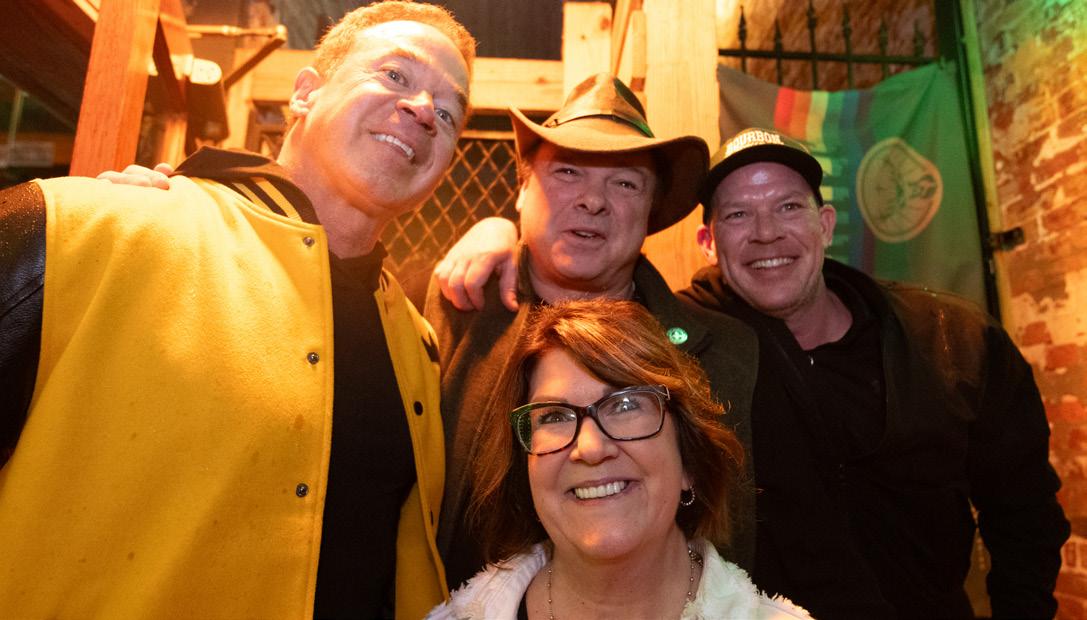 Daniel Hutchins, Joe Gollahon
John Ramsey, Ken Blackthorn, Mike Maloney and Doris Sims
Daniel Hutchins, Joe Gollahon
John Ramsey, Ken Blackthorn, Mike Maloney and Doris Sims





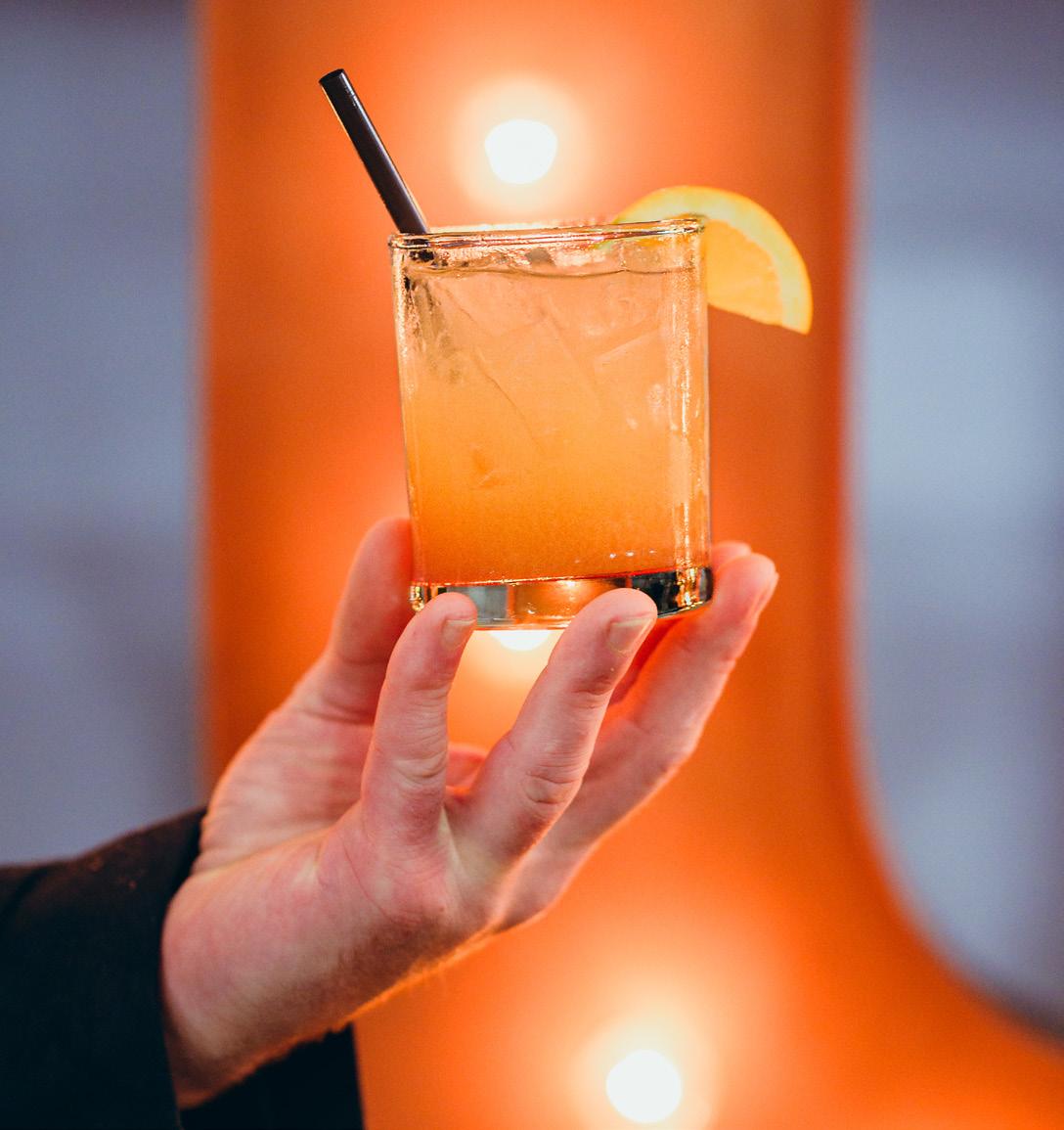
 Danny Wimmer Presents Team
Leah Marie Schultz, Macy Marie, Sarah & Turner Mayton with Trevor Bowling
Danny Wimmer Presents Team
Leah Marie Schultz, Macy Marie, Sarah & Turner Mayton with Trevor Bowling

After 47 years of teaching in higher education, artist and educator Bob Lockhart wanted to find a way to honor the most creative out of his more than 7,000 students that he’s taught over the years. Lockhart, the founder of Bellarmine’s art department, chose 24 of his former students to comprise ‘La Creme de la Creme’ at Pyro Gallery.

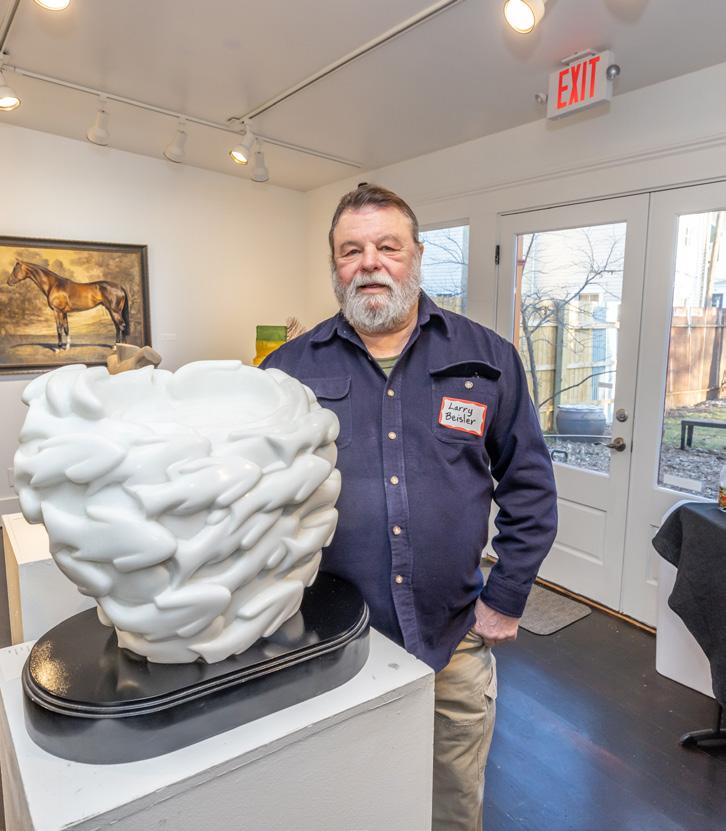



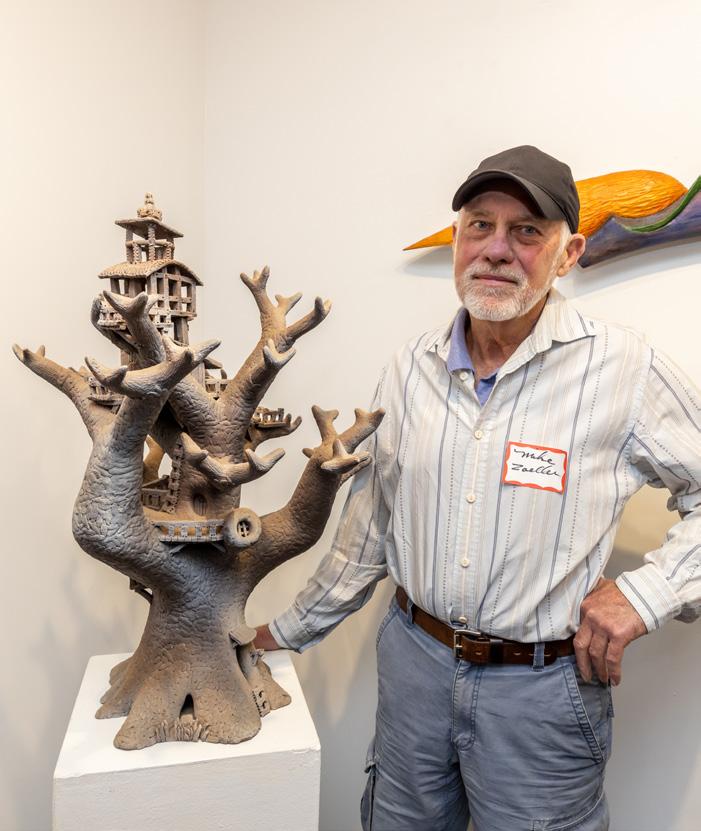
 PhotosbyKathrynHarrington
PhotosbyKathrynHarrington







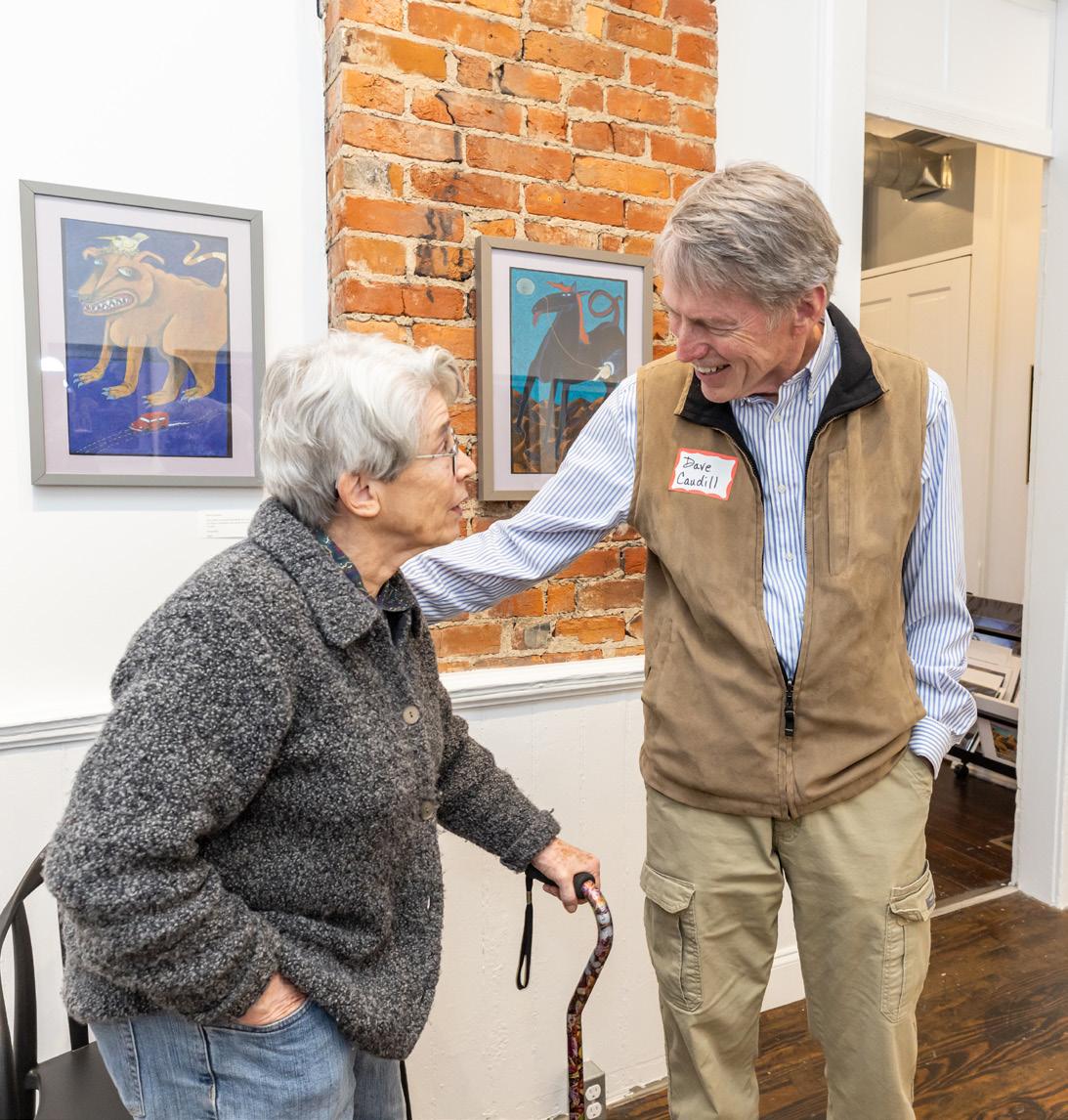
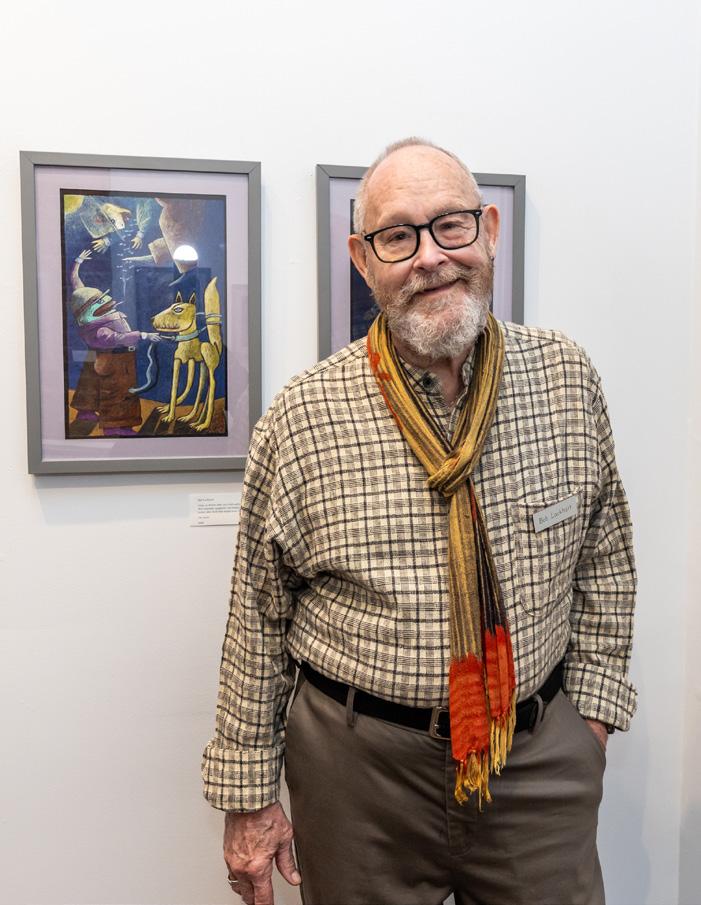
 Nancy Carrington and Leslie Friesen
Tonya and Matt Williams
Bob Lockhart
Donna Stone, Judith McCandless and Jane Emke
Things Are Looking Up by Fred DiFrenzi
Sissy Brock and Laura Guissinger
Artist Larry Beisler and Sandy Lee
Nancy Carrington and Leslie Friesen
Tonya and Matt Williams
Bob Lockhart
Donna Stone, Judith McCandless and Jane Emke
Things Are Looking Up by Fred DiFrenzi
Sissy Brock and Laura Guissinger
Artist Larry Beisler and Sandy Lee

Vincenzo’s Italian Restaurant hosted the eighth annual Marc Lehmann Spirit of Service Award Foundation, Inc. Banquet, featuring event speaker and presenter, The Most Reverend Shelton J. Fabre, Archbishop of Louisville. The award honors physicians, caregivers and support staff whose careers encompass longstanding service to patients and their families in the area of hematology and oncology.
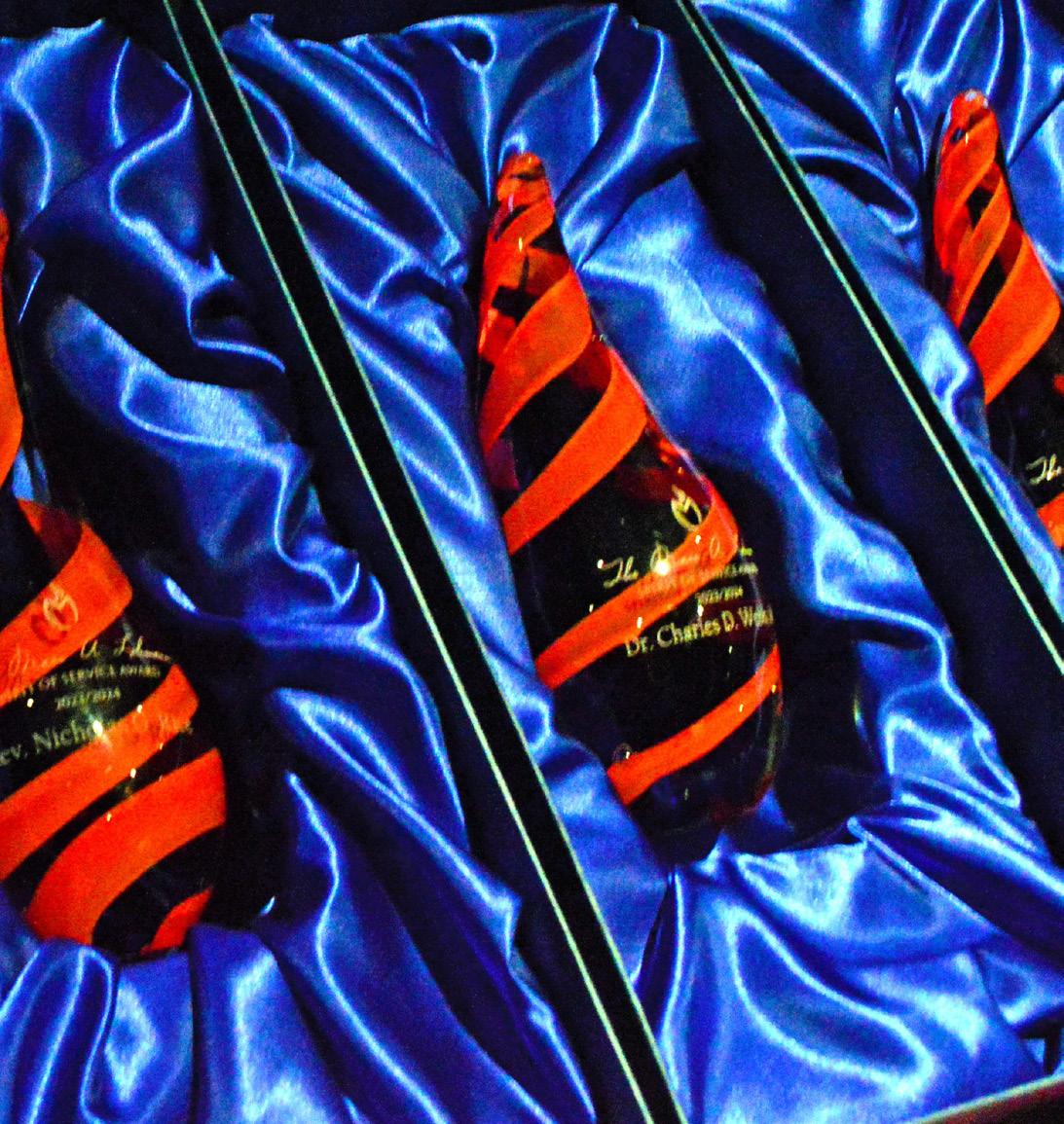


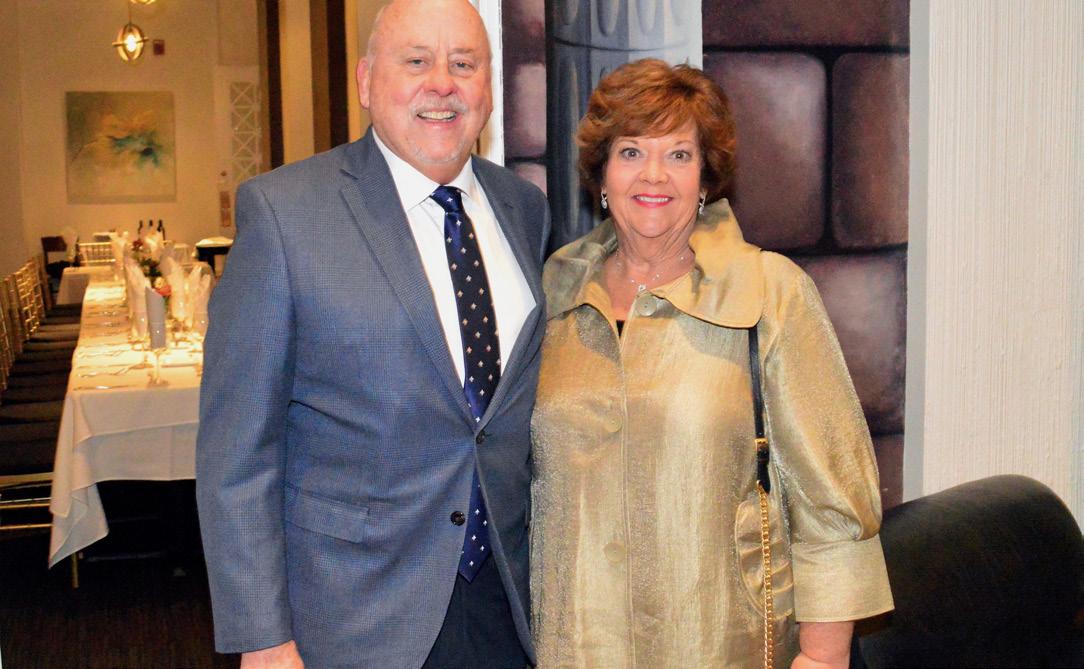

 Photosby Gioia Patton
Photosby Gioia Patton
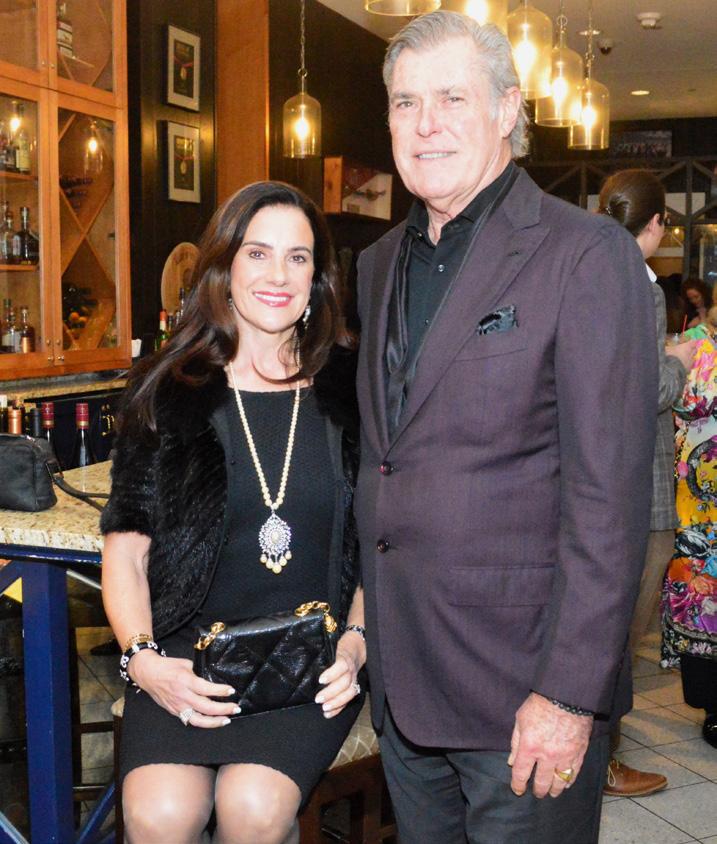







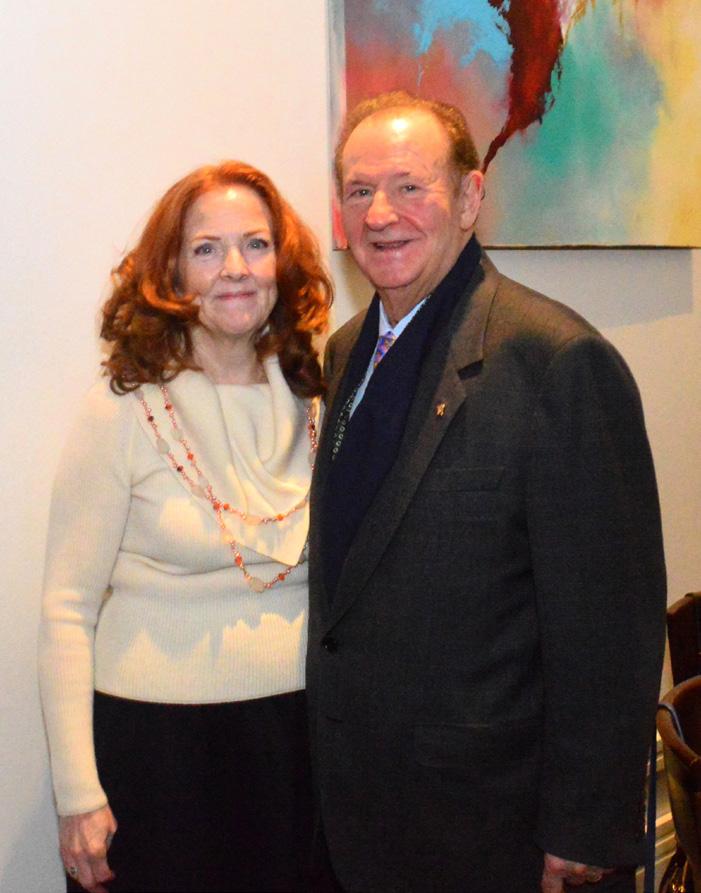
 Doctors Geetha and Abraham Joseph
Carrie and Jim Turk
Pat and Vincenzo Gabriele
Dr. John Huber, Beth Huber, with the couple’s children
Spirit of Service Award recipient Dr. Charles Webb, and Foundation Director Dylan Wagner
Sherry Ott, Matthew Ott, Diane Steinrock, Rick Steinrock, George Lehmann
Cara and Brian Kebsch
Doctors Geetha and Abraham Joseph
Carrie and Jim Turk
Pat and Vincenzo Gabriele
Dr. John Huber, Beth Huber, with the couple’s children
Spirit of Service Award recipient Dr. Charles Webb, and Foundation Director Dylan Wagner
Sherry Ott, Matthew Ott, Diane Steinrock, Rick Steinrock, George Lehmann
Cara and Brian Kebsch
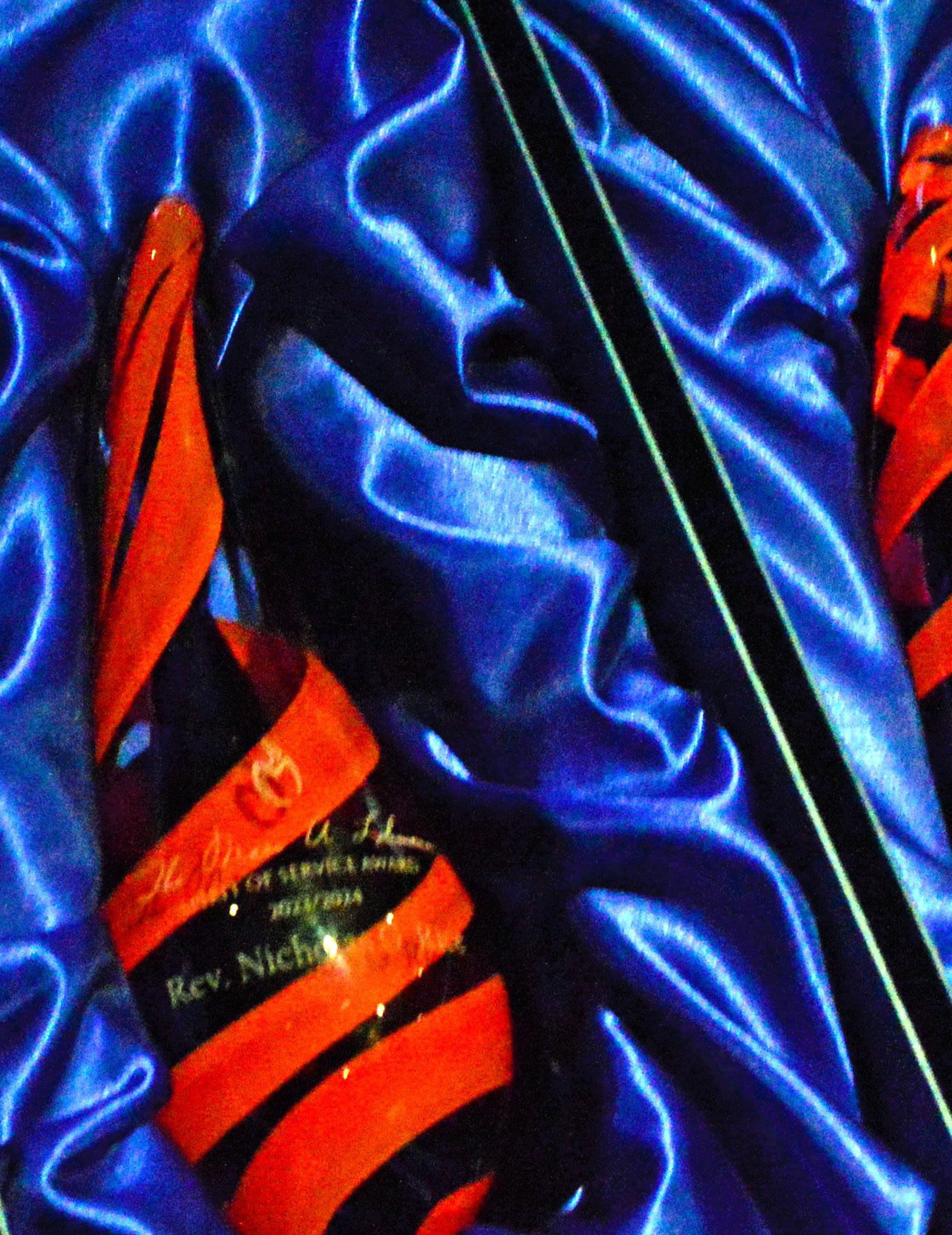

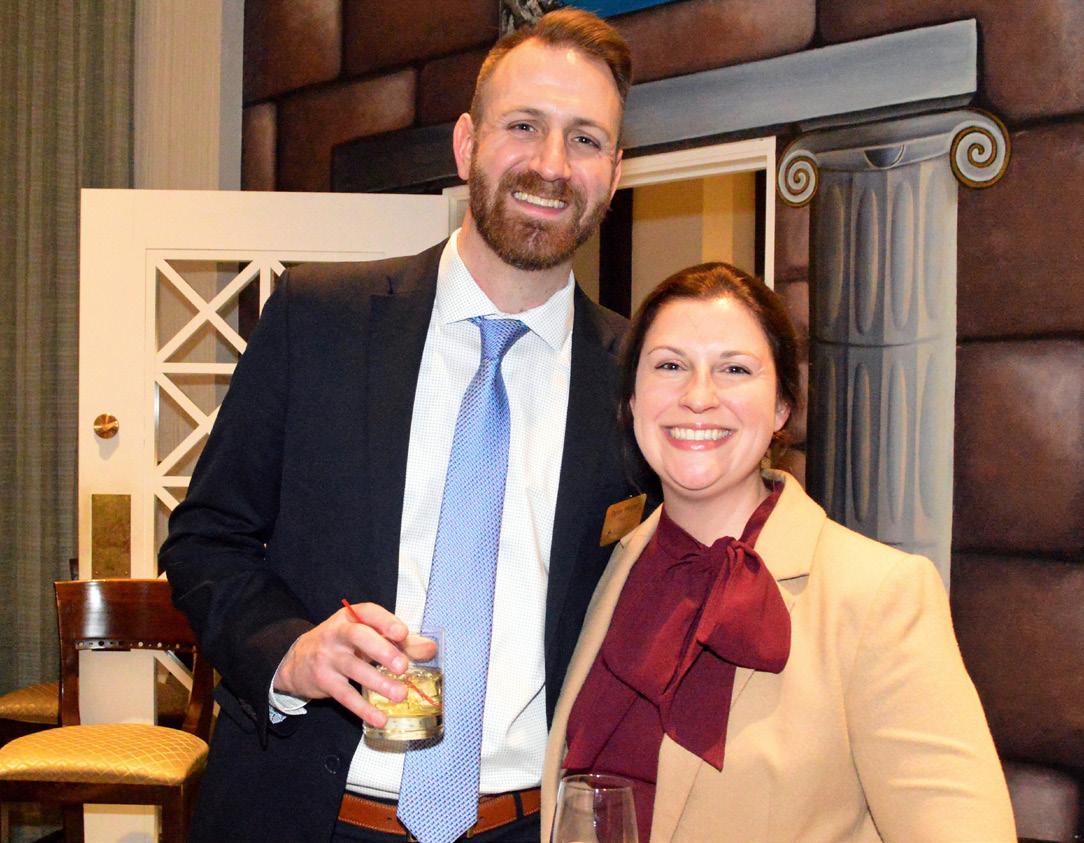

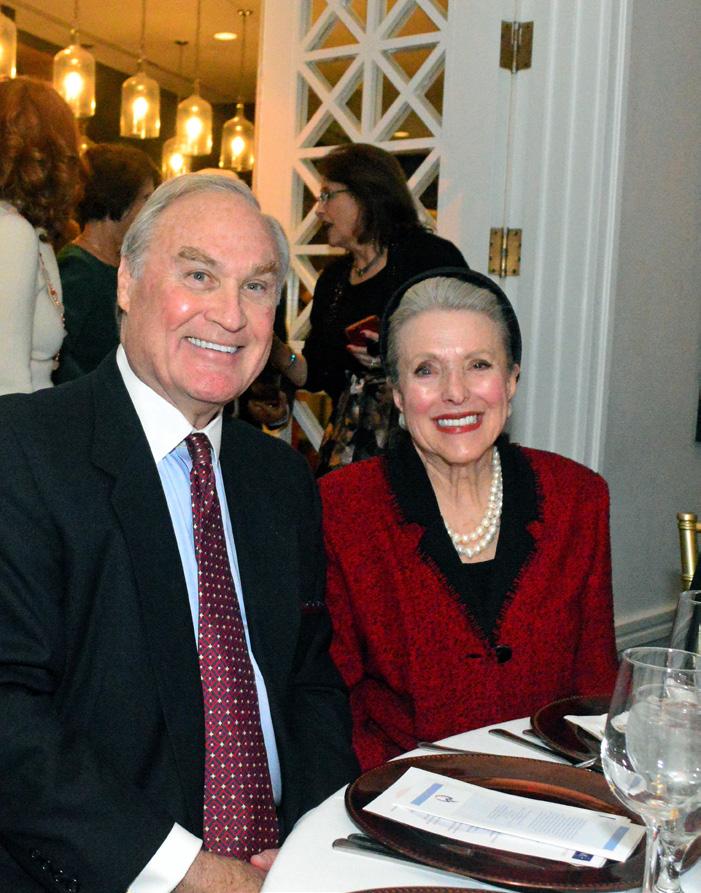



 Regina and Dylan Wagner
Regina Wagner, Caroline Arno, Genna Miller
Leslye and Jerry Steinberg
Most Reverend Archbishop Shelton Fabre
Nancy and David Laird
Nancy Laird, Connie Bailey, Pat Gabriele, Amelia Frazier Theobald Voice-Tribune’s Amelia Frazier Theobald, and Parker Theobald
Regina and Dylan Wagner
Regina Wagner, Caroline Arno, Genna Miller
Leslye and Jerry Steinberg
Most Reverend Archbishop Shelton Fabre
Nancy and David Laird
Nancy Laird, Connie Bailey, Pat Gabriele, Amelia Frazier Theobald Voice-Tribune’s Amelia Frazier Theobald, and Parker Theobald
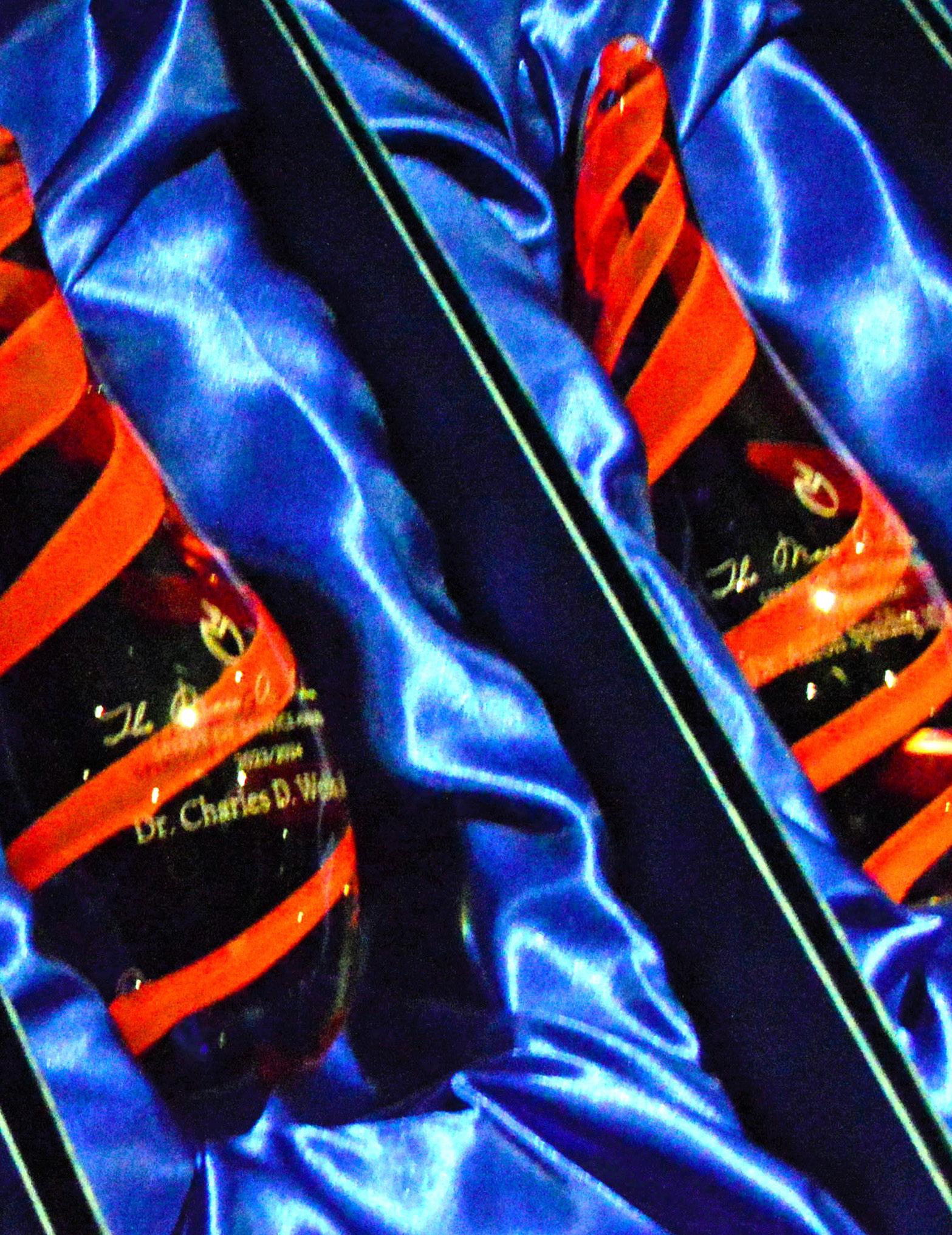






 Jamie Harness, Stephanie Marshall, Ginny Donis
Encarnita Grimaldi, Manuel Grimaldi, Audrey Huber, Beth Huber
Spirit of Service Award recipient Mary Gatton, and Foundation Director Dylan Wagner Kristin and Aaron Spalding, with their children Lindsey and Noah
Karen Morrison
Joseph Flynn and Margaret Gawthrop
Jamie Harness, Stephanie Marshall, Ginny Donis
Encarnita Grimaldi, Manuel Grimaldi, Audrey Huber, Beth Huber
Spirit of Service Award recipient Mary Gatton, and Foundation Director Dylan Wagner Kristin and Aaron Spalding, with their children Lindsey and Noah
Karen Morrison
Joseph Flynn and Margaret Gawthrop

Blessings in a Backpack held its annual Pack The Sack event at the Olmsted. Guests got to play a variety of games to support the the organization’s goal of turning the tide against childhood hunger including a bourbon pull, heads or tails, and the wheel of chance.







 Photosby Gioia Patton
Photosby Gioia Patton


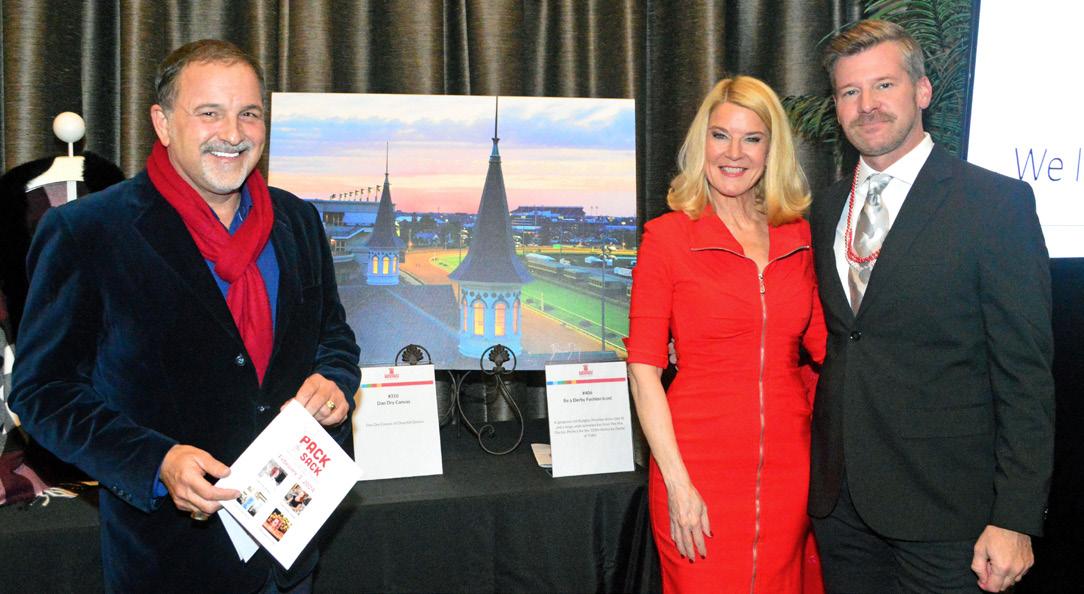







 Carli Curry, Blessings in a Packpack Louisville Chapter Managing Director Kim Holsclaw and Tristin Schifferdecker
Mary Kaye Yewell, David Hundley and Molly Hundley
James Wray and Mikchayel Yisrael
Anita and Mike Danner
Talesha Wilson
Bob and Teri Glick, Deidra and Rick Sanders
Barry Wooley, Tonya York and Jude Loew
Blair and Mike Raider
Amanda and Chris Thurman
Carli Curry, Blessings in a Packpack Louisville Chapter Managing Director Kim Holsclaw and Tristin Schifferdecker
Mary Kaye Yewell, David Hundley and Molly Hundley
James Wray and Mikchayel Yisrael
Anita and Mike Danner
Talesha Wilson
Bob and Teri Glick, Deidra and Rick Sanders
Barry Wooley, Tonya York and Jude Loew
Blair and Mike Raider
Amanda and Chris Thurman

Rodeo Drive hosted its Galentines Day party where attendees were encouraged to dress pink for the occasion. The event featured drinks, light bites, giveaways, raffles and discounts.

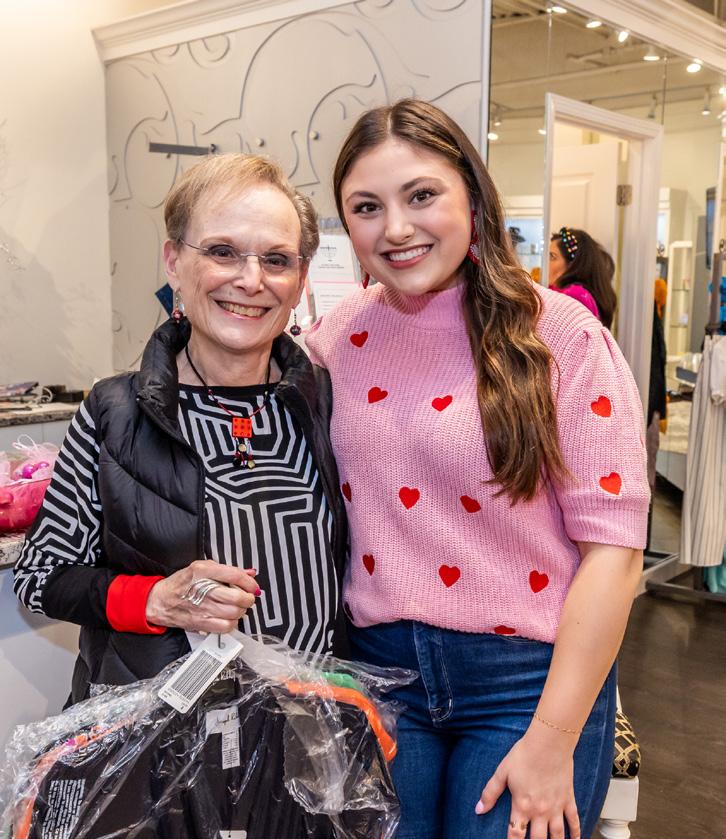

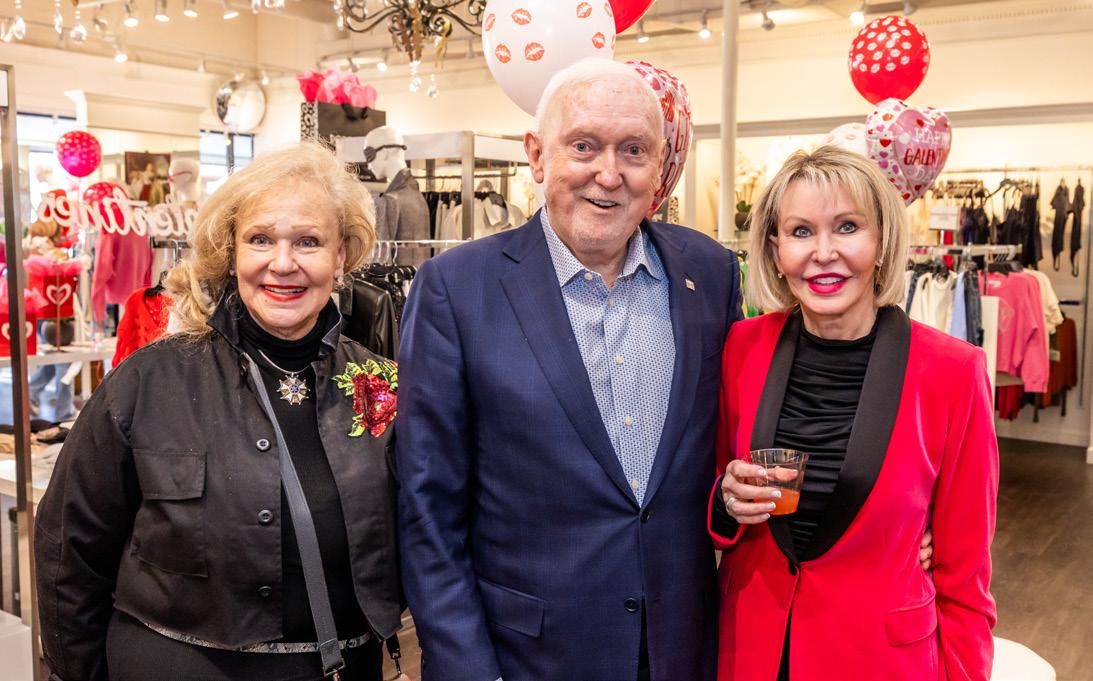


 PhotosbyKathrynHarrington
PhotosbyKathrynHarrington






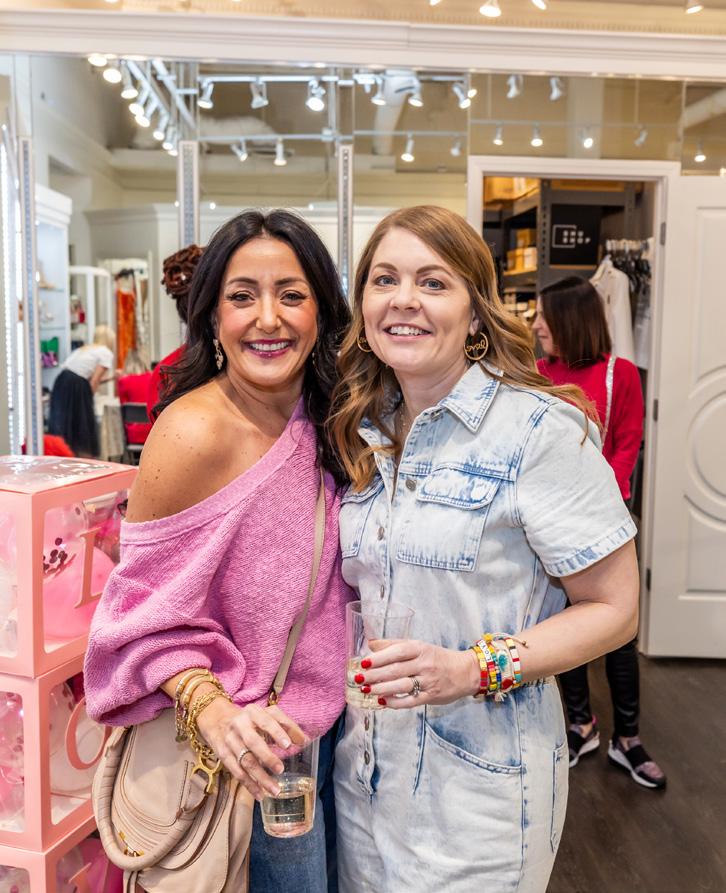
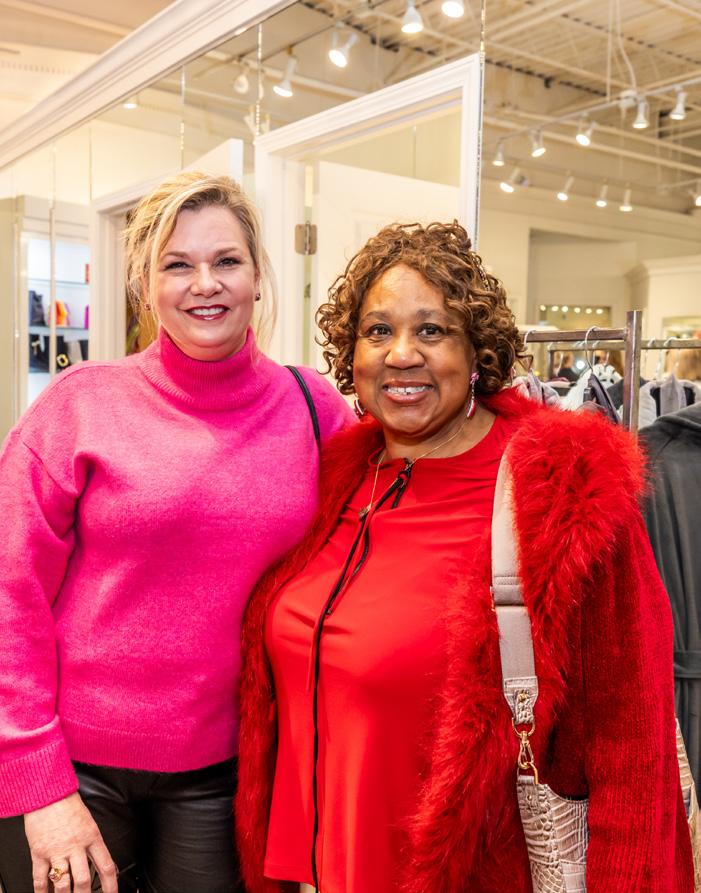
 Rachel Nance and Maddie Sennett
Marissa Yonover and Michele Baker
Tami Olsen and Verlina King
Michelle Tasman and Juli Urevick with Isagenix
Rachel Nance and Maddie Sennett
Kelly Friel and Jenna Roberts with Cassis Dermatologist
Darlene Allgeier and Maddie Sennett
Rachel Nance and Maddie Sennett
Marissa Yonover and Michele Baker
Tami Olsen and Verlina King
Michelle Tasman and Juli Urevick with Isagenix
Rachel Nance and Maddie Sennett
Kelly Friel and Jenna Roberts with Cassis Dermatologist
Darlene Allgeier and Maddie Sennett
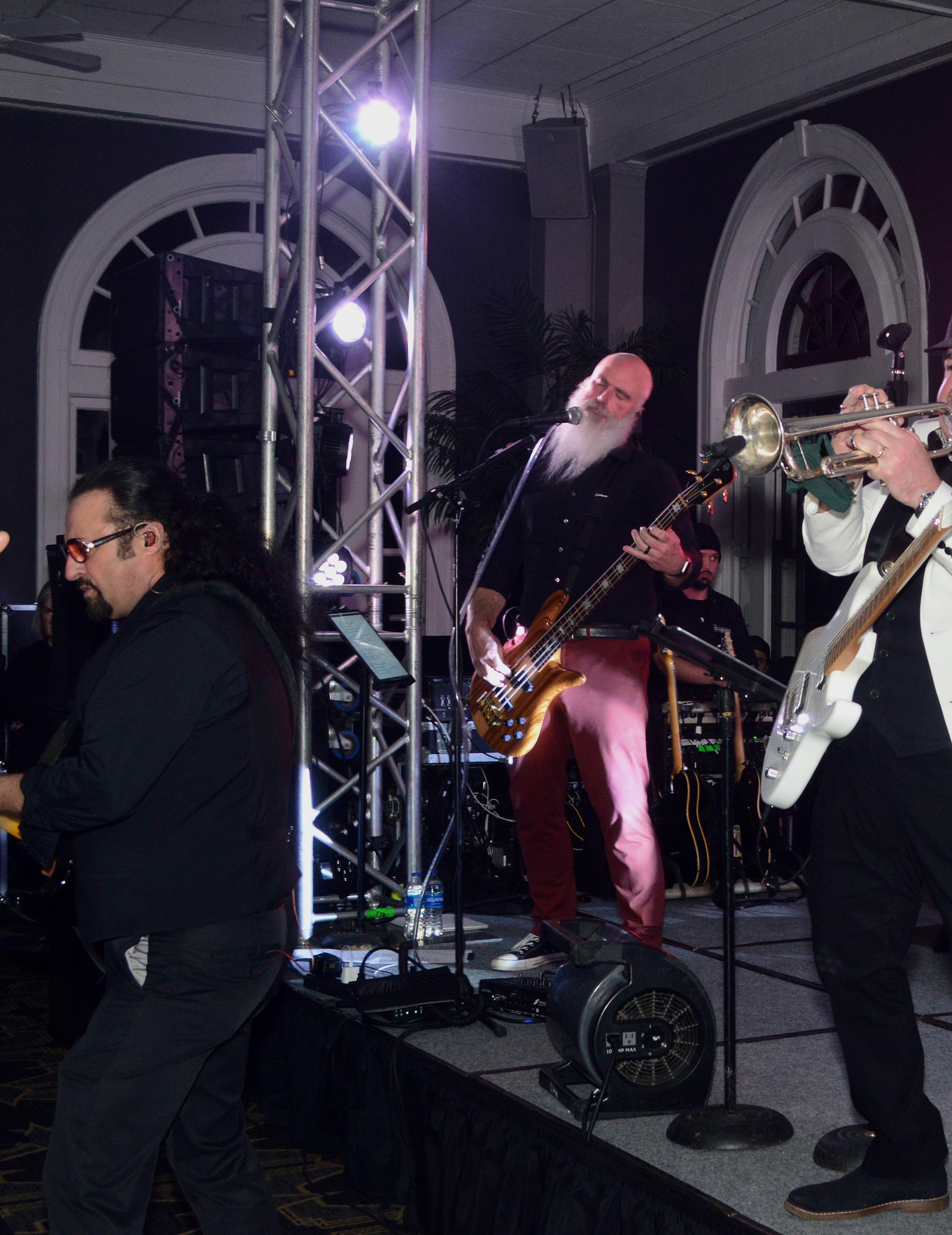
KET hosted its silver anniversary salute to the silver screen with its February Fanfare event held at the Olmsted. KET’s blockbuster event invited guests to go back to the glamour of the golden age of Hollywood.

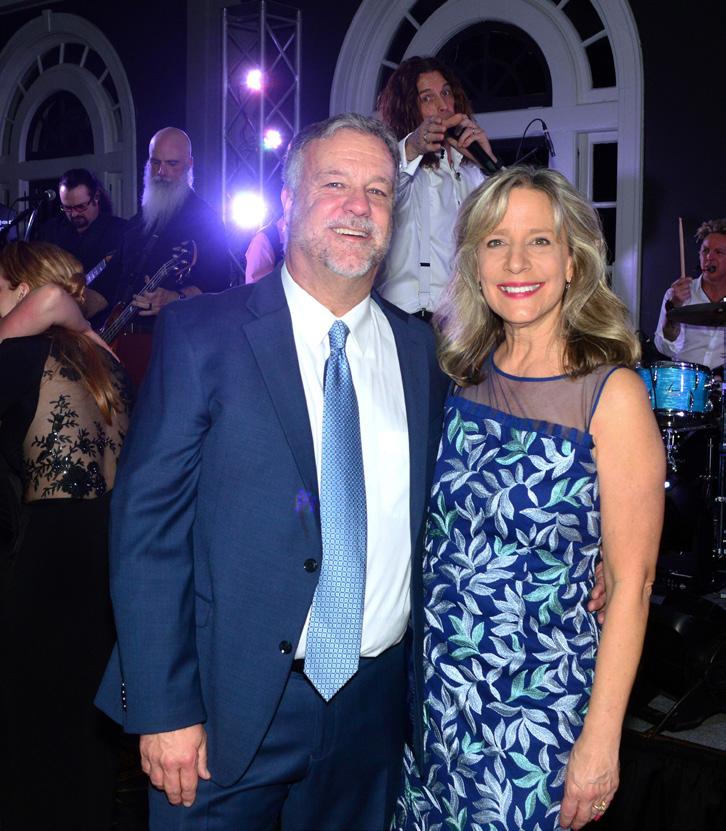

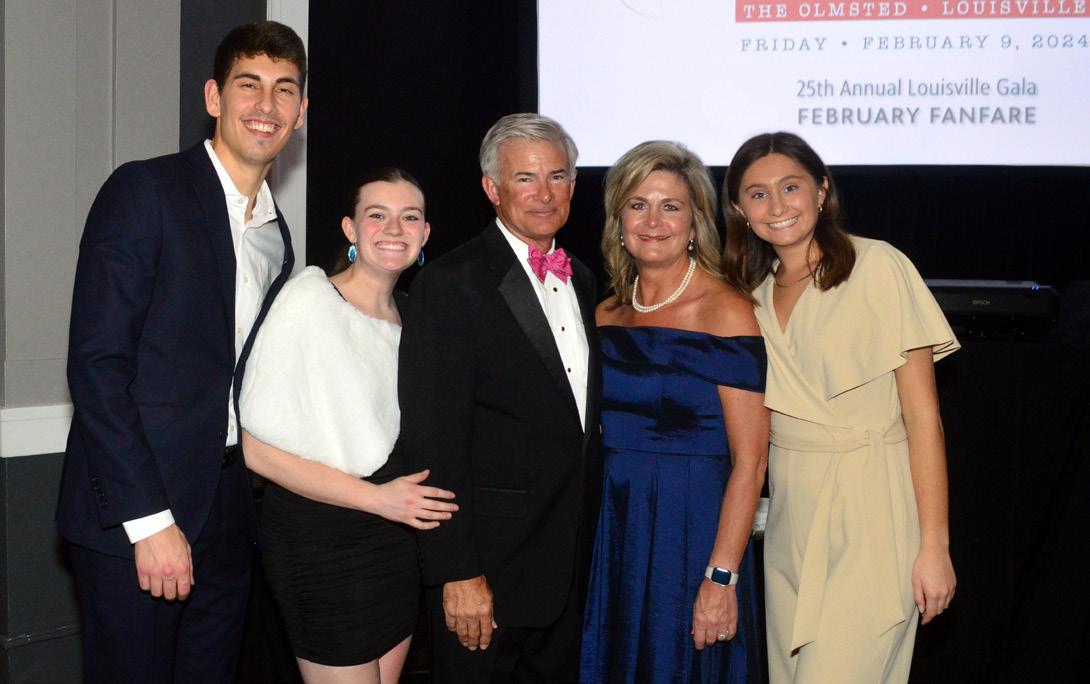


 Photosby Gioia Patton
Photosby Gioia Patton



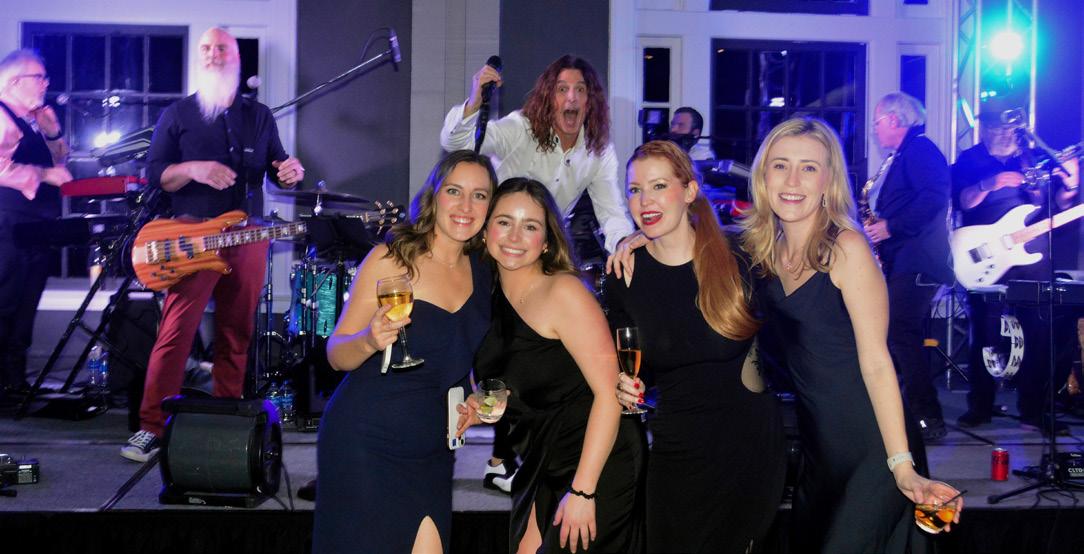




 J.T. Stoll, Ally Taylor, Andrew Strack
Christina Stone, Jaron Olson, Annie Huffman
JPMorgan Chase table
The Crashers
KET’s 25th Annual Louisville Gala February Fanfare
Christie Wilson aka ‘Holly Golightly’, and her husband Wayne F.Wilson, Chair, KET’s Greater Louisville Regional Fund Board Jessie and Bryan Baldwin
J.T. Stoll, Ally Taylor, Andrew Strack
Christina Stone, Jaron Olson, Annie Huffman
JPMorgan Chase table
The Crashers
KET’s 25th Annual Louisville Gala February Fanfare
Christie Wilson aka ‘Holly Golightly’, and her husband Wayne F.Wilson, Chair, KET’s Greater Louisville Regional Fund Board Jessie and Bryan Baldwin
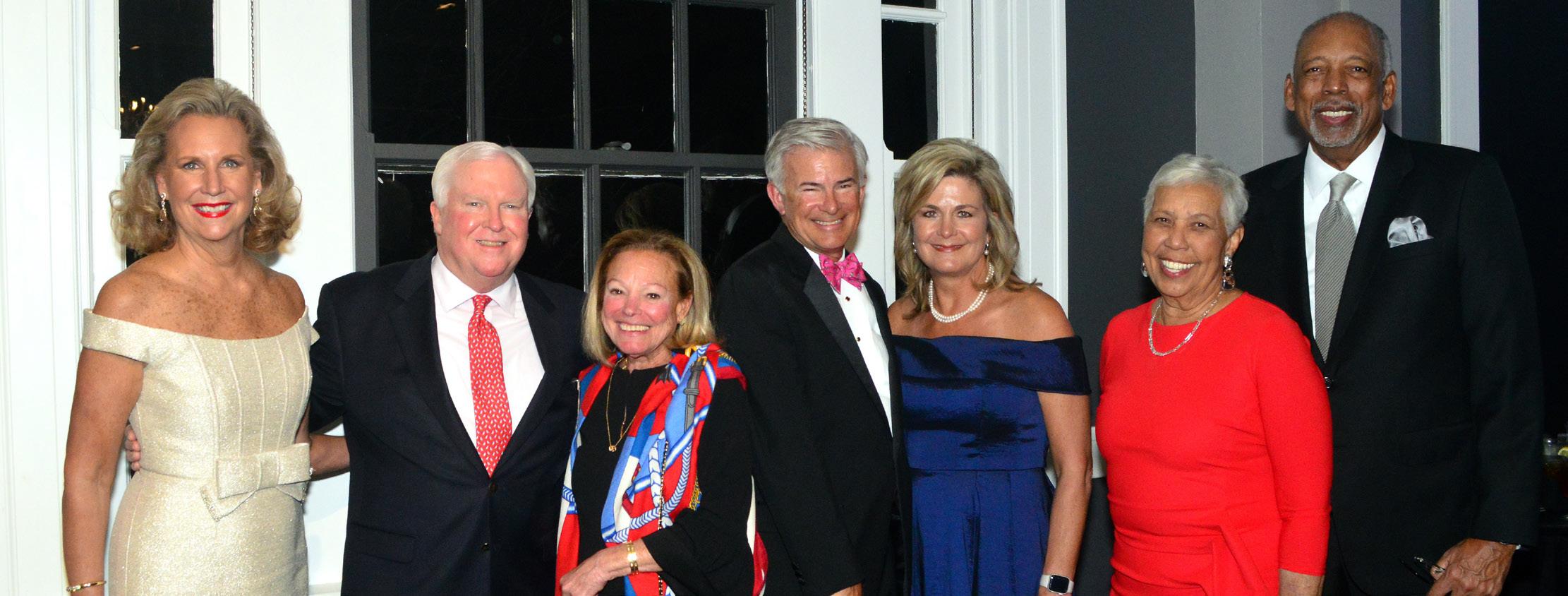






 President, Commonwealth Fund for KET Michele Ripley, poses with Jim and Missy Allen, Paul and Pamela Thompson, Alice and Wade Houston
Gary Barrigar and Colleen Devlin
Nanci and Michael Hoolihan
Sarah Davasher-Wisdom and Laura Cromer
Kim Jones, Rachel Willis, Dorothy Brooks
Elaine and John Crockett, KET’s 25th Louisville Gala February Fanfare Honorary Chairs Pamela and Paul Thompson, and Laurie and John Wolfe
President, Commonwealth Fund for KET Michele Ripley, poses with Jim and Missy Allen, Paul and Pamela Thompson, Alice and Wade Houston
Gary Barrigar and Colleen Devlin
Nanci and Michael Hoolihan
Sarah Davasher-Wisdom and Laura Cromer
Kim Jones, Rachel Willis, Dorothy Brooks
Elaine and John Crockett, KET’s 25th Louisville Gala February Fanfare Honorary Chairs Pamela and Paul Thompson, and Laurie and John Wolfe
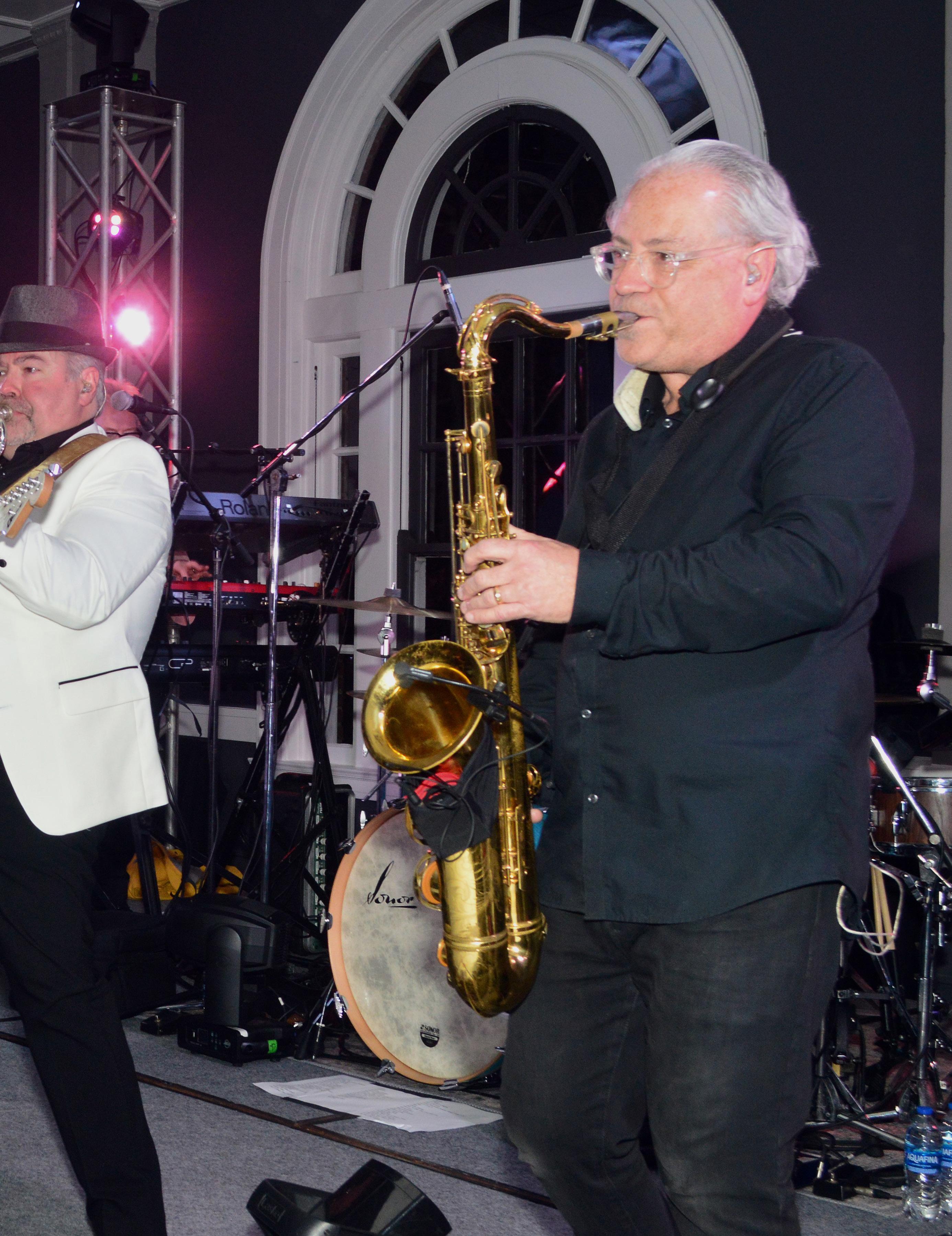
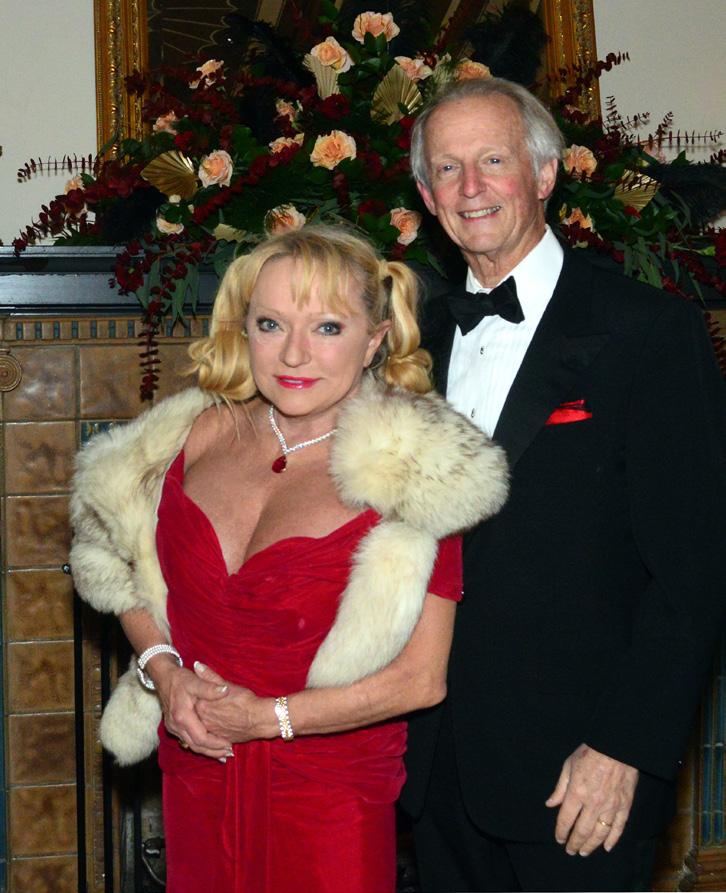


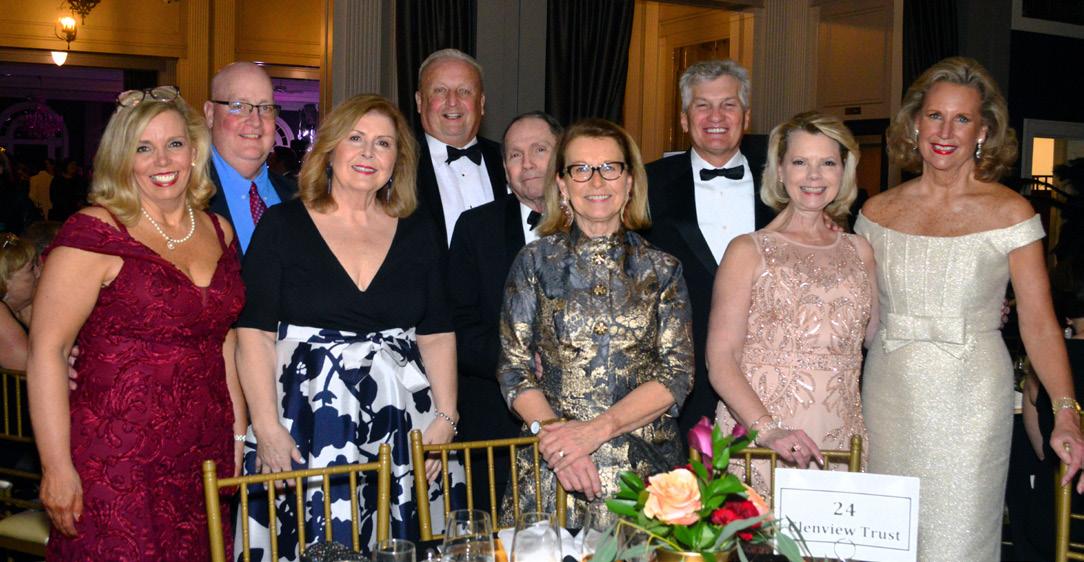



 Singer Mark Maxwell of The Crashers
Louisville Urban Leaque table
Sue Ballard, Ona Owen, Cynthia Changaris, Margaret Stewart
The Glenview Trust table poses with KET’s Michele Ripley (far right) Mason and Deana Lingafelter, Afton and Nick Yaeger, Morgan and Garrett Strange
KET’s Jennifer Adams and Melissa Berry Magdalene and John Stewart
Singer Mark Maxwell of The Crashers
Louisville Urban Leaque table
Sue Ballard, Ona Owen, Cynthia Changaris, Margaret Stewart
The Glenview Trust table poses with KET’s Michele Ripley (far right) Mason and Deana Lingafelter, Afton and Nick Yaeger, Morgan and Garrett Strange
KET’s Jennifer Adams and Melissa Berry Magdalene and John Stewart

Kentucky Shakespeare held its annual Shakespeare in Love Gala at the 21C Museum Hotel. The evening featured live music from the Jerry Tolson Jazz Trio, tarot readings, poetry buskers from Sarabande Books, theatrical performances from Kentucky Shakespeare, the 64th season announcement, and more.
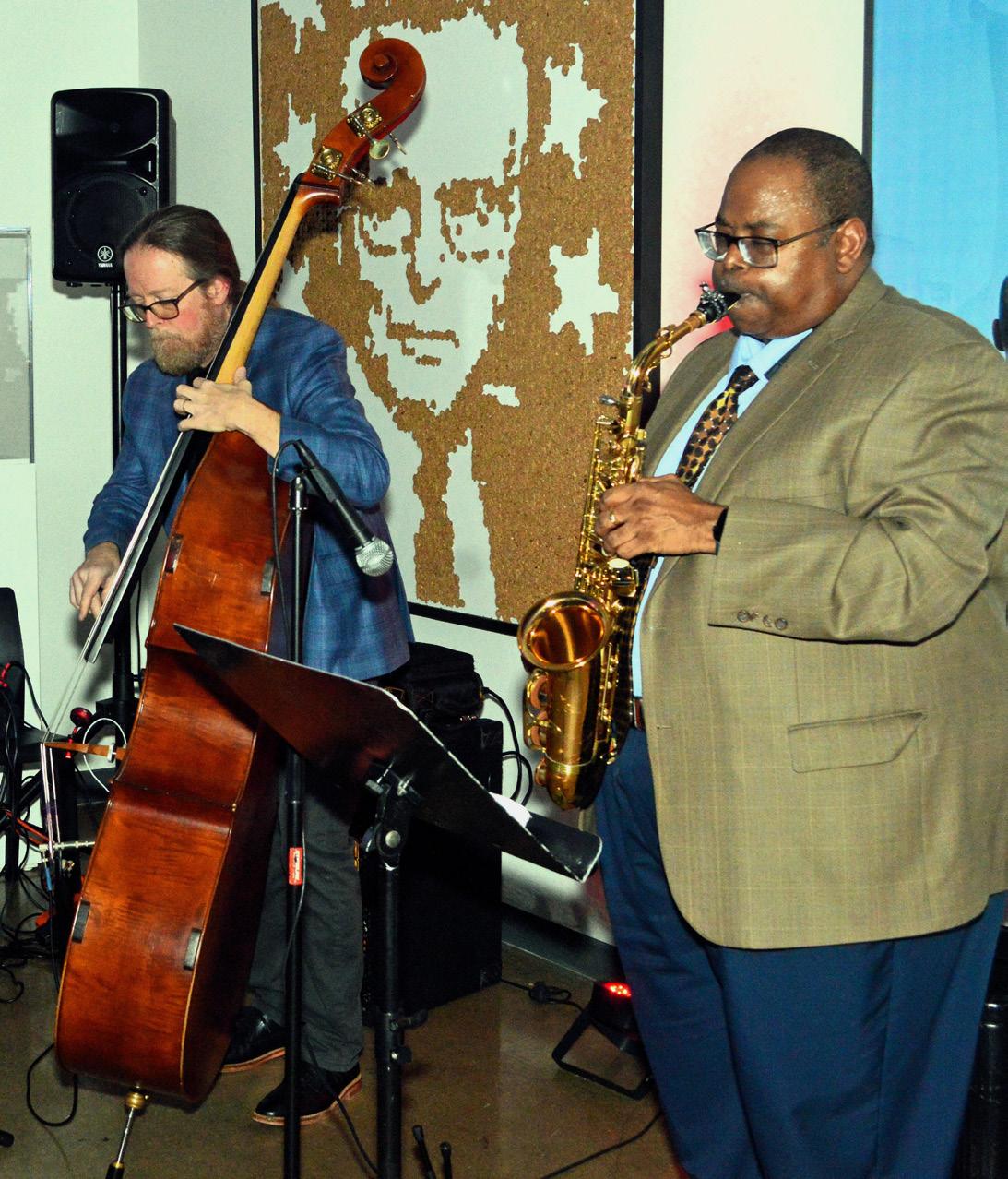
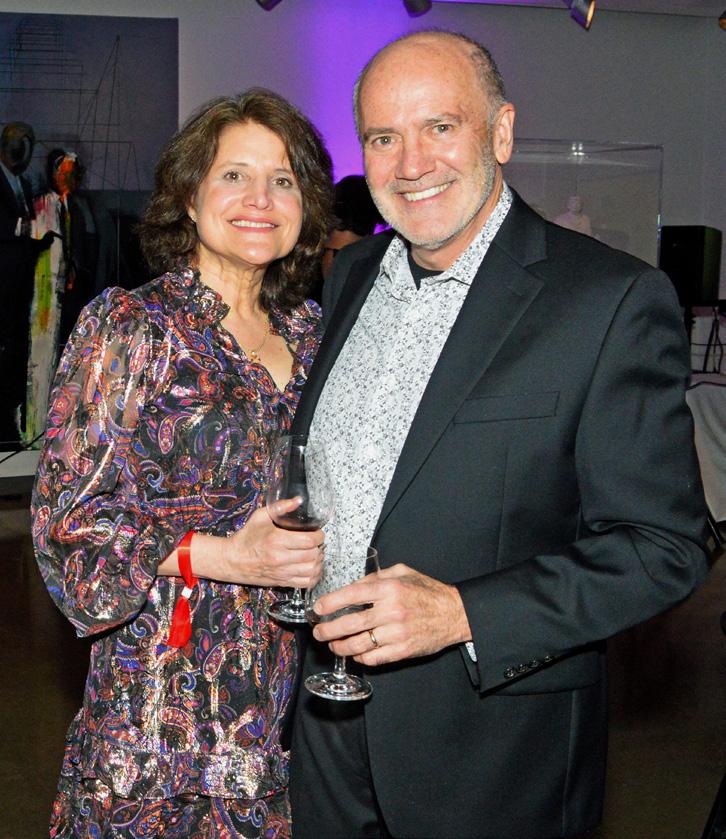

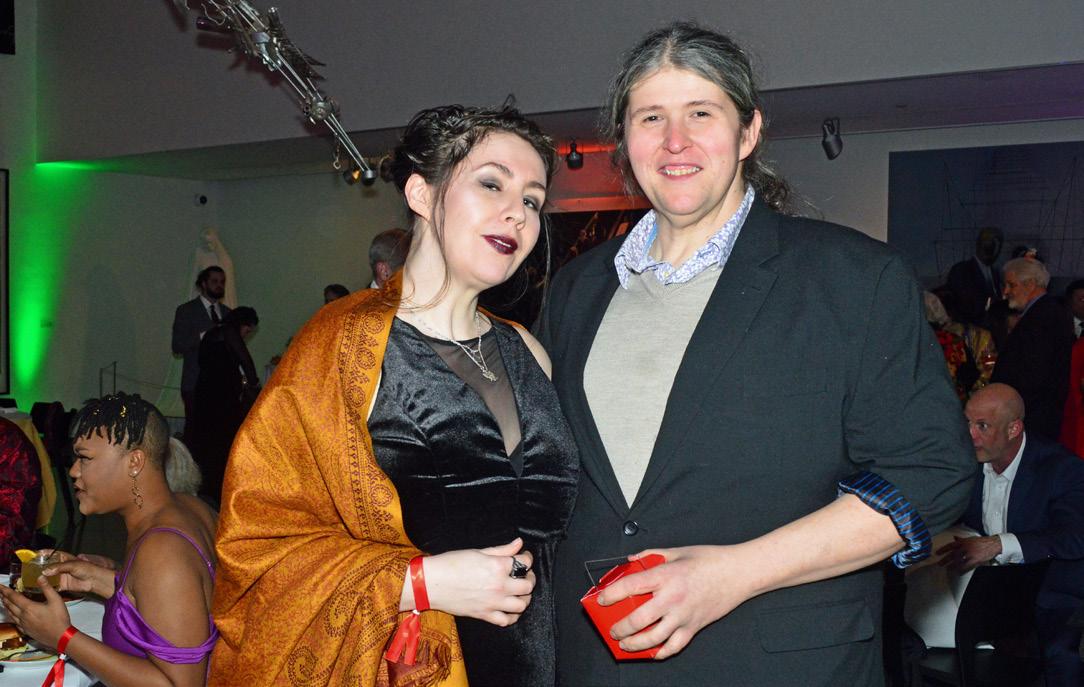


 Photosby Gioia Patton
Photosby Gioia Patton





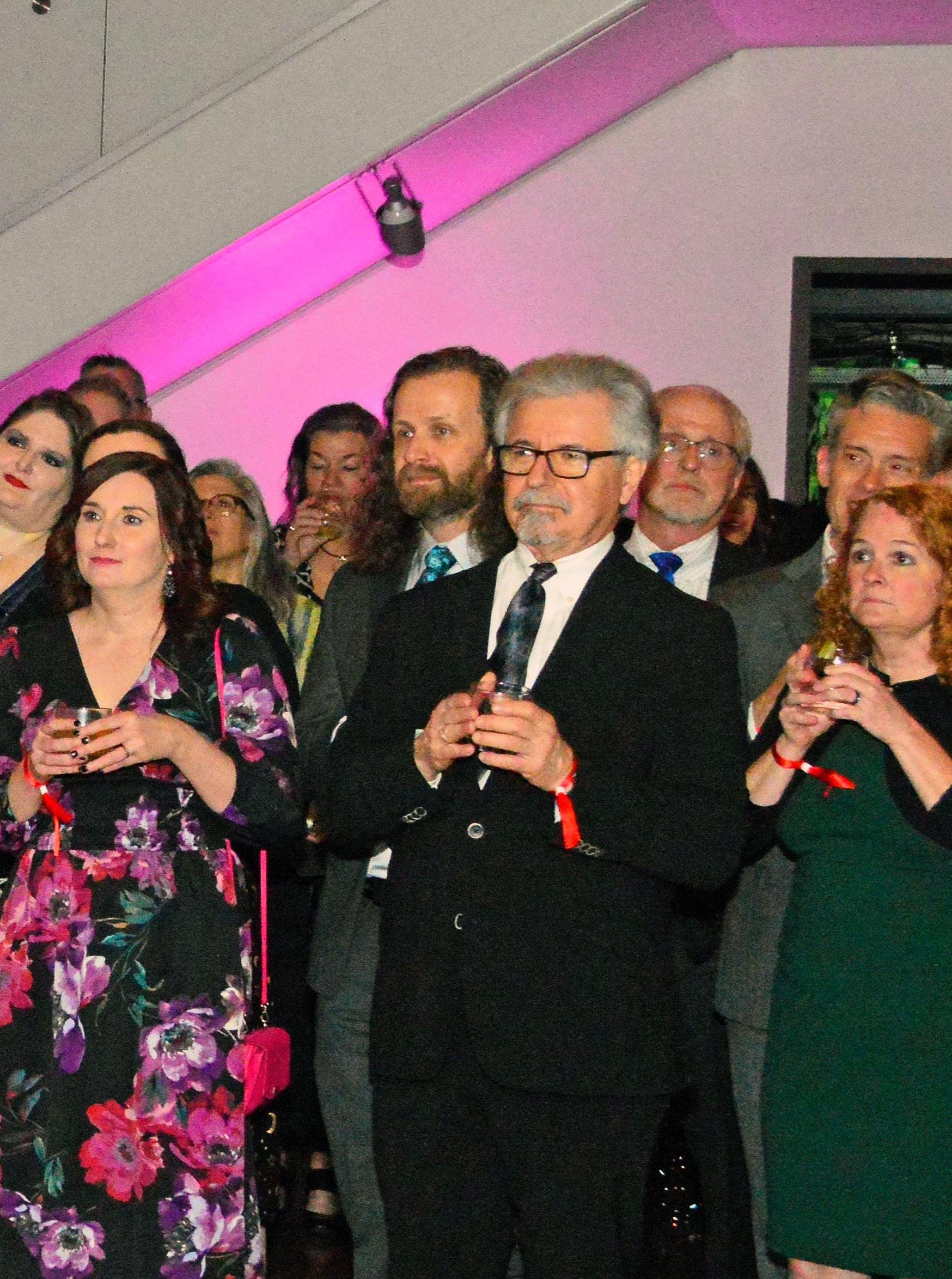




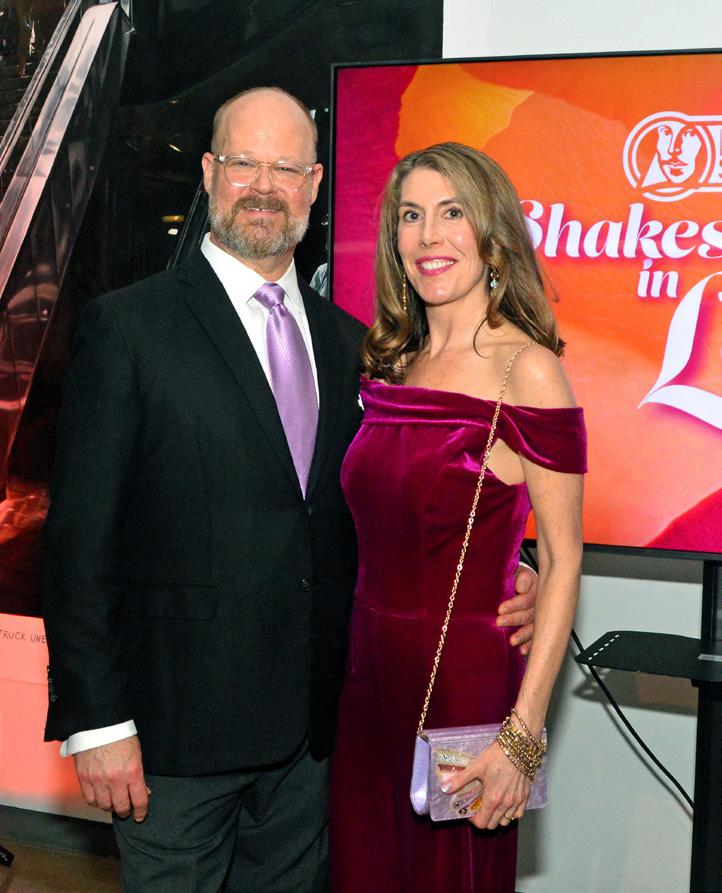 Lincoln and Laura Snyder
Judy and Kevin Wood
Kentucky Shakespeare Board Chair Kay Madrick
Kentucky Shakespeare board menbers Joan Gould, Jodi Smiley, Javan Reed and Tracy K’Meyer
Stephan Carpenter, Samara Hall, Ryan Bennett and Lindsay Krupski
Kentucky Shakespeare’s Jaime Young, Carter Lishen, Sydney Lofton and Paula O. Lockhart
Kris and Molly Sensenbrenner with Annie and Sam Sorsa
Kyle and Megan Ware
Lincoln and Laura Snyder
Judy and Kevin Wood
Kentucky Shakespeare Board Chair Kay Madrick
Kentucky Shakespeare board menbers Joan Gould, Jodi Smiley, Javan Reed and Tracy K’Meyer
Stephan Carpenter, Samara Hall, Ryan Bennett and Lindsay Krupski
Kentucky Shakespeare’s Jaime Young, Carter Lishen, Sydney Lofton and Paula O. Lockhart
Kris and Molly Sensenbrenner with Annie and Sam Sorsa
Kyle and Megan Ware
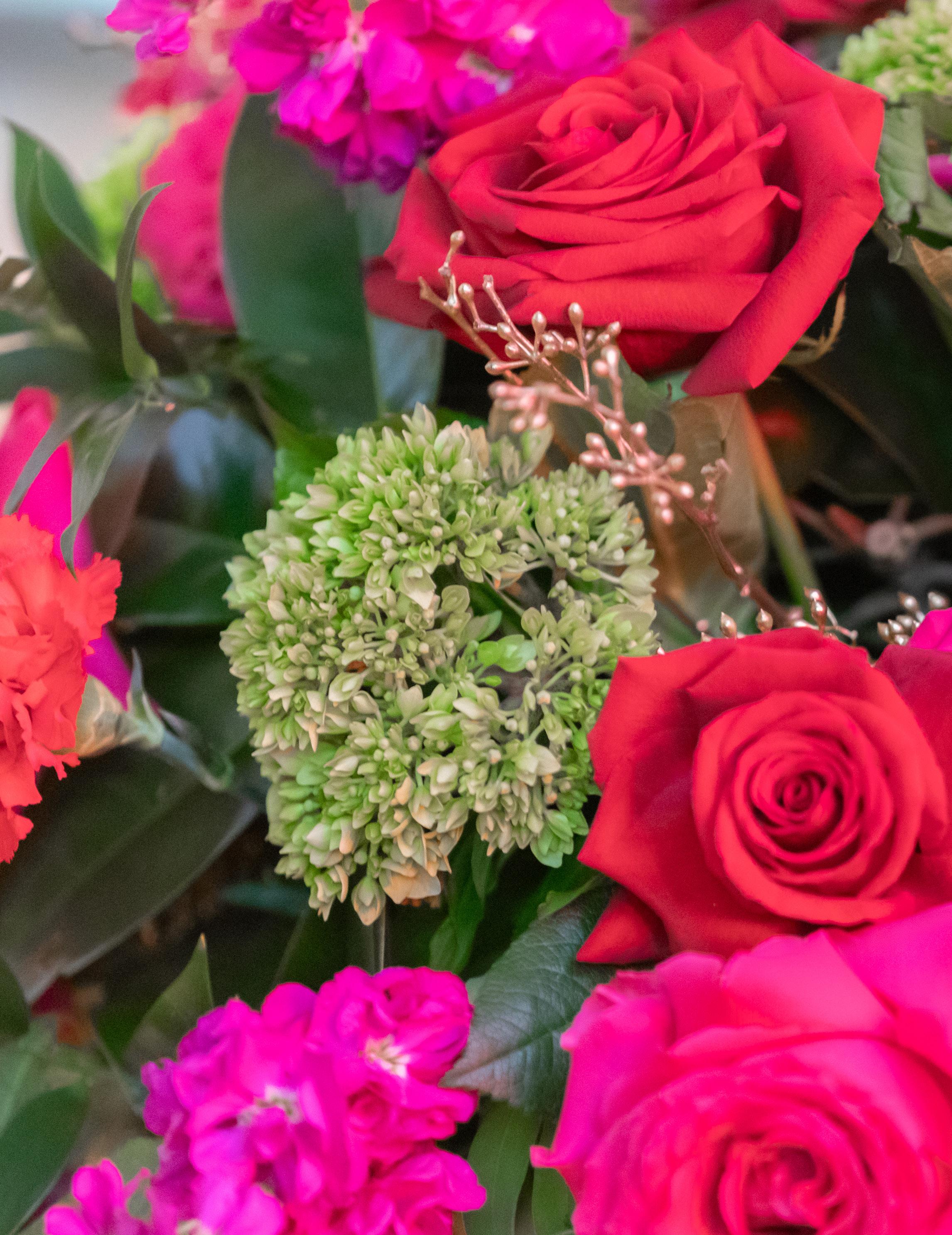
The Kentucky Red Cross held its 14th annual fundraising event that celebrated the mission of the American Red Cross and raised money to support its services and programs. Held at the Marriott Downtown and presented by Lexus of Louisville, the event featured the Endless Summer Band, silent disco and a live auction.


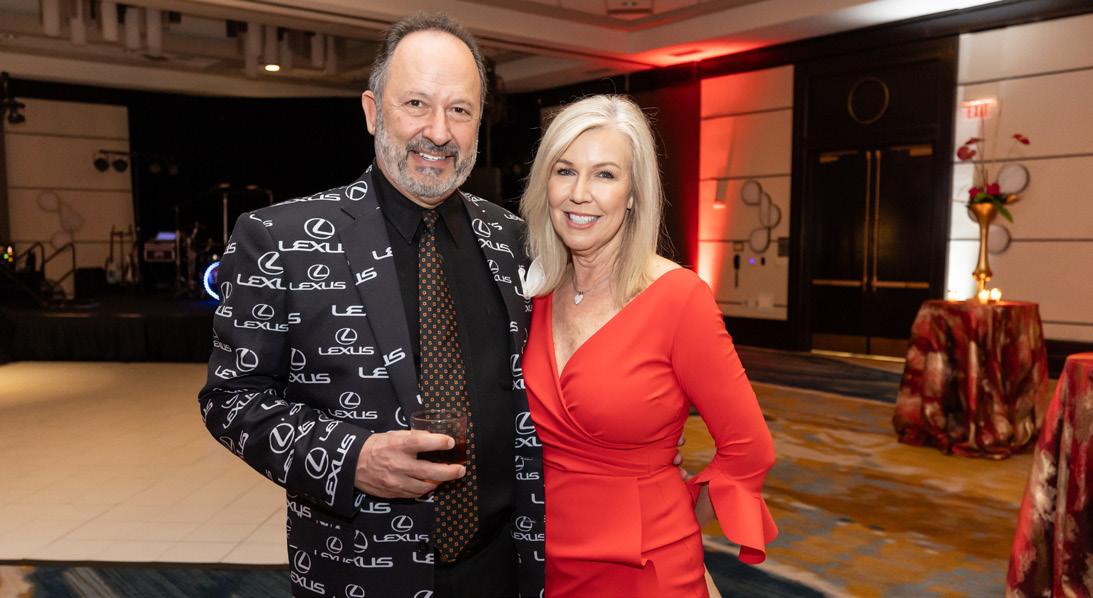



 PhotosbyKathrynHarrington
PhotosbyKathrynHarrington




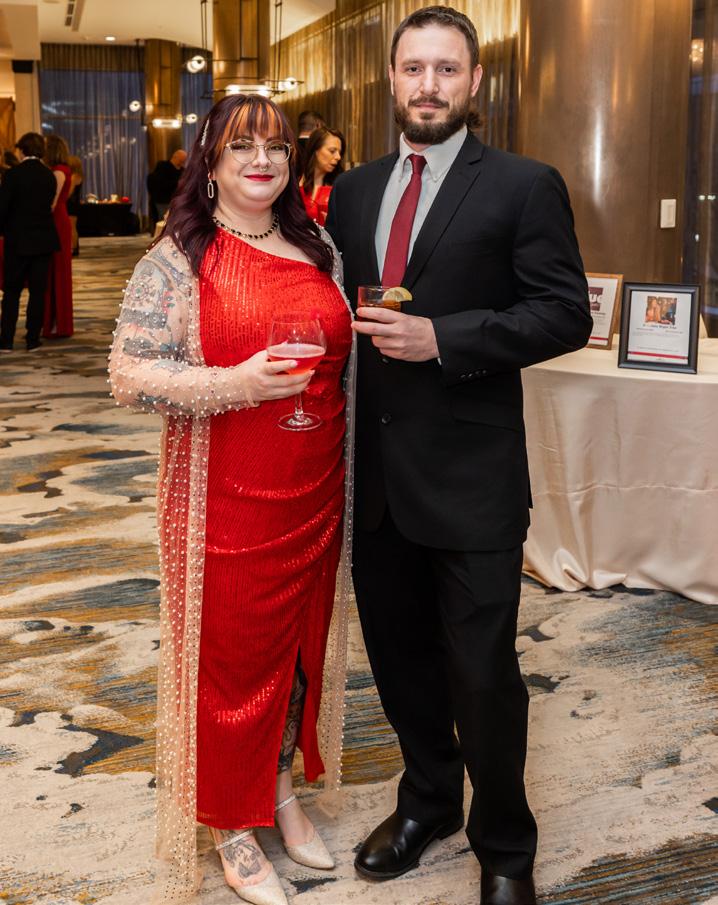




 Jason and Tara Brown
Jessica Malleo and Chad Helton
Elaine and Mike Anders
Josh and Jessica O’Bryan with Beth and Chris Spalding
Elaine Carlson and Nyla
Mary McKinley, Chase Stickler, Christina Carter and Tom Corea
Sally Rhea and Kelly Jordan
Kelly and Jackie Hall
Jason and Tara Brown
Jessica Malleo and Chad Helton
Elaine and Mike Anders
Josh and Jessica O’Bryan with Beth and Chris Spalding
Elaine Carlson and Nyla
Mary McKinley, Chase Stickler, Christina Carter and Tom Corea
Sally Rhea and Kelly Jordan
Kelly and Jackie Hall




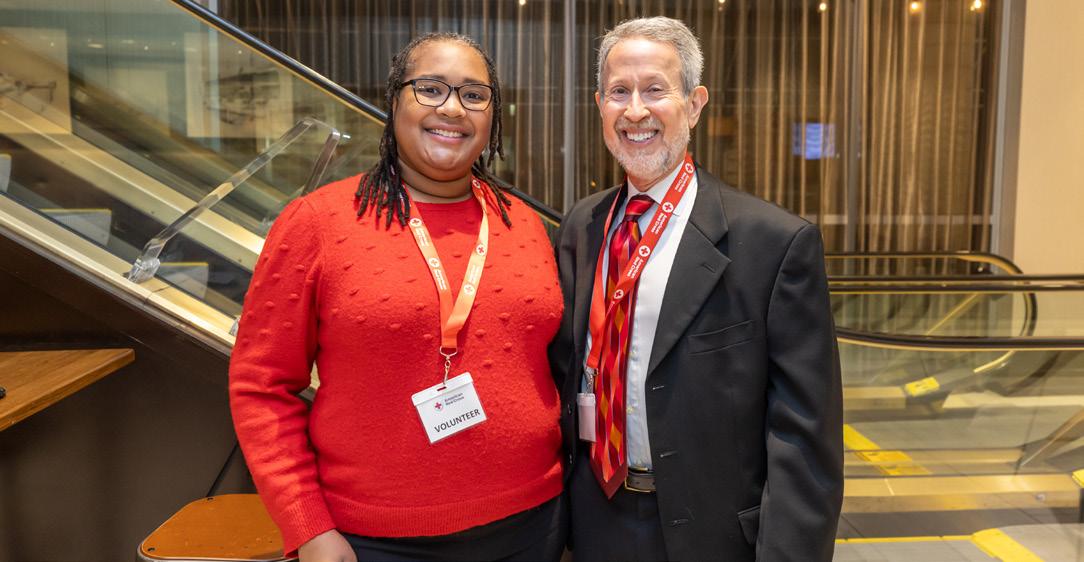
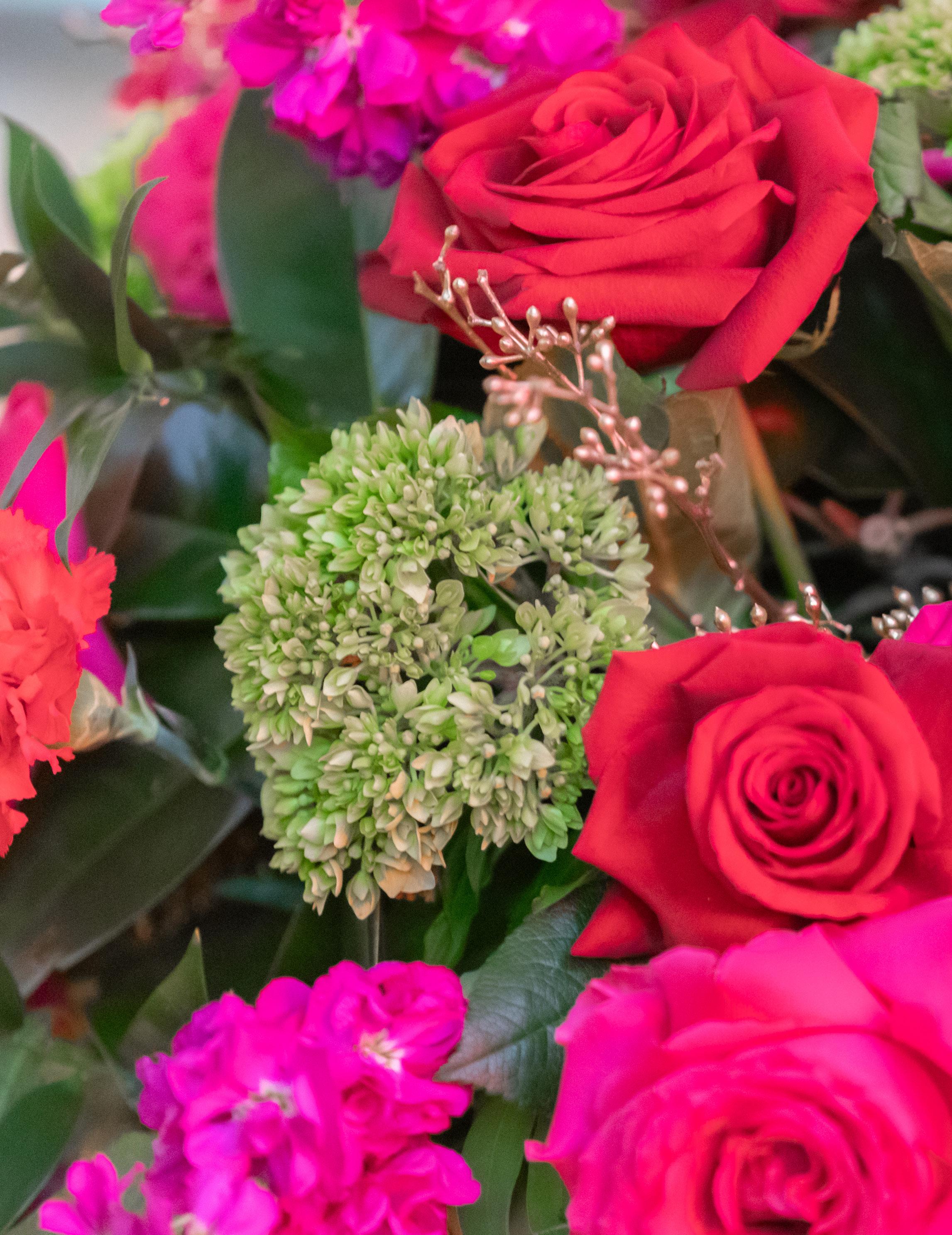
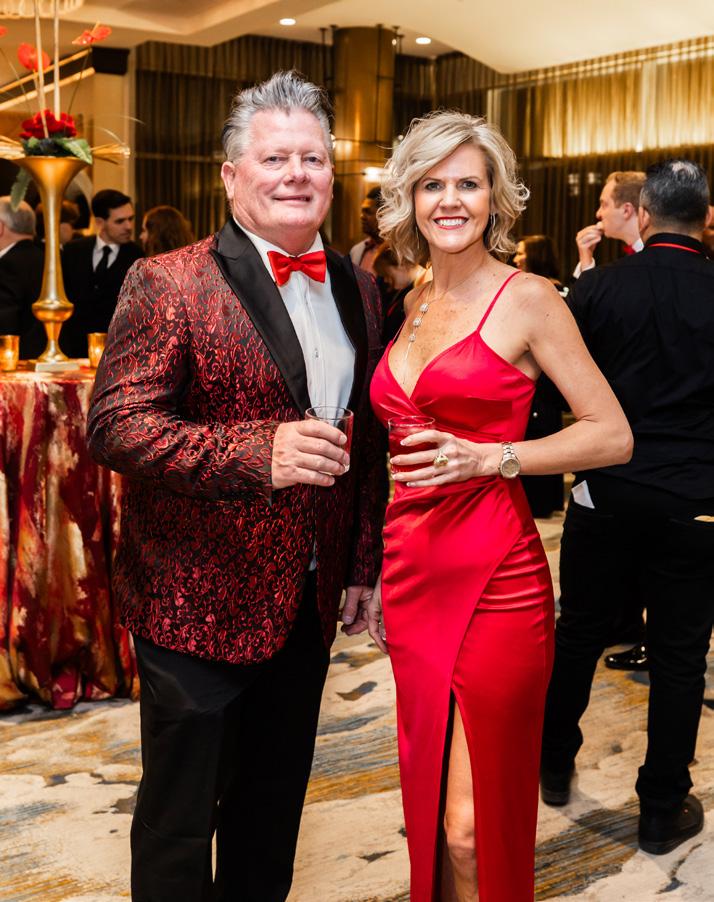
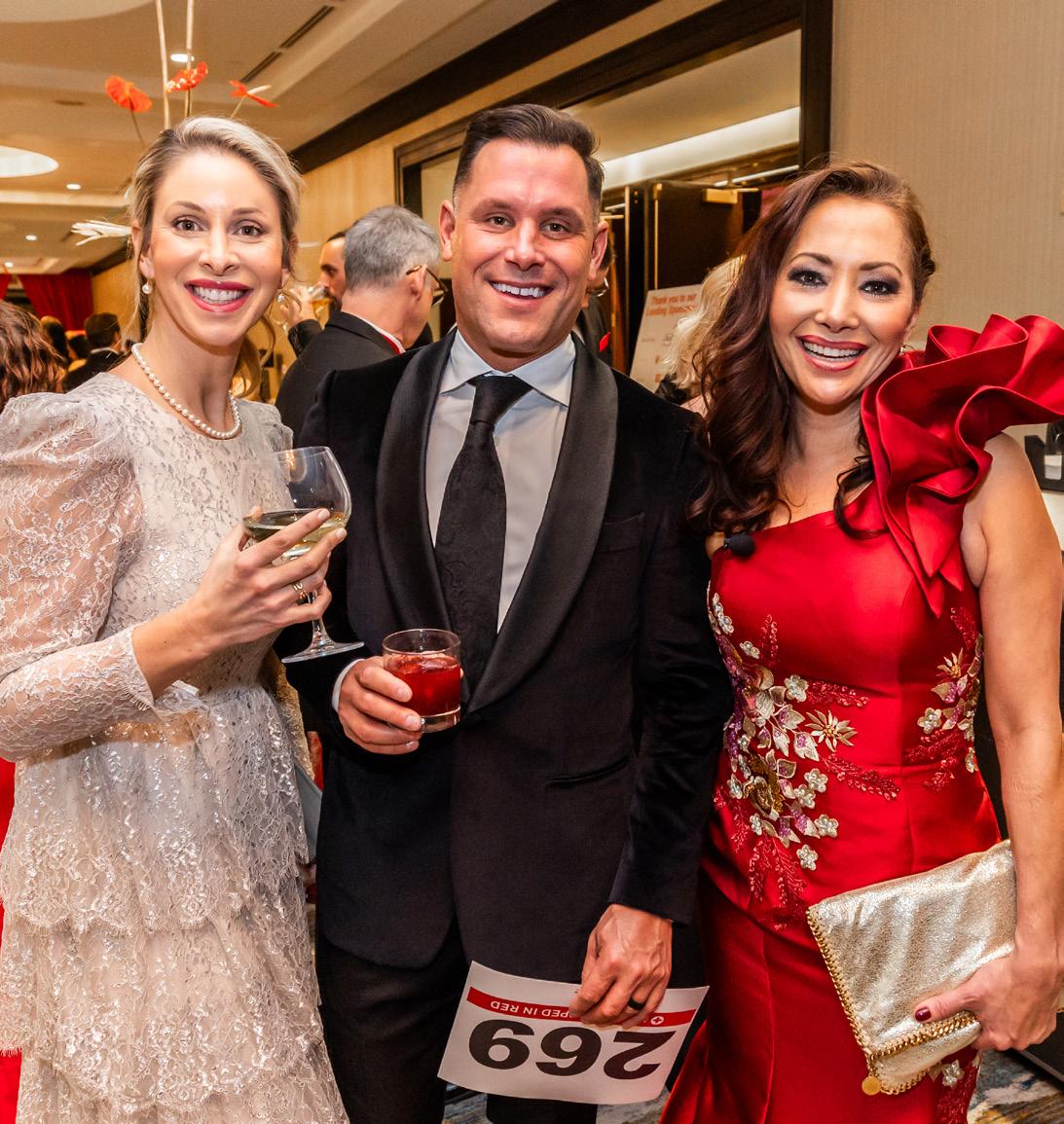 Jimmy Oliver and Dana Guenthner
Robyn Karrer and Kim Hite
Asma Edwards and Julie Dials
Jennifer Phelps and Jeff Slyn
Charlotte and Ed Nasief with Bayard and Jennifer Donaldson
Jimmy Oliver and Dana Guenthner
Robyn Karrer and Kim Hite
Asma Edwards and Julie Dials
Jennifer Phelps and Jeff Slyn
Charlotte and Ed Nasief with Bayard and Jennifer Donaldson
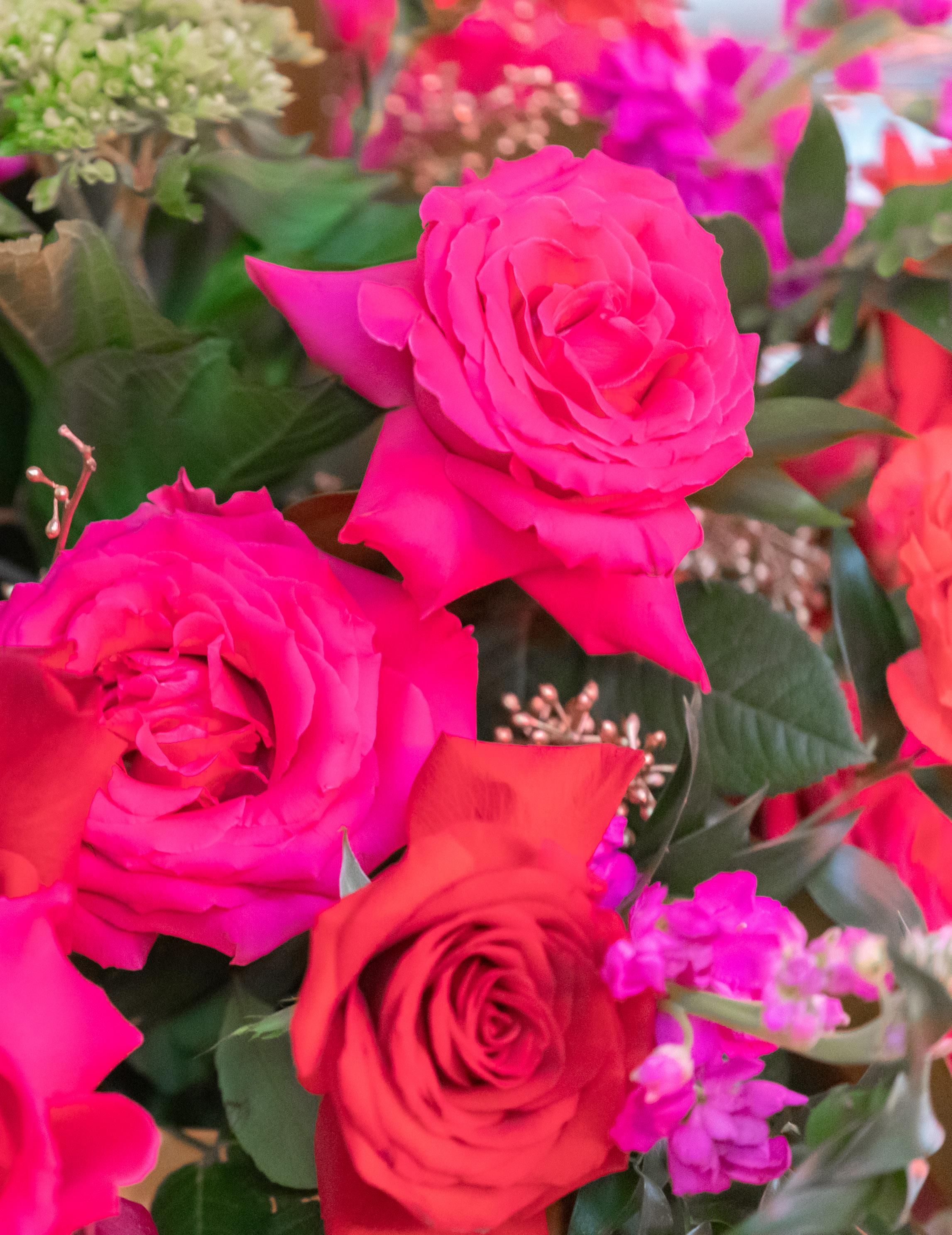

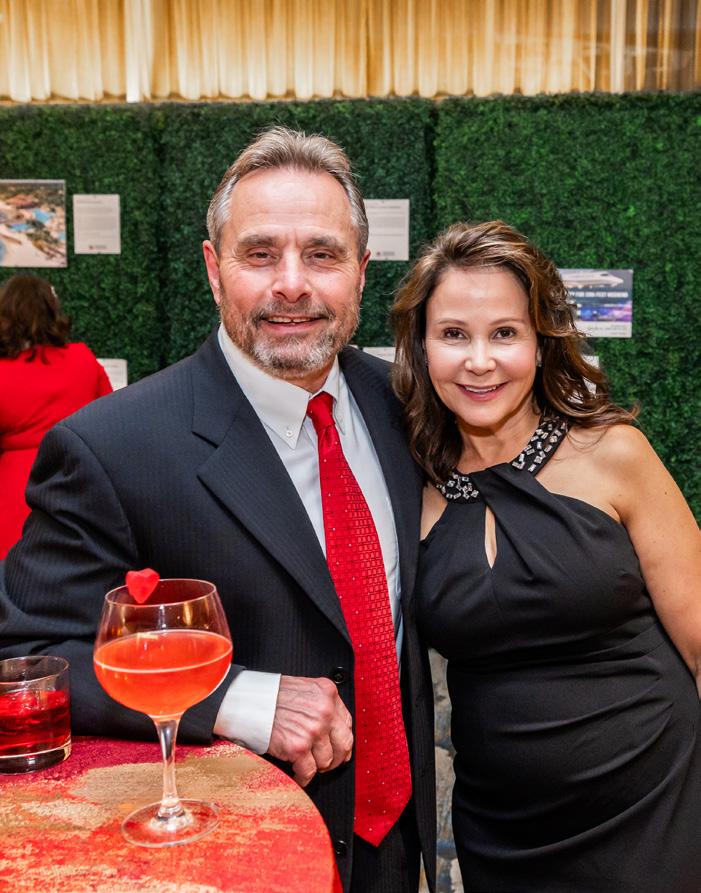
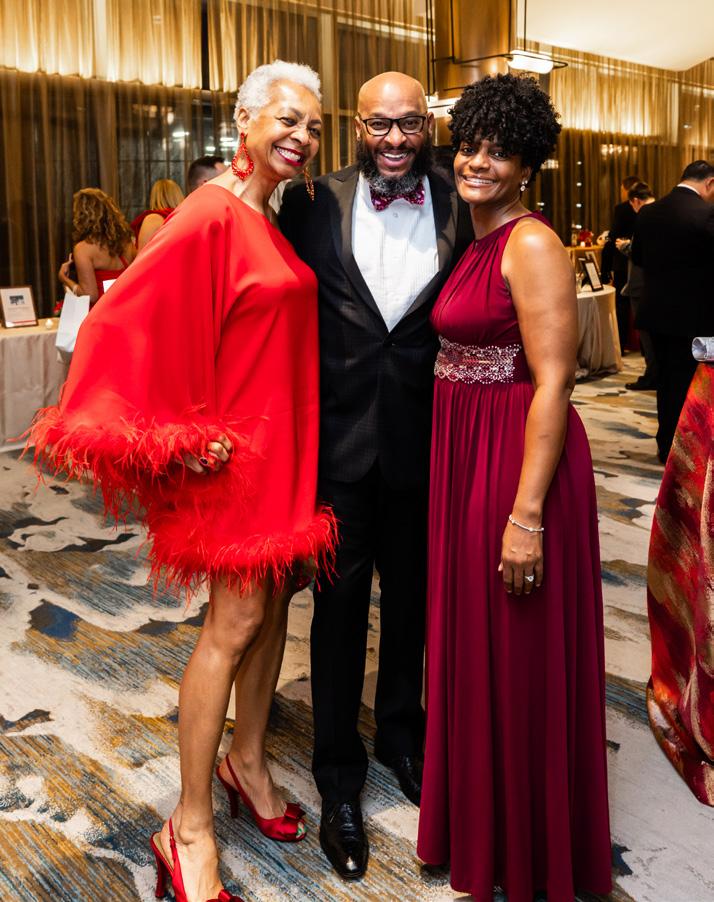




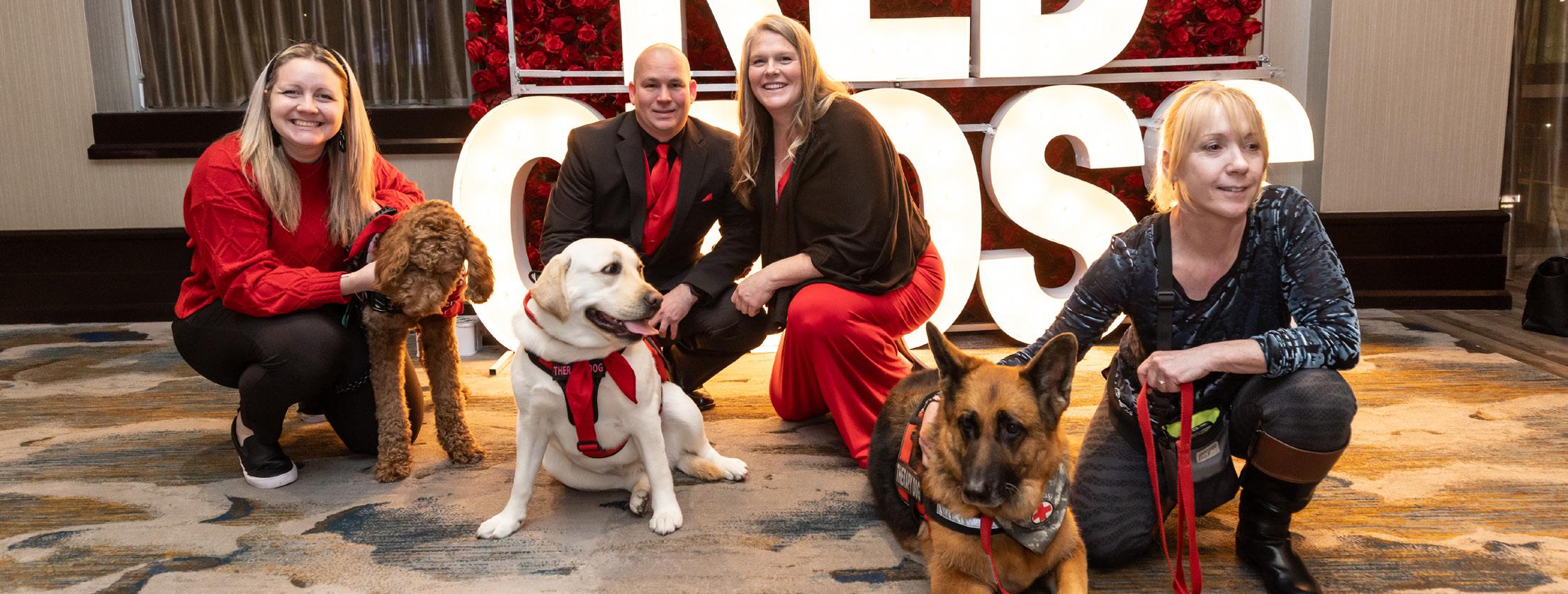 Katie Case, Nala, Maggie, Freddy Thomas, Rachel Morris, Nyla and Elaine Carlson
Jeff and Stephanie Marshall with Amber and Justin Bickett
Monye Cannon and Tysha’ne Simms
Alex and Jamie Campbell with Jason and Katie Howze
Phil and Cheryl Parish, Ruth Sandbach, Judge Angela Bisig and Judge Pamela Goodwine
Marita Willis with Ronnie and Cindy Benedict Barry and Larie Allen
Katie Case, Nala, Maggie, Freddy Thomas, Rachel Morris, Nyla and Elaine Carlson
Jeff and Stephanie Marshall with Amber and Justin Bickett
Monye Cannon and Tysha’ne Simms
Alex and Jamie Campbell with Jason and Katie Howze
Phil and Cheryl Parish, Ruth Sandbach, Judge Angela Bisig and Judge Pamela Goodwine
Marita Willis with Ronnie and Cindy Benedict Barry and Larie Allen
COZY UP WITH YOUR BRAND!

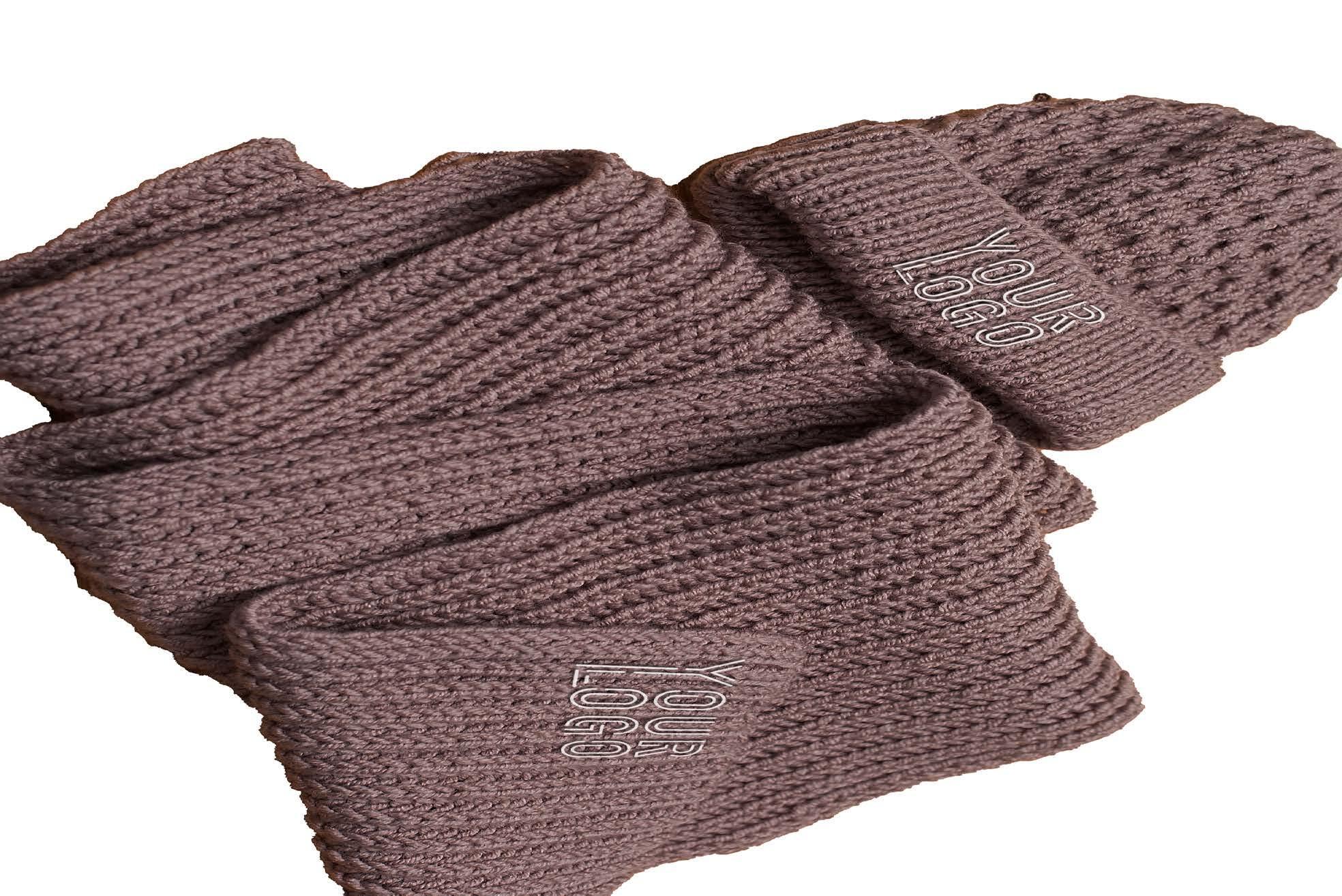
Thank you to our sponsors for your continued support:
Aesthetics In Jewelry
Baptist Health/Milestone Wellness Center
Barry Wooley Designs
Belle Monde Boutique
Bittners
Bluegrass Motorsports
BW Luxe Home Outlet
Cartwheels
Chenoweth Square
Details Interiors
Digs Home And Garden
Fleur De Lis Interiors Accessories & Gifts
Genesis Diamonds
Glasscock Boutique
Glasscock Too
Independence Bank
J Michaels Spa & Salon
Kentucky Derby Festival
Kentucky Select Properties
KMAC Contemporary Art Museum
Laura Rice - Lenihan Sotheby’s International Realty
Louisville Orchestra
Mahonia
Melanie Galloway - Lenihan Sotheby’s International Realty Peppermint Palm
Petals
PrivateFlite Aviation
Rodes For Him & Her
Rodeo Drive
Sassy Fox
Speed Art Museum
Spindletop Draperies
Summer Eliason Design
Susan’s Florist
That Cute Little Shop
The Hat Doctor
The Skin Group
Three Dog Bakery
TRIM NuLu
YMCA of Greater Louisville




